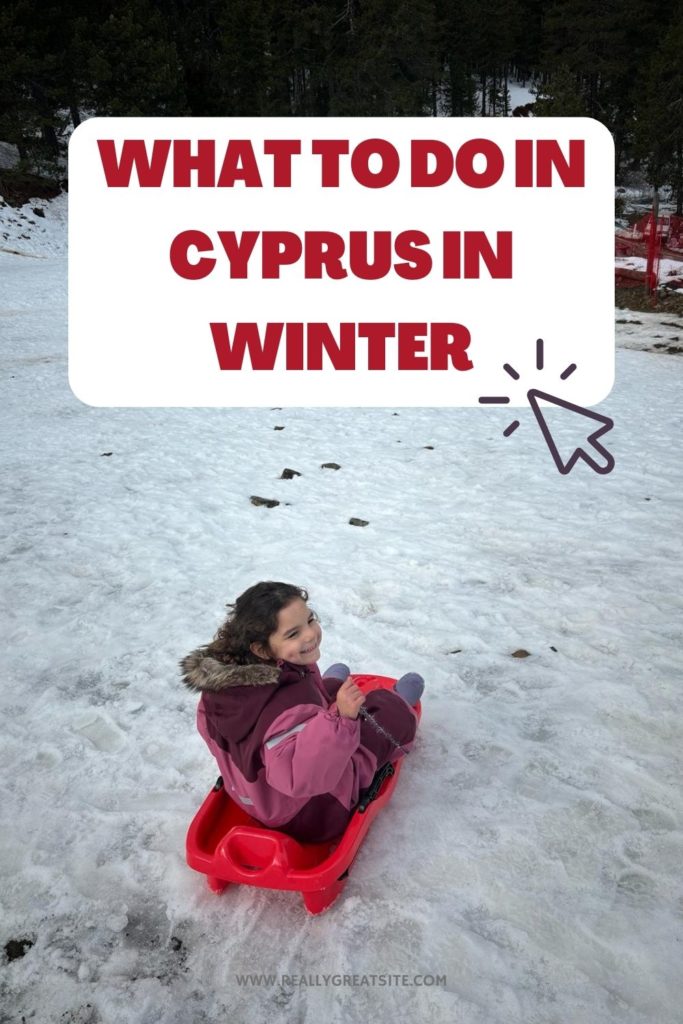I’ve been in the United States several times but up until this last trip, I had only traveled to New York, Las Vegas, and Florida. So, when we had the opportunity to fly to the California area, we were immediately excited.
We went for a 16-day trip that started with 6 days in Los Angeles then went to San Diego for 3 days and after that to the town of Loreto, in Mexico, for 6 days.
Information about Los Angeles
Los Angeles is considered the entertainment capital of the world and is a paradise of idyllic weather. It is an international center for business, commerce, entertainment, culture, media, fashion, science, technology and education. It is a very fascinating city with plenty of things to do.
How do I get there?
We arrived on a United Airlines flight with a stop in San Francisco. The first flight was 15 hours to San Francisco and then another 2-hour flight to Los Angeles. It was a long journey but well worth the effort.
Disneyland
Well, it’s no secret that one of the most famous attractions in the city is Disneyland. When I was a child, I visited Disney World in Orlando, so I was really excited to go back to another version in Los Angeles. This is an attraction suitable for both children and adults. We were a couple without children and we really enjoyed ourselves. There are many types of facilities there, and if you buy a ticket with the option to skip queues, in some facilities you can go straight on without waiting in line. There are facilities for children, for the whole family and extreme ones. This is an attraction for a whole-day trip or even for two days in order to have time to do all the facilities.
Tip: There is a check at the entrance and you are not allowed to bring in selfie sticks or GoPro sticks, so if you planned to do so, keep in mind that they’re not allowed.
In addition, from the parking lot there is a train that takes you to the entrance of the park itself. It is recommended to come with comfortable walking shoes since it is a large park and you have to walk a lot from facility to facility and also time spent waiting in lines (standing). It is recommended to arrive as early as possible in order to have time to make installations without much waiting time, and it’s best to go on days that are not too hot.
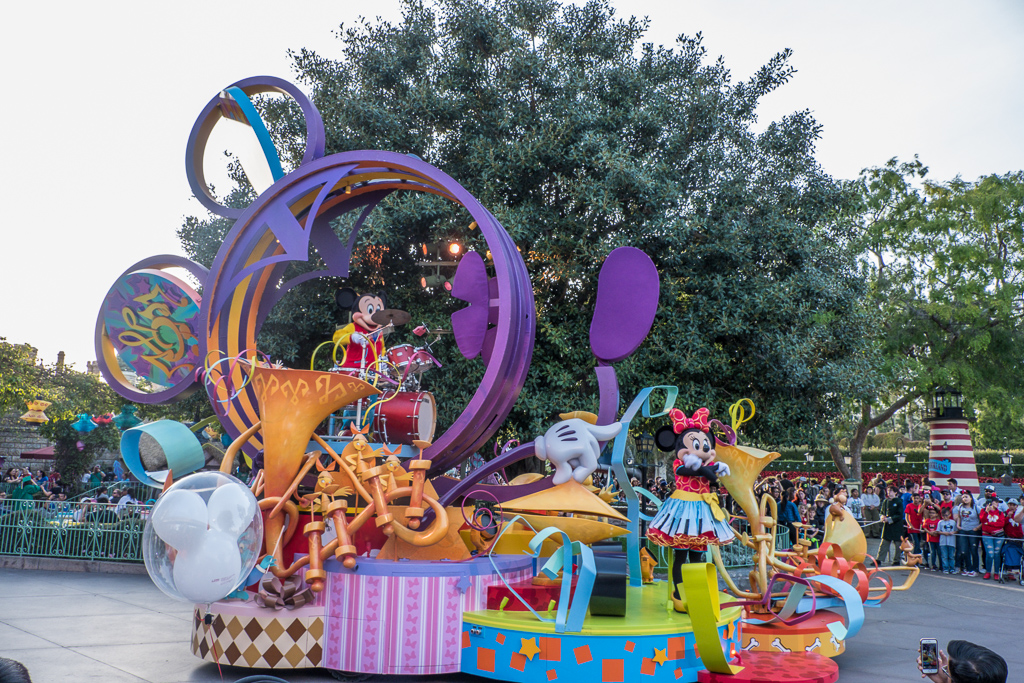
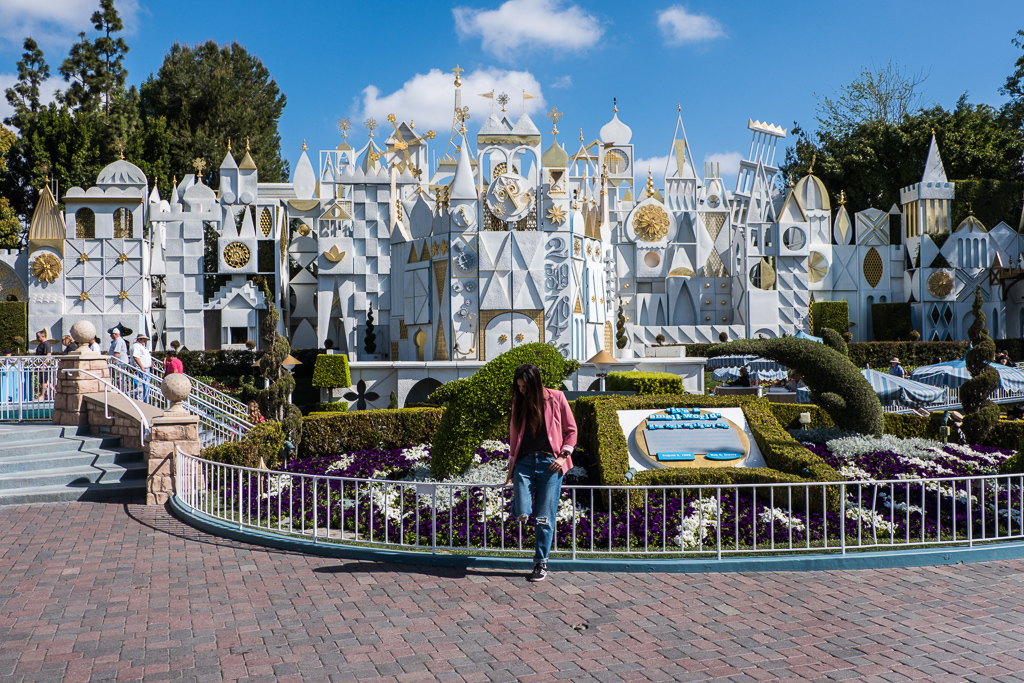
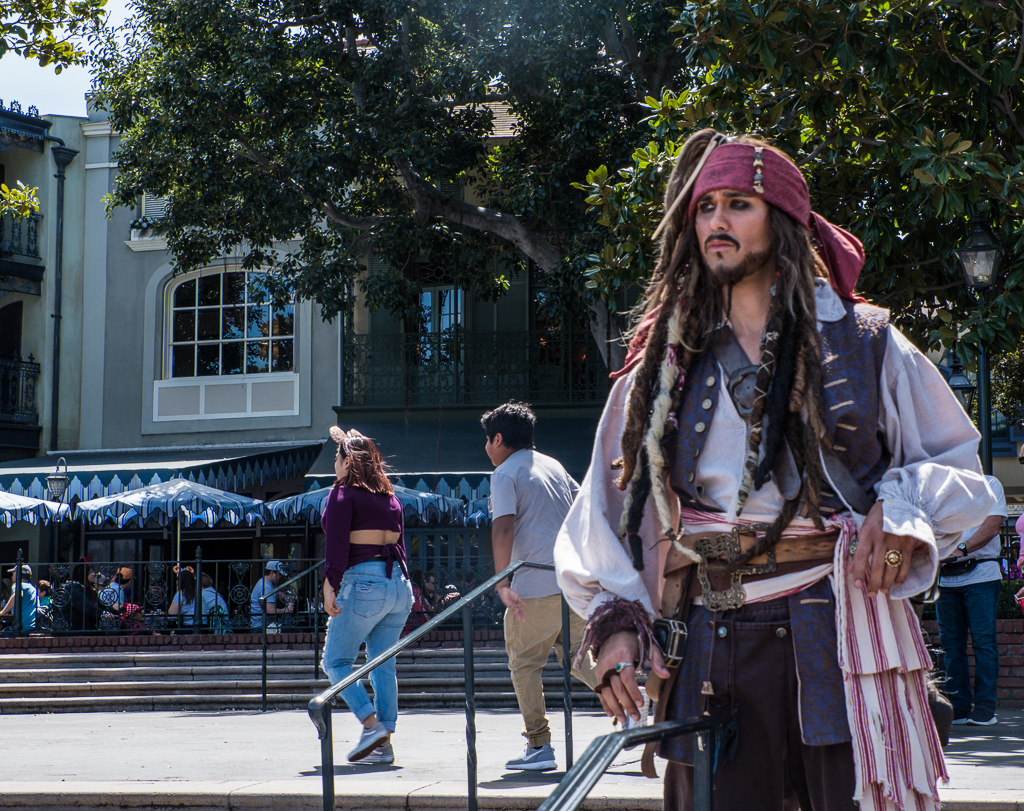
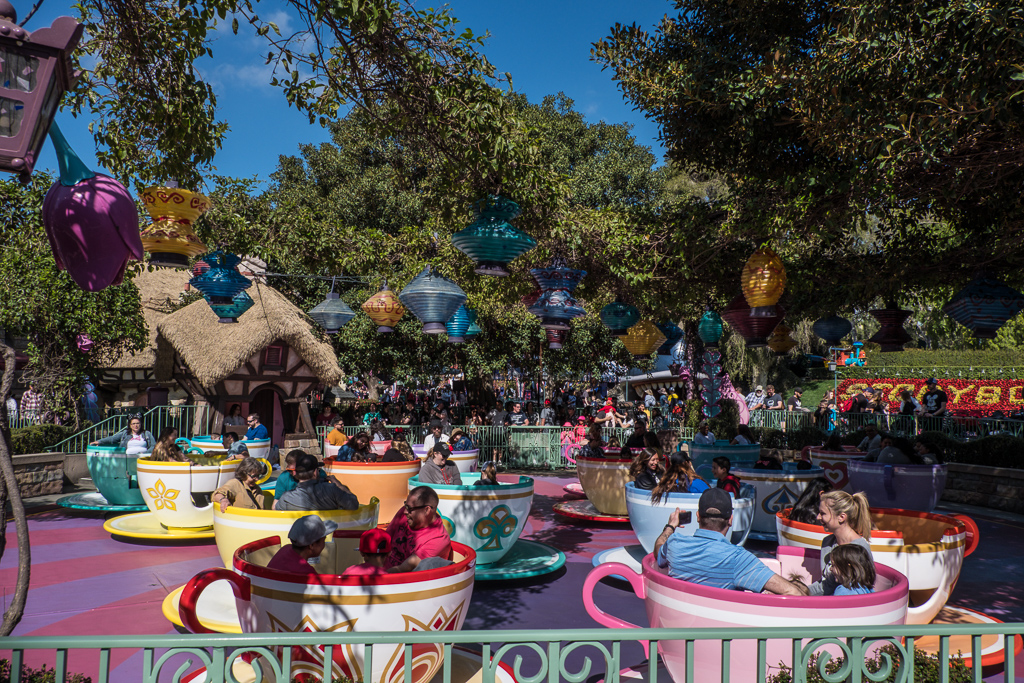
Universal Studios
Another place that is an attraction where you can spend the whole day and, like Disneyland, it is a place that makes you feel like you are in a movie. There are fewer facilities than Disneyland, but there are also all kinds of shows that we really, really liked. In addition, the setting is very impressive. My impression was that Universal Studios is more suitable for youths and adults and less for small children, if compared to Disneyland, where there are many facilities that are also suitable for babies and small children. At Universal Studios, most of the facilities are more challenging, involving lots of roller coasters.
Book tickets to Universal studios
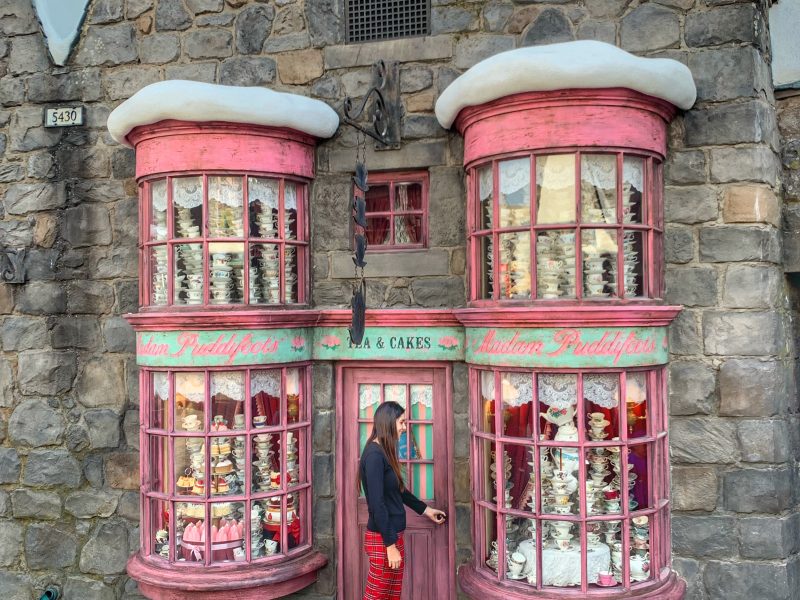
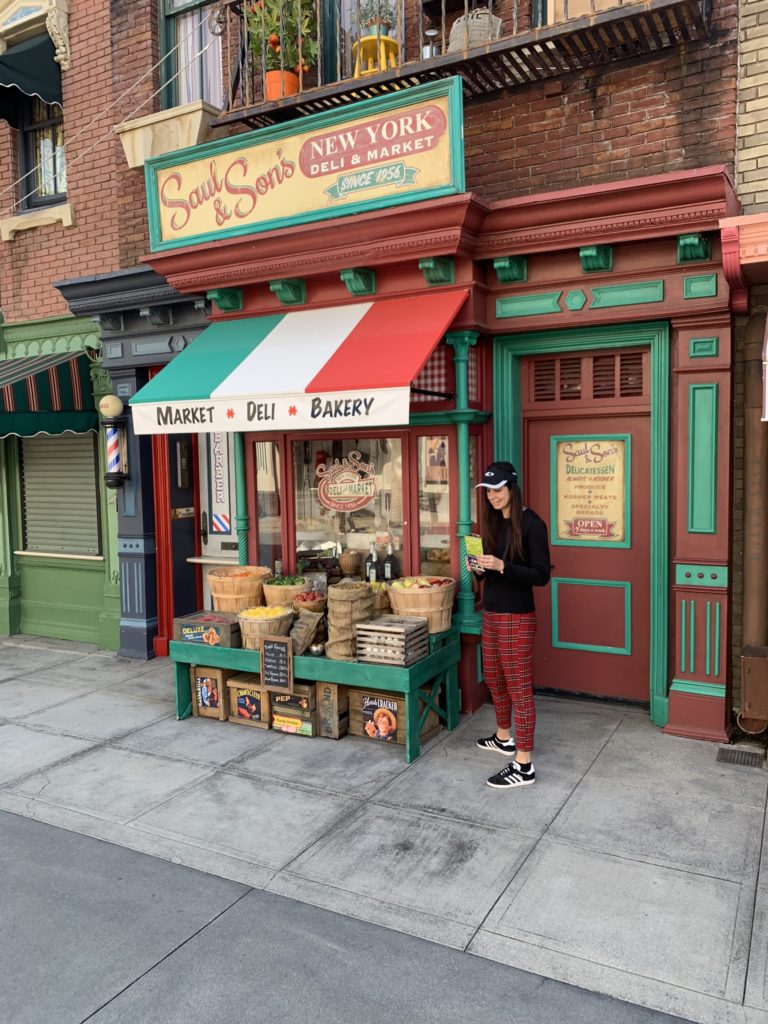
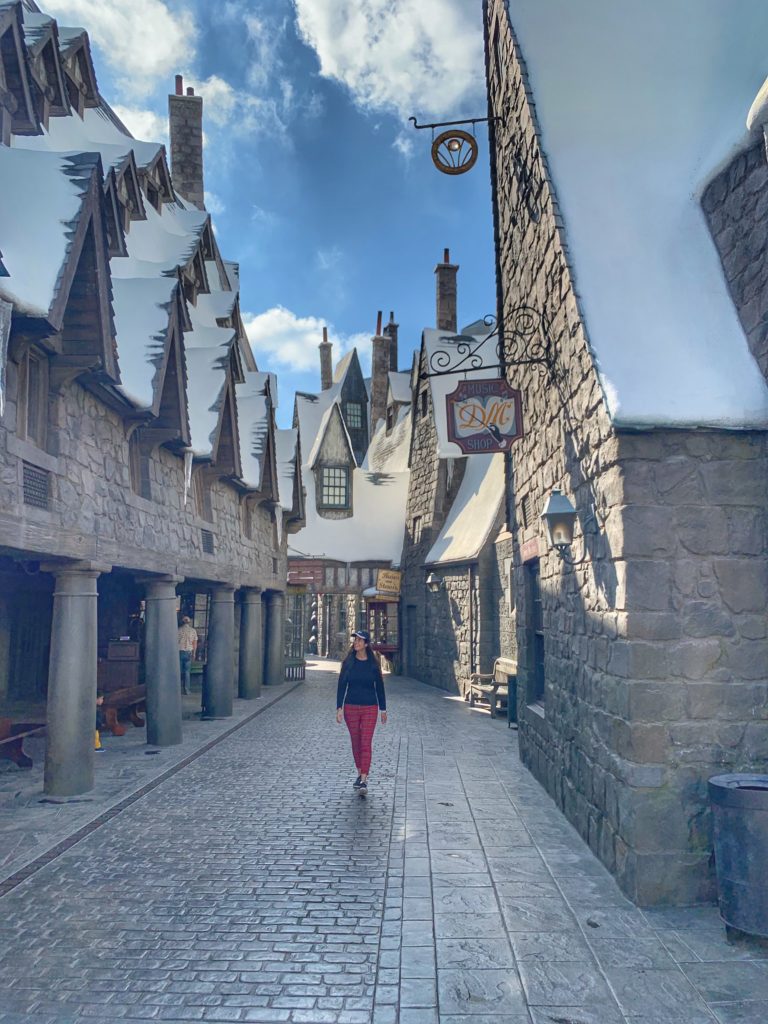
A tour of the homes of the famous
This was one of the tours I was most excited about. There are tours from the Star of the Stars that depart every day several times a day, which are for 10 people, in a large, open vehicle. The driver is also the guide and with the help of headphones you can hear his explanations throughout the trip. Our driver/guide was super funny and told us lots of stories about the celebrities and their homes. You don’t see too much of the houses themselves, except for Leonardo DiCaprio’s Doge’s house, where we only saw a gate because there are guards who don’t allow you to go any further, but I really liked hearing the stories about them. In addition, the guide put on music according to the movies he was talking about, which created a fun and light atmosphere for the tour.
The tour was about two hours and we did it through the Starline company.
Buy Tickets to Hollywood Sightseeing and Celebrity Homes Tour by Open Bus tours
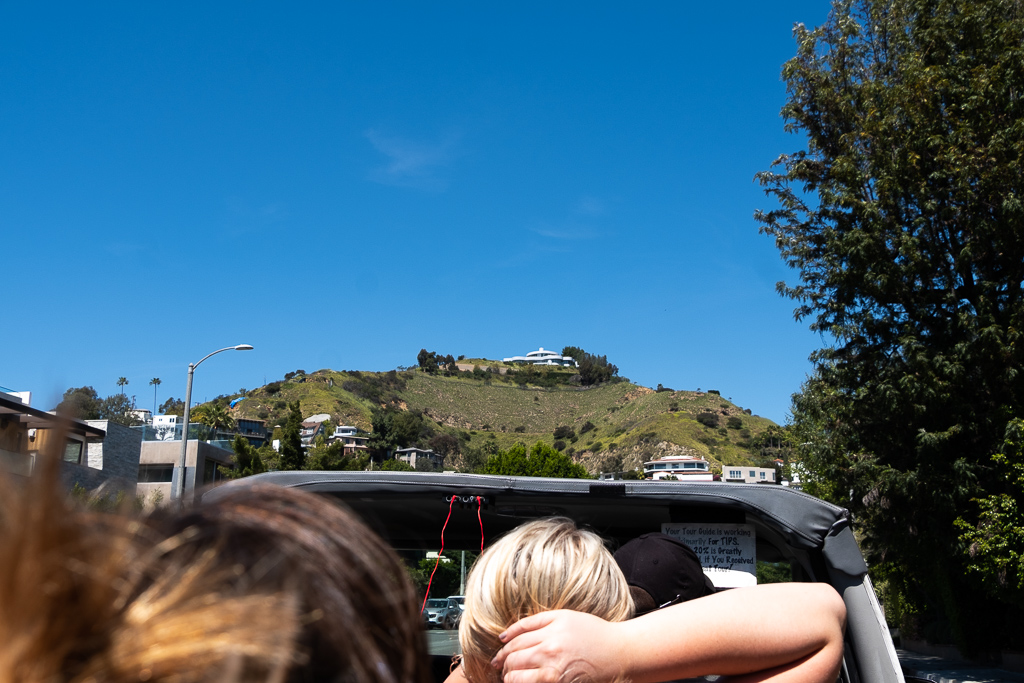
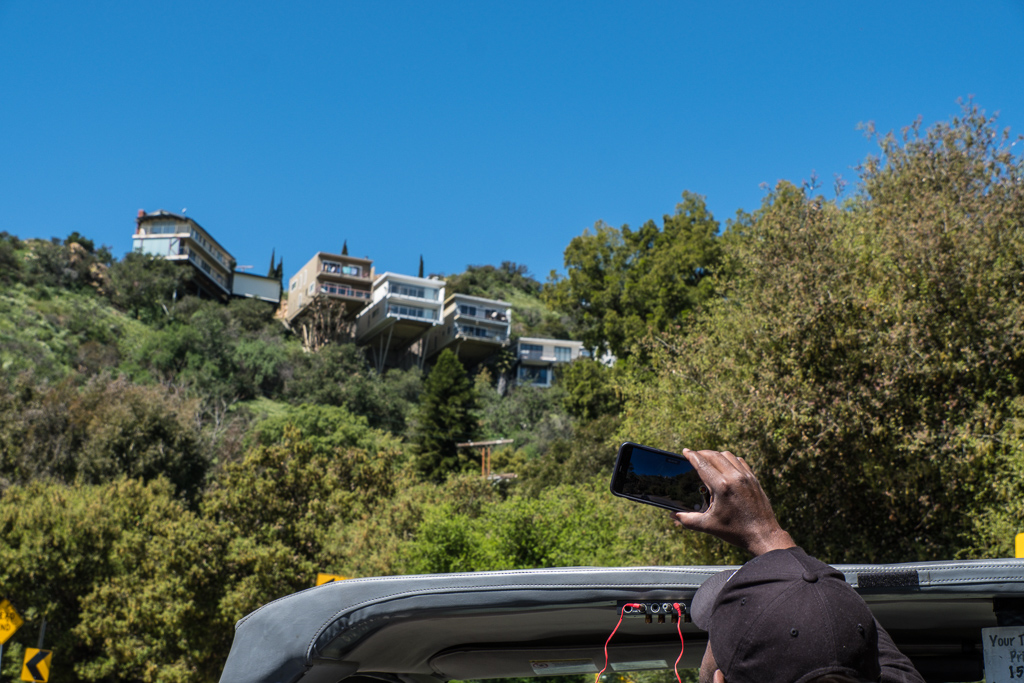
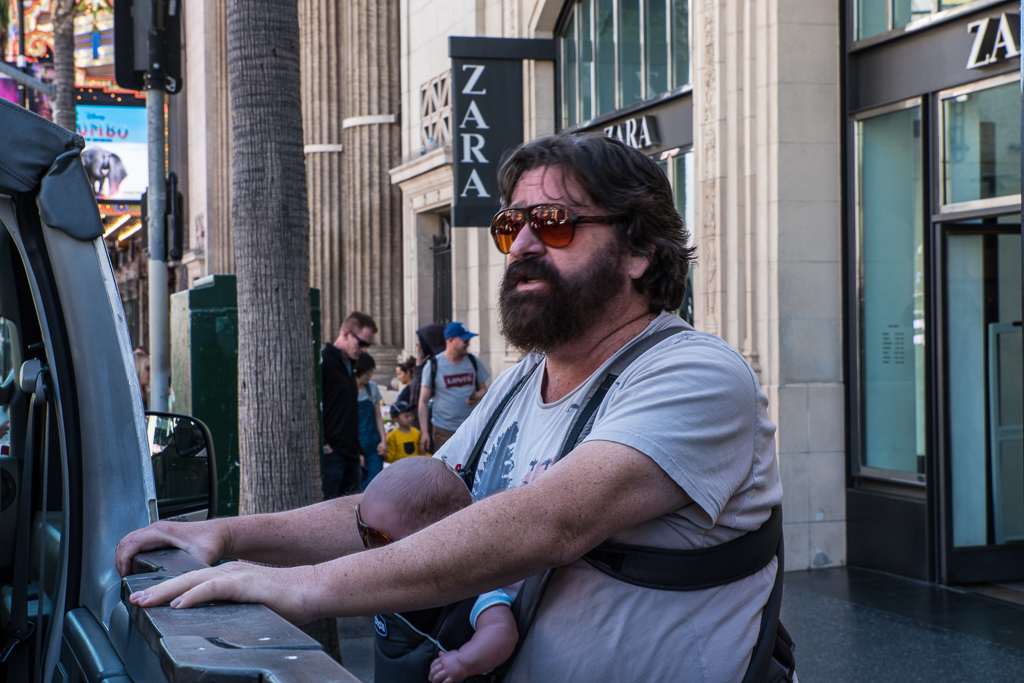
Farmers Market and Grove
This is a very nice area that has both a shopping complex and a market with many food stalls with cuisines from all around the world. The shopping complex itself is very beautiful and includes a movie theatre . This is an area that is not too busy and has a pleasant atmosphere, so you can also just walk around without even doing any shopping. Directions.
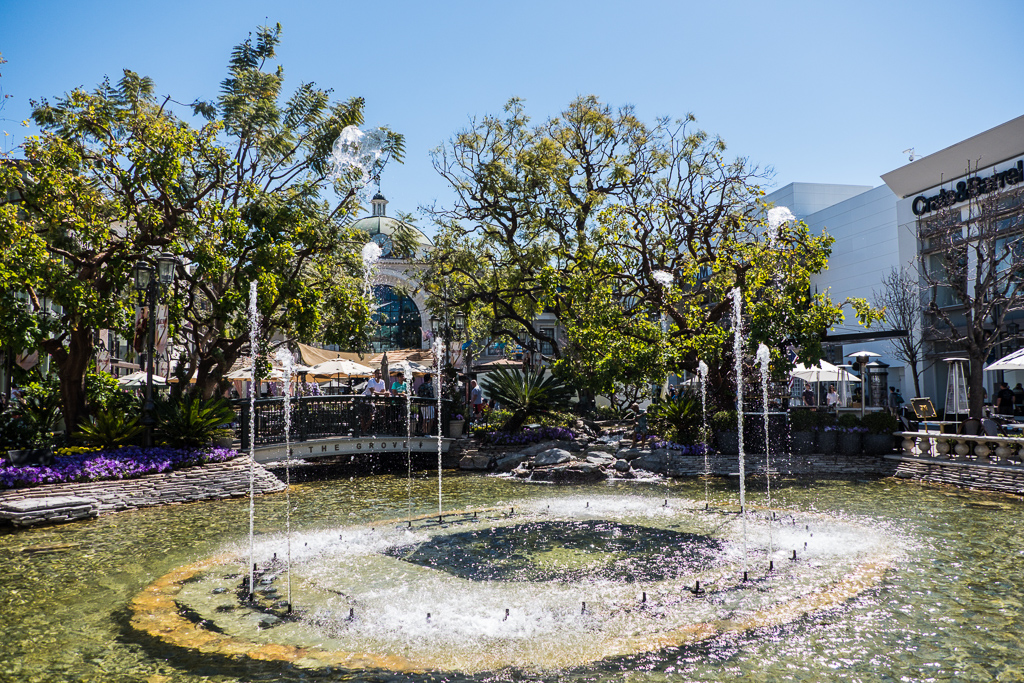
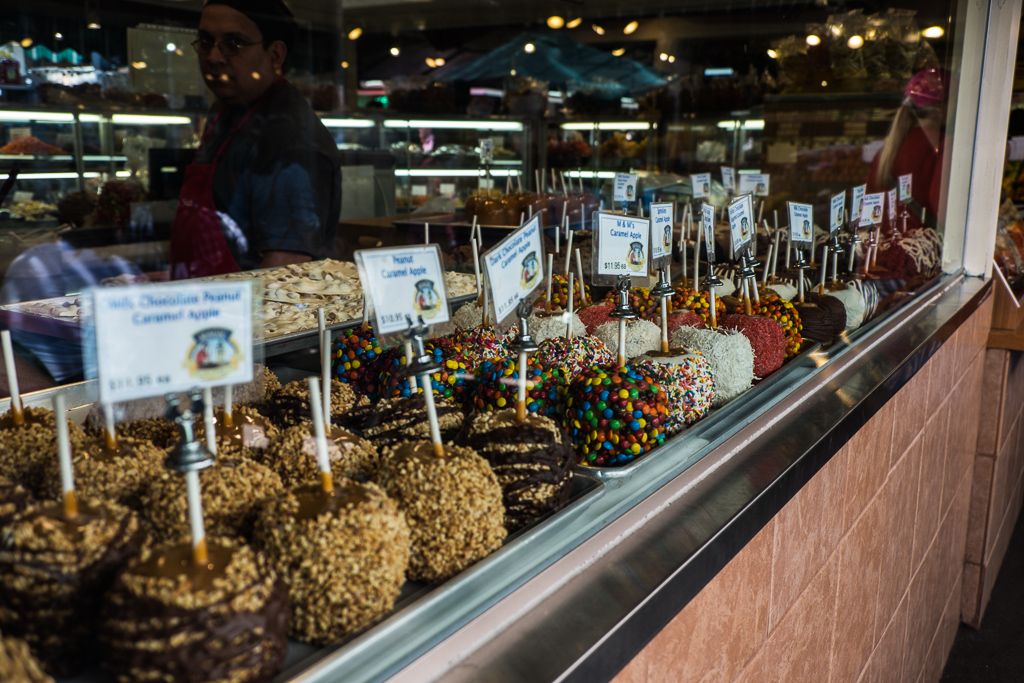
Beaches in Malibu
One day it was decided that we would go to El Matador beach in Malibu. The trip was about an hour long and was really fun because it is along the sea, so you see both that and vacation homes with interesting architectures all along the way. From the right side there were views of mountains and blossoms, so we also stopped on the way to enjoy the view.
There are several beaches in Malibu but our host, Christian, recommended El Matador, which is considered one of the most beautiful and special in the area. To get to the beach you have to park on the side of the road and walk a few minutes on a marked path, and from there you go down to the beach. The descent is not difficult, but it is not very recommended for people with disabilities.
The beach itself is full of rocks and cliffs and even small caves and it is undoubtedly a really beautiful beach that is worth going to if you are a beach lover.
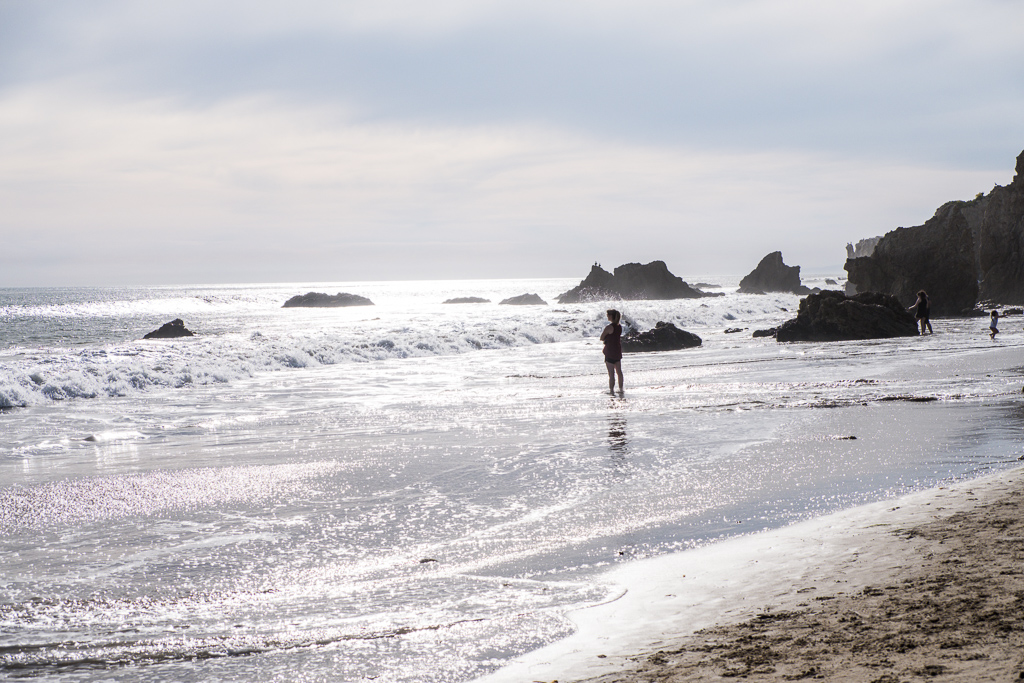
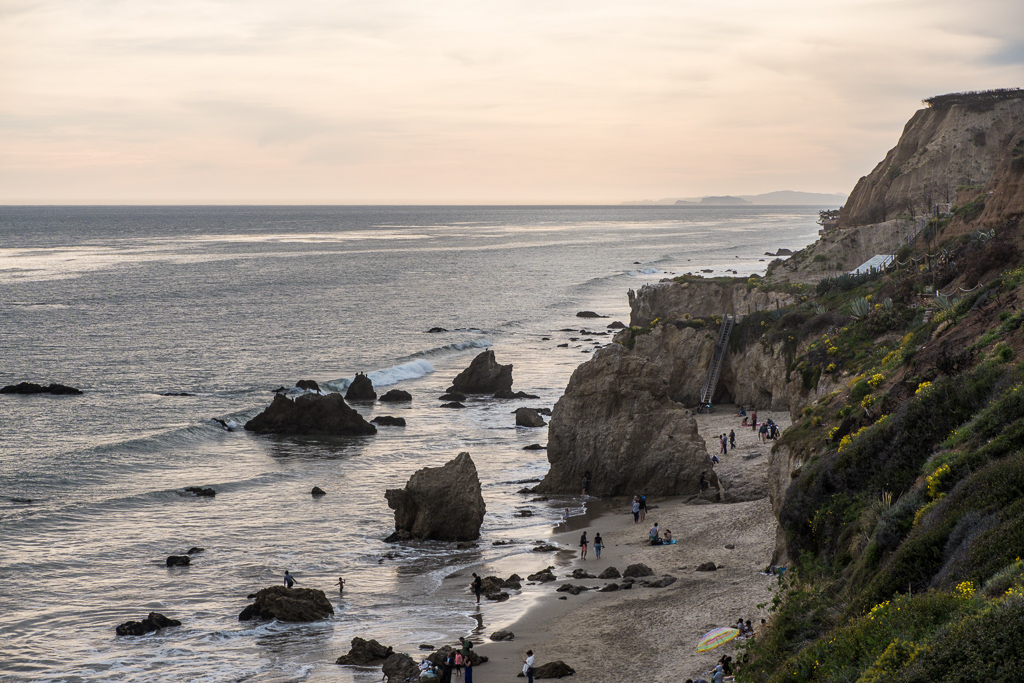
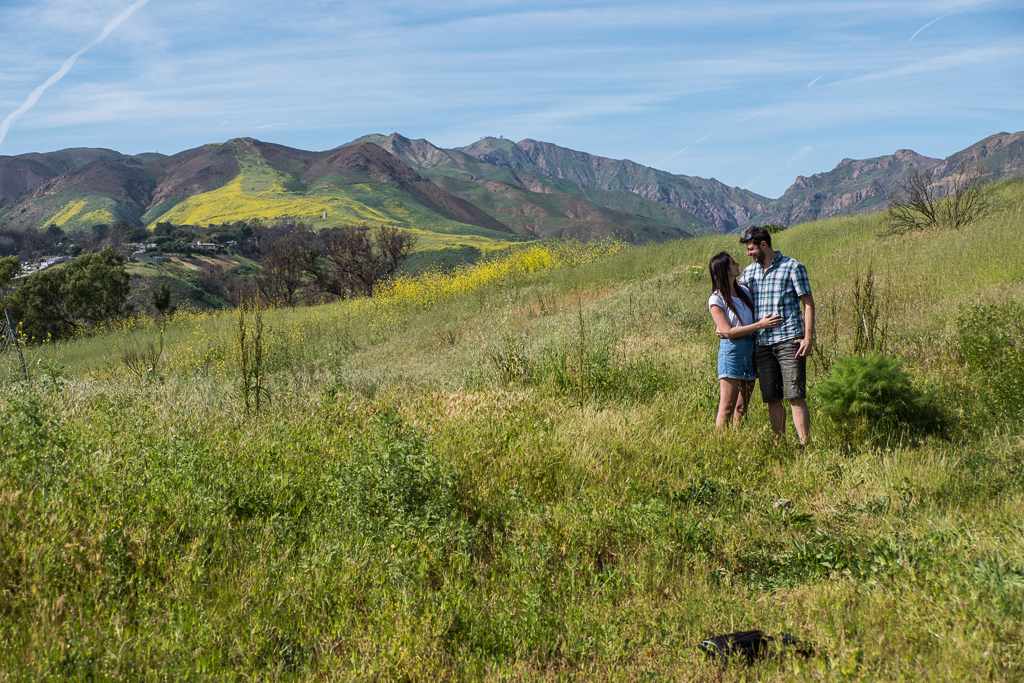
Santa Monica Pier
The Santa Monica Pier is considered one of the most famous places in the city and has been a filming location for many scenes in movies and series. At the pier you will find street performances, several stalls, an amusement park with a giant wheel, an aquarium, and a video arcade. There is also a beach there and it is very nice to come and watch the sunset from there. Directions.
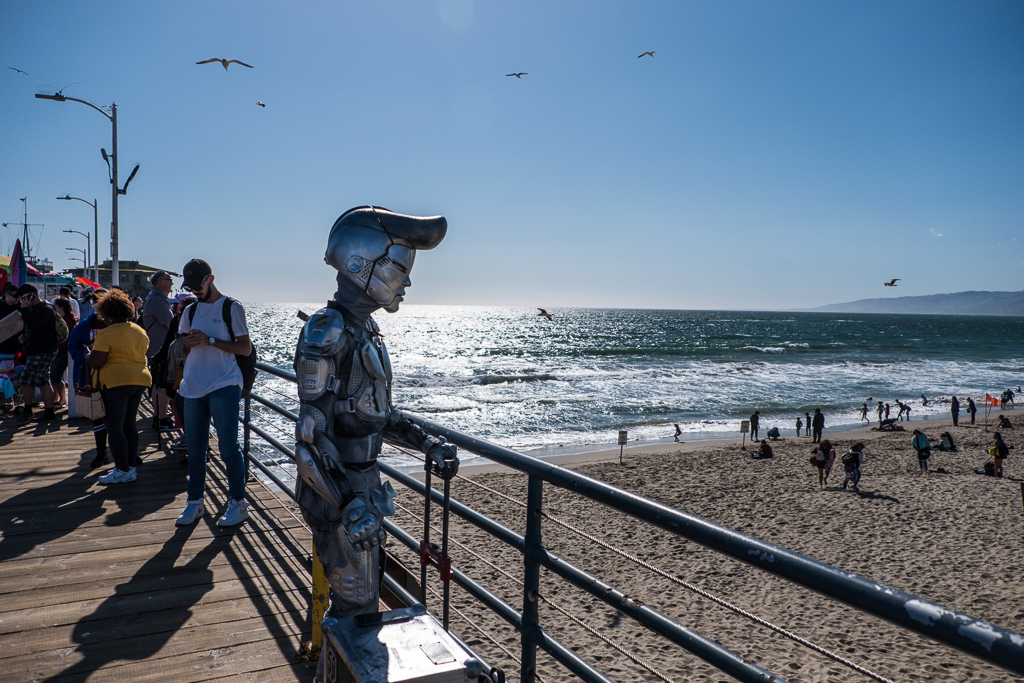
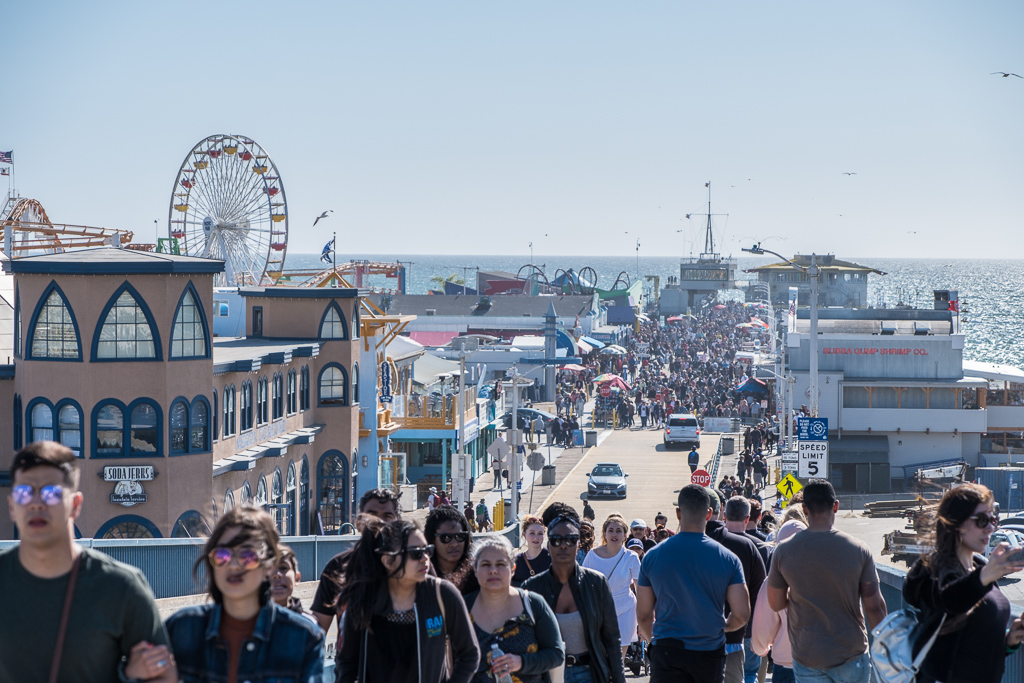
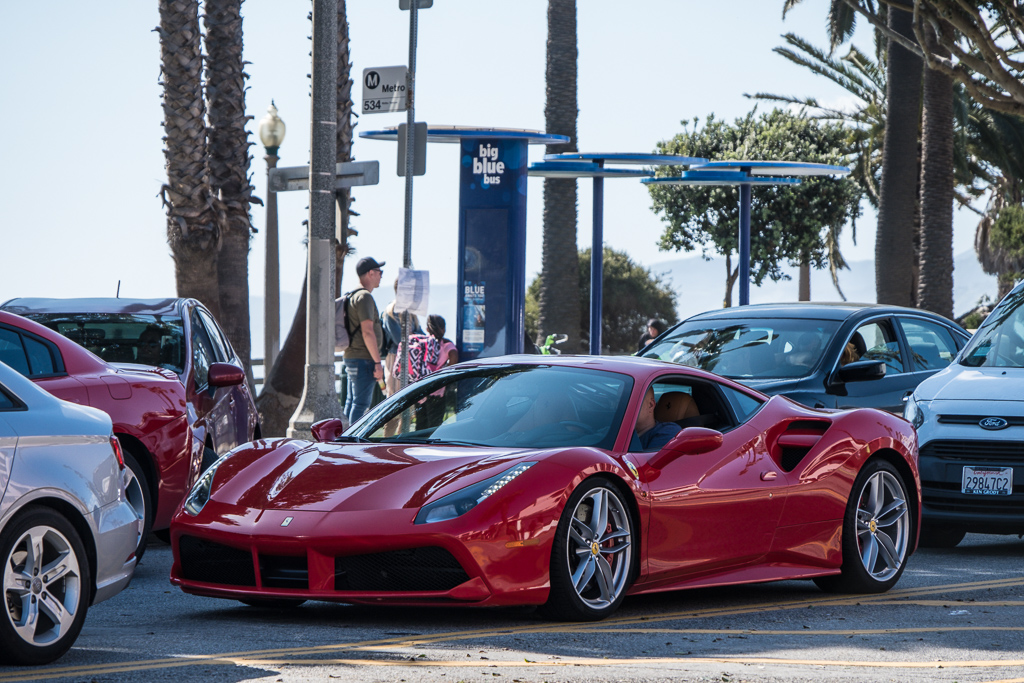
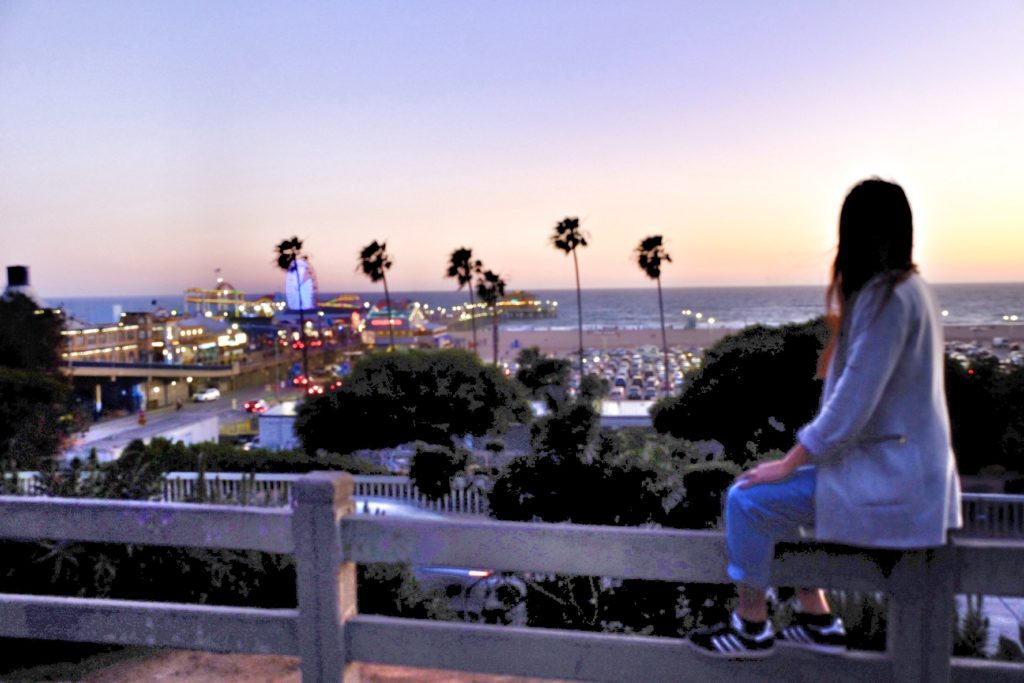
Griffith Park viewpoint
Griffith Park is one of the largest urban parks in North America. It has many hiking trails and you can go for a picnic, a walk or just to enjoy nature. Unfortunately we didn’t get to roam around in it since we had a lot of other activities, but we did get to watch the sunset from its observatory. This is a very popular place to come to watch the sunset and take photographs since it offers a view of the entire park and the city of Los Angeles. In addition, it is one of the best vantage points to view the Hollywood sign.
From the parking lot to the observatory there is an uphill walk of a few minutes but it is worth it. There are many lawns and you can come with a sheet or a mat and sit there for a nice picnic and watch the sunset and the beautiful view. Directions.
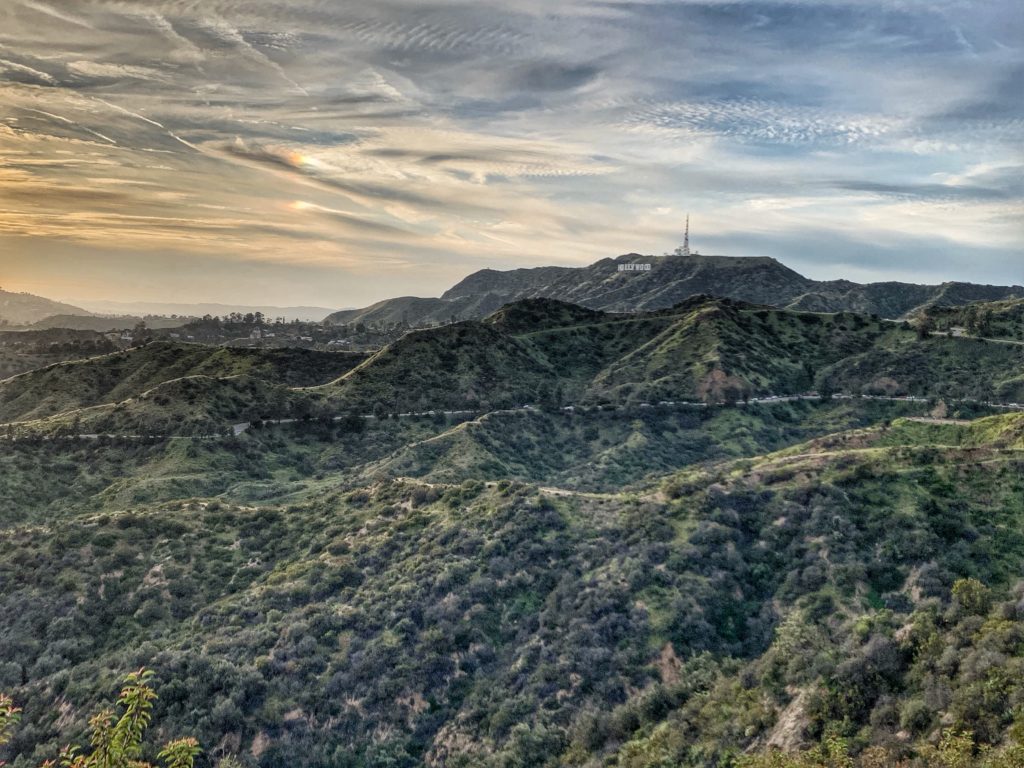
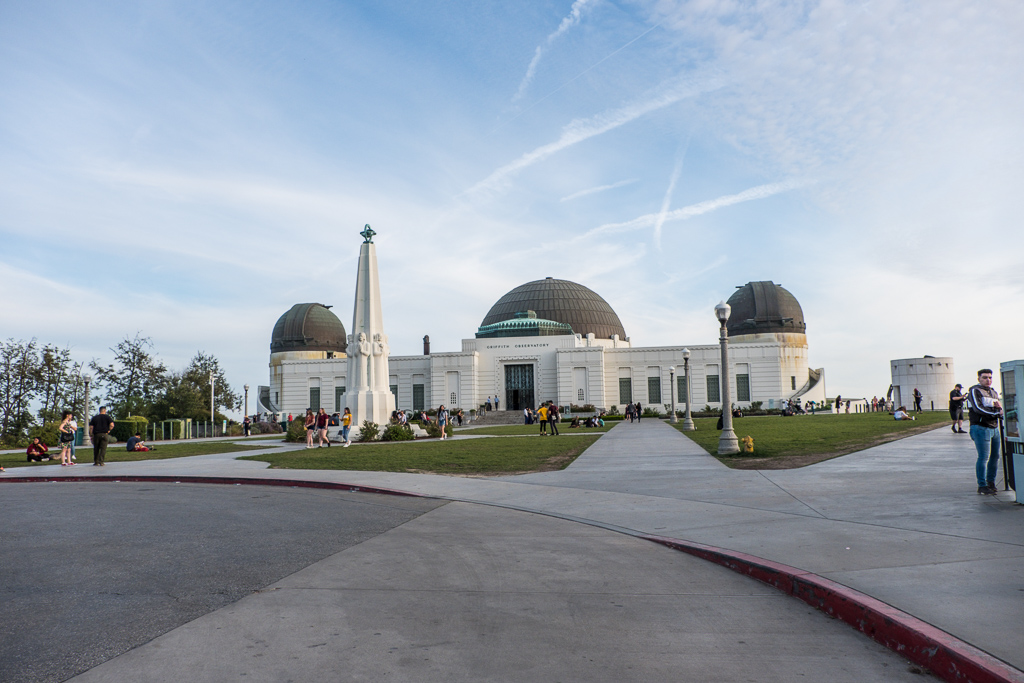
The Huntington Library, Art Collections, and Botanical Gardens
It is a collection-based educational and research institution founded by Henry A. Huntington (1850-1927). This is one of the most magical and relaxing places we got to visit during our stay in Los Angeles. It is a huge place! I recommend arriving at opening hours, at 10 in the morning because the place closes at 5 and even so, it is most likely that you won’t be able to see everything there, anyway.
The thing I liked the most was the wide variety of botanical gardens: Japanese, Chinese, rose gardens and more. You can walk there for hours and just enjoy the special beauty of each and every garden. The place is very well thought out and clean, and it is not crowded with people, either. The museums were also particularly interesting. In the museum about the works in Europe, you also get audio and so you can learn about the different paintings displayed there. We were very surprised by the place and did not expect something so beautiful and special. I highly recommend it for garden and art lovers.
Tip: This is a very photogenic place for Instagram so it’s worth investing in nice clothes and accessories 🙂 But of course come with comfortable shoes since the place is very big and you’ll have a lot to walk there. In addition, there are various restaurants scattered among the gardens and at the entrance. The Japanese restaurant in the Japanese gardens is recommended as well as the main restaurant at the entrance, which has a delightful Mexican stand. official website.
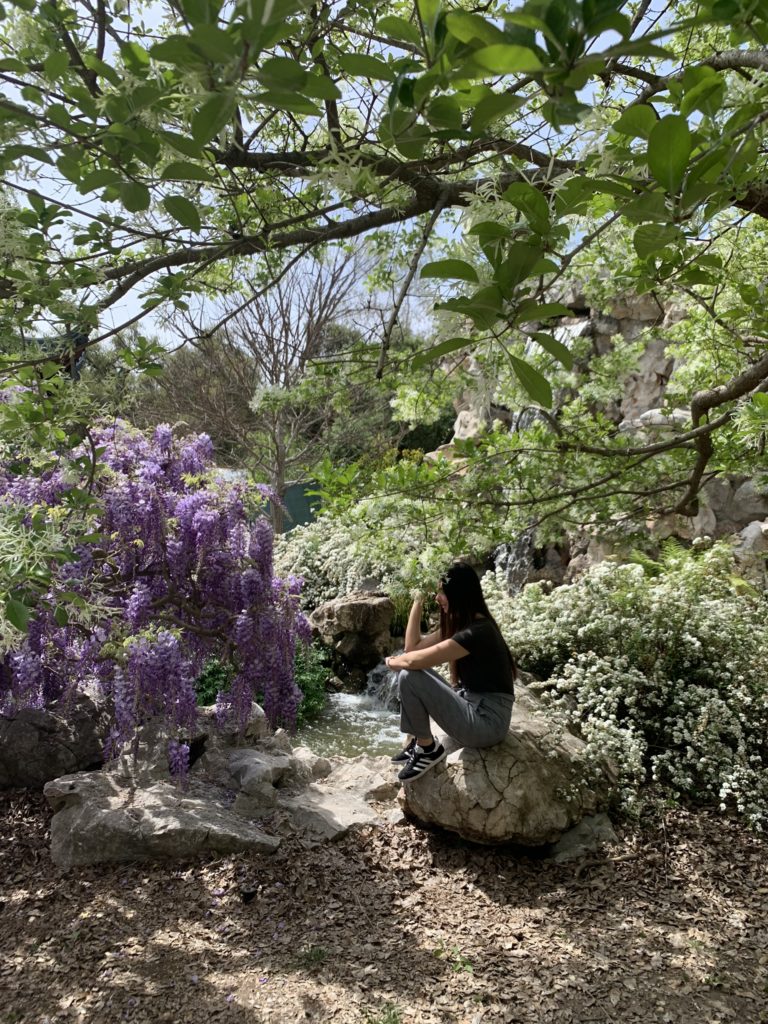
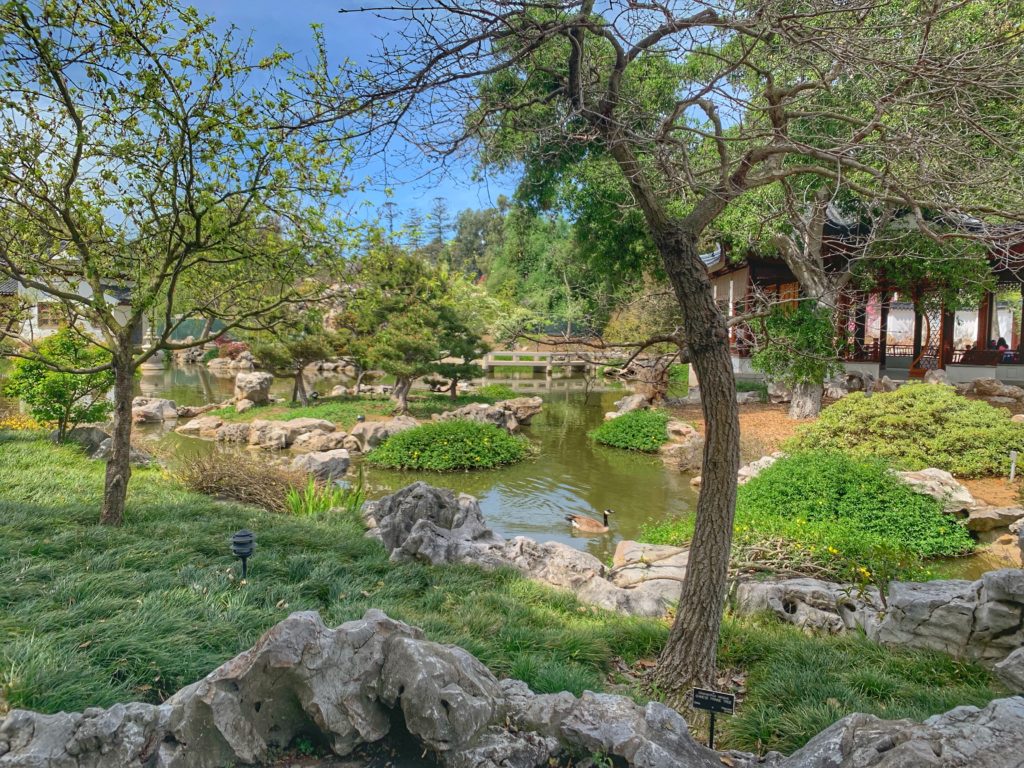
Rodeo Drive
One of the most famous streets in the world and also one of the most expensive in the world, with more than 100 world-renowned shops and luxury hotels. Chances are you’ll get there and you won’t even be able to buy a pen, but still the street itself is beautiful and it’s easy to get lost in its charm and splendor. It is recommended to visit the Four Seasons Hotel there. This is a very famous hotel that has been home to many iconic personalities, including Warren Beatty, John Lennon and Elvis Presley. Today, it is affectionately known as the “Pretty Woman Hotel” because it provided the backdrop for some of the scenes from the classic film “Pretty Woman”. In addition, it is recommended to visit the shopping center located right in front of the hotel, where you will find luxury stores such as Versace, Jimmy Choo, Lanvin and Tiffany & Co. as well as the Urasawa sushi restaurant, which is considered one of the most expensive sushi restaurants in the United States.
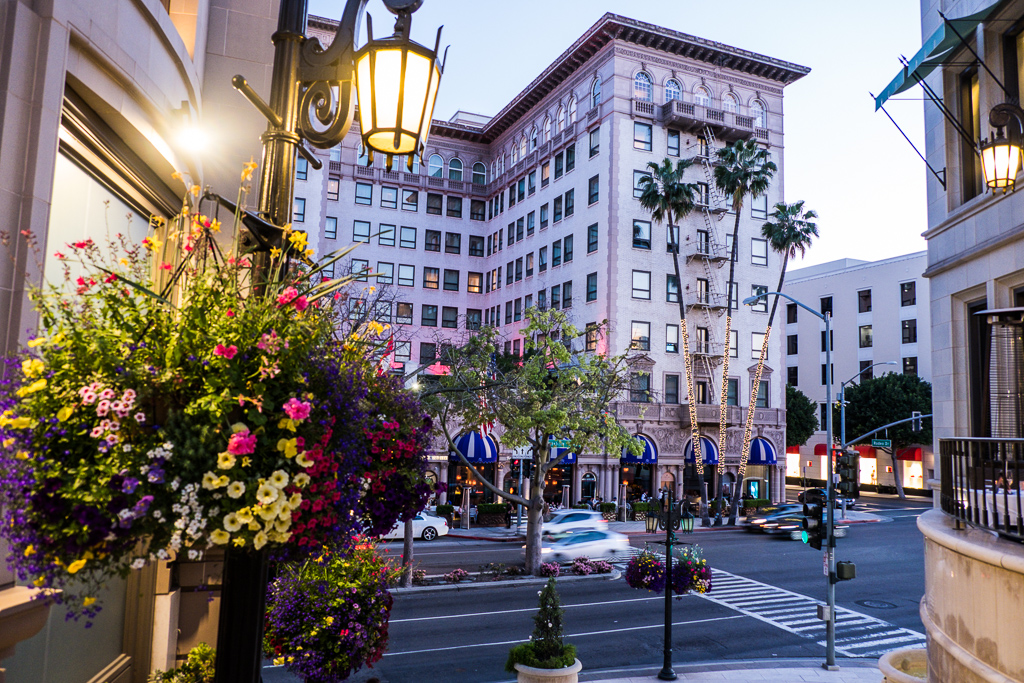
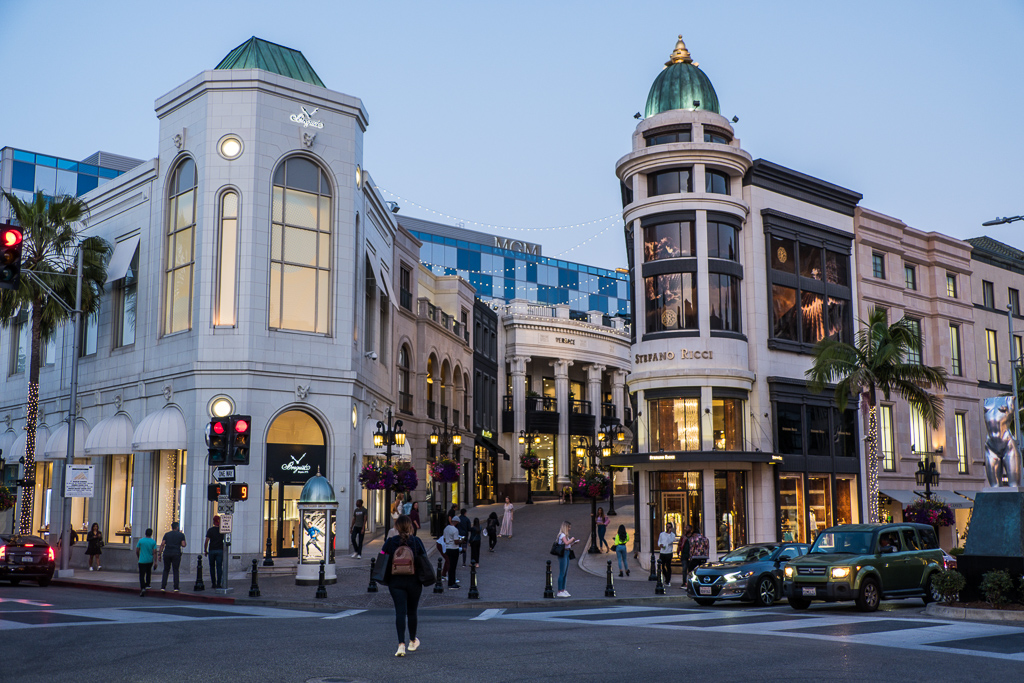
Hollywood Star Walk
Apart from doing the tour of the houses of the celebrities in Hollywood, of course, before that, you have to go through the Hollywood Walk of Fame and see the stars of your favorite celebrities. You will also find all kinds of people dressed as movie characters who will offer you to take a picture with them in exchange for a tip. There is no doubt that this is a super touristic attraction and it is a must for anyone visiting Los Angeles for the first time.
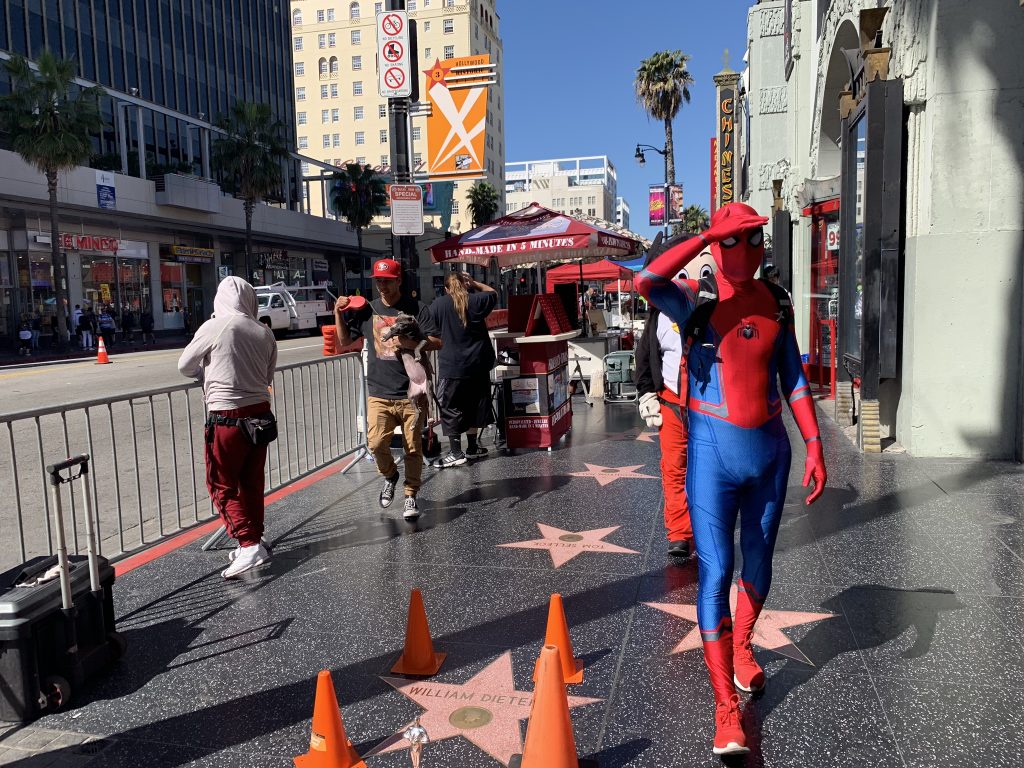
Since we only had 6 days to be in the city and 2 of them were in Disneyland and Universal Studios, we only got to see a small part of the city, but for a first time there, I felt that we saw a lot of the famous places that are generally recommended for a first experience. Los Angeles is huge and you need much more than a few days to explore it, and it left us with a desire for more. The advantage of being with Christian, the host on the trip, was that he knew where to go, where to park and recommended the things we should see the most.
Recommendations for things worth doing in Los Angeles for those visiting there for the first time. We were in the city for 6 days as part of a private trip through an American company. Every day we did a different activity and we got to do familiar tourist attractions like Disneyland and Universal Studios and visit special places like El Matador Beach in Malibu and an observation point in the city of Los Angeles.
As part of our trip to California we spent some time in San Diego.
We were in the city for three days and the truth is that we needed more time for her. There are lots of cool things to do and see there. It is suitable for nature lovers as well as for those who are looking for a more relaxed city life.
How do you get to San Diego?
We arrived by car from Los Angeles. The trip includes a host who stays with you at home and drives you to attractions and from place to place. So our host, Christian, took us from Los Angeles to San Diego. About a three hour drive.
San Clemente
It’s a cute town on the way from Los Angeles to San Diego.
We stopped there for a delightful breakfast at the Pierside Bar-Cafe .Directions.
I ordered toast with avocado and an omelet with seasoned potatoes on the side and it was a great dish. Roman ordered a pear benedict with avocado and that too was really good. In short, if you are looking for a place to eat in San Clemente, I think this is a great option and if you sit outside there is a view of the sea.
After breakfast we went for a walk on the platform and in the town itself.
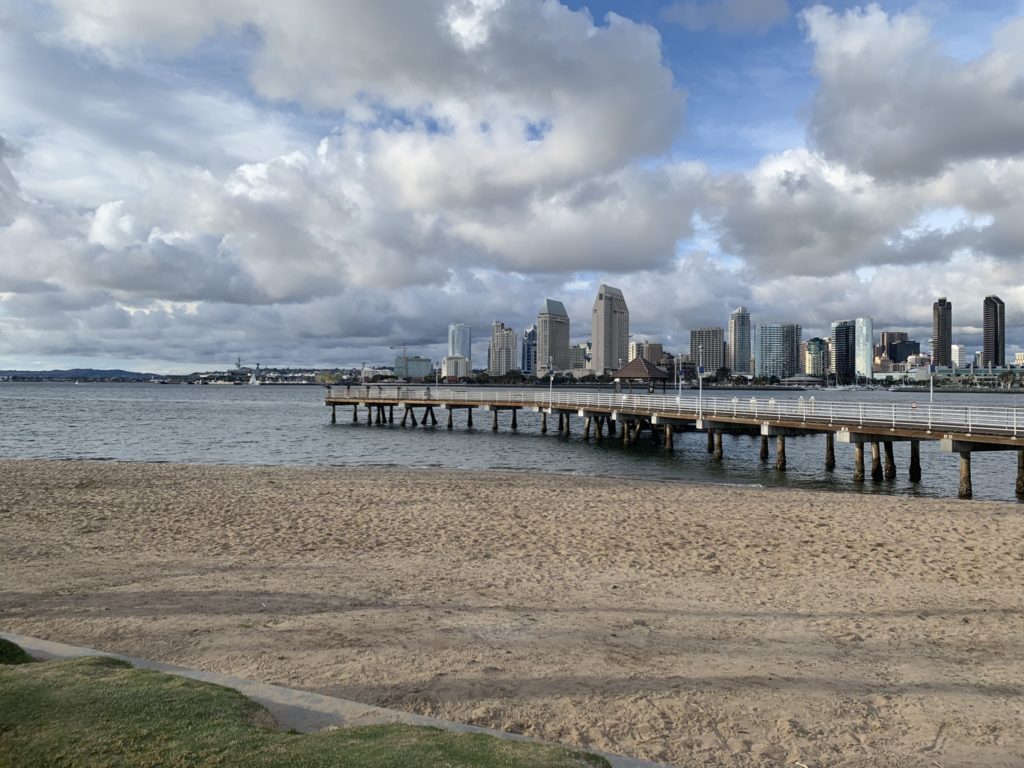
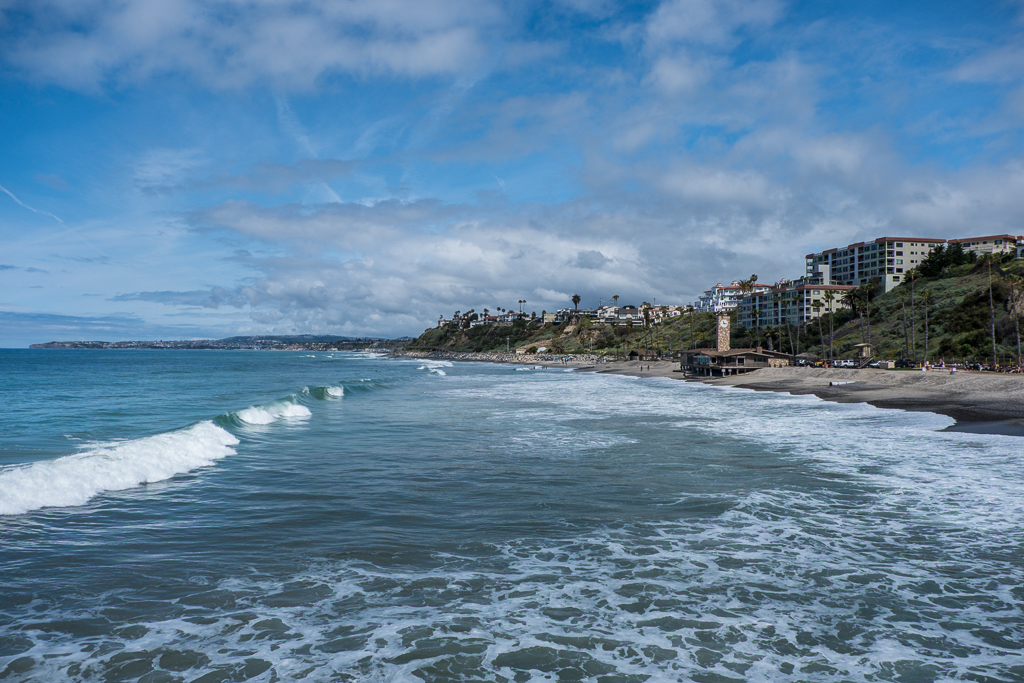
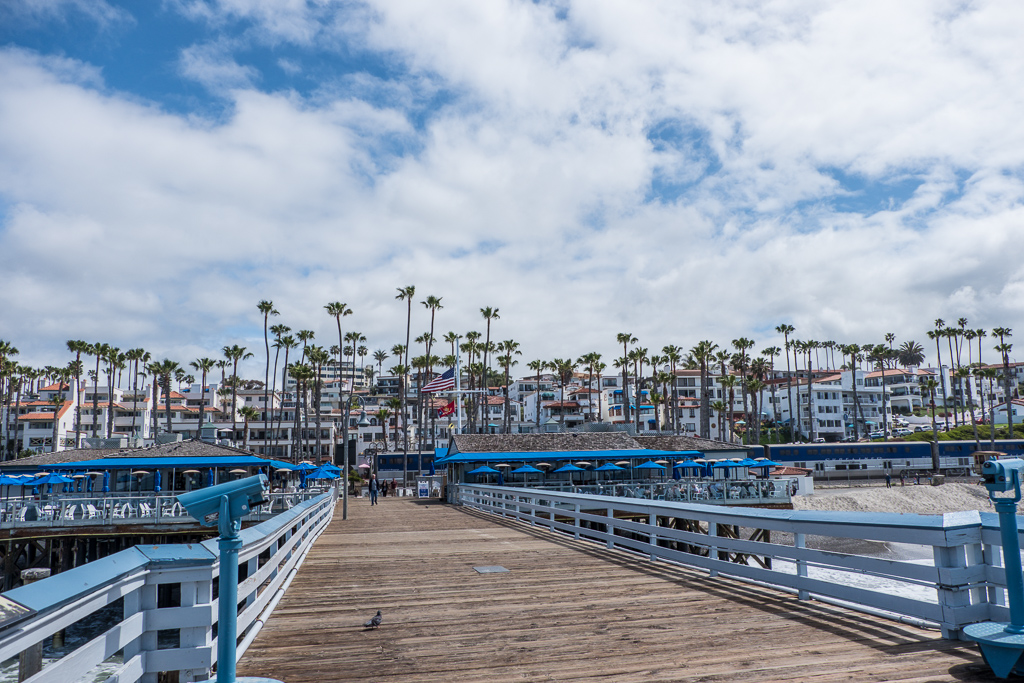
Coronado Island Peninsula
The trip to Coronado is an experience in itself because you cross a bridge from which you have an amazing, picturesque view of the harbor, sailboats, blue water and more. There are shops and cafes in the port area. I really liked the shops because they don’t just sell souvenirs; they also have cool clothes at good prices and accessories such as for the beach, bags and more.
From the port we took a ferry to the convention center which is an area that has one, but is also full of shops, restaurants and hotels. You can rent a bike there to get around or just walk and enjoy the view of the sea and the luxury yachts that are moored there.
The cost of the ferry is 5 dollars per person one way and 10 dollars both ways.
The ferry ride is short, about 10 minutes, but it’s a cute experience.
In addition, it is highly recommended to visit Hotel Del Coronado. (arrival map) This is a historic hotel that looks like a castle from the outside. It was considered the largest resort in the world when it opened in 1888 and hosted the biggest names there such as Marilyn Monroe and Prince Edward.
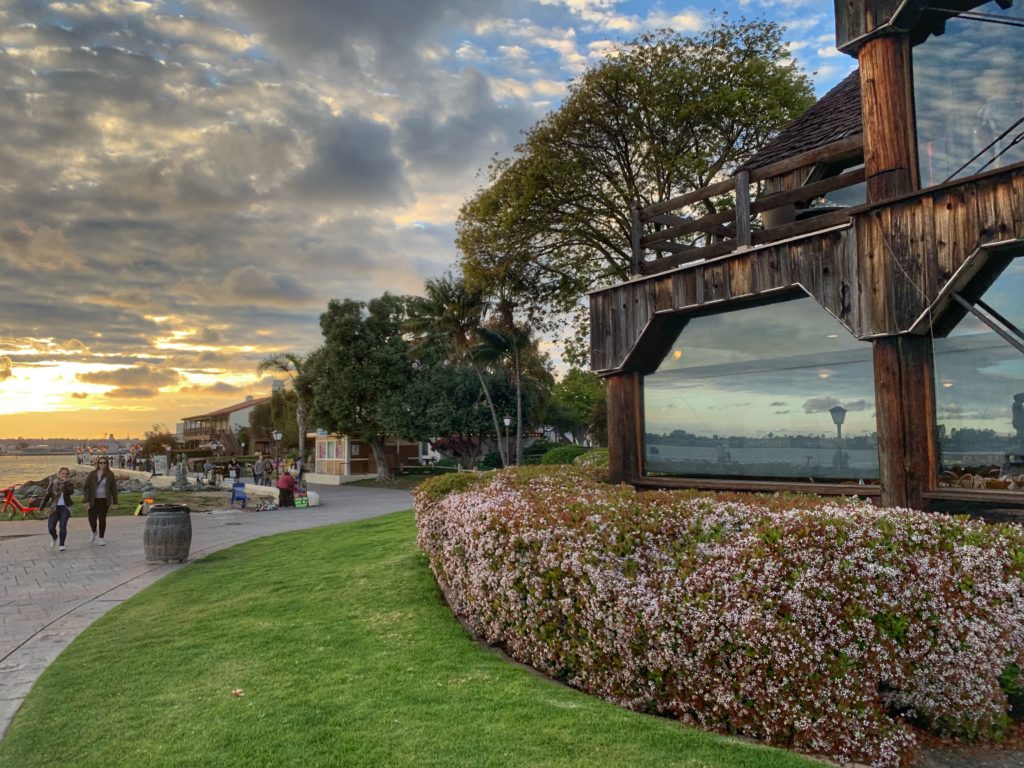
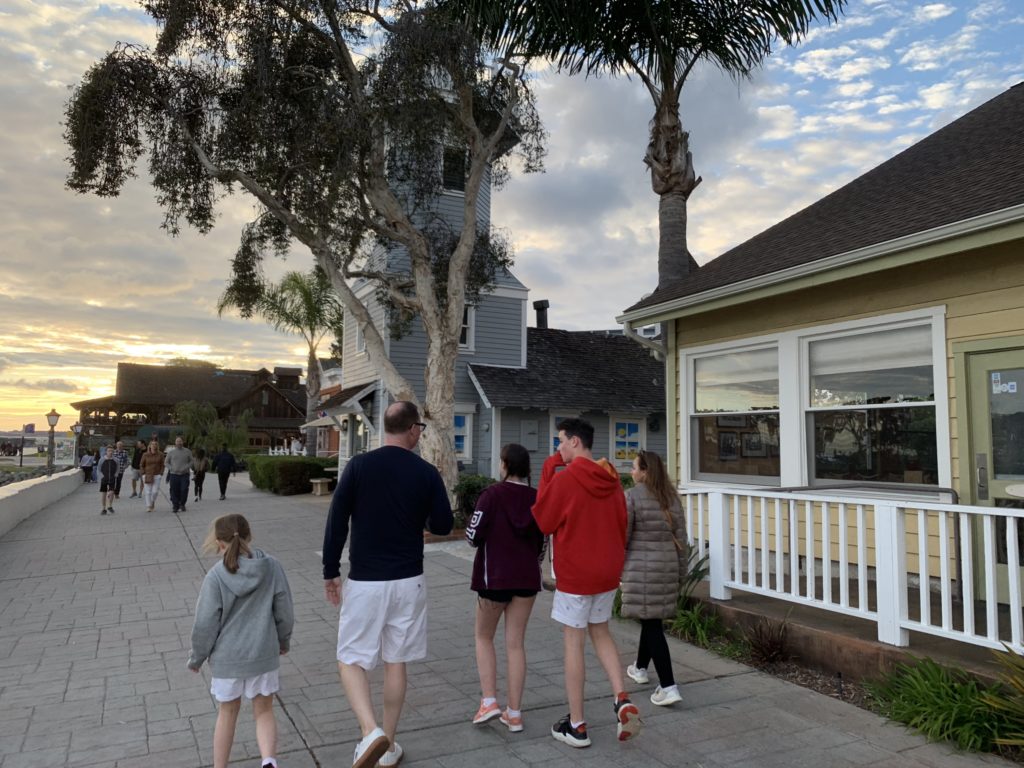
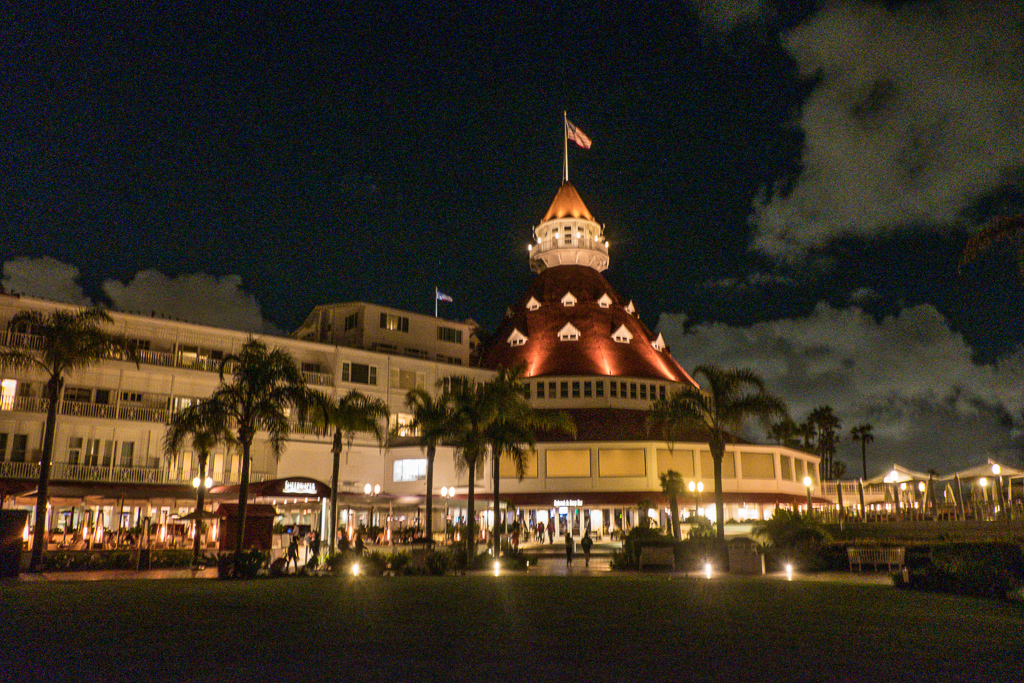
Cabrillo tide pools and lighthouse
This is a very popular and really magical area. I recommend coming with sandals that can get wet because if you want to look for cool things you will have to put in the effort in the search and get your feet a bit wet.
This is a place that is very suitable for children who can search for hours for different creatures among the rocks such as crabs, octopuses, lobsters, fish and more.
We got there in the afternoon in April and it wasn’t too busy but I have the understanding that it can get very busy. If you are a photographer, it is worth coming with macro lenses because you can take great pictures there.
Regardless of the search for surprises in the rocks and pools, this is also an area that is really nice to just sit in front of the sea or go visit the lighthouse that is up the hill.
In the lighthouse you can also see how they used to live there and there is also a small museum that shows how the lighthouse worked. There is also a small observation point up the lighthouse (on the third floor). When we were there, there were relatively many people and only three persons could go up per time because the stairs are very narrow.
In addition to the way to tidal pools, there are also hiking trails that can be done and there is also the Fort Rosecrans National Cemetery. This is a huge federal military cemetery that cannot be missed.
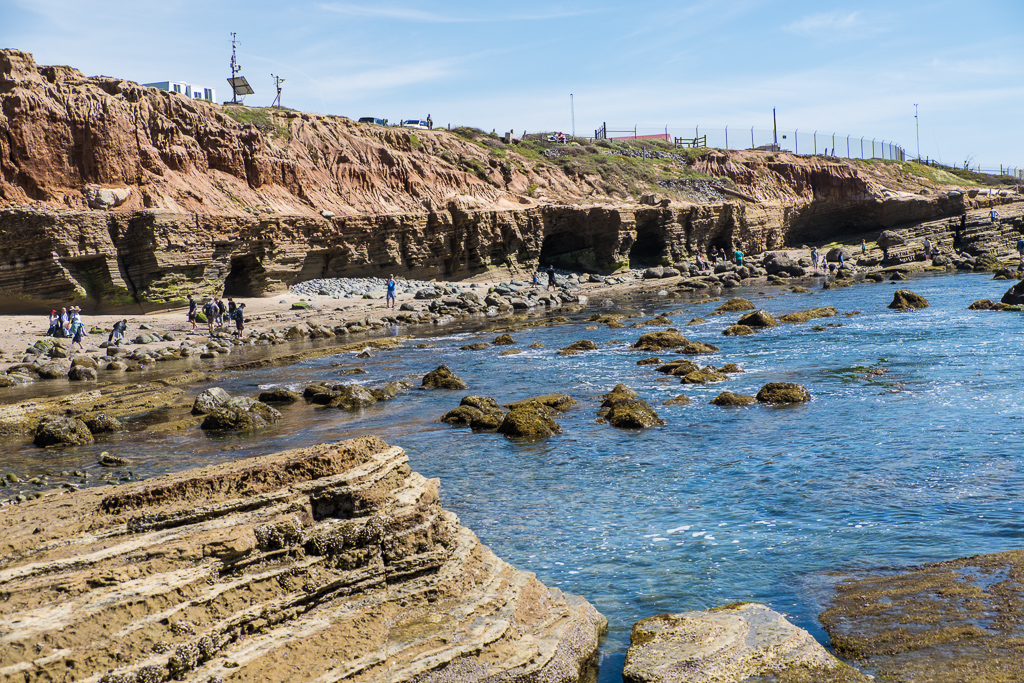
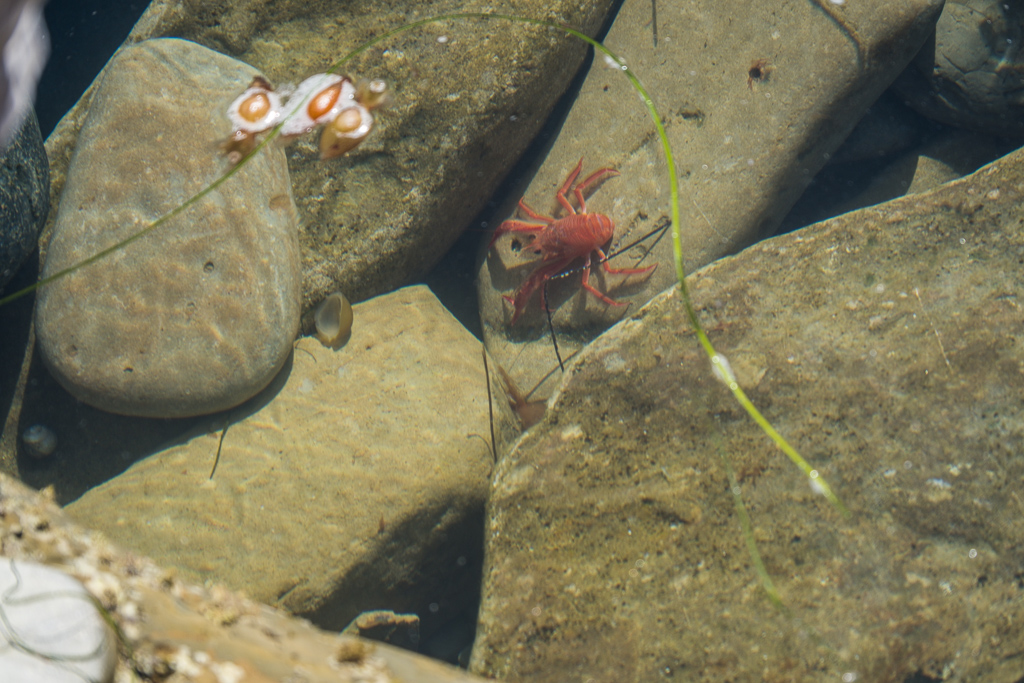
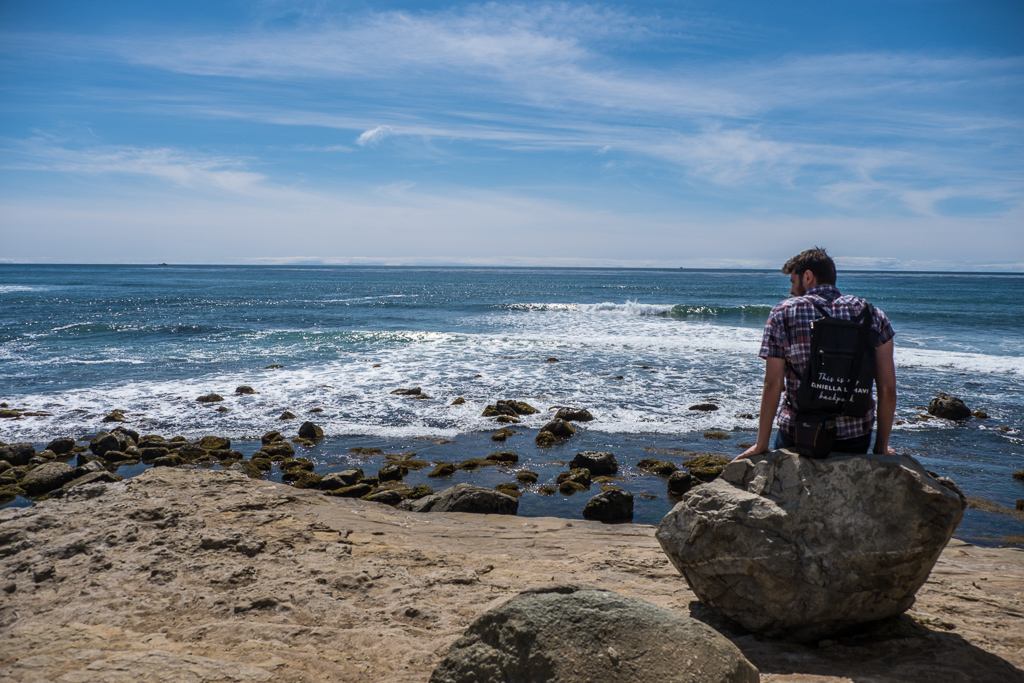
San Diego Zoo Safari Park
This is a place that is difficult to see everything it has to offer even dedicating a full day to tour it. San Diego zoo park is one of the biggest and most famous attractions in San Diego. The place was opened in 2010 and it covers 1,800 dunams!
It has a wide variety of endangered animals, including species from Africa, Asia, Europe, North and South America, and Australia.
It contains over 2,600 animals representing more than 300 species, as well as 3,500 plant species.
There are various shows there such as a bird show (we really enjoyed it) and there are also various attractions such as omegas (with a rather expensive additional charge).
I really liked the train ride in the area of Africa, where the guide tells a bit about the animals on the way.
Basically, getting around the park is on foot, so it is recommended to come with comfortable shoes and be prepared for a lot of walking, but in the African region there is the train ride (which you usually have to wait in line for about 40 minutes or reserve a place for a fee to get in without queuing).
There is also a short scene of a cheetah running after a doll. Why is the show short? Because the cheetah runs so fast, you only see it for about two seconds, but it’s very cool, nonetheless.
There are many restaurants in the park. We ate at The Watering Hole at Kijamii Overlook, which has an amazing view of the African region and while you eat you can see giraffes.
Book tickets to San Diego zoo safari park
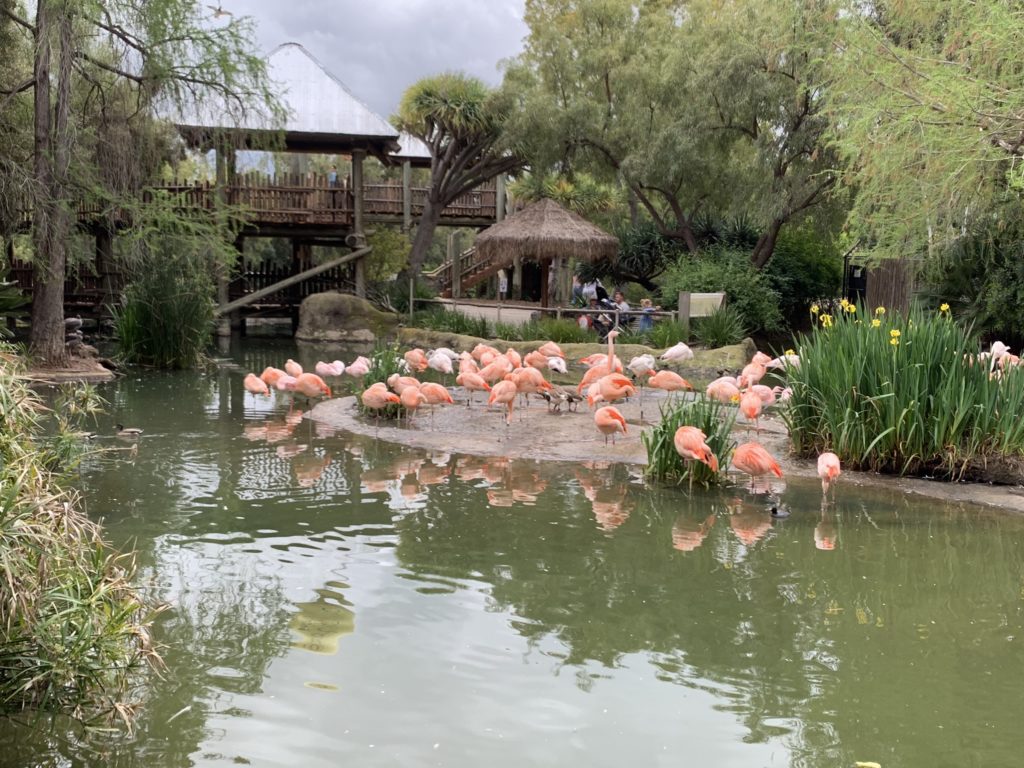
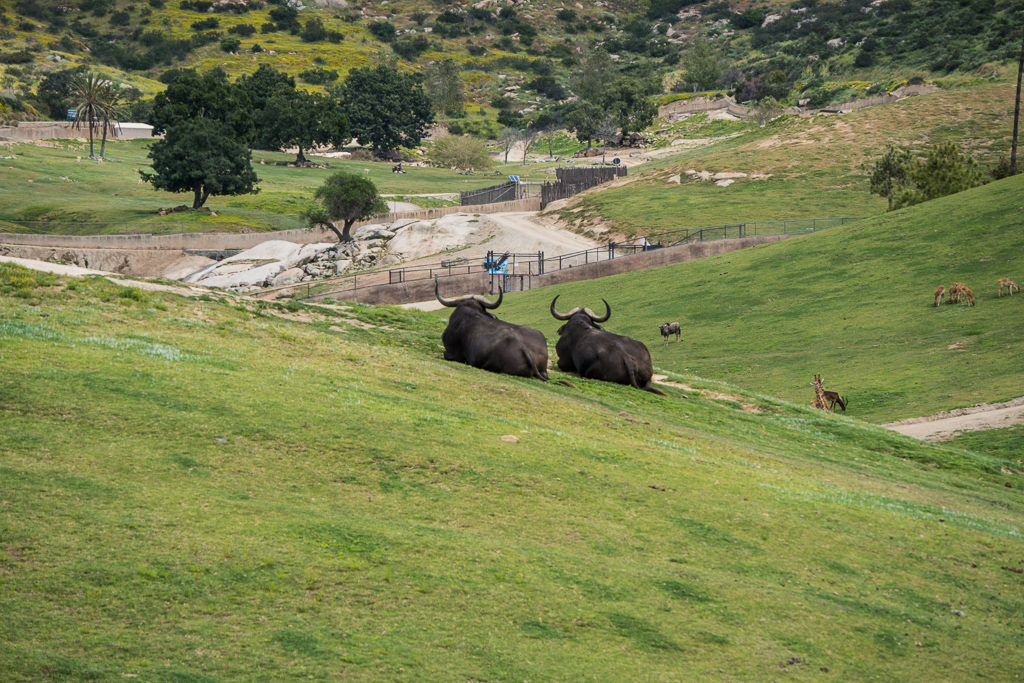
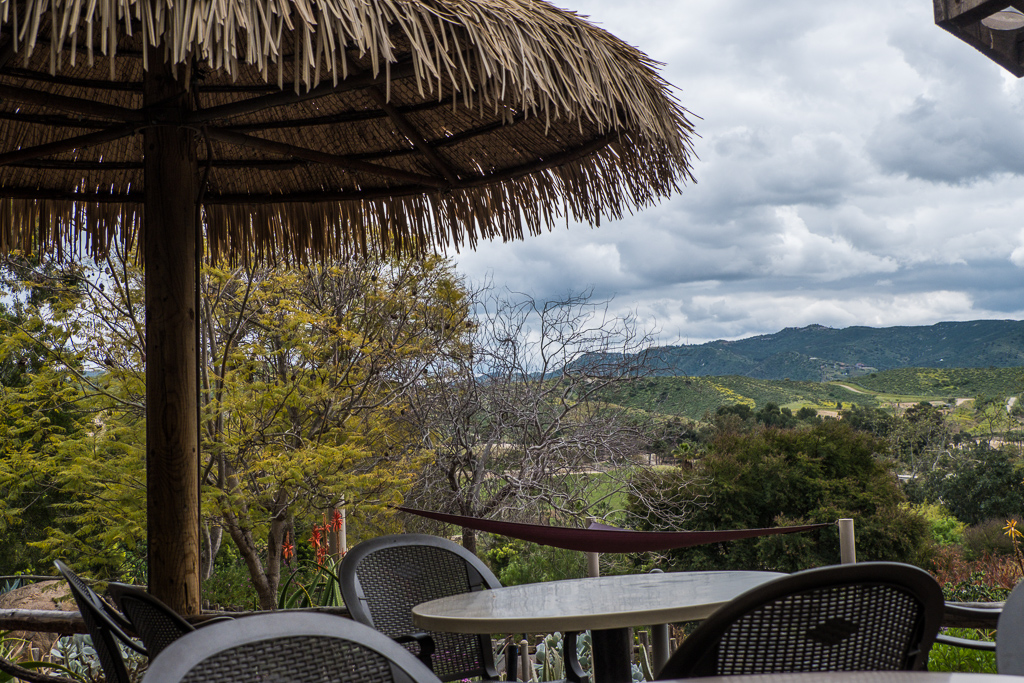
In short, there are many things to do in San Diego, but due to only having a short time to do so, we only managed to do a small part of them. I am sure that in the future we will return to explore it more.
Cyprus is a perfect destination for a vacation with children. The most recommended months are May – September when it is already warm enough to go to the sea and the pool. But even those who decide to come to Cyprus with children in the fall and winter seasons will find enough things to do here. I wrote an extended post about what you can do in Cyprus in winter.
What is convenient in Cyprus with children is that there is a wide variety of all-inclusive hotels, water sports, various attractions such as sailing, jeeps and rope parks. There are attractions suitable for babies, toddlers and older children.
Tips before flying to Cyprus
SIM abroad
I personally recommend using an ESIM, which is an electronic SIM, and recommend Airalo. I was very satisfied with their user experience (simple tutorial videos for operating the SIM card) and everything worked without any special problems. I wrote more about them in an extended post on the subject of taking a SIM card abroad and also about other options such as buying a local SIM card.
Blog followers have a 15% discount code for the Airalo company to purchase an ESIM – to redeem the discount, click on this link. The discount code is already included in the link. See it at checkout.
The biggest drawback at the moment is that some devices do not support an electronic SIM. How can you know if your device supports the electronic card? Very simple: go to this link and you can see. Link to which devices support ESIM.
Car rental in Cyprus
There is no convenient public transport in Cyprus. For those who only come for a backpacking vacation, buses and taxis will provide a good enough answer, but if you also want to travel, I personally recommend renting a car. It is true that lanes go in the opposite direction, but as someone who lives here, I can say that you get used to it quickly. Car rental prices in Cyprus are quite cheap compared to other places in Europe, especially if you come in winter. You can search for a car in the Israeli search engine Papam Papam. Personally, I really like to search through them because they save me time (instead of going to several websites) and they also have the option of filtering out non-recommended rental companies.
Attractions in Cyprus
There are two websites through which you can find various attractions in Cyprus such as wine tours, jeep tours and more. I recommend searching on the following sites: Get your guide and Viator.
Outdoor activities for children in Cyprus
Larnaca
- Fun factory playground – a large playground that is suitable for both small and older children, especially between the ages of 2-8. The playground can be busy on the weekend, especially if someone is celebrating a birthday there, so it is recommended to come in the middle of the week.
- Bowling at Rock N Bowl Bowling Center is open from noon until night.
Paphos
- A large Cosmic World kid’s entertainment playhouse with games for children and little ones. There is also bowling, crashing cars and computer games. On weekends it can be very busy there, especially during the winter, but it’s still a great place to spend time there.
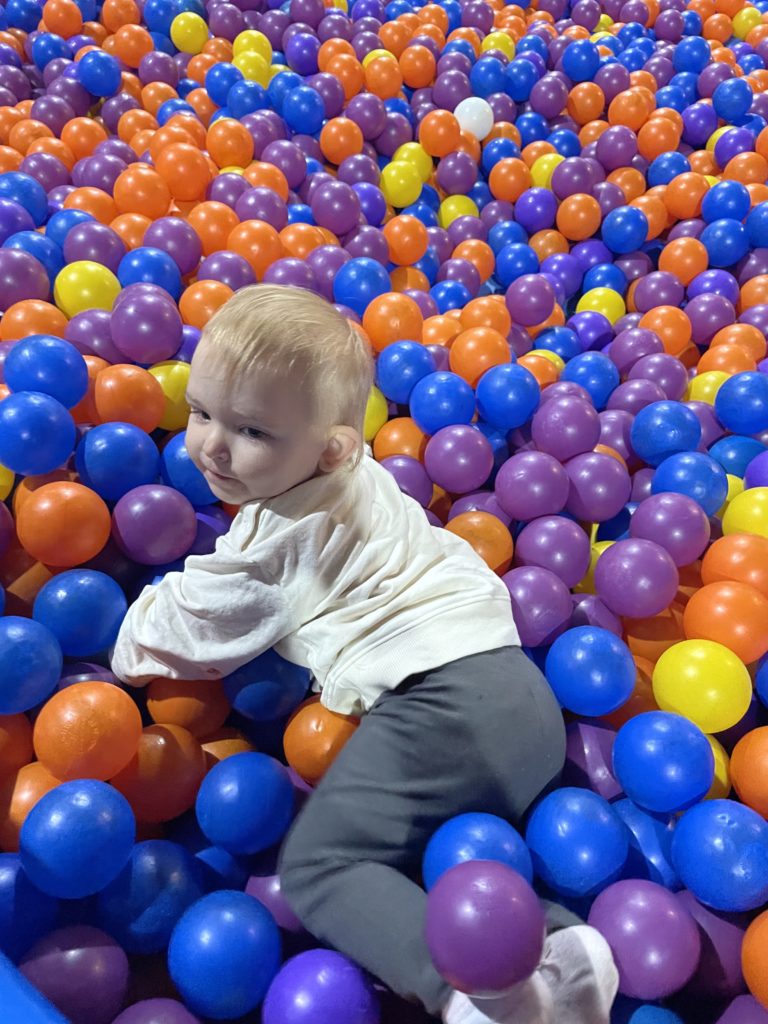
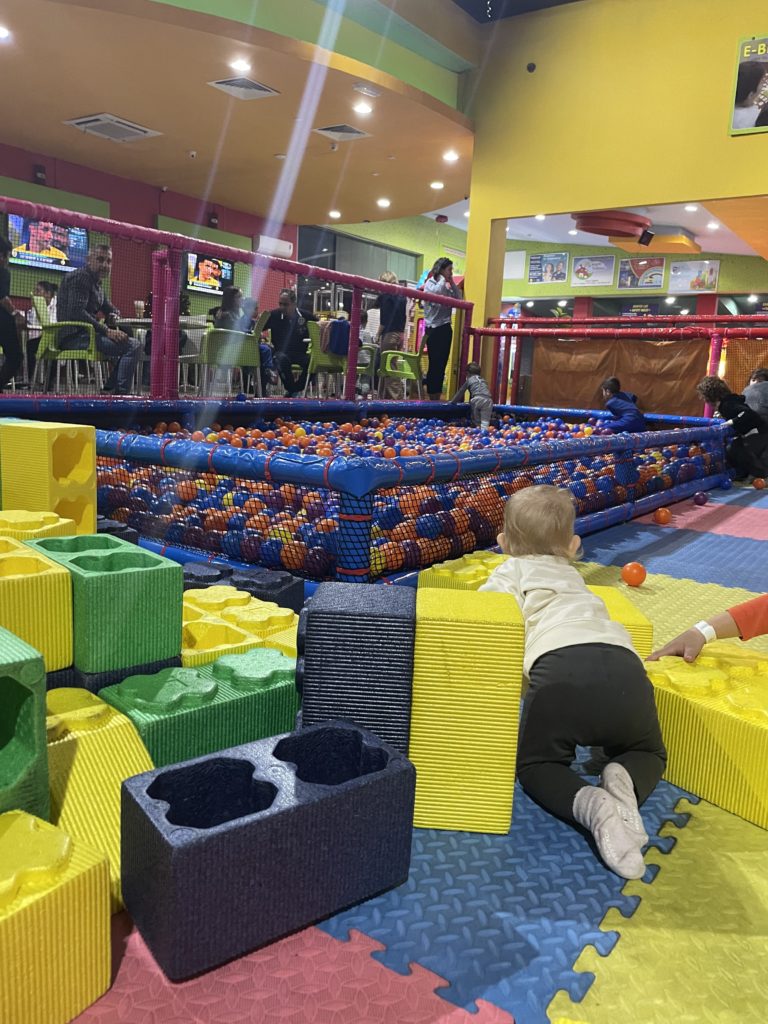
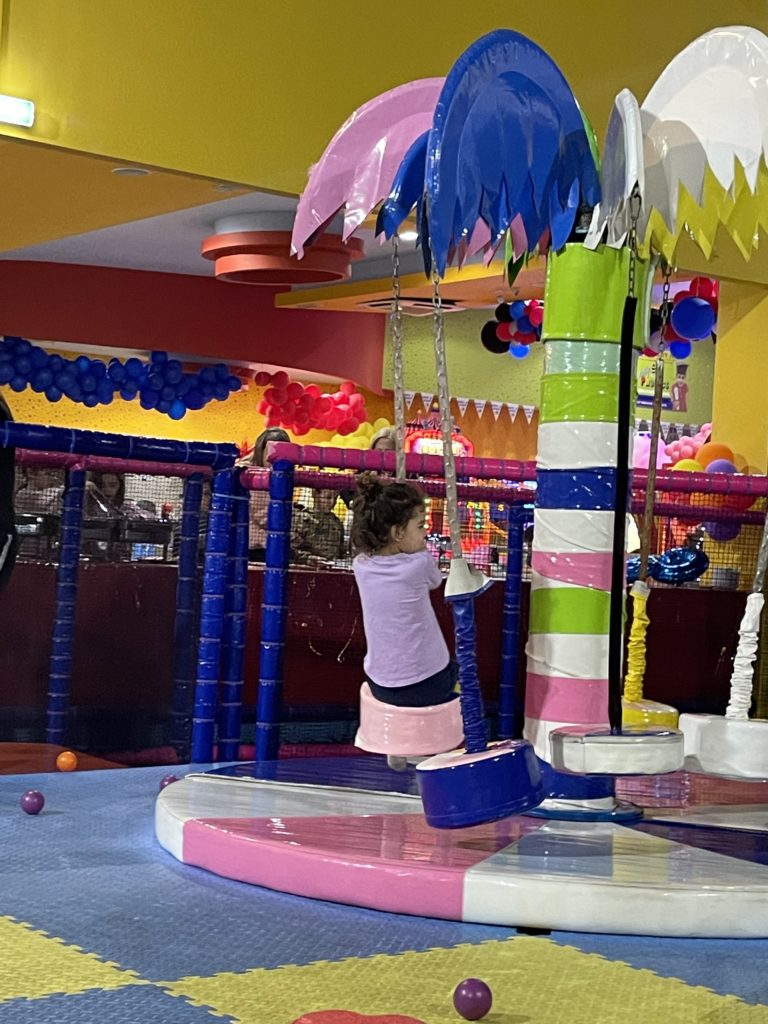
- A small playground inside a bistro on the boardwalk Captain’s Bistro Kids Playground – we haven’t had the chance to go there but maybe it would suit those who want to eat on the boardwalk and the kids will have something to do there.
Limassol
- Playlounge Agora – suitable mainly for babies, toddlers and children up to 5 years old.
- Hunnies and Bunnies playground – a new playground located in the mall area and there are wooden games, games for babies and toddlers and role-playing games, there is also a nice cafe and a yard with a playground.
- Bubble Park playground – a playground suitable for children aged 3-8 because there are also trampolines outside, colliding cars, motorcycles and a rope maze.
- Bricks4kids Lego playground – a pure Lego playground with lots of Lego parts that range from the smallest sizes to the really big ones. There is also a trampoline, a creative area, a small climbing wall and a dance room, as well as a fast food restaurant in the shape of a Lego. Suitable mainly for toddlers and children up to the age of 10.
- Masterland playground – a playground with a trampoline and a play maze, there are outside role play rooms such as firemen, babies and more. The playground is open to the public only on weekends and is usually busy because birthdays can be celebrated there, so it is recommended to come in the afternoon as there are no reservations for those between 13:00 and 16:00.
- Bowling – inside the mall on the 1st floor there is a bowling alley open from morning until night.
- Ice skating in the mall – suitable for children from the age of 4.
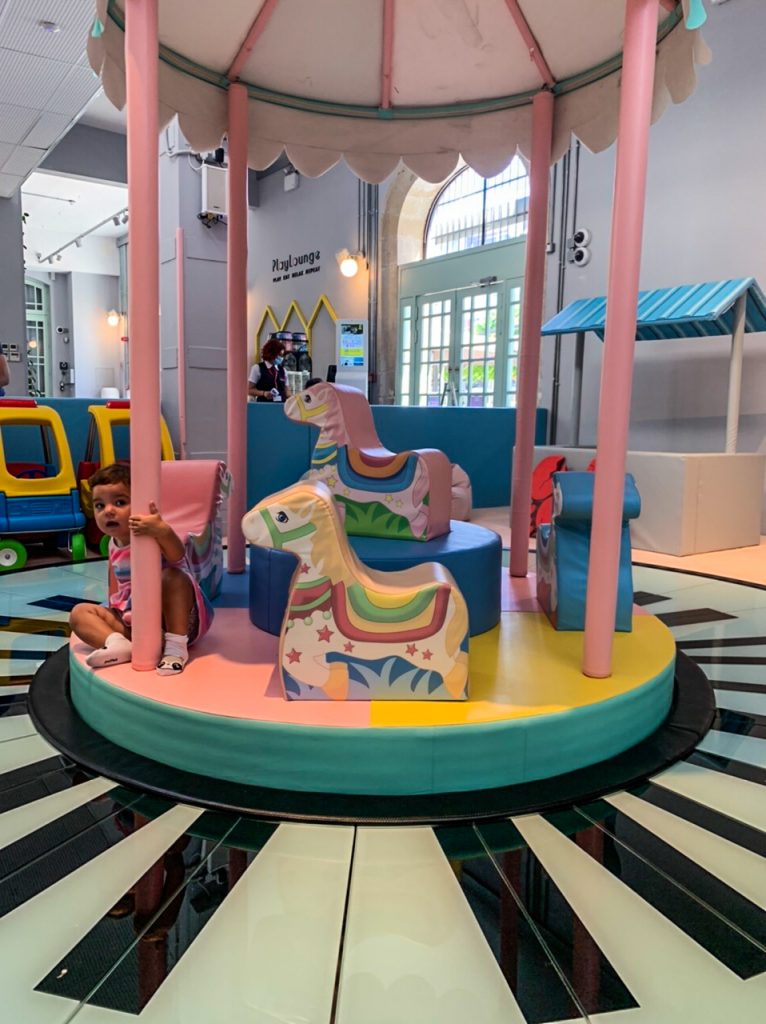
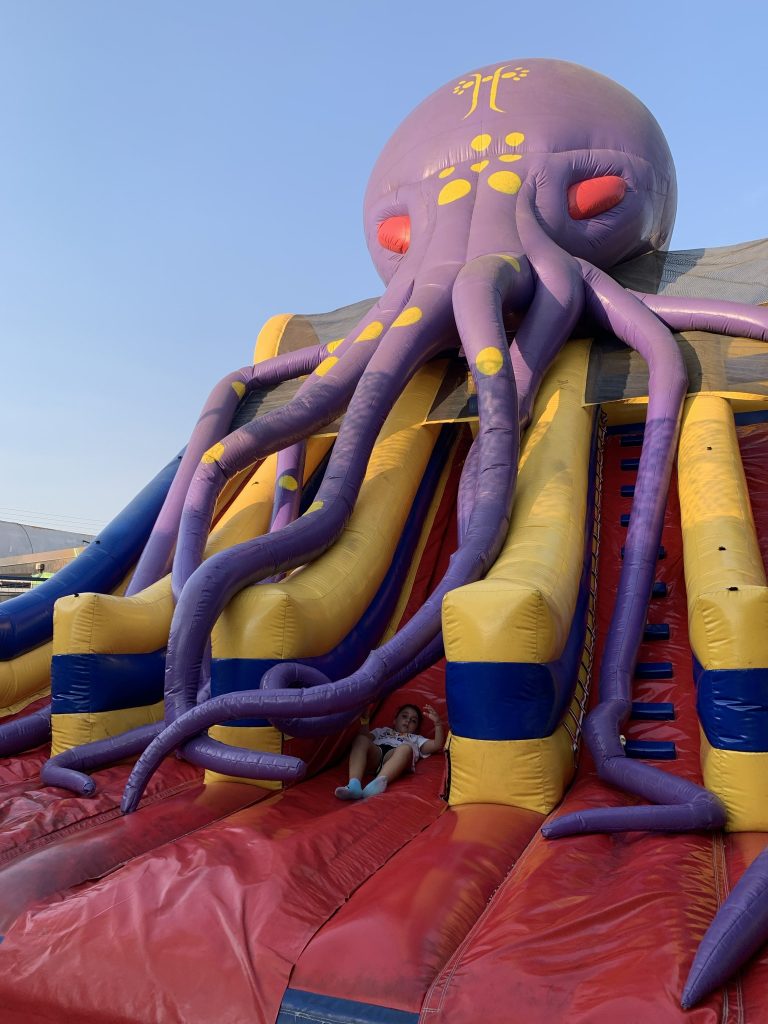
Golf in Paphos
At the Minthis resort you will find golf courses and you can rent equipment and take lessons with the children.
Water parks in Cyprus
There are three water parks in Cyprus, in Limassol, Paphos and Ayia Napa. The parks are quite similar so there is no need to travel specifically to one park if you are already in a destination that has one.
Water parks have lockers, a tubing track, a wave pool, an area for babies and toddlers, slides for adults, a fast food restaurant, a coffee and ice cream stand, and lots of sunbeds. Most of the water parks are not crowded, but in July and August they may be busier, especially on weekends. So my recommendation is to visit in the middle of the week if possible.
Apparently food and drinks are not allowed but when we brought water and snacks for the girls they didn’t say anything to us, however, I heard from those who checked their bags who were asked not to bring that kind of stuff.
We are subscribed to a water park in Limassol because we live here and the subscription price is much more affordable for those who plan to come more than two or three times. You can subscribe for its whole season (usually May to October) or for three months.
Buying tickets to the water park in Limassol
Buying tickets for the water park in Ayia Napa
Buying tickets to the water park in Paphos
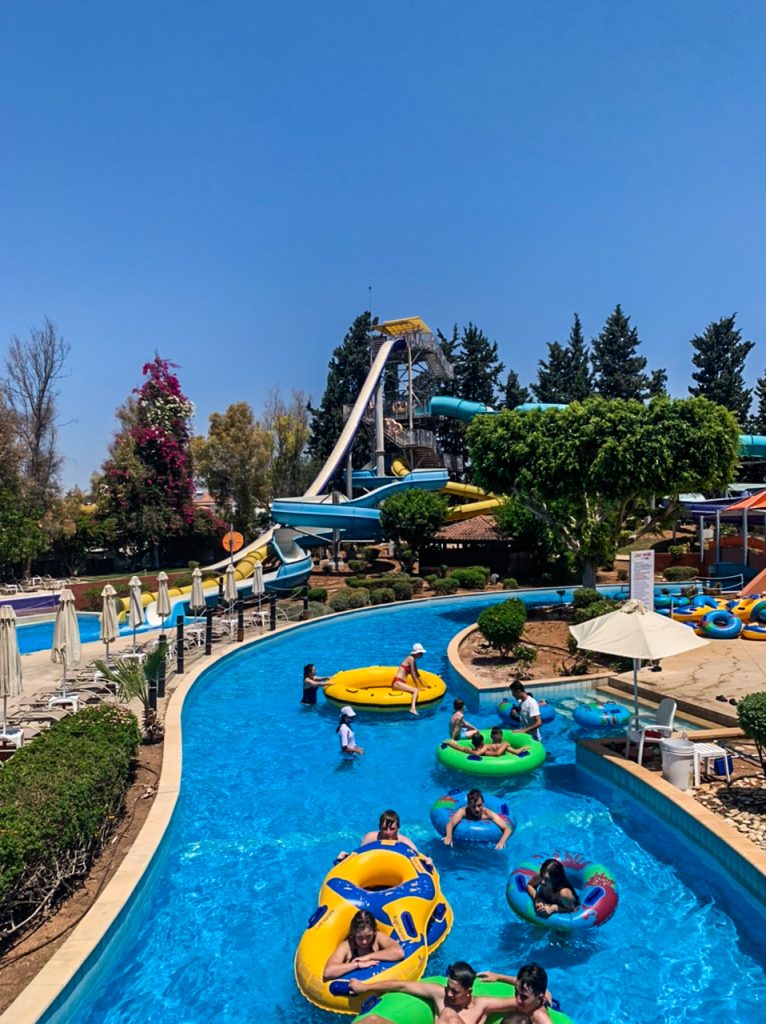
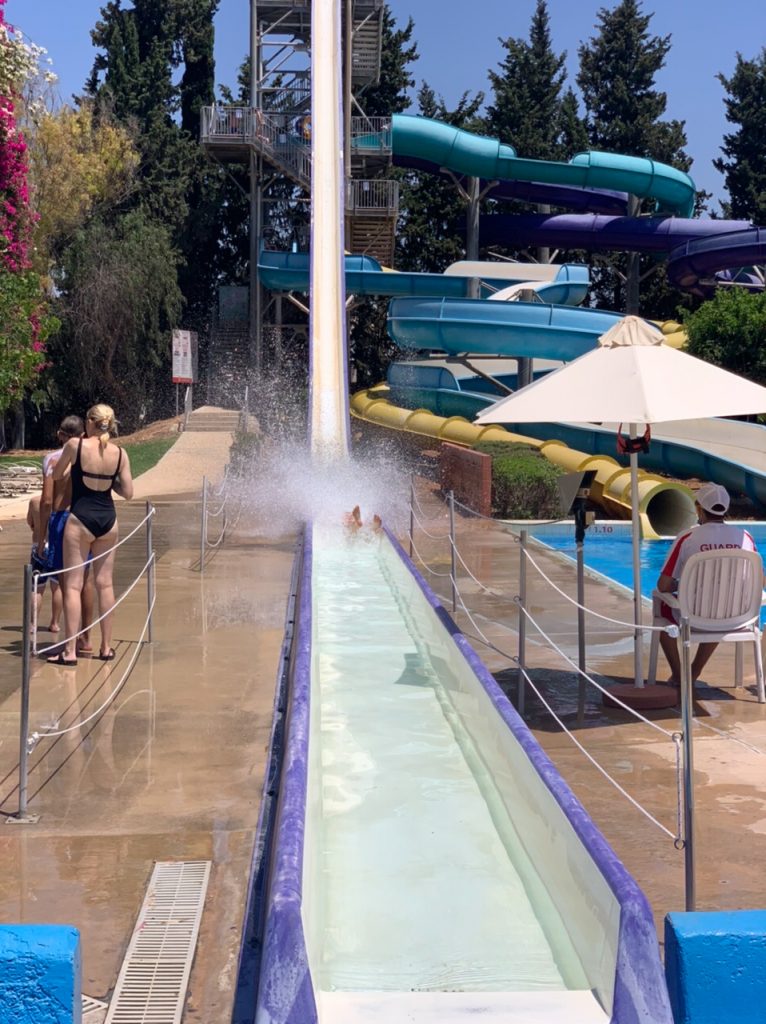
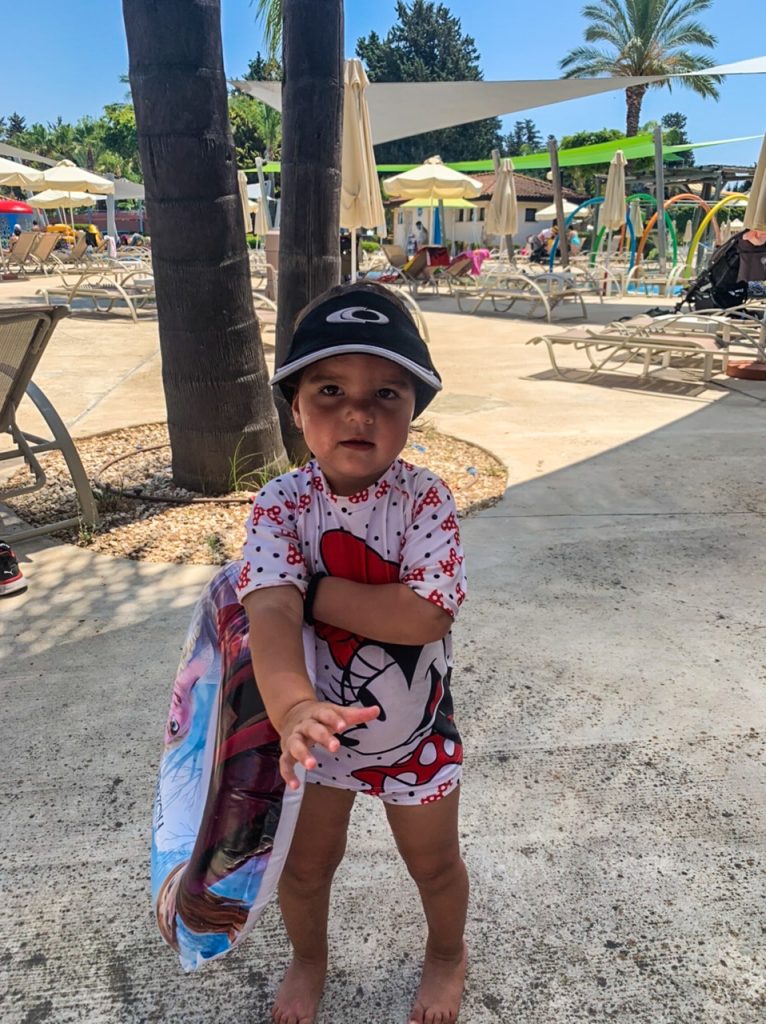
Huge children’s park with inflatables and glamping
A huge inflatable park that opened in 2023, called Greenland. Beyond the park there is also a glamping complex, a restaurant that serves Russian cuisine, a small cafe, a fishing pond, an outdoor swimming pool (for those who stay in the complex) and a spa complex.
The park is is about half an hour’s drive from the center of Limassol towards the mountains. It can only be reached by car or taxi (there are no buses there). It is open from Wednesday to Sunday, but it is recommended to call before and make sure it is indeed open.
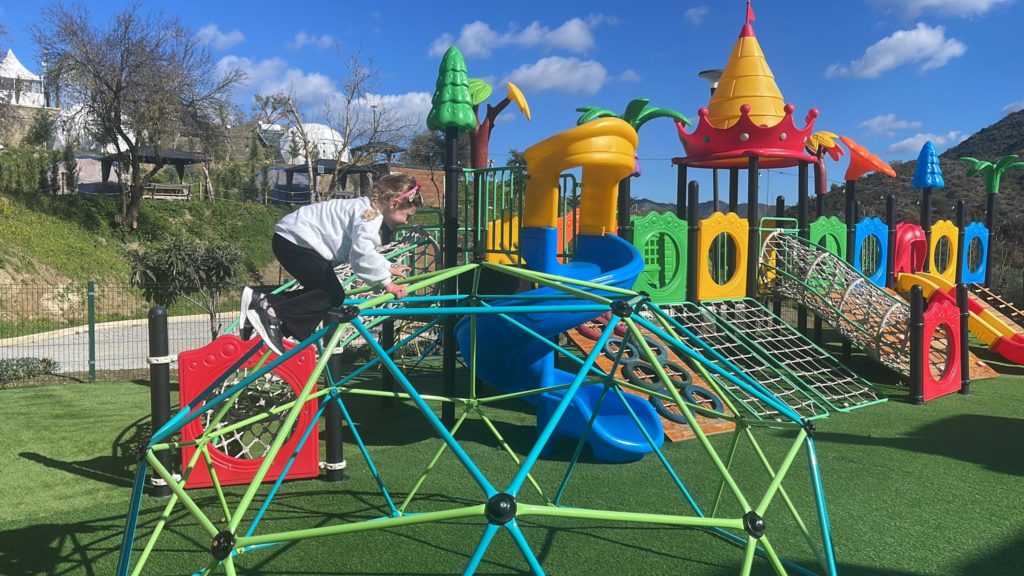
Activities with animals in Cyprus
Zoo in Paphos
Paphos has a relatively large zoo. I don’t like zoos much, but this one offers some nice things like feeding the teachers (an additional fee of 5 euros per person), feeding a fillet (which was rescued from Bangladesh and rehabilitated in a zoo) costs 50 euros for a group of up to 5 people, feeding fish (you can buy food for them there) and a free 15-minute parrot and owl show (need to check show times).
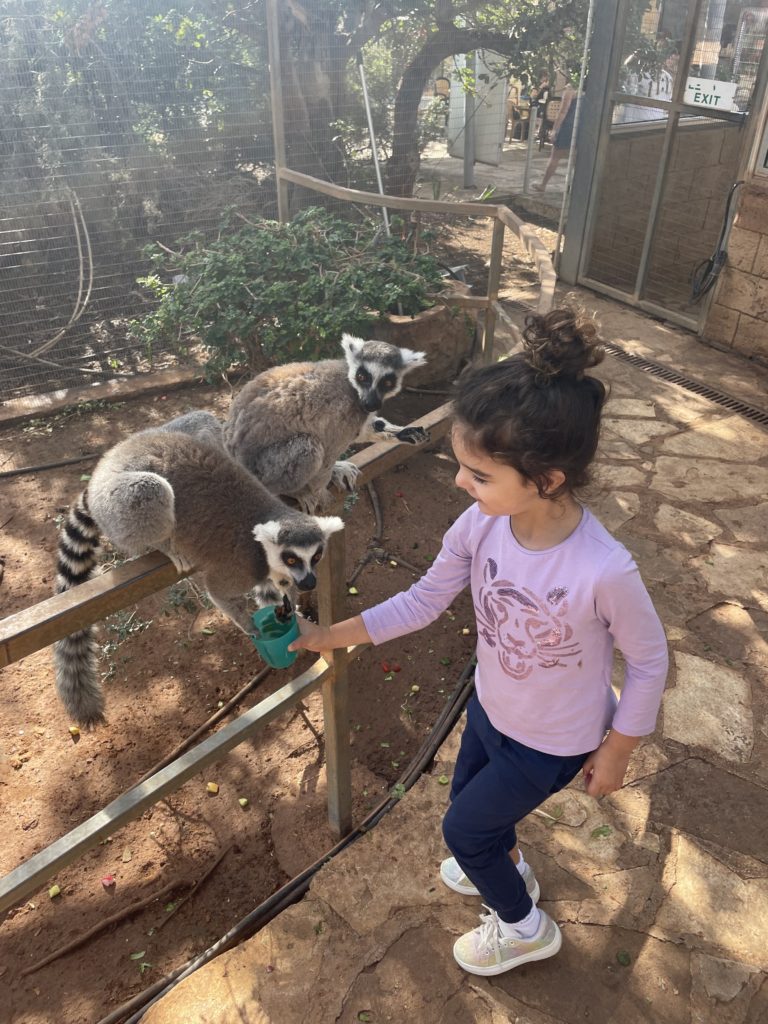
Animal protection organization
An organization called Animal Rescue Cyprus that rescues abandoned animals and takes care of them. The children can pet donkeys, dogs and cats there. Entry is of course free. It is recommended to call before and find out if they are indeed open. And of course you can also donate any amount of money to help.
Directions to Animal Rescue Cyprus
Camel Park
The Camel Park is between Larnaca and Limassol. In the park you will find camels ? and you can ride them. The complex also has an outdoor pool that you can use, there are several other animals that you can feed and there are computer games. There is also a restaurant in the complex.
Donkey Park
The Golden Donkeys Park is also between Larnaca and Limassol and is entirely dedicated to donkeys (there may also be a few goats around). There is a restaurant and a bar and a playground. You can feed the donkeys with carobs that you buy at the entrance and there is also a whole store of products made from donkey milk. It is recommended to come on days that aren’t too hot because there is no shade.
Zoo in Limassol
The zoo is small, but you can spend an hour there with the children. It also has a small playground and cafeteria and is near the municipal garden and the beach. Arrival instructions.
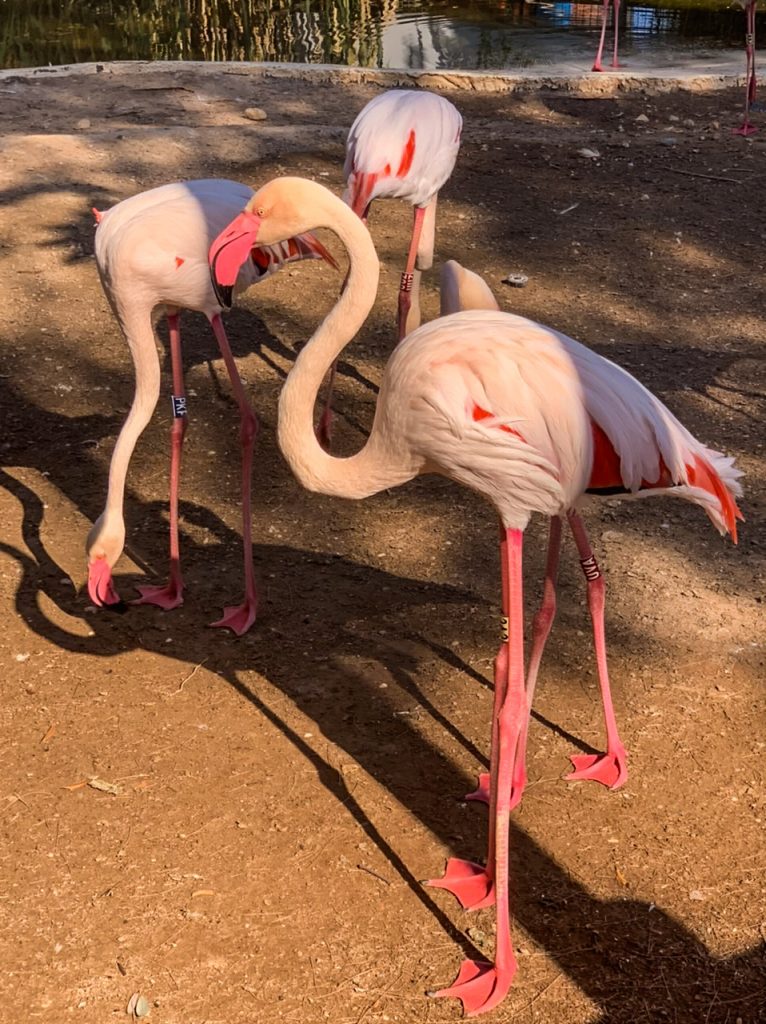
Recommended hotels to go with children in Cyprus
Hotels in Limassol
The Parklane Hotel has the most expensive kids’ club we have come across. With a huge and fenced area just for children as well as an indoor area for children’s creations, games and movies. Parents can stay with the children in the open area or leave children over 3 years old with supervision.
St Rapahel Resort – convenient because it is possible to stay on an all-inclusive basis, there are large lawns, it is near the beach and there is also a children’s club.
Extended post on recommended hotels and resorts in Limassol
Hotels in Paphos
Olympic Lagoon – a 5-star all-inclusive hotel that we really like, located by the sea and with a small slide for children. There is a children’s club where children and babies can be left under supervision and there is also a youth club. Every evening there is a mini disco.
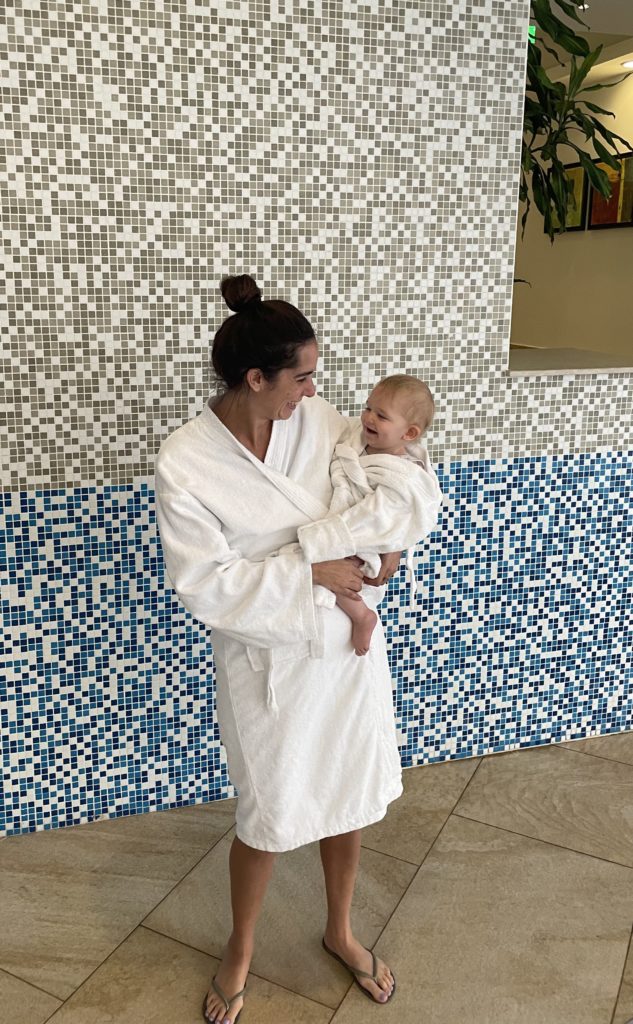
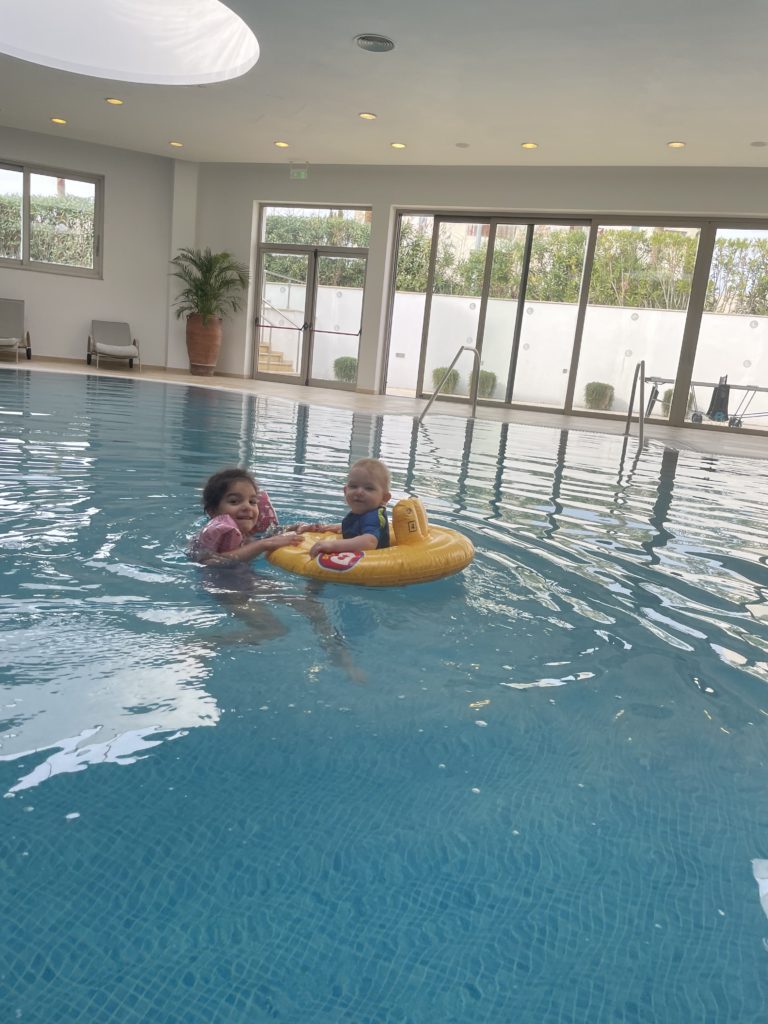
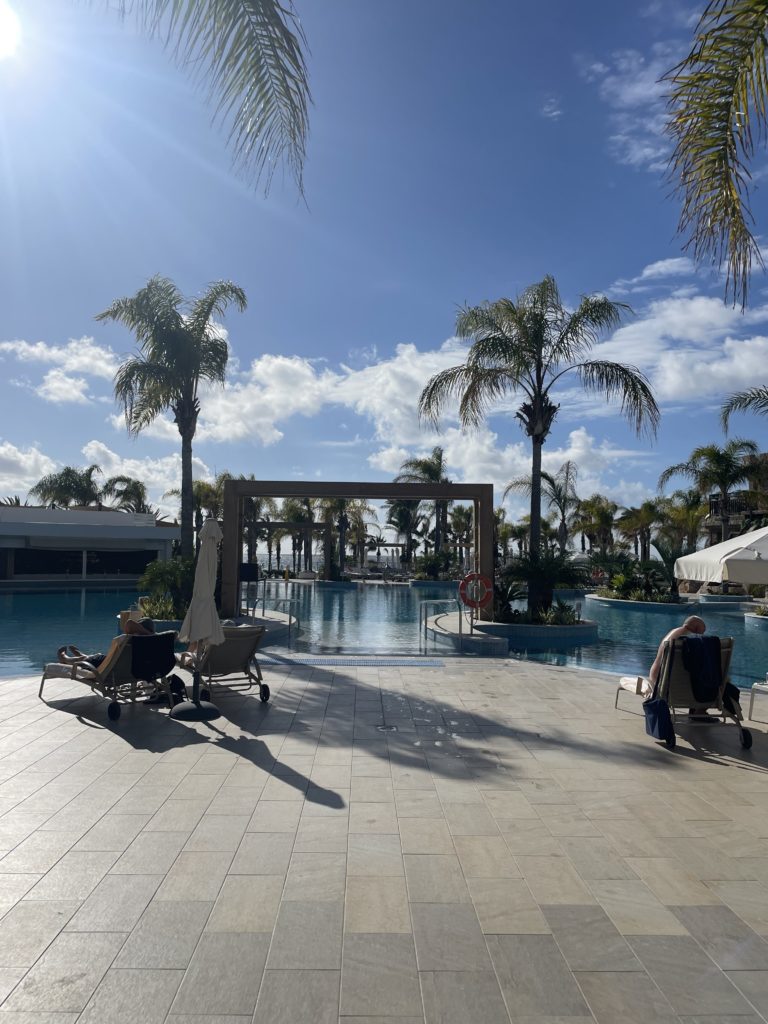
Sofiana Hotel – an all-inclusive hotel near the port with a pool facility with a slide, a kids’ club with parents and evening shows.
Extended post on recommended hotels and resorts in Paphos
Hotels in Ayia Napa
Olympic Lagoon – like the hotel in Paphos with the difference that there is also a fun tube course.
Hotel Nissiblu – a hotel that opened two months ago near the famous Nissi beach. It has a kids club and is by the sea.
Hotels in Protaras
St Elias Hotel – 4-star all-inclusive hotel with an excellent entertainment team for children all day and in the evening there are activities for children. There is a children’s club where you can leave children under supervision or stay with them and there is a water park in the pool with several slides. Please note that the entrance to the slides is only from the age of 6+ and they are attentive to this. There is also the advantage of being able to have rooms with one or two bedrooms (very good for families).
Althea Hotel – a 4-star all-inclusive beach hotel with an excellent entertainment team for children all day and in the evening there are activities for children. There is a children’s club where you can leave children under supervision or stay with them. There is also the advantage of being able to have rooms with one or two bedrooms (very good for families).
Luna Park
A large Luna Park in Ayia Napa
In Ayia Napa there is the amusement park, Parko Paliatso, which is open most of the year (you have to make sure before you come because it is usually open from March to November but it changes). We absolutely love this amusement park and every time we are in Ayia Napa we go there with the girls. There are facilities suitable for both toddlers and older children. You can pay for each facility separately or buy a ticket for all. We pay by facility because there are only a few that are suitable for small children, about 5-6 of them, but that is completely enough.
The price per facility ranges from 1-3 euros and the parent accompanying the child does not pay for it.
A small Luna Park in Protaras
The resort town of Protaras has a small amusement park with some facilities for the little ones and some for the bigger ones. The payment is according to the specific facility. Arrival instructions.
Recommended beaches to go with children
Recommended beaches in Limassol
Recommended beaches with children: Desudi Beach (directions) a beach with a playground and restaurants, Vouppa Beach (directions) a beach that also has sand games for children, Panagies Beach (directions) a beach with sand and no stones.
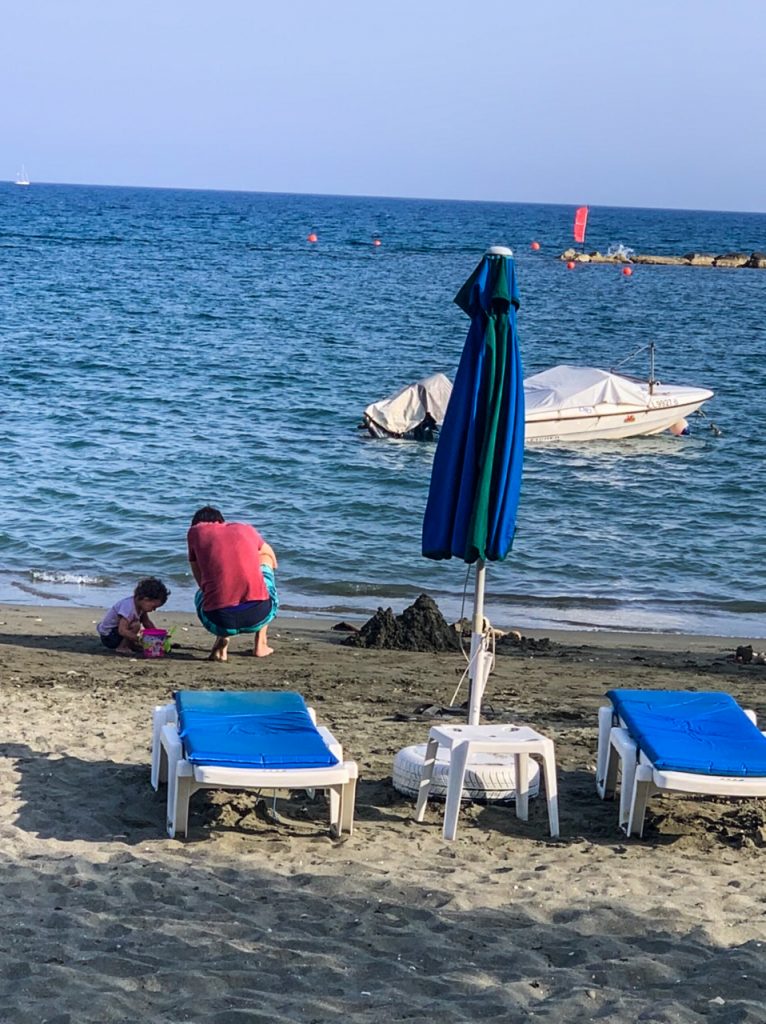
A recommended beach in Protaras
A beach that is considered one of the most beautiful on this island Fig tree (directions)
A recommended beach in Larnaca
Finikoudes Beach (directions)
A recommended beach in Paphos
Coral Bay Beach (directions)
Extreme experiences with children
Jeep trips
We haven’t had the opportunity to do Jeep tours yet, but there are some available in both Ayia Napa and Paphos. But here is a nice option I found: Jeep trip to the Blue Lagoon in Paphos
Rope parks
There is a ropes park in the Troodos Mountains called Sparti, as well as a ropes park at the City of Dreams hotel in Limassol that you can enter for a fee even if you are not a hotel guest.
Water sports
In Ayia Napa, Limassol, Paphos and Larnaca you can find water sports to play along the beaches. The water sports include: paragliding, banana, lying down tube, pedal boat with slide, Jet Ski and SUP.
Cruising with children
Special cruise with mermaids in Protaras
A cruise that starts in June and leaves every Saturday from the port of Protaras. A two-and–a-half-hour cruise that includes an interactive story time, a meeting with mermaids in the water and a mini disco. Link to an extended post about the cruise I did with Maya.

Cruise in the Yellow Submarine
Yellow Submarine Cruise in Ayia Napa. A well-organized family business. There is a stop on the cruise in the caves and you can swim inside them. There is a diver that goes down and feeds the fish and you can see it from the windows of the submarine. There is also a water slide which is fun. Refreshments are available and the staff is friendly. Open from March to November and works on a daily basis with three sailing dates. Link to the Facebook page of the Yellow Submarine.
Yachting
It is possible to go on yacht trips from Paphos and Ayia Napa. The yachts go to the Blue Lagoon and there is of course the possibility to enter the water and to snorkel. Some yachts also serve refreshments.
You can find yachting in both Paphos and Ayia Napa
Buying tickets for a cruise to the Blue Lagoon from Paphos
Buying tickets for a cruise in Protaras in a transparent boat
Purchase of tickets for a Ayia Napa yacht cruise
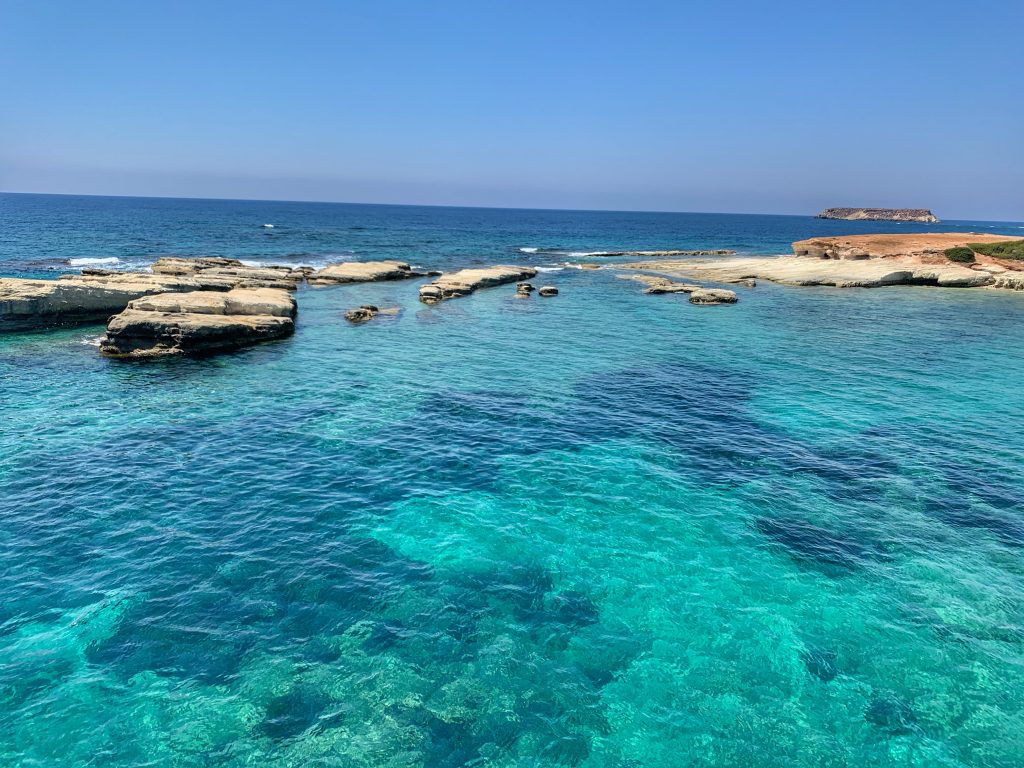
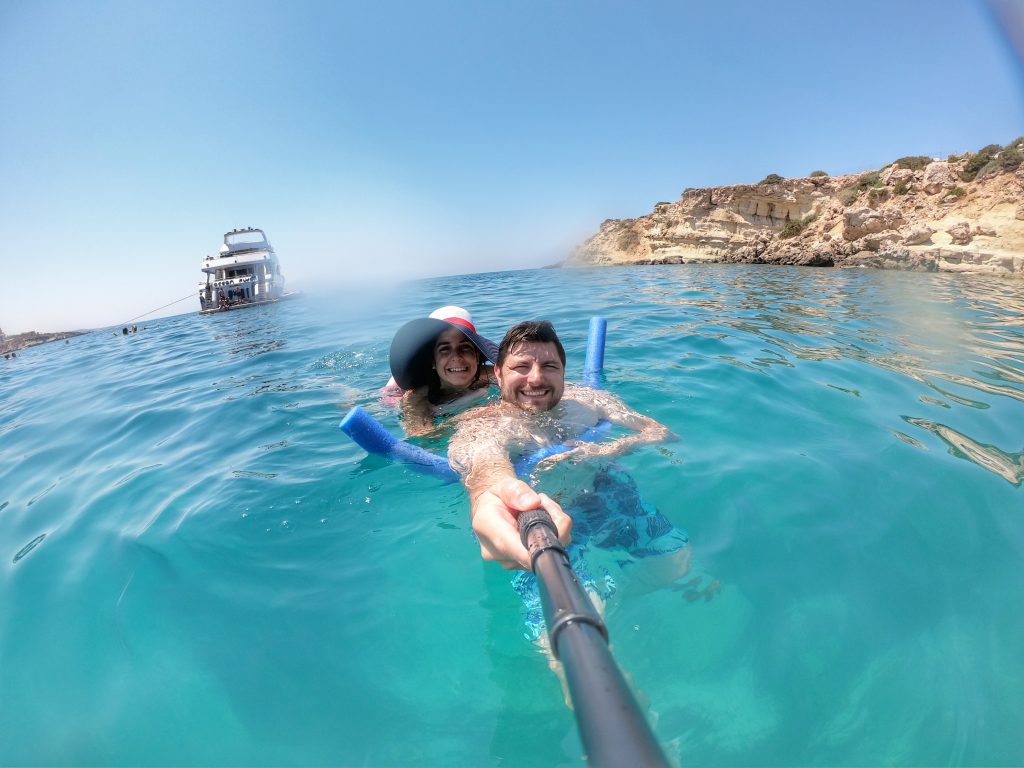
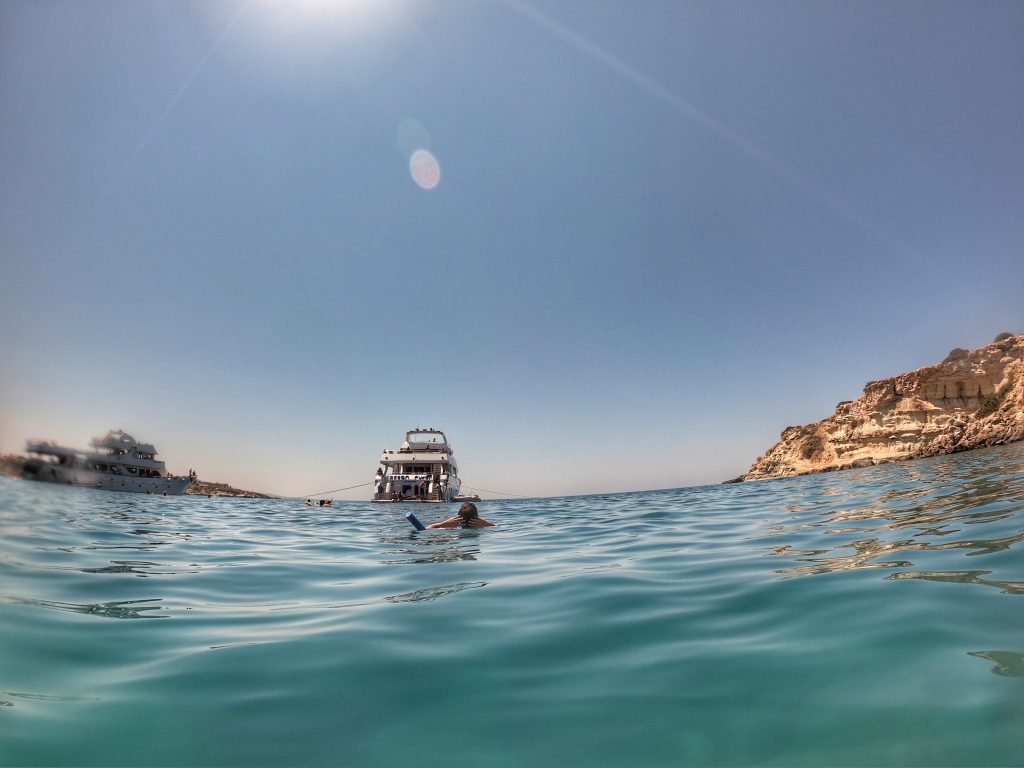
Pirate ship cruise
Cruise in Paphos on a pirate ship – including refreshments, a stop to swim and snorkel. The length of the cruise is about 4 hours.
Dancing fountains in Protaras
Fountain show with lights and music at 21:00 in Protaras
You should arrive about half an hour before the start of the show.
Book tickets to the Dancing fountains
Castles in Cyprus
In Larnaca, Limassol and Paphos you can find medieval castles that have been turned into museums. Maya really likes to run around in caves and look for hidden places there. I think this is a great activity for about half an hour to an hour. The entrance price is symbolic, so if you’re in the area, I think it’s worth a visit. All the castles are located in central places near the promenade.
In addition, in Limassol there is a castle called Kolossi Castle which is bigger than the others (directions).
Directions to the castle in Limassol
Directions to the castle in Larnaca
Directions to the castle in Paphos
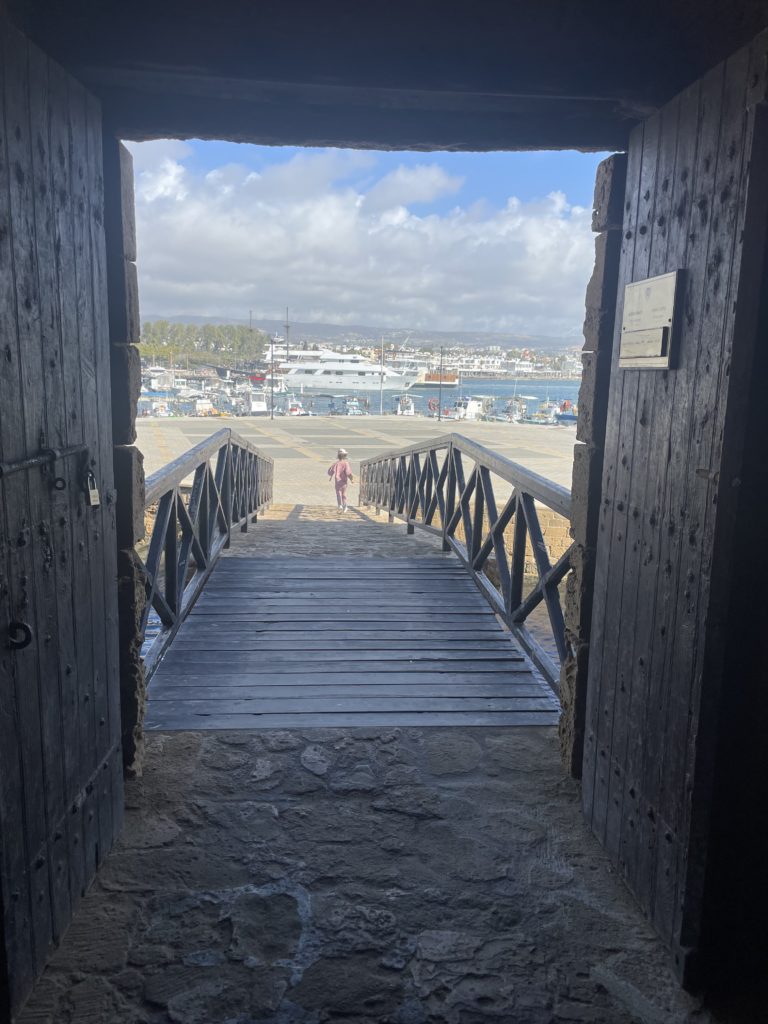
Skiing and sledding in winter
Usually in February though sometimes also in March it snows in the mountains of Cyprus. If you happen to go on a winter trip when it’s snowing then it’s definitely worth the trip (about an hour’s drive from Limassol). You can rent ski equipment or just sleds and enjoy the snow for a few hours. I wrote about our personal experience and more information in the post about Cyprus in winter.
Recommended villages with children
Kakopetria is in the Troodos Mountains and has a small waterfall, computer games for children and it’s just a really nice village to walk around.
Lefkara village – a touristic village that specializes in lace and silver and gold products. It is a beautiful village that is just fun to wander around. There is also a magical olive farm nearby and a dam. You will find an extended post about a vacation in the village of Lefkara.
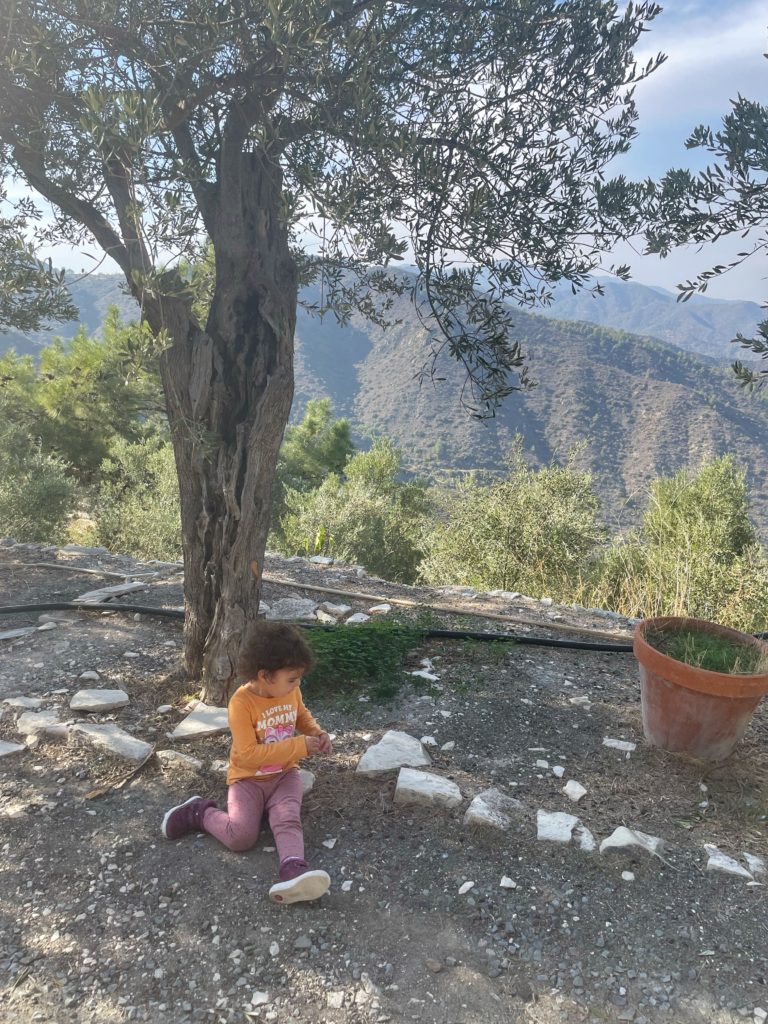
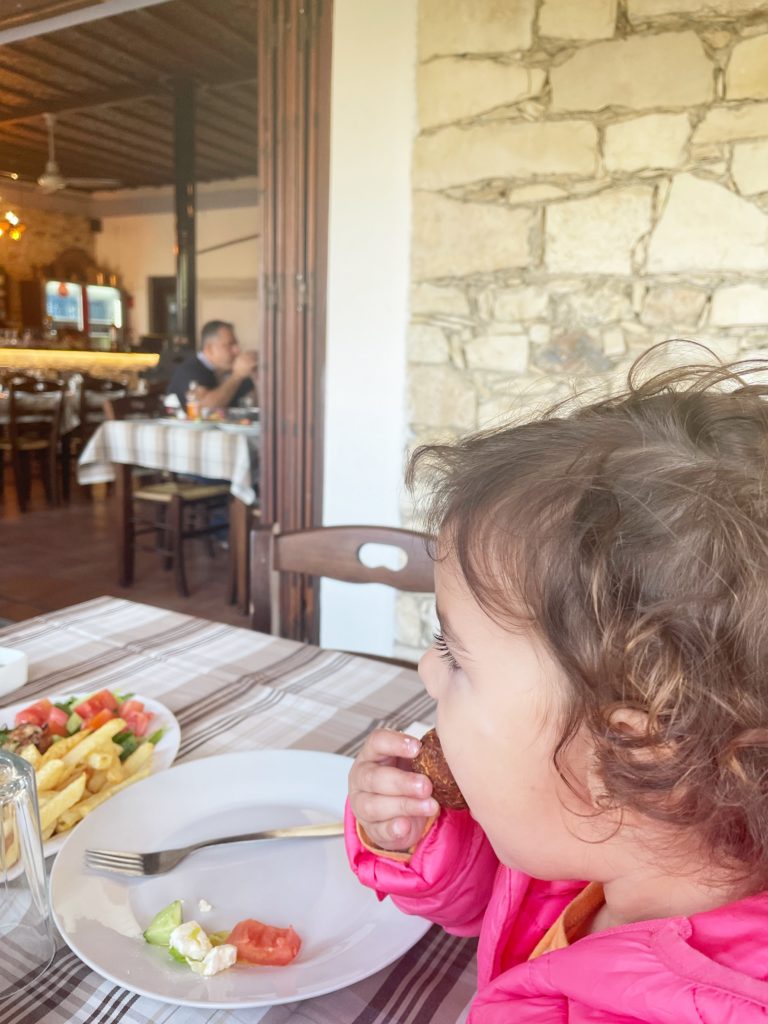
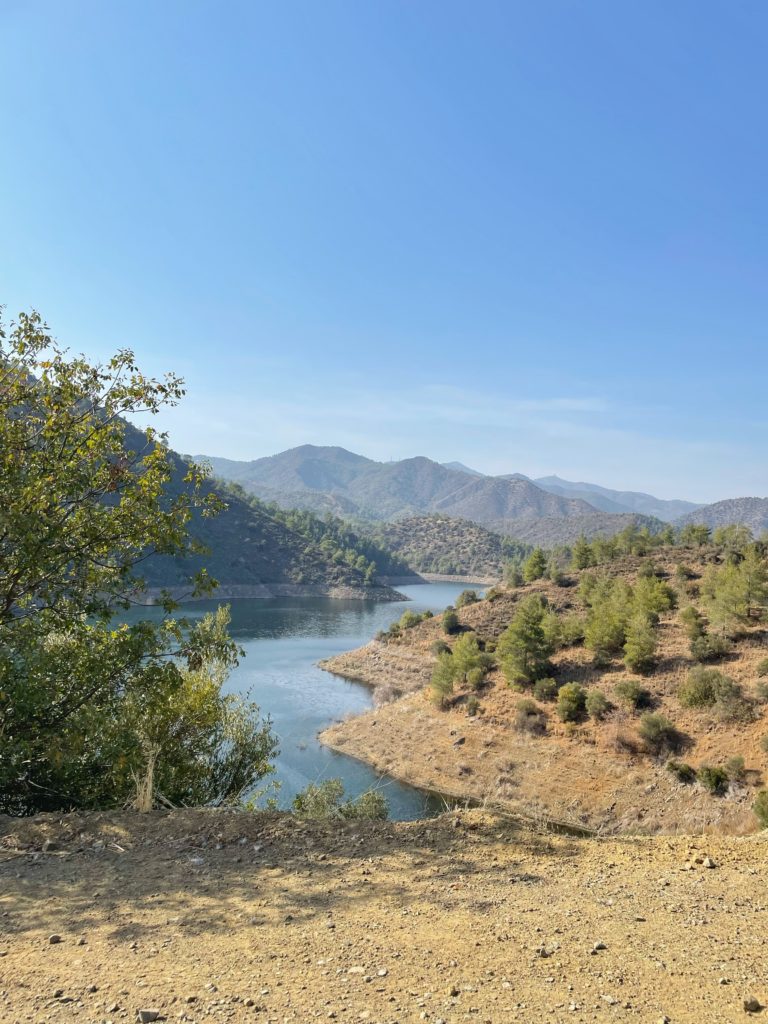
Zigi – a fishing village between Limassol and Larnaca that is also close to the camel and donkey parks I mentioned above. It has fish taverns, a beach and a nursery that is like a maze with a small playground. You can read about this village and several other ones in the area in the post about trips and villages in Limassol.
Nature reserves to visit with the children
Cape Greco Nature Reserve
A lovely reserve located in Ayia Napa (about half an hour’s drive from Larnaca). There are hiking trails of varying degrees of difficulty, there is a beautiful natural bridge and there are places to have a picnic. Definitely worth spending a day or half a day there. You can also do jeep tours there. And there is also the Blue Lagoon, which can be reached by boat.
Book a guided tour in Cape Greco from Larnaca
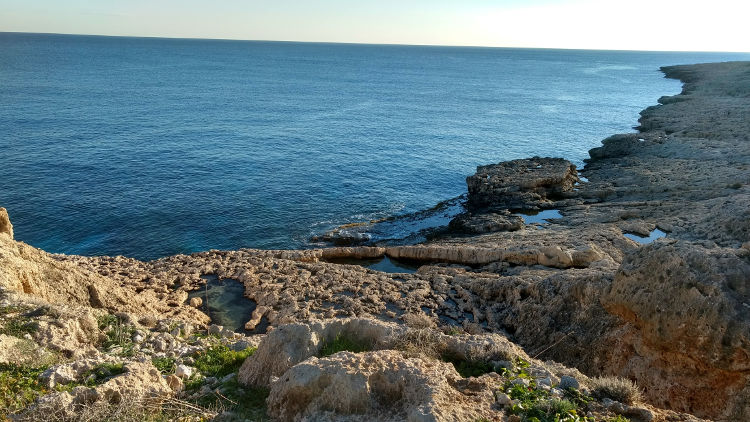
Akamas Nature Reserve (Akamas Peninsula)
About an hour’s drive from Paphos. In the western part of Greek Cyprus, one of the most spectacular sites on the island, it is a highly recommended destination for travelers looking for a trip to Cyprus in nature. The reserve is stunning and has many hiking trails and a Blue Lagoon with the clearest water there is. The Blue Lagoon can be reached by Jeep trip or by boat.
Summary of Cyprus with children
In conclusion, in Cyprus there are many activities related to water: beaches, water sports, sailing with snorkels, water parks, hotels with pools. In addition, there are playgrounds, jeep tours, rope parks, amusement parks, magical villages, nature reserves and more. I decided to write briefly what you can do in the entire city so that everything is in one place for you.
Limassol with children
A castle on the boardwalk, a Colossi castle, Paradox – a museum of illusions, a car museum, a water park, water sports along the beaches, beaches, a shopping mall, indoor and outdoor playgrounds, a camel park and a donkey park. Extended post about things to do in Limassol with children.
Paphos with children
Cruise to the Blue Lagoon, water sports, cruise on a pirate ship, castle on the boardwalk, indoor playground, shopping mall, tombs of the kings, Jeep tours, beaches and water park. An extended post about things to do in Paphos with children.
Ayia Napa with children
Cruise to the Blue Lagoon, water sports, water park, amusement park, Cape Greko nature reserve and beaches.
Protaras with the kids
Beaches, a small amusement park, sailing, a promenade and a fountain show.
Larnaca with children
Beaches, water sports, playground, salt lake and a castle on the promenade.
Guided Tour or Personalized Itinerary in Cyprus – Highly Recommended!
If you’re planning a trip to Cyprus, I highly recommend Roni Schwartz! He lives in Cyprus and takes care of everything – private tours with a certified guide (available in English/Russian), extremely professional and friendly, who will take you on a perfect day trip for 8-9 hours. Roni plans a personalized itinerary tailored exactly to your preferences, including a pre-trip consultation to make sure you’ll visit all the places you want. This is also suitable for large groups.
Contact Roni for a guided tour in Cyprus
Want to travel independently?
No problem! Roni also creates custom itineraries (minimum 3 days), so you can experience Cyprus at your own pace and exactly the way you like.
Contact Roni to plan a self-guided trip in Cyprus
Special offer! If you book one of Roni’s services and mention that you came through me, a special surprise awaits you.
Hope my post helped you. If so, I would very much like you to respond here in the comments, and if you have any more questions, you are also welcome to ask them in the comments or write to me on the blog’s social networks: Facebook and Instagram.
Looking for more information about Cyprus? I have more posts about Cyprus on my blog.
Pin below to save on Pinterest

We moved to Cyprus in May 2021. We decided on the move a few months before that because we wanted to have a new family experience, because of financial issues, and because we had a desire to slow down in life. Roman and I work remotely and I have a Portuguese passport (I picked it up from Portugal in April 2021), so we could move to any country in Europe and we chose Cyprus.
The truth is that many years ago, Roman proposed the idea of moving to Cyprus and I rejected him outright!
For me there were much more fun countries in Europe such as Spain and Portugal, and Cyprus was of less interest to me. I felt it was a nice vacation destination and that’s it. But then Mayush was born in 2019 and our priorities changed. With Maya, I realized that I needed a place that was as calm and simple as possible for raising children and I was less interested in the destination being full of life, with multiple travel options.
If we didn’t have children or if our children were older, we might not have chosen Cyprus, because in the end Cyprus is a small island (about half the size of Israel) and there isn’t much to do here. It is still not advanced enough compared to other European countries in terms of culture, culinary, tourism, and more… But, with a baby girl and thinking of another child in the future, we decided that relocation to Cyprus was the best decision (by the way, I gave birth here in October 2022 and had an amazing experience).
It is also important to note that Cyprus has developed a lot in recent years and is constantly changing. New places are opening and you can see a big change throughout. Now I think that Cyprus is more attractive destination for relocation than when we came. It is important to note that because Cyprus has gained momentum in recent years due to the low taxation and the war between Russia and Ukraine (many Russians and Ukrainians came here), the prices have increased significantly and there are also large waiting lists for schools and kindergartens. But, on the other hand, it brought opportunities for very good real estate investments and for greater growth in restaurants, hotels, and new attractions.
So, is it worth living in Cyprus?
My answer would be yes, but it depends. It depends on if you have children and what their ages are, because you will have to find a suitable setting for them and now with the waiting lists it is not easy. It depends on if you are looking for a lot of attractions or something more relaxed. It depends on whether you are ready to move to another country at all or if the distance from your family will be too difficult for you.
If you are interested in real estate investments in Cyprus or are thinking about relocating to Cyprus and want professionals to help you in the process, send email to contact [@] trvbox [.] com and they will get back to you from Winest Group.
In any case, I decided to provide you a detailed post with the reasons I think it is worth relocating to Cyprus.
A destination with comfortable and warm weather
I hate the winter and for me one of the advantages of Israel is its weather, so if there is a destination with a similar climate, that is excellent for me; certainly when there are small children, it is a nightmare to be stuck at home with them due to very cold weathers.
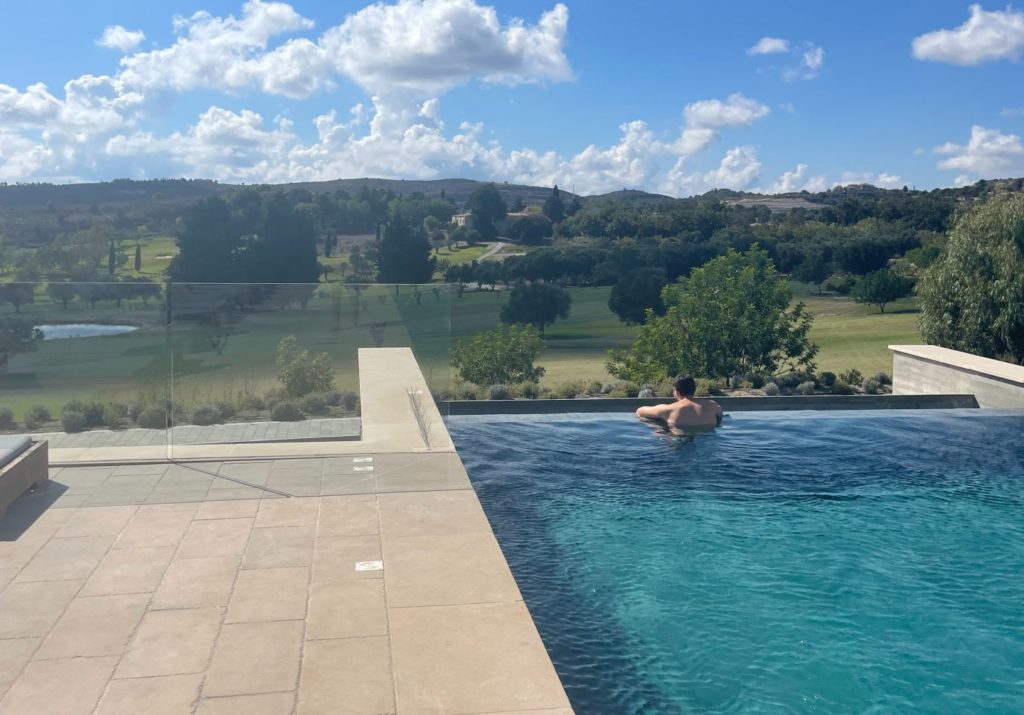
Easy to navigate in terms of language
Since there are many foreigners in Cyprus, the signage here is in English and most Cypriots know English. Compared to other countries where the signage and the language can make it difficult and make you feel very alienated, in Cyprus it is very convenient to use public transport, go to the doctors, and overall find your way around here.
Higher quality of life
Living in Cyprus can be thirty percent cheaper than in Israel, and even more than that, depending on where you live on the island and how much you try to save. For example, in cities like Paphos and Larnaca, living is much cheaper than Limassol and Nicosia, and those who live in villages generally have lower costs. Since there are almost no traffic jams here, you can also live about 30 km from the city and still easily get to work and kindergartens and schools. You can live here in a furnished apartment close to the sea or in a private house with a pool, eat in restaurants with high frequency, relax in hotels or B&Bs at attractive prices (especially when it’s not the season), and hire a maid on a daily basis at prices that are not possible in Israel.
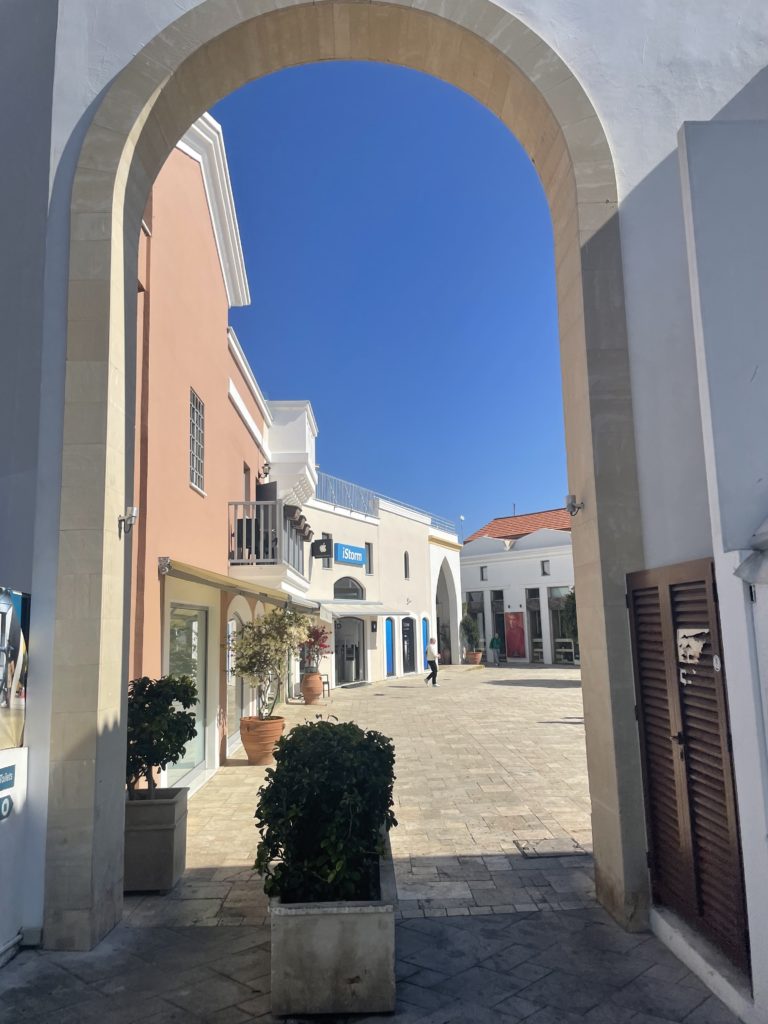
A few traffic jams
When there’s a baby in the car, the last thing you want is to be stuck in traffic haha, and in general I’m not capable of standing being in traffic, it feels like a terrible waste of time to me. We happened to be in Cyprus on vacation before the coronavirus at the height of the season and we didn’t get stuck in a single traffic jam. The island is small and the distances here are not great from city to city, without traffic jams, this makes the ability to travel on the island really comfortable and easy.
Calm and suitable for raising children
The atmosphere in Cyprus is very calm, the locals are very kind and nice and the feeling here is always like a vacation. No shouting, no loads, and no pressure. There are about a million inhabitants in Cyprus and its size is half that of Israel, this means that there is no congestion here and if you want to get away from the city, you can reach a calm local village or nature without people in ten minutes.
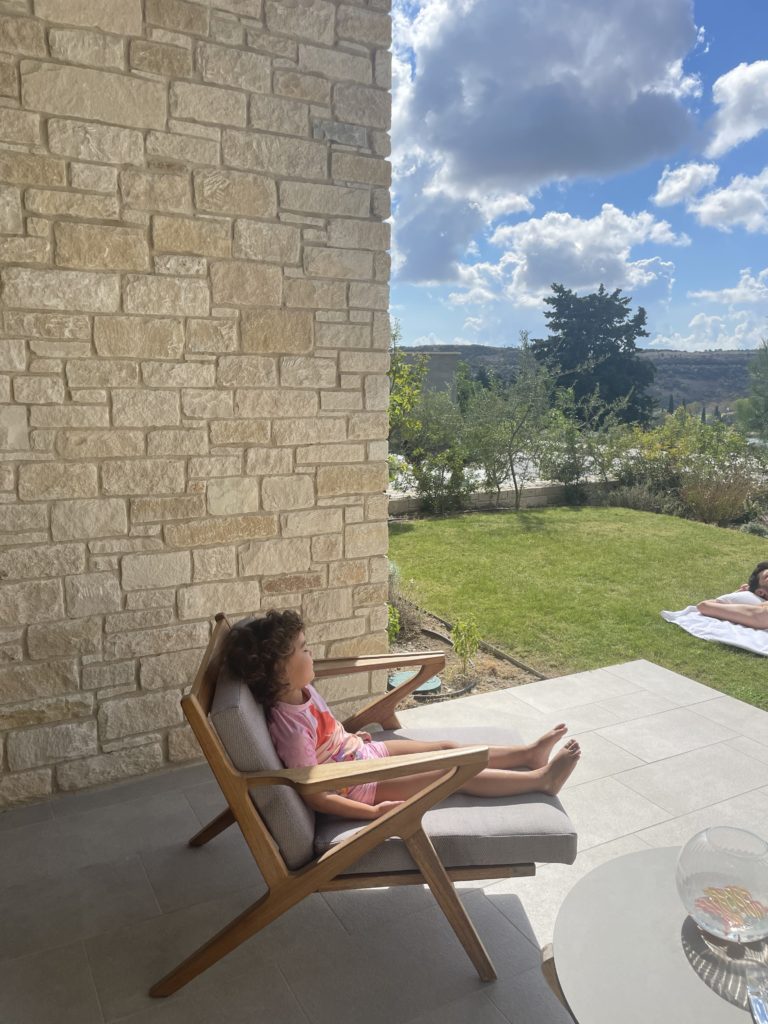
A good and accessible medical system
I inquired with Israelis who live here before moving and got good opinions about giving birth in Cyprus as well as about the doctors. The doctors here are available at any moment and give their personal WhatsApp for every contact and request, and as parents of a baby girl, this is something that was very important to us. In addition, as soon as residency in Cyprus is settled, you are entitled to government health insurance that covers almost all treatments and visits to doctors. The high availability of the doctors makes it possible to make an appointment for the same day both for specialist doctors and for treatments such as physiotherapy.
In addition, the attitude here is very personal and if you are thinking about getting pregnant and giving birth in Cyprus, in my opinion, this is one of the best places to do so. The gynecologist is also the obstetrician at birth, which is a significant difference, in addition, you can choose who will be the pediatrician who will examine the baby afterwards. The place of birth is determined by the hospital where the gynecologist works. For example, I gave birth in an excellent and intimate clinic. I had two nurses doing exercises with the physio ball and I asked for a private room with two beds. I gave birth naturally and Roman slept with me that night in his own bed.
Cyprus is a safe destination
Cyprus is considered one of the safest destinations in the world in terms of crime rates. In the 2020 report prepared by the travel insurance company Insurly, factors such as crime rates, road safety, violence, terrorism, natural disasters, and general health quality were taken into account, alongside air quality, sanitation, and risks of exposure to epidemics, Cyprus came in at 5th best place in the world.
British private schools and kindergartens
When we thought about moving to Cyprus, one of the things we thought could have a really good effect on our children’s future was the possibility of studying in English settings and actually having English as their mother tongue. We moved to Cyprus in 2021 and now Maya speaks English fluently and baby Sophie is in an English kindergarten and understands both Hebrew and English.
Private schools in Limassol: Foleys, Heritage, Silverline, Pascal, Golden Oak, American Academy, Grammer School, Island Island.
Private schools in Larnaca: Pascal, Med High, American
Private schools in Paphos: ISOP, NOVA, TLC, Aspire, a new school – Lumio
Possibility of living close to the sea and with a pool
I’ve always loved living by the sea, but with children, it’s a huge advantage. You can rent an apartment in a complex with a pool (which is what we do) or rent a private house with a pool. In addition, there are many hotels here and you can come to them and use the facilities such as the pools for a one-time daily price or make a yearly or seasonal subscription (for example, we have a yearly subscription at a four-star hotel close to home and we use the pools, the gym, and the indoor pool and sauna there in the winter).
Attractive taxation in relocation to Cyprus
In addition to all the advantages of living in Cyprus, if you live here for a few years, you can disconnect your residency, which means that you pay tax only in Cyprus and not in Israel, which is a significant economic difference! Taxation in Cyprus is significantly lower than most countries, especially for the self-employed.
It is important to note that the residency process as well as the issue of disconnection of residency should be done under the guidance of a company that specializes in this to avoid problems with residency or with income tax (double payment both to Cyprus and to the country you came from). In addition, because Roman and I are self-employed, the transition is a bit more complicated and requires the accompaniment of a Cypriot accountant, a residency separation lawyer, and an immigration lawyer in Cyprus.
Real estate investment opportunities
Cyprus has developed a lot in recent years, especially the city of Limassol, which has become a destination for many companies due to the low taxation, as well as a casino resort that will open soon and a new cruise port. Despite the rapid development of the city, the prices here still make it possible to purchase apartments at relatively low prices (you can find properties for 200-300 thousand euros) and get a high yield for the price (around 5.5-8 percent). You can make real estate investments even without living here, but it is much easier to make the investment and find a bargain if you live close by ?
We purchased two apartments here at low market prices in the center of Limassol and did a complete renovation for both of them with local architects and contractors. One apartment was for investment (rented from the first day we finished the renovation) and we have been living in the second apartment since the end of 2023. Now we started a new real estate project of building a building.
For several months Roman searched for a suitable area (in a central area and at a low cost for the market). When he found something he liked, he sent me materials to create a presentation with which we approached the investor.
The investor liked the idea and for several months we worked on closing the deal and at the same time we started working with architects on the design of the building. And yesterday the area finally passed the taboo and the project is being implemented ?
The plan is to build a small boutique building of three floors with six apartments in total.
So now the architects are in the final stages of creating the drawing of the building. With these plans we will go to get building permits, a process that, if all goes well, will take about a year. This is a big difference in this respect from Israel, where it takes five to seven years to get construction permits (from bitter experience), making Cyprus a more attractive investment for investors.
Real estate in Cyprus gained momentum during the Corona period, when the world realized that it was possible to work remotely and entire families felt that they needed to change their lifestyle. Cyprus, which is in a strategic location between three continents with similar weather to Israel, provides the answer to that need, for many reasons.
Real estate prices in Cyprus have jumped in recent years by tens of percent and in my view there is still room for improvement because the demand continues to rise every year and not only from Israel, but also from European countries such as Poland, Germany, and France. As you have probably already heard, there is a very large population of Russians and Ukrainians in Cyprus following the war between the countries. The country’s solid economy, high-tech companies that move to Cyprus because of the low taxation, tourism companies like Royal Caribbean that come on a weekly basis in the summer, self-employed people who are tired of paying high taxes and finance companies make Cyprus an attractive destination for foreign investments.
Property prices in Cyprus are significantly cheaper; you can still find an apartment for under NIS 1 million and a house within walking distance of the sea for NIS 2 million. Bottom line, you should come to Cyprus and check if it is suitable for you, too.
I recently got to meet Itai Erez, owner of Winest Group, a company specializing in real estate investments in Cyprus and personal support for investment and/or purchasing a property for private use. I was really impressed with Itai, because he is both very professional in the field, while also very genuine and honest.
He assists in relocations to Cyprus in collaboration with a team of local people in the major cities (Limassol, Larnaca, and Paphos), to find the best investment for the clients.
The escorting process is carried out in full transparency with all services under one roof. Starting with a face-to-face meeting for personal introductions (free of charge), then locating the properties, a personal tour of Cyprus, alongside help with the legal aspects of the purchase process, renovations, and even finding a tenant if necessary.
If you are interested in real estate investments in Cyprus or are thinking about relocating to Cyprus and want professionals to help you in the process, send email to contact [@] trvbox [.] com and they will get back to you from Winest Group.
Pin below to save on Pinterest
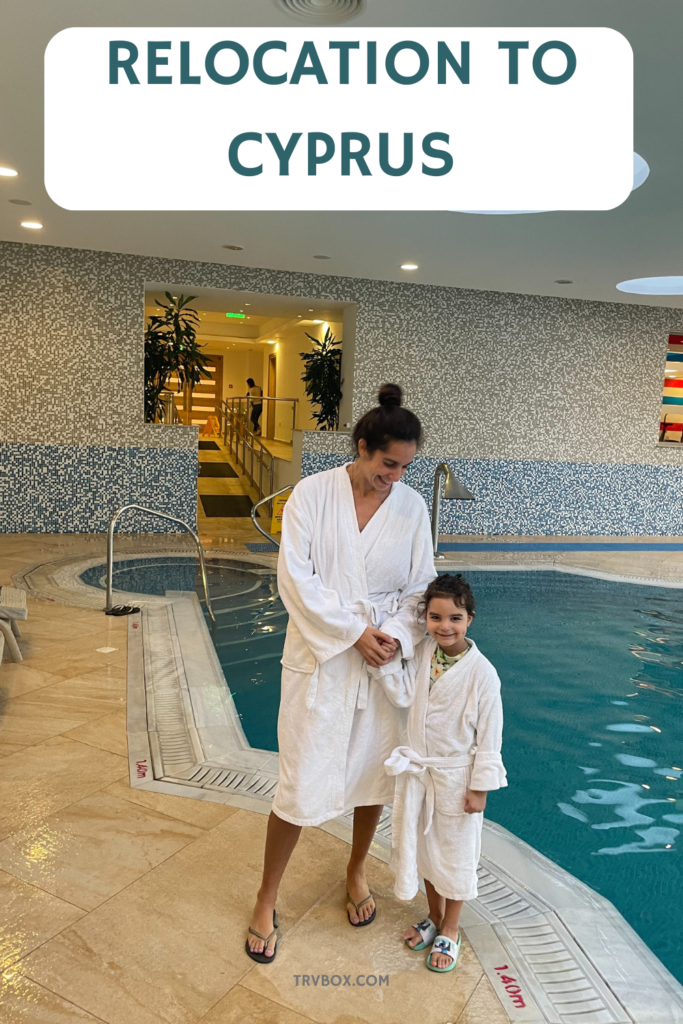
We moved to the city of Limassol in May 2021. It is the second largest city in Cyprus, as well as the most modern, and most expensive one. Since we moved here, many new restaurants, cafes, and shops have opened, and luxury towers have been built and boutique hotels have opened. In addition, a deep-water port was established here, one that allows the docking of cruise ships, and last year the resort with the largest casino in Europe was opened. The city is constantly developing and has become a perfect vacation destination. If you are coming to Limassol with children, I wrote a detailed guide with recommendations on Limassol with children.
Combined shopping and cafes
The easiest way is to put the NYX hotel in Google Maps.
And already there to start with a coffee and from there go out the side door straight to the shopping street Anexartisias Street, where you will find shops of local and international brands such as H&M, Zara, Mango and more…
And if you feel like buying cute things, you will also find the Flying Tiger store there.
I personally also like the Greek clothing brand BSB, especially their summer collection.
Additional and recommended coffee stops on Anexartisias Street are:
- Stories Cafe, that specializes in coffee and fresh croissants as well as in surprising flavors such as mango and berries.
- Astry Cafe, that specializes in coffee, bread, pastries and delicious desserts.
In addition, it is recommended to turn in the alleys so you can reach boutique fashion and jewelry stores (put Agiou Andreou Street in Google Maps).
If you are looking for more brand fashion stores, you can go to the MyMall mall, which I will detail later.
You can get there by taxi or bus line 30 (in front of the NYX hotel there is a bus stop).
And if you are looking for toys, gifts, household items and more, there are two branches of the Jumbo chain in Limassol.
Lady’s Mile
If you want to really feel like you’re on vacation in Limassol, then you have to go to the Lady’s Mile area (relatively close to the mall and the COD resort), it’s an area of a stunning beach and all along it there are different restaurants with sunbeds, food, and an amazing atmosphere. We personally really like Columbia Sun, which is relatively new and has pampering sunbeds and a luxurious atmosphere (and so are the prices :))
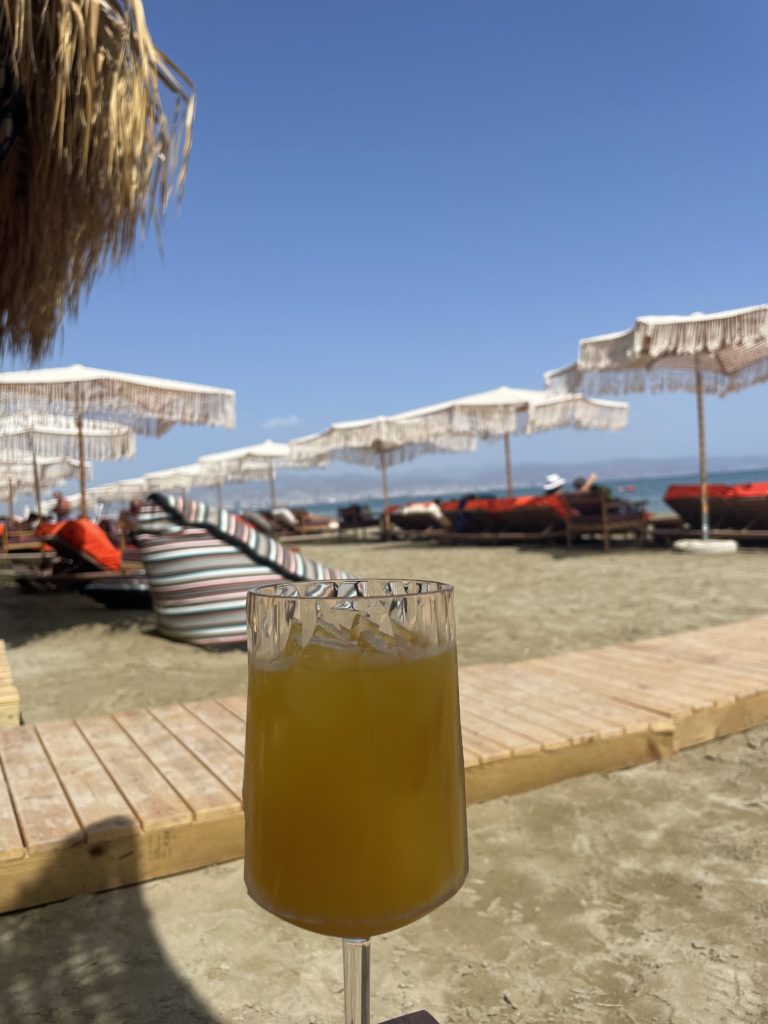
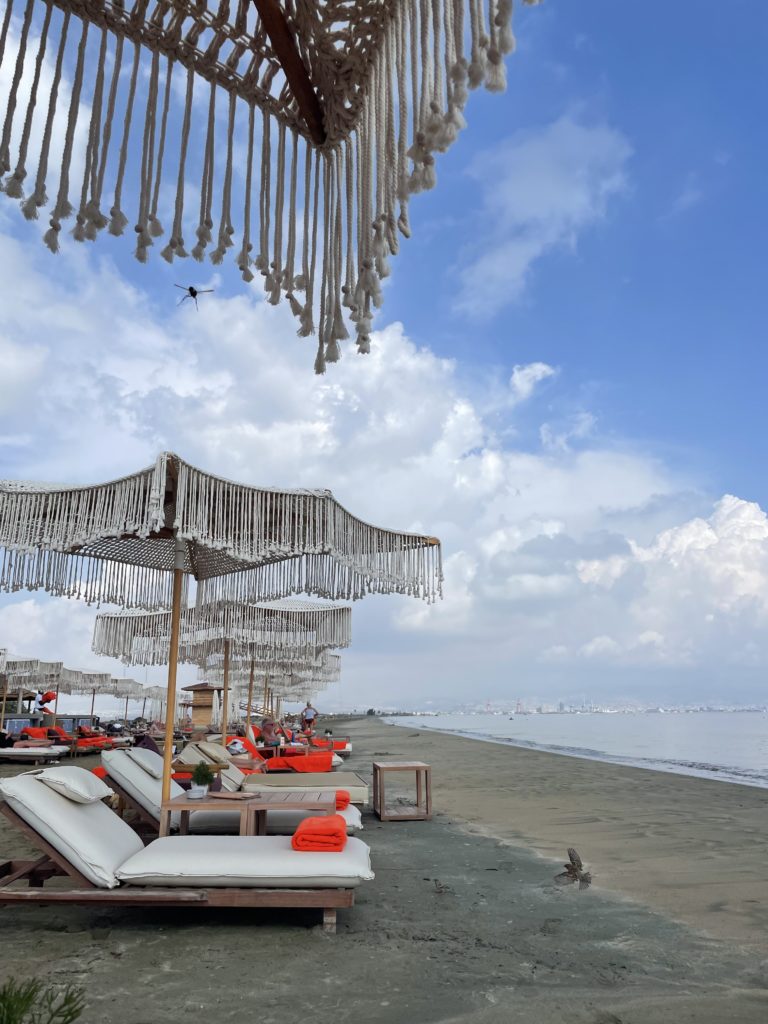
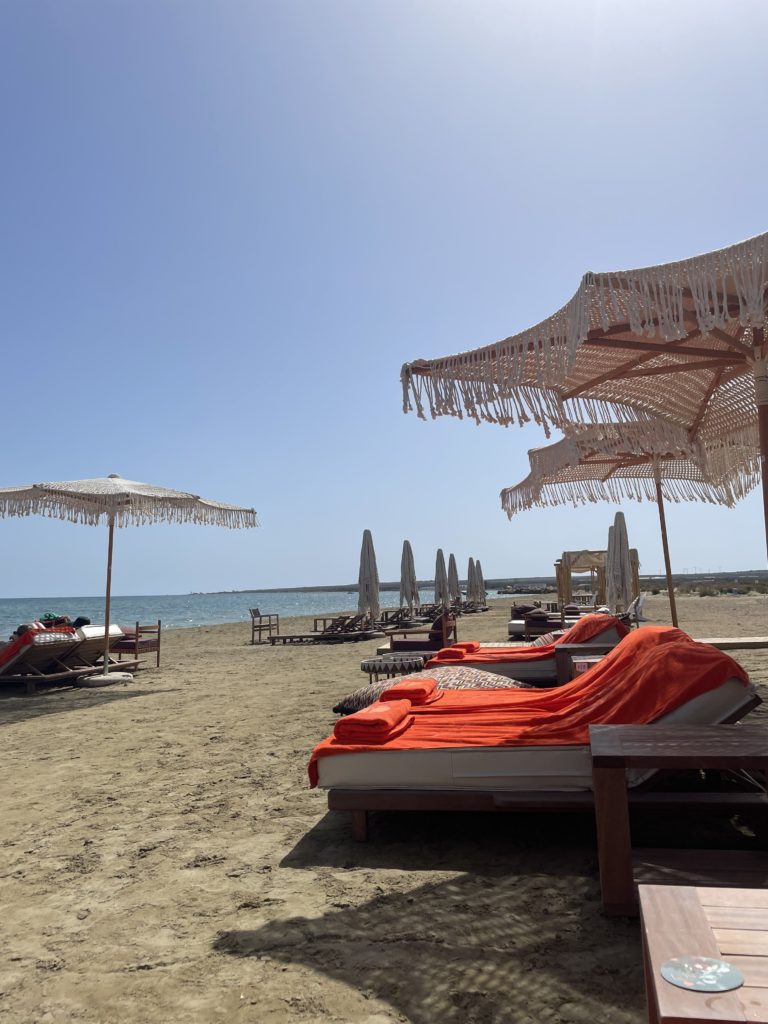
Casino
A year ago, a resort with the largest casino in Europe was opened in Limassol – the City of Dreams resort. I haven’t had the chance to go to the casino yet, but the novel has. This is a really big and well-invested casino. You get free drinks (no food). The entrance is open to everyone, even those who are not guests of the hotel.
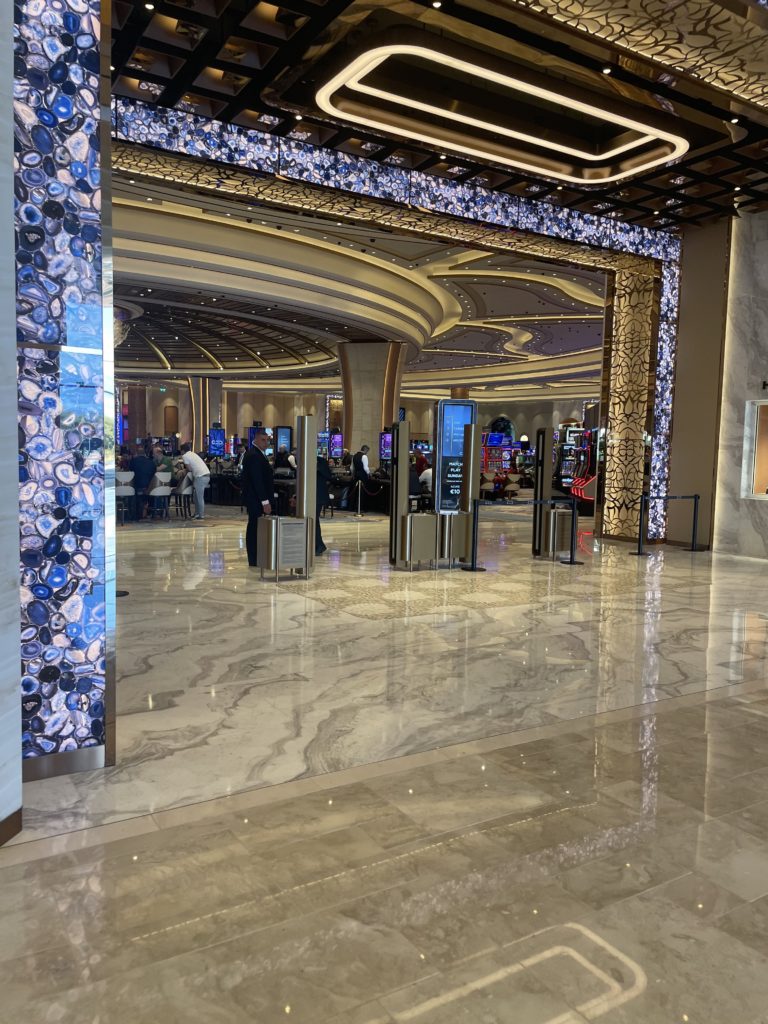
Taverns with live music
I haven’t had the chance to be in a tavern with live music yet, but when my mother was here with friends, they went to the Nefeli Tavern and had a great time. They said that the food wasn’t very successful but there was a really good and happy atmosphere. In addition, there is also the Mageirio Tavern, which also has good recommendations.
Please note: the taverns are only open on Friday and Saturday evenings and reservations must be made in advance (it is advisable to reserve a place at least a week in advance). Both taverns are located in the old town.
Promenade and marina
The promenade of Limassol is 15 km long. At one end you will find the luxury hotels like Parkalne and Amara and at the other end the marina. Almost the entire length of the boardwalk has bike and walking tracks as well as bike rental stations along the way. In addition, there is the line 30 bus that starts from the Parklane Hotel and continues to the port, the marina, and then to the mall. Along the boardwalk you will find various stands of coffee or natural juices and in the marina area there are many restaurants and bars. In the area close to the marina called Molos you will also find several large playgrounds and a wide area of the boardwalk where the children can ride scooters.
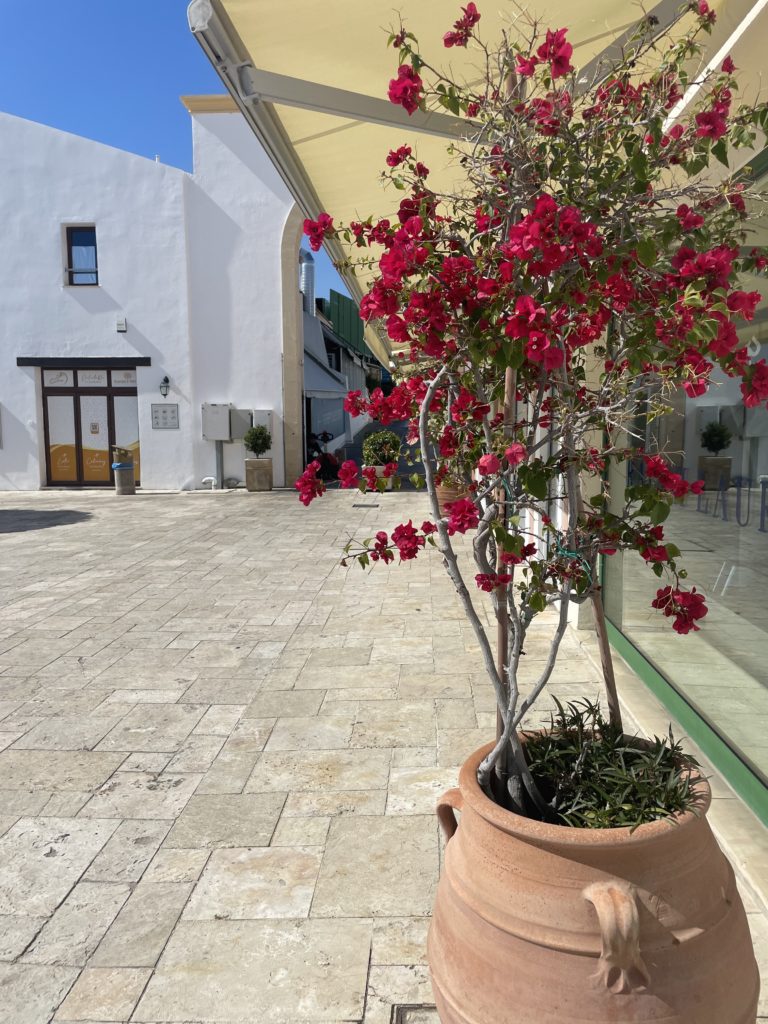

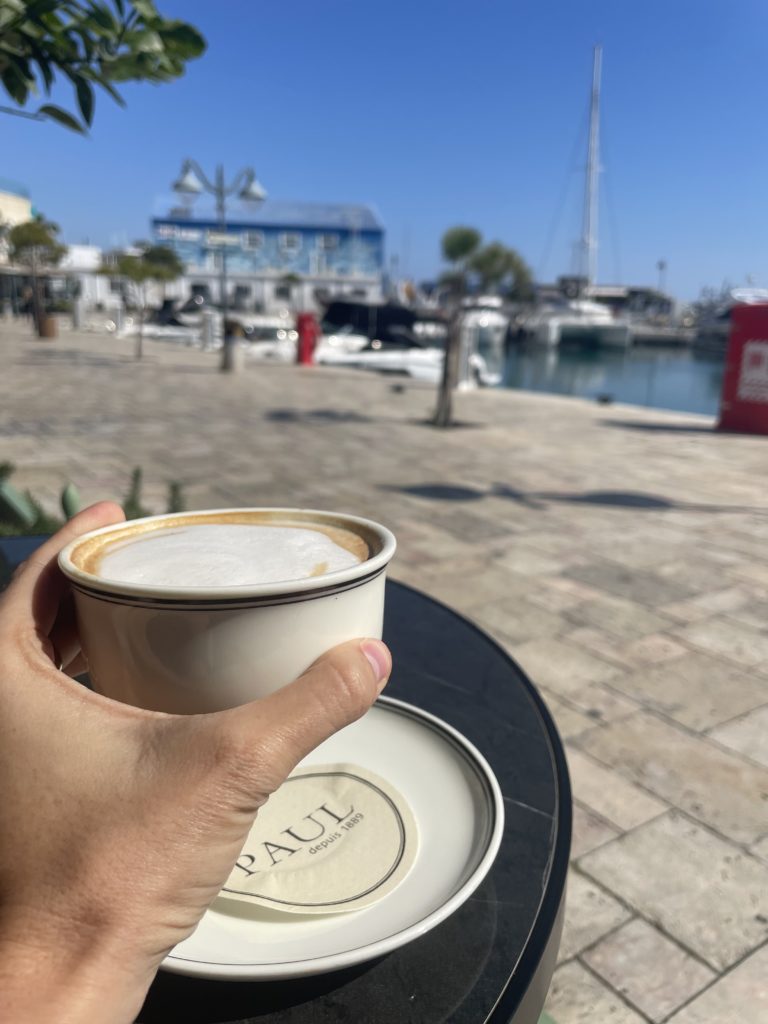
The old City
From the marina area you can also go to the old city, which is charming in my eyes and especially worth visiting in the evening. It has stunning alleys and lots of bars and restaurants. Our favorite bar there is Da Vinci, but if you just want a coffee or something to drink then the Novak Bar Cafe (new place) is a great option, or if you are looking for a special restaurant you have the TIO restaurant, and a modern and new Mexican restaurant is also recommended.
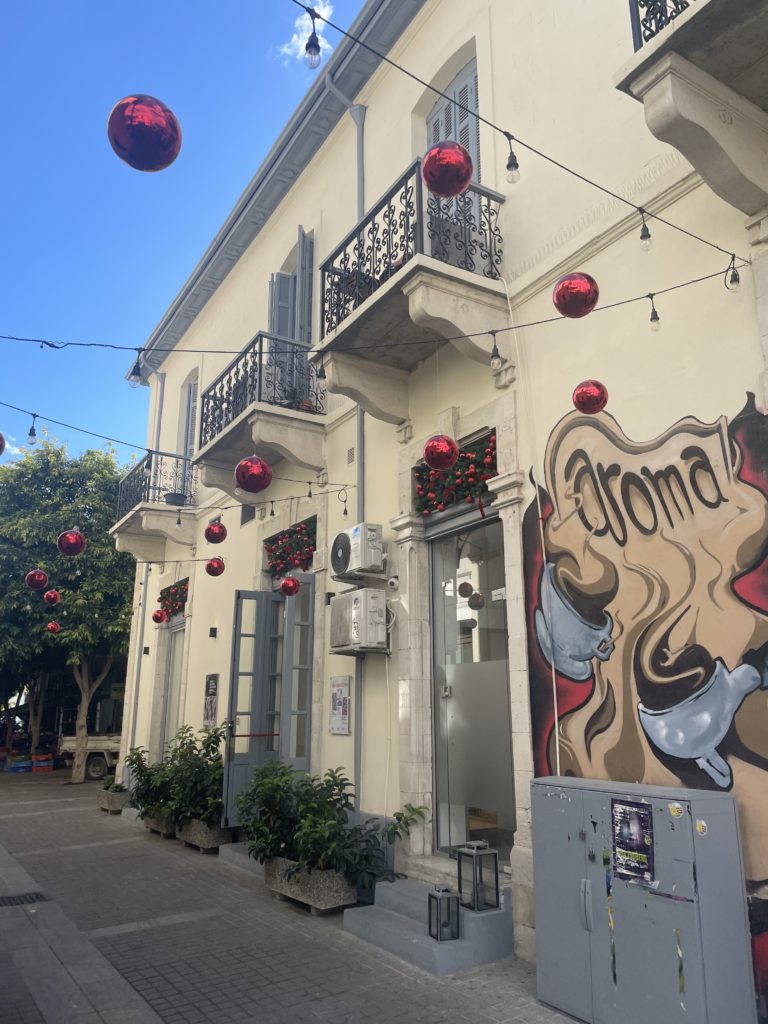
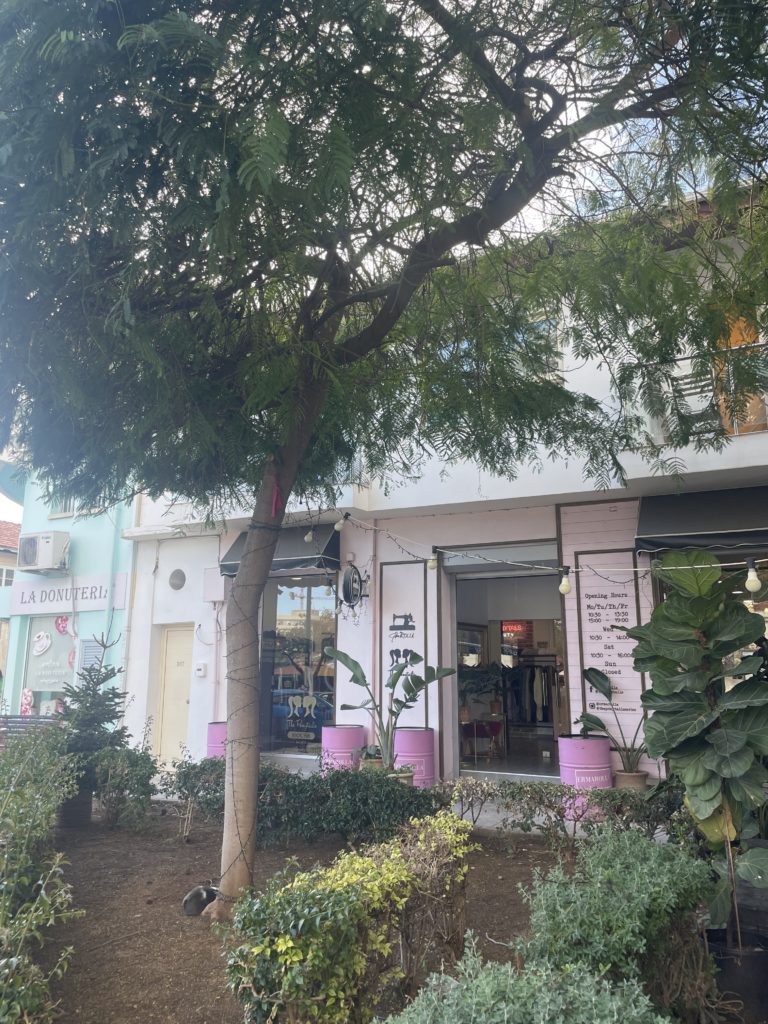
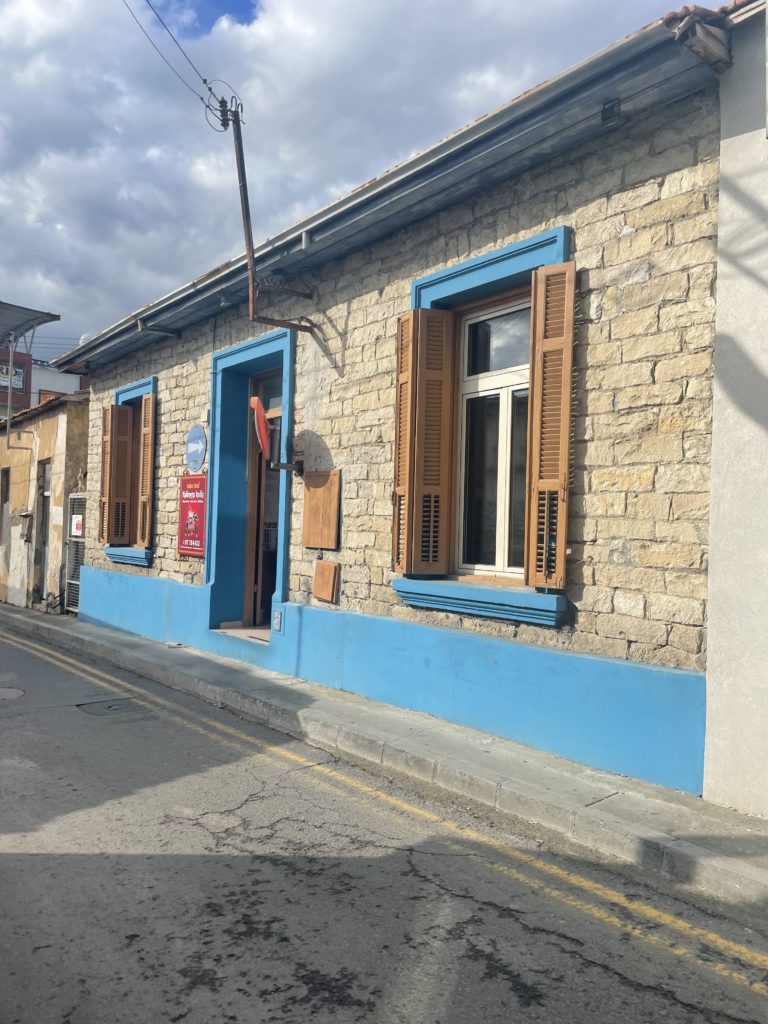
Mymall mall
I don’t like shopping malls but I know many others do 🙂 It is important to know that in Limassol there is only one shopping mall called Mymall. It is relatively large and has many fashion brands, sports stores, and more. Downstairs there is also an ice skating rink and a children’s playground and game machines. On the top floor you will find several restaurants including TGI, McDonald’s and Ocean Basket (a local seafood chain). You can get to the mall on line 30 by bus, taxi or car (there is a huge free parking lot there).
Coffee shops
There are a lot of cafes in Limassol, but it is hard to say that they are all good. So I will give you a list of the cafes that I like the most and that have the best coffee in Limassol.
Our regular café, La Barista – excellent coffee, some desserts and pastries baked on the premises and the owner of the café, Tony, is really charming.
Inex Cafe – cafe and bike shop with good coffee, some desserts and sandwiches and has a breakfast and lunch menu.
The Cookhouse Cafe – excellent coffee and really delicious breakfasts, also suitable for lunch and dinner (I love their quinoa salad).
Stories Cafe – great coffee and fresh croissants
Espresso Drops Cafe – outdoor cafe with good coffee, really tasty sandwiches and burgers
The Shopkeeper Cafe – great coffee and a menu with light food.
Nomad Bread Cafe – they have several branches – good coffee, great desserts (also for those looking for healthy options), delicious breads and good sandwiches.
Cafe Toucan – great coffee and a menu for breakfast and lunch – I love their Sirenki (Russian cheese pancake) and their sausage sandwich.
Uluwatu Specialty Coffee – excellent coffee for takeaway and some options for healthy desserts and sandwiches.
Bike & Bean Coffee Station – great coffee and some healthy desserts and sandwiches as well as a bowl of muesli or acai. There are a few individual places to sit outside.
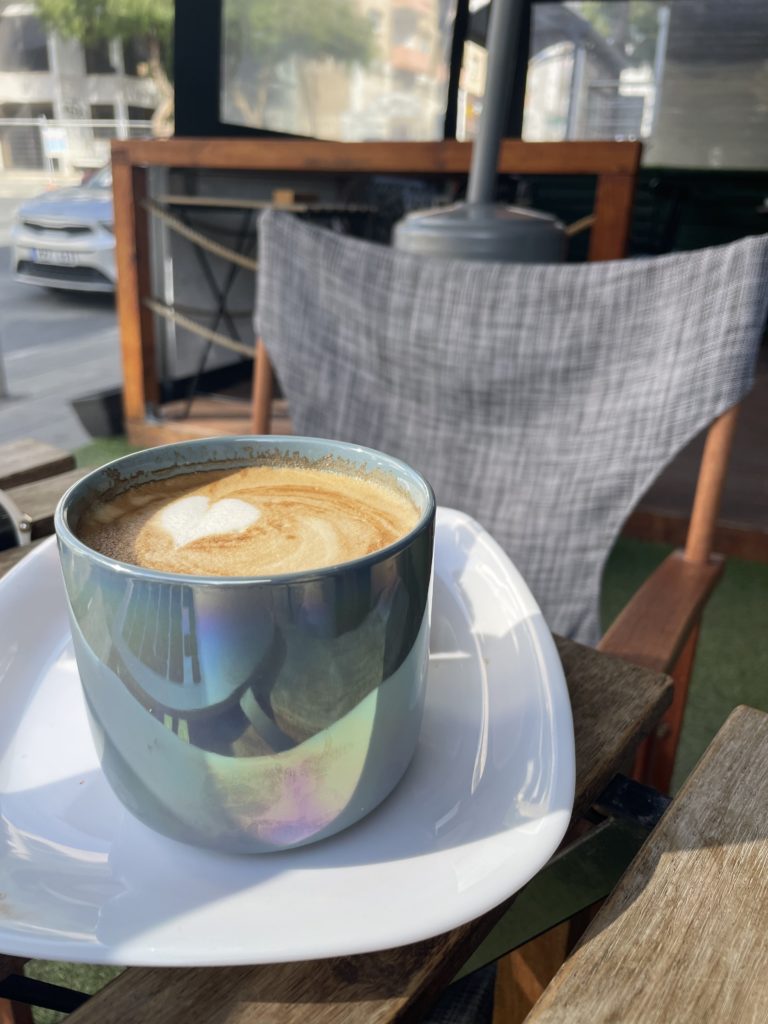
Picture above : La Barista Cafe
Wagmi Cafe – a great new cafe for people looking to work from a cafe. It has seating for working on the laptop. There is great coffee, desserts and food and it is open every day from 07:00-22:00. Directions.
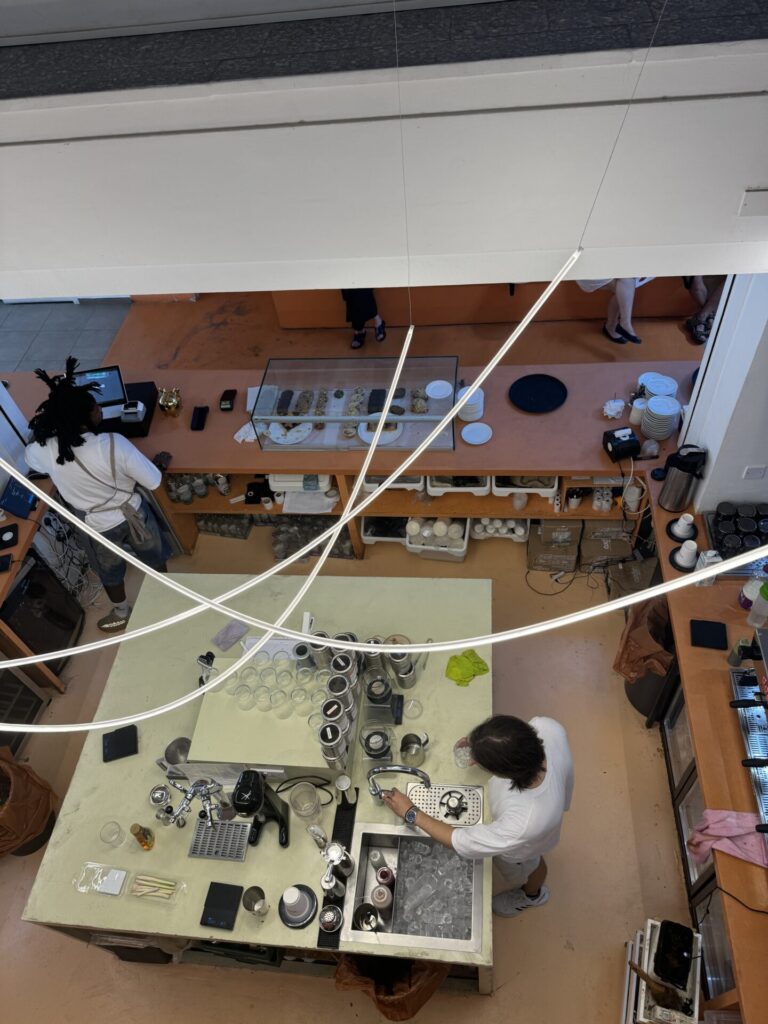
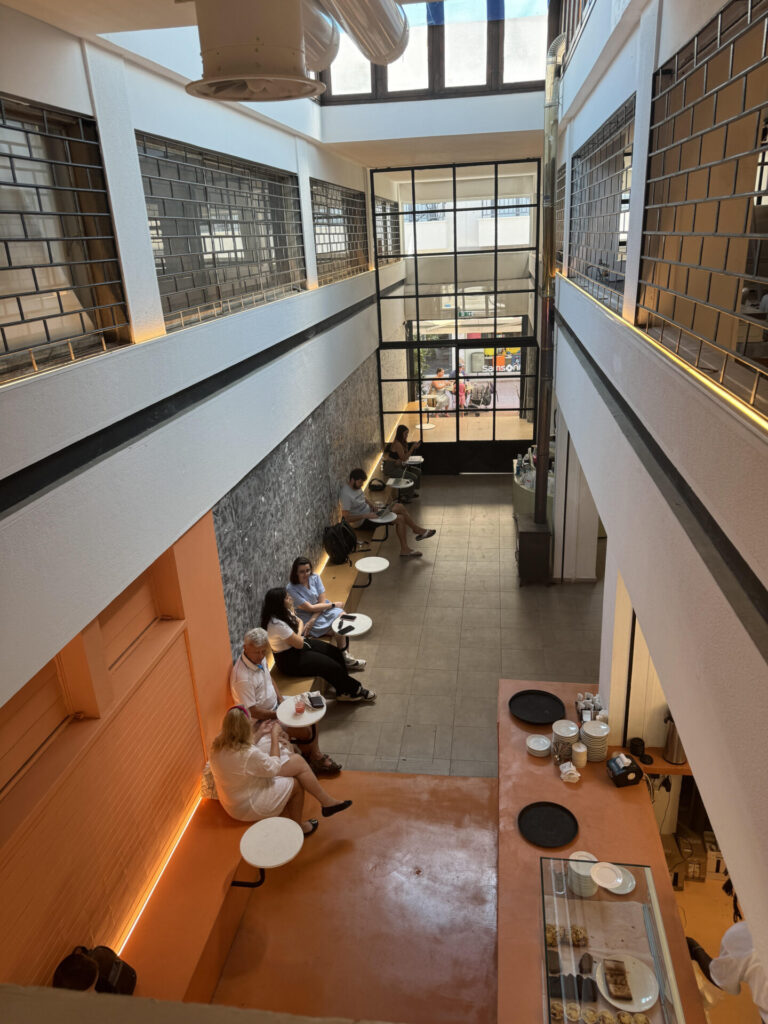
Recommended breakfasts and brunches
We have found several places with breakfast that we really liked, some in cafes, some in restaurants, and some in hotels. I wrote a detailed post about all the recommendations for breakfasts and brunches in Limassol.
If you are in the old city area, I recommend the breakfast at Jam Limassol.
If you are in the city center, then Cookhouse.
If you are on the boardwalk in the resort area, then Malindi.
You are also welcome to take a look at my Instagram because I share quite a lot about restaurants and cafes in Cyprus and maybe there will be something that will catch your eye there, but which I haven’t had time to update in the blog yet.
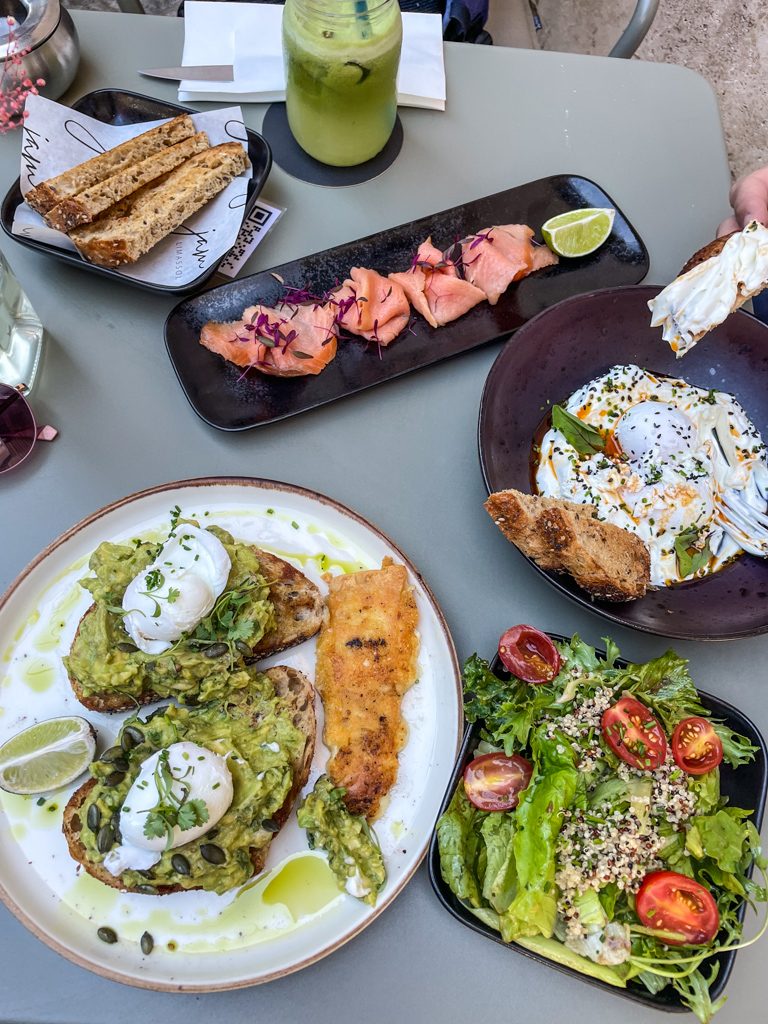
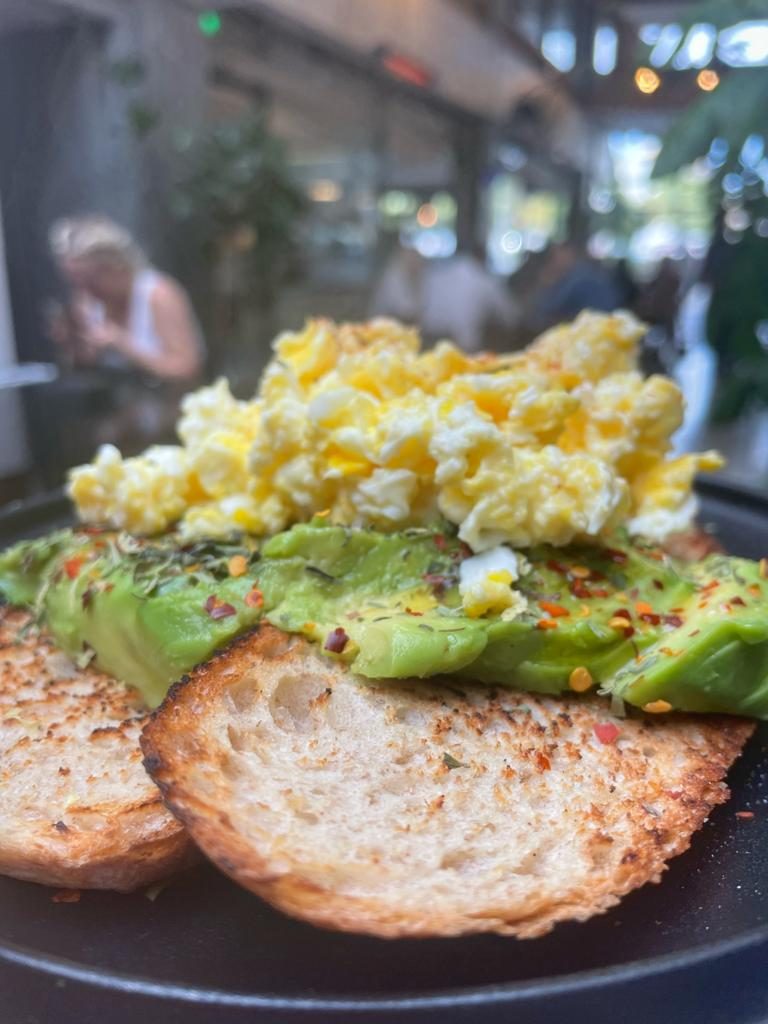
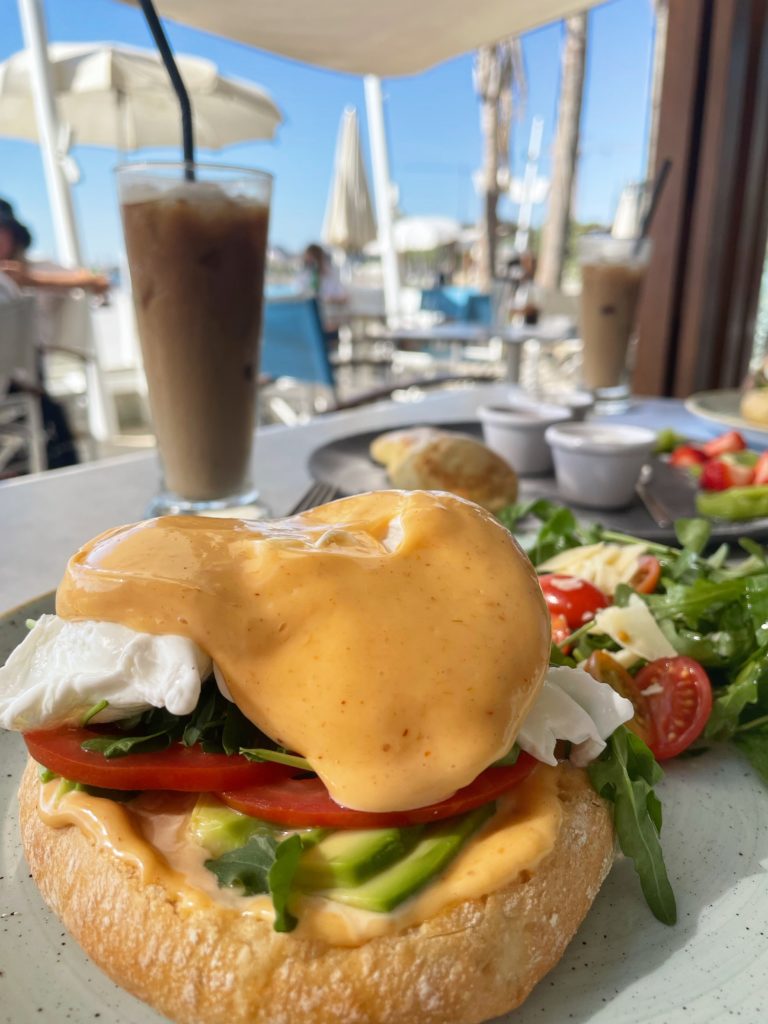
Recommended restaurants
Limassol and Cyprus in general are a bit stuck in the ‘80s but the whole culinary world is improving day by day on the island and new restaurants of a higher standard are opening all the time. There are some excellent Asian restaurants, Israeli restaurants, local Greek restaurants, Mediterranean restaurants, gourmet restaurants, and more… I wrote a detailed post with the recommended restaurants in Limassol. If I have to choose one worthwhile meal, it would be at the Dionysus Mansion restaurant, a Greek restaurant in the old city that never disappoints (I really like its dishes).
If you are looking for a Meze meal (a Cypriot meal in which first courses and many meat or fish dishes are served) then the most recommended restaurant for this is called Meze tavern. We tried the fish market there and really liked it. It is important to reserve a place in advance because there are not many places there.
Places to see in Limassol
Prastio Waterfall
The Prastio Waterfall is recommended mainly in the rainy season, but even when there is no water in the waterfall, it is nice to walk there. You can only get there by car or taxi and it’s about a 20 minute drive from the city center. It is a beautiful area for nature for those who want to do a hiking trail. Just note that there are areas with spikes, so it’s worth coming with comfortable shoes and no socks. You cannot travel there with a stroller, so if you come with a baby, bring a carrier. During the rainy season there is a sandwich truck and an ice cream truck, but when there is no water in the waterfall, there isn’t much to eat in this area.
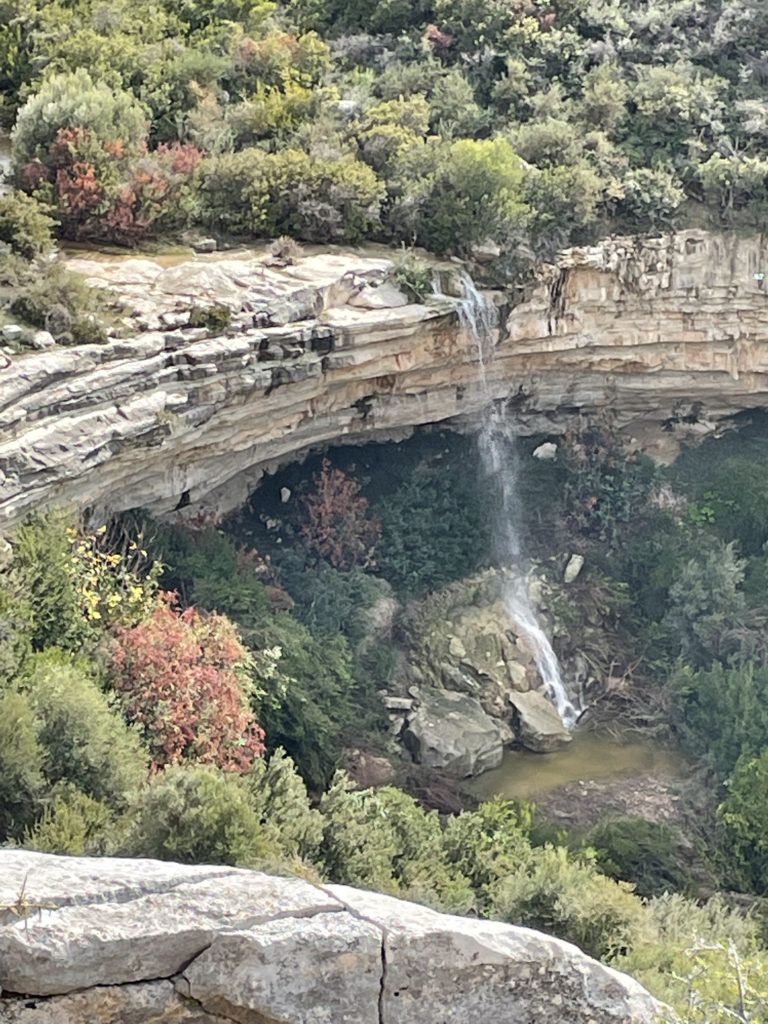
Yaramsoya Dam
The Yaramsoya Dam area is one of our favorite areas in Limassol. A beautiful and calm place. In principle, you are allowed to enter the water, but the locals warn of eddies. If you want to take a little walk here – put this location or if you want to have a picnic, put this location .
The White Stones
The White Cliffs – we came to this place by chance and were really fascinated by it. This is an area of natural white cliffs with small bays from which you can enter the water and in addition there is a huge tavern nearby, Agios Georgios Alamanou Fish Tavern is very suitable for families and groups, because there are large plates of meat and fish and a large variety of foods. The tavern is really suitable for those who come with children, because there is an area with trampolines and some games for children.
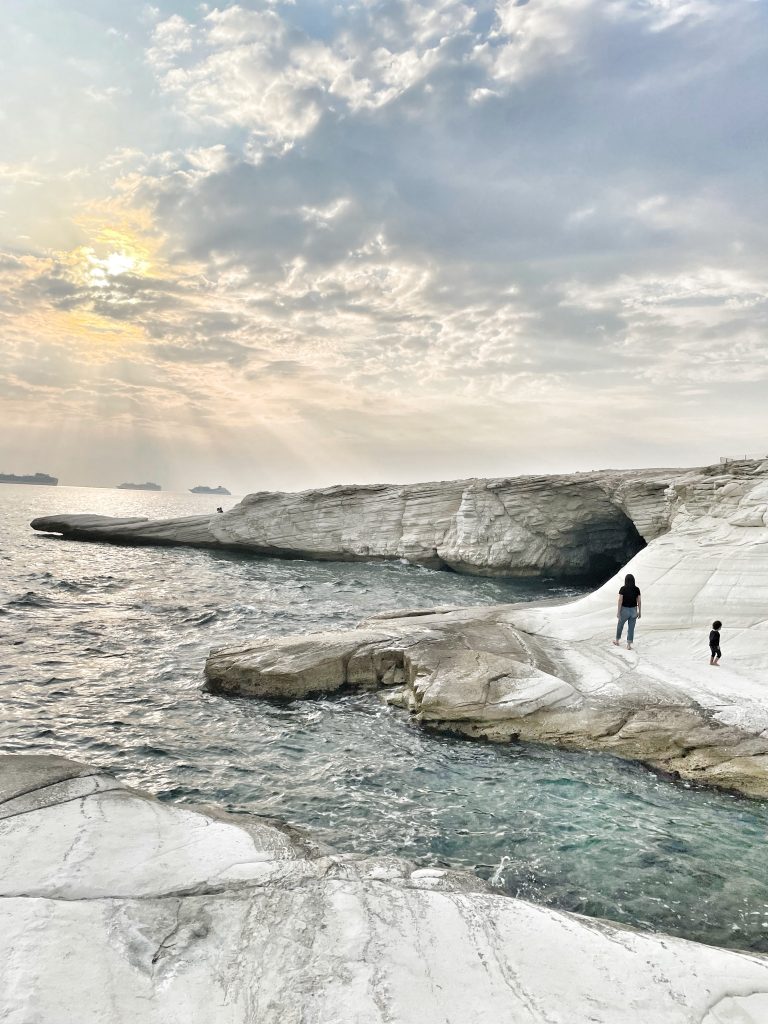
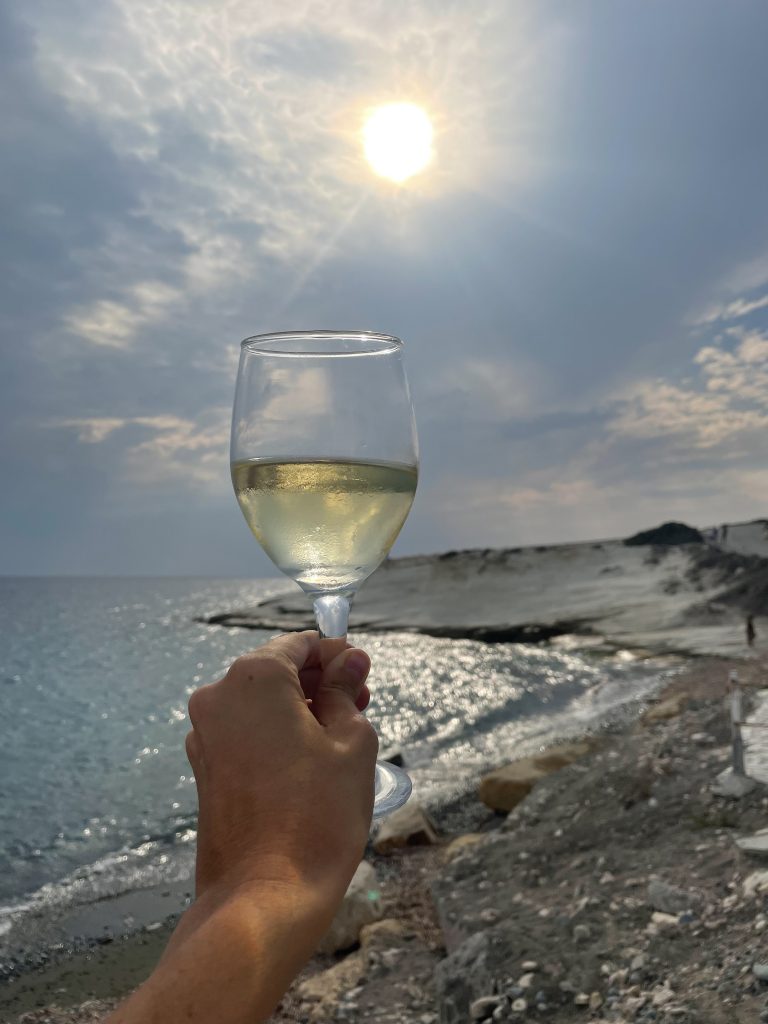
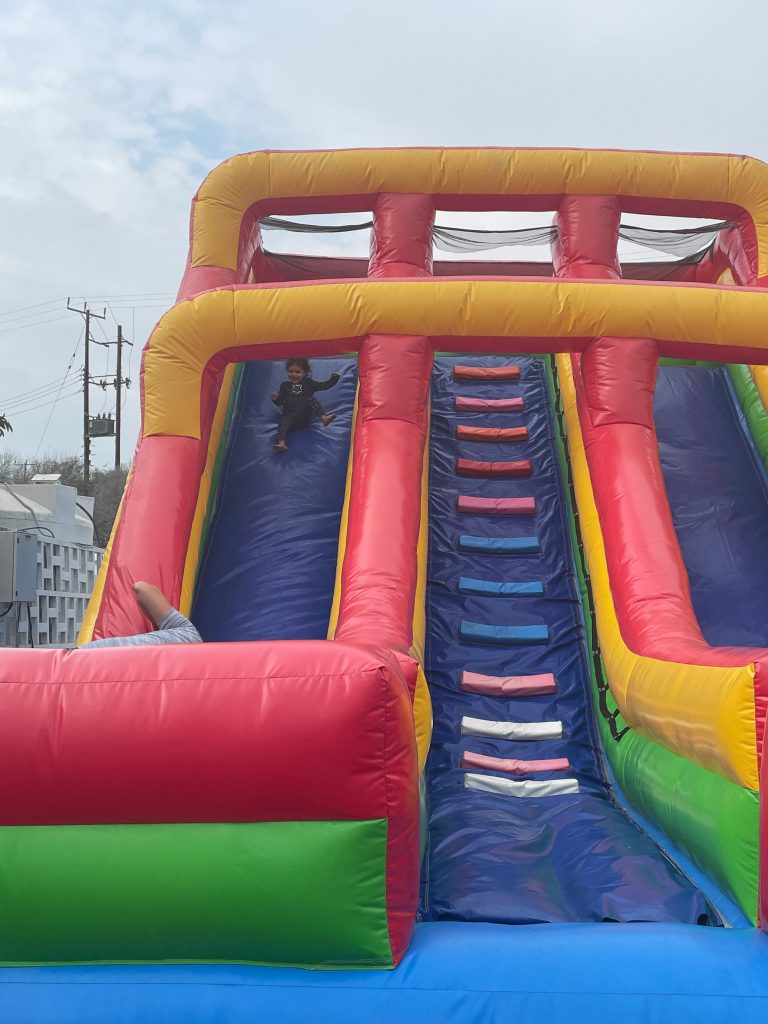
Villages in the district of Limassol and the surrounding area
Our favorite villages in my area of Limassol: a distance of between 10-20-minutes-drive are
Kalavasos – a magical village with three taverns and a boutique hotel.
Trocni – a medieval-looking village with two excellent restaurants.
Fasoula – a village with a beautiful monastery and a really good tavern.
Zigi – a fishing village with many fish taverns and a special nursery.
You can find all the details in the post about the villages and trips in Limassol.
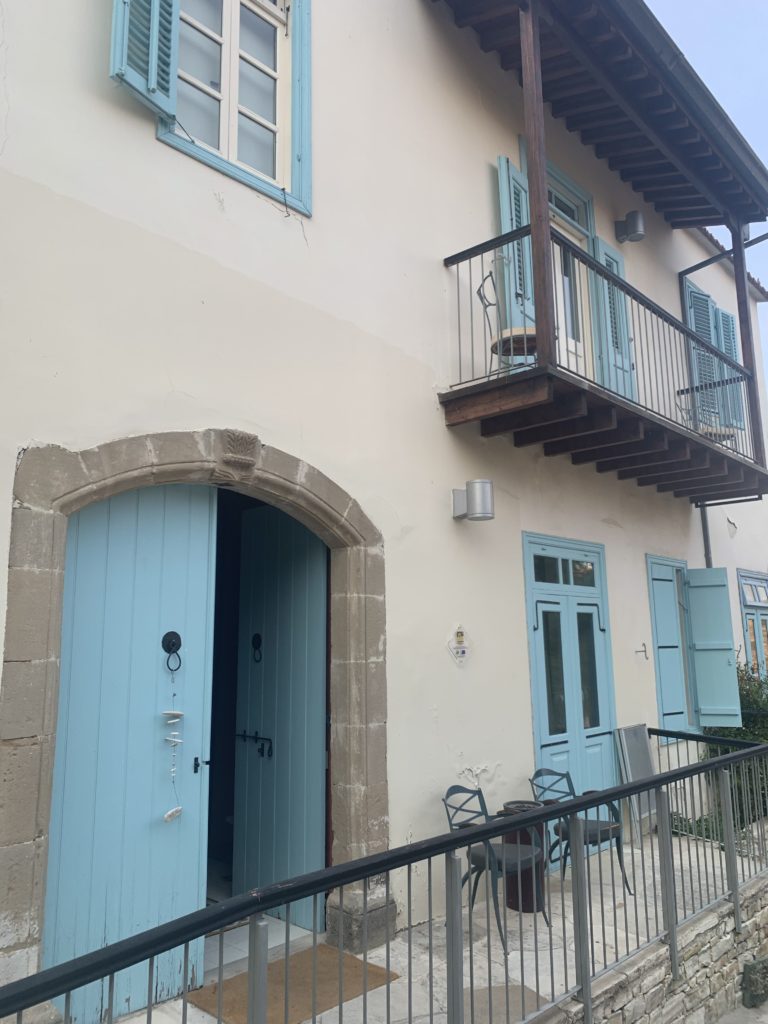
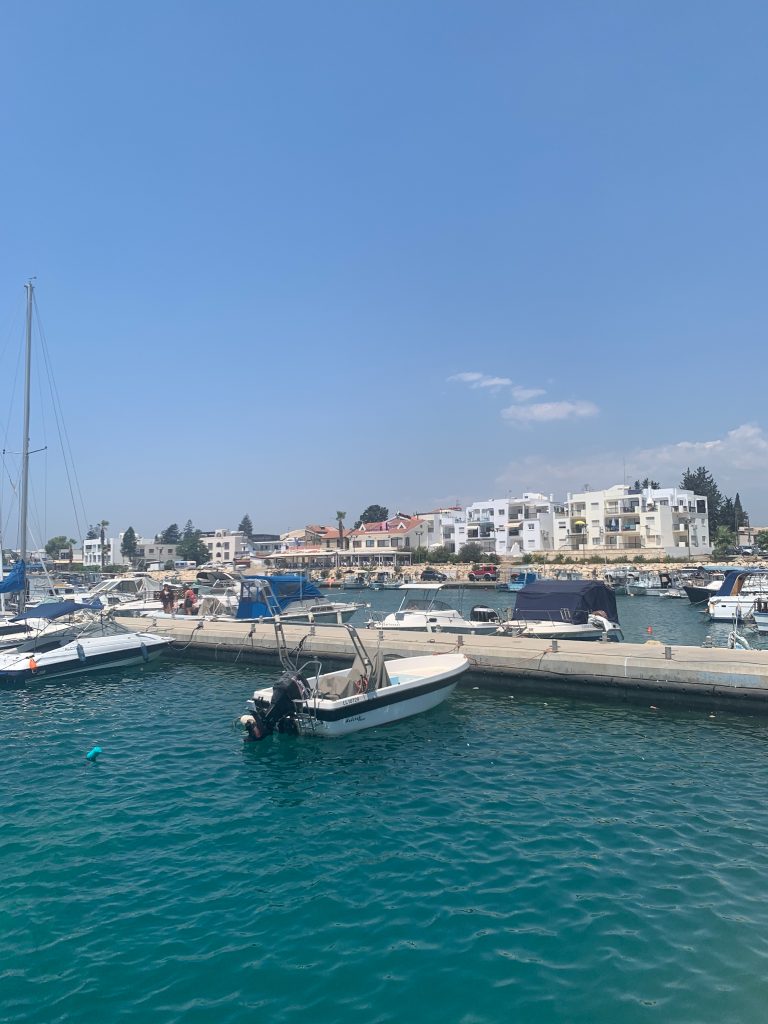
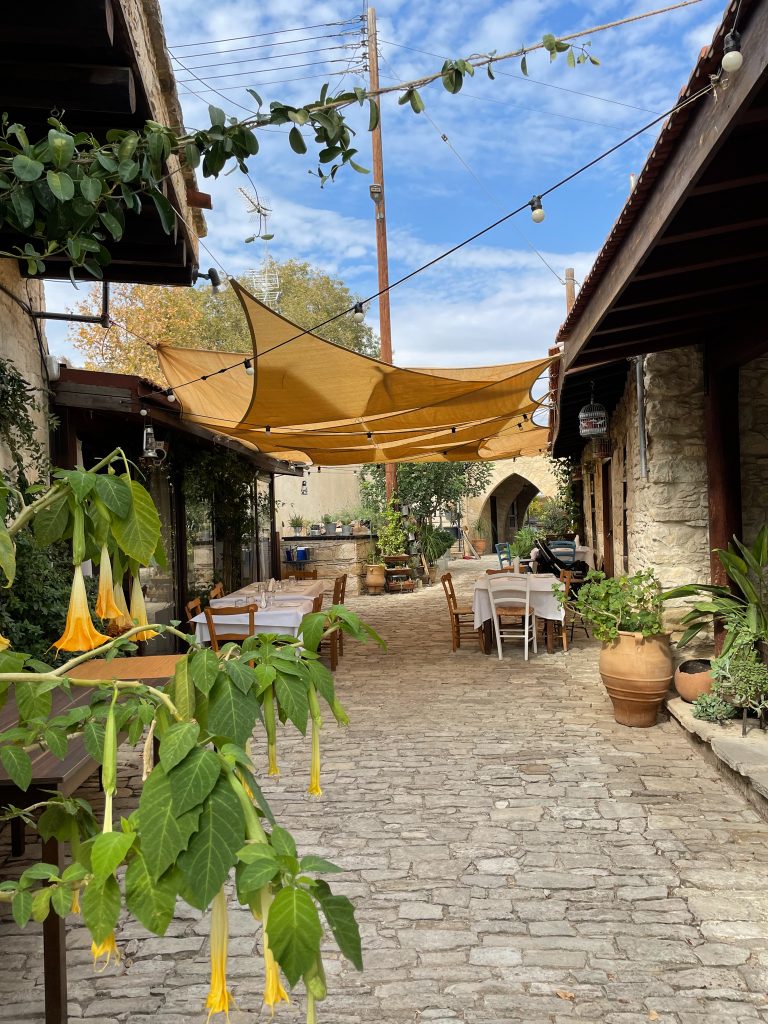
Germasogia Dam and Kayaking
The Yermasoyia Dam area is a beautiful spot to visit. Along the road that crosses the dam, you’ll find several scenic viewpoints, lovely picnic areas, and short walking trails. It’s also possible to drive right down to the water and enjoy a dip — just keep in mind that locals warn of possible whirlpools, so it’s important to stay close to shore if you go in. It’s also recommended to wear water-friendly sandals, as the ground is covered with small stones.
In addition, with prior arrangement, you can enjoy a kayaking experience in the area.
For bookings, contact:
+357 99853386
+357 97730811
Link to a great picnic spot – Finikaria Picnic Site
Link to the kayaking and water access area
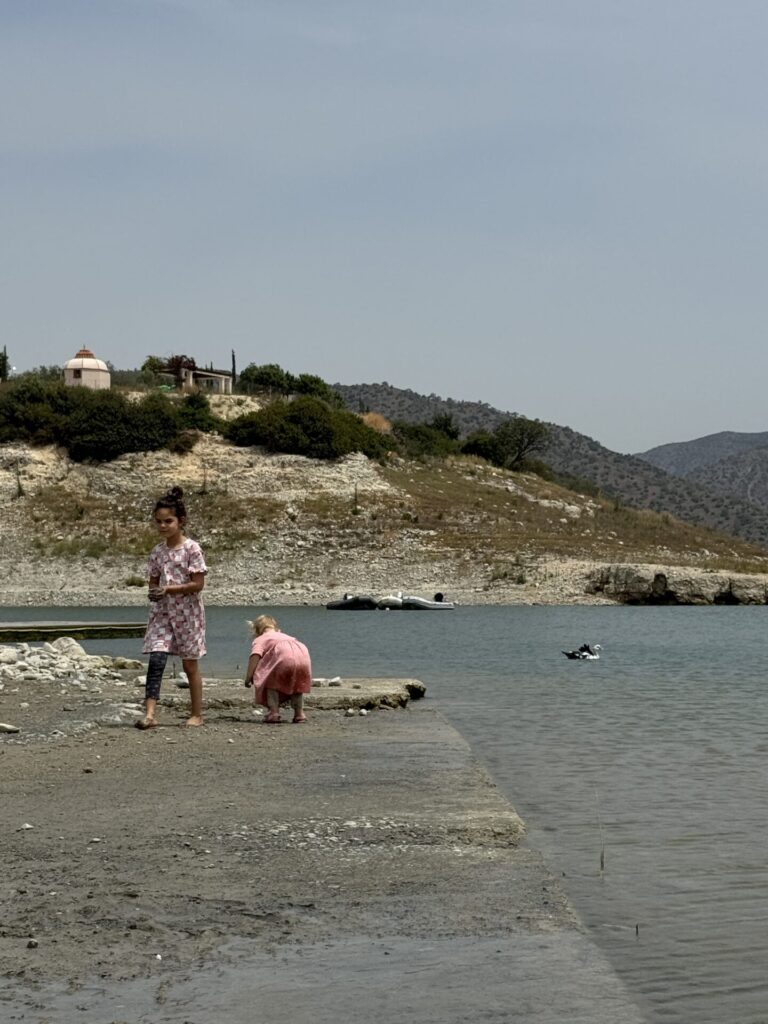
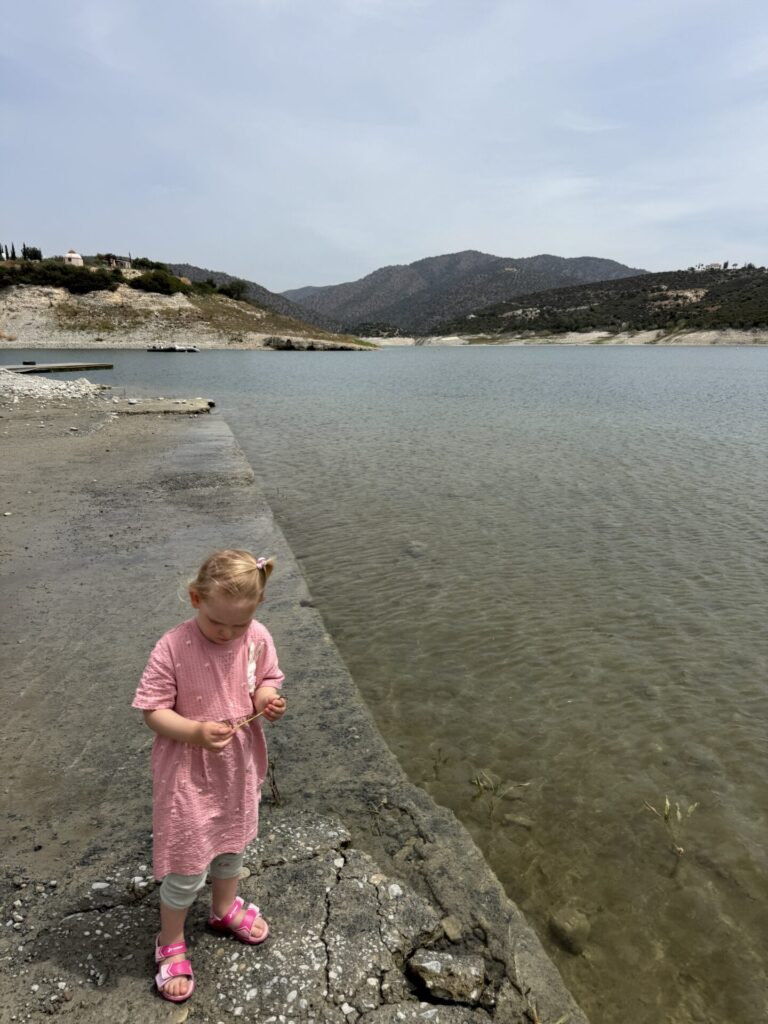
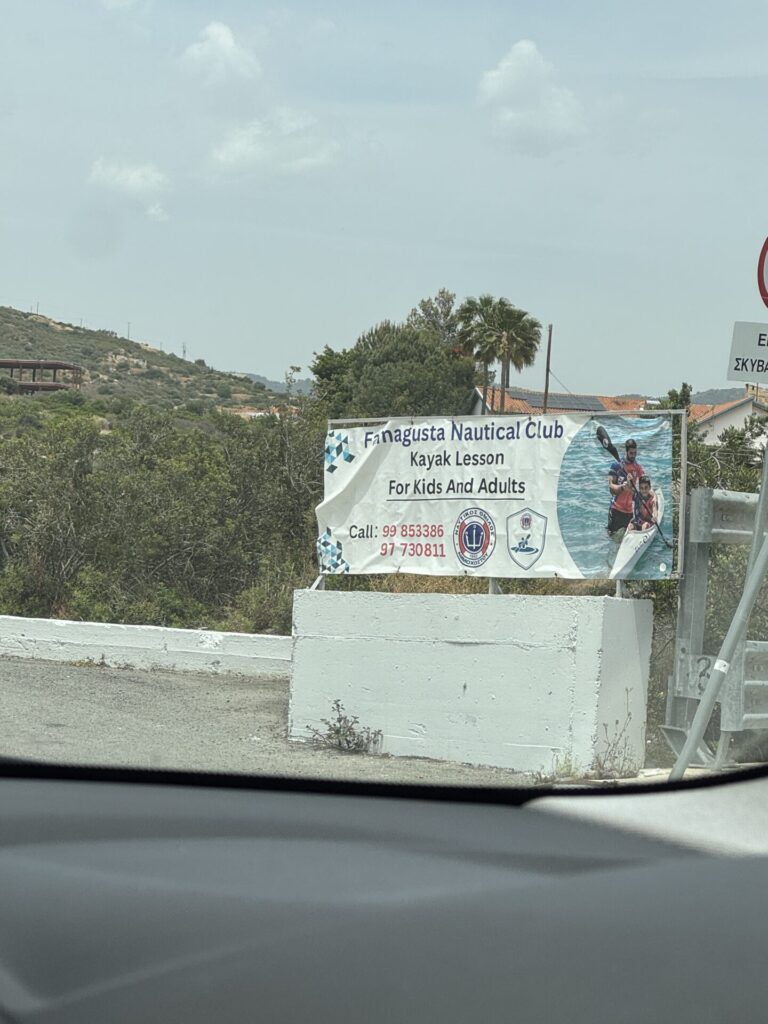
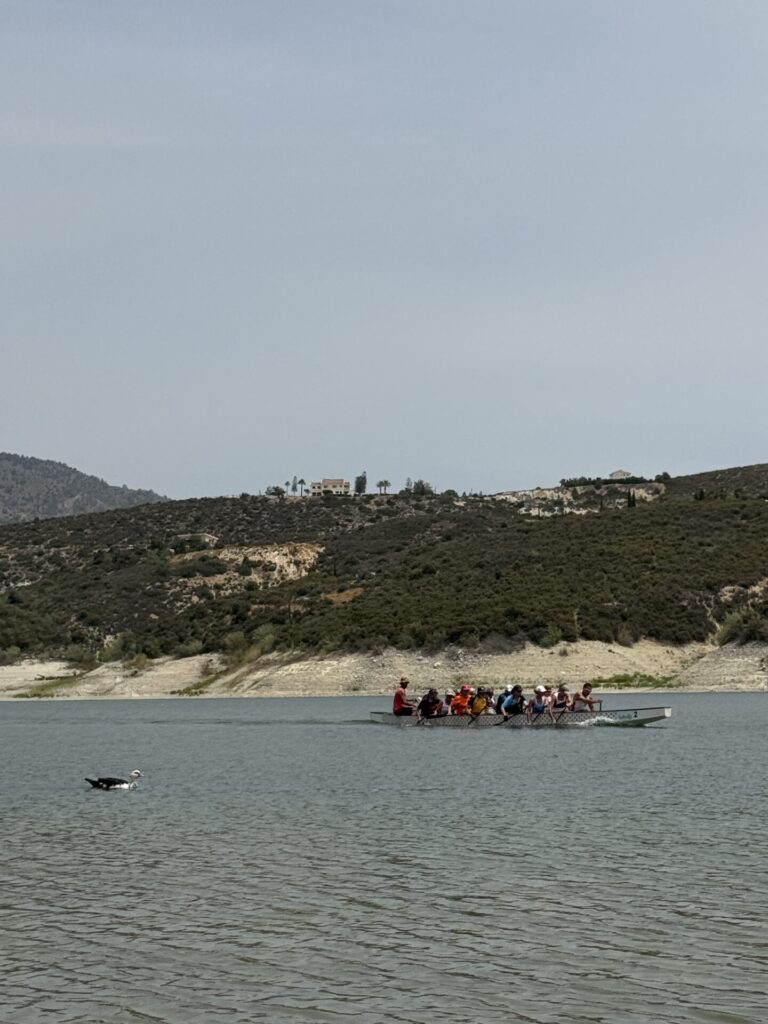
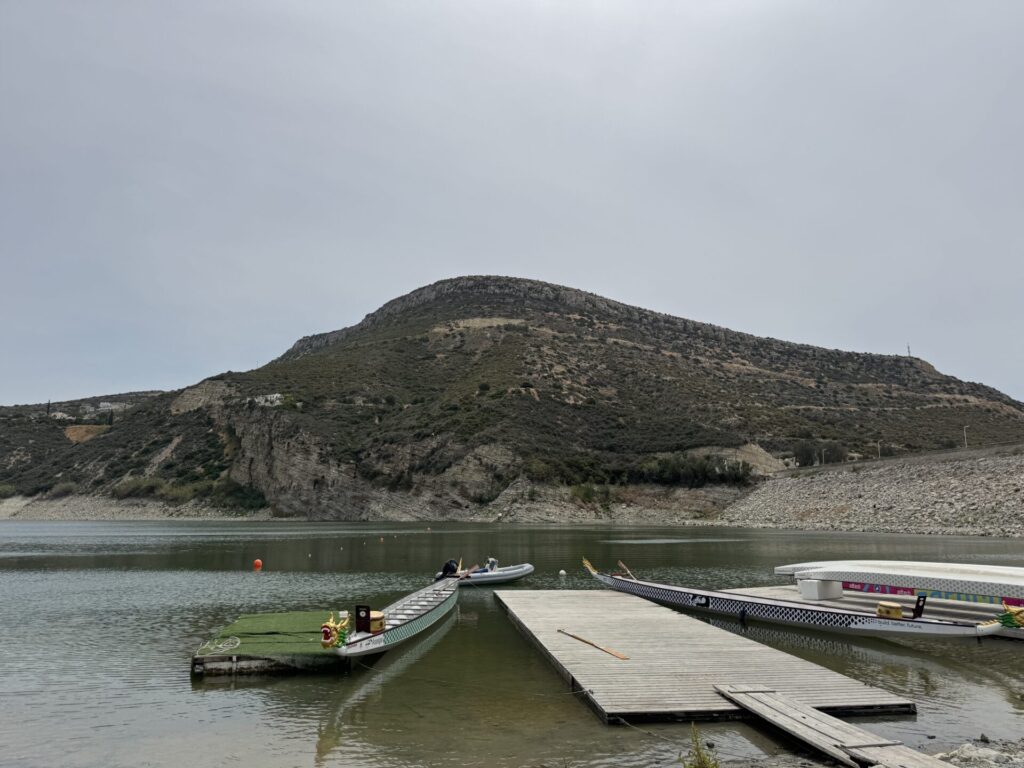
Castles
In the old city area you will find a medieval castle which is now used as a medieval museum. If you are already in the area of the old city, I recommend going into the castle for a visit of about an hour. This is a nice activity for children, too. Arrival instructions.
Kolossi Castle was originally built in the 13th century, and rebuilt in its current form in the 15th century.
Near the castle are the ruins of a sugar mill from the 14th century. Arrival instructions.
Museums
The Museum of Illusions in the marina area. A great activity with children that lasts around an hour – an hour and a half. A relatively small museum but there are all kinds of interactive illusions for children. You can also ask the employees there for help to understand how to see the illusion properly. It’s also nice because you get great photos for the children’s souvenirs.
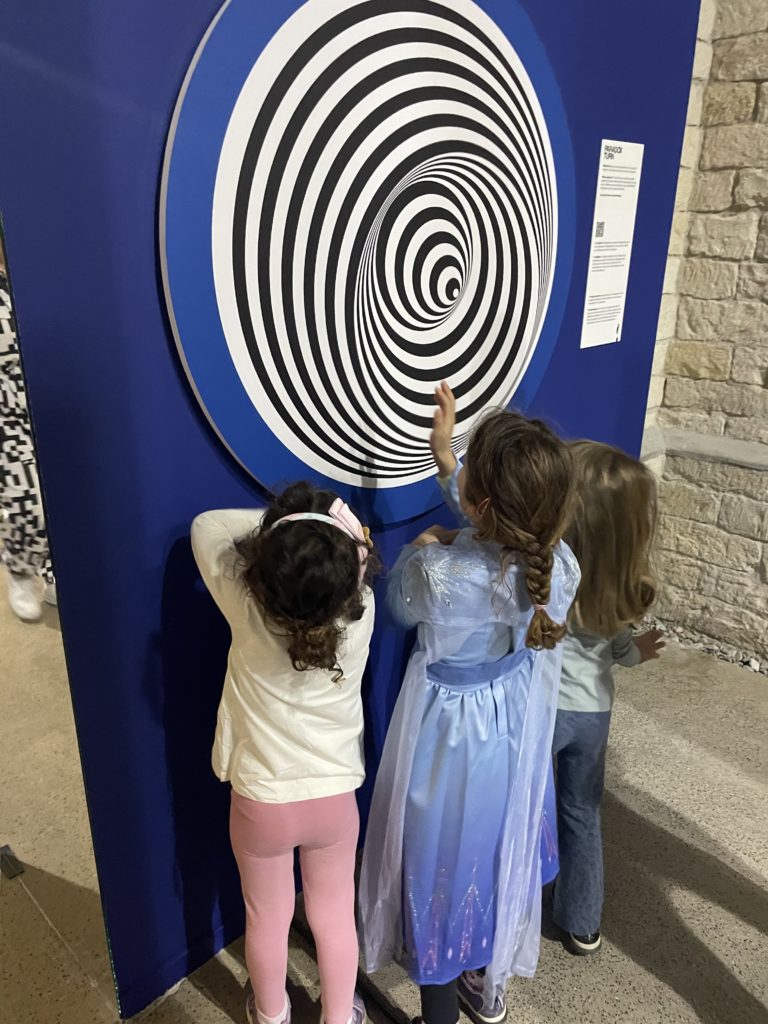
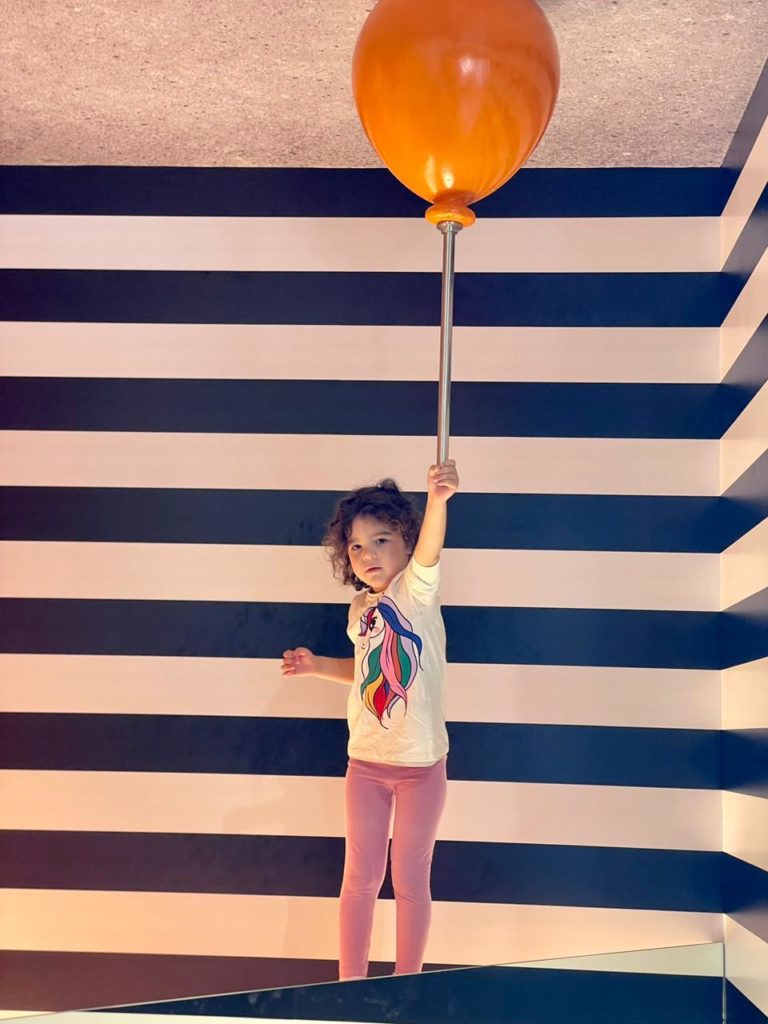
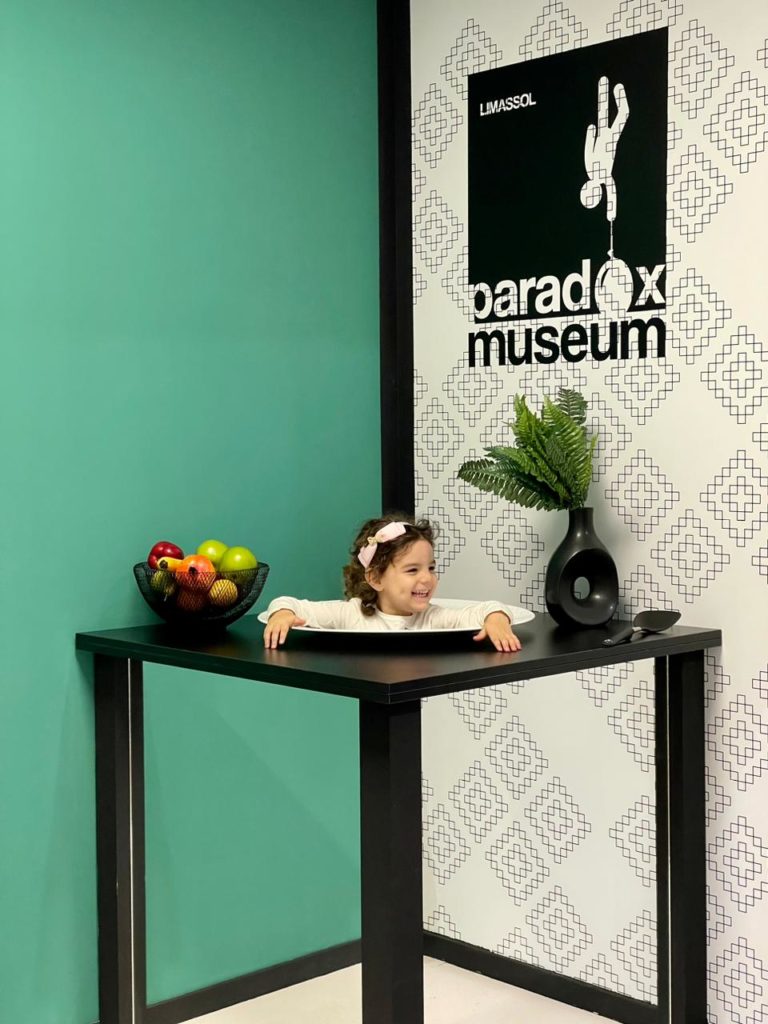
Car Museum – a museum dedicated to collector cars and classic cars, including a Ford Model T from the beginning of the 20th century. Arrival instructions. If you are a car lover then you will be happy to come to the Historical and Classic Museum of Cyprus, a place where you can admire the most magnificent classic vehicles of all ages. Since its opening in February 2014, the Cyprus Historic and Classic Car Museum remains the only automotive museum in Cyprus.
Water park in Limassol
One of the most fun attractions in Limassol for both children and adults. I have both gone there alone with Roman and of course with the children as well. The park is large, with many slides, and facilities for both children and adults. There is a wave pool and a slow tube course that is perfect even with babies (note that in the middle there is a small waterfall in a cave and there are children who might be frightened by it). There is a fast food restaurant and an Italian restaurant with pasta and pizza, there is a cafe, a Cinnabon stand, an ice cream and coffee stand, and lockers. Most of the time the water park is not busy and if you come in the middle of the week, there are no queues at all.
There are slides with tubes and slides with a mattress.
To purchase water park tickets

Free stuff to do in Limassol
Beaches – if you don’t sit on sunbeds that are paid for, you can be on the beaches for free.
Walk around the old city, the marina and the promenade.
Playgrounds: the recommended ones are: Desudi Beach (directions), Petite Plage (directions), Molos (directions), the Municipal Garden (directions).
Take a walk in the villages and in the area of the dam.
Castles and the archaeological site of Amethos – these are not free but the entrance costs only a few euros so I put them on the list as well.
Amethos archaeological site
Archaeological site of one of the oldest royal cities of Cyprus. The city was destroyed by an earthquake and now there are only remains discovered in archaeological excavations. According to mythology, the site was founded by King Kiniras. Entrance Entrance costs 2.5 euros
In winter the opening hours are from 08:00-17:00 and in summer 08:00-19:30.
You can get there by bike, bus, taxi or on foot. It is 2 km from the hotel I recommended or 11 km from the center (the old city).
Arrival instructions.
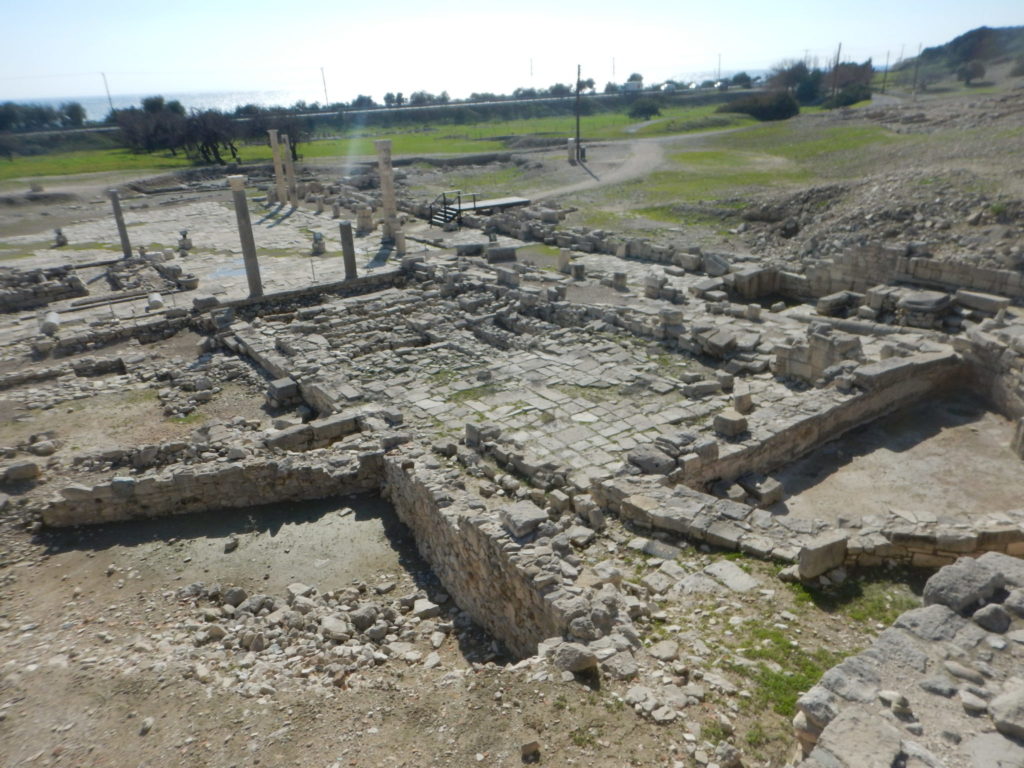
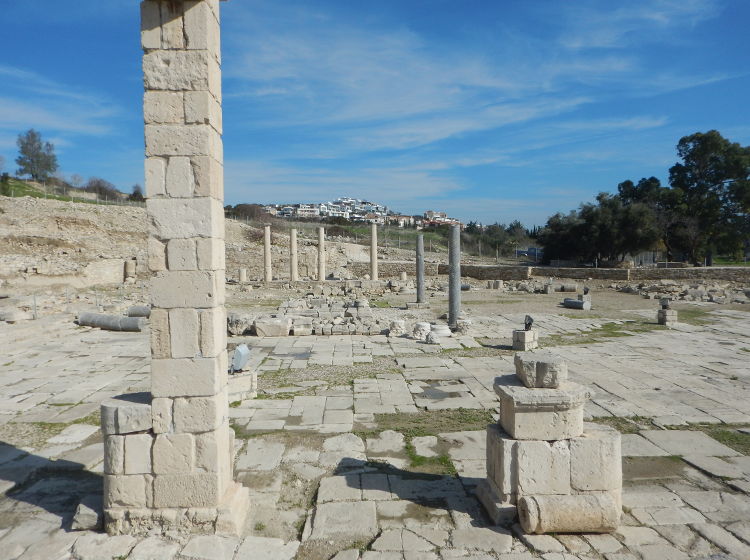
Zoo and municipal garden
In the center of Limassol you can find a small zoo with a cafe in the middle of it and next to it there is a city park with a large playground. There is also a grocery store there. We like to buy pigeon food at the grocery store and then feed them in the square. In addition, the municipal garden has many events such as a wine festival, events in honor of Christmas, activities during the carnival, and more… Directions.
Before you come to visit Limassol, I think it’s worth looking for special events in the city, I recommend going to this website to see what events there are.
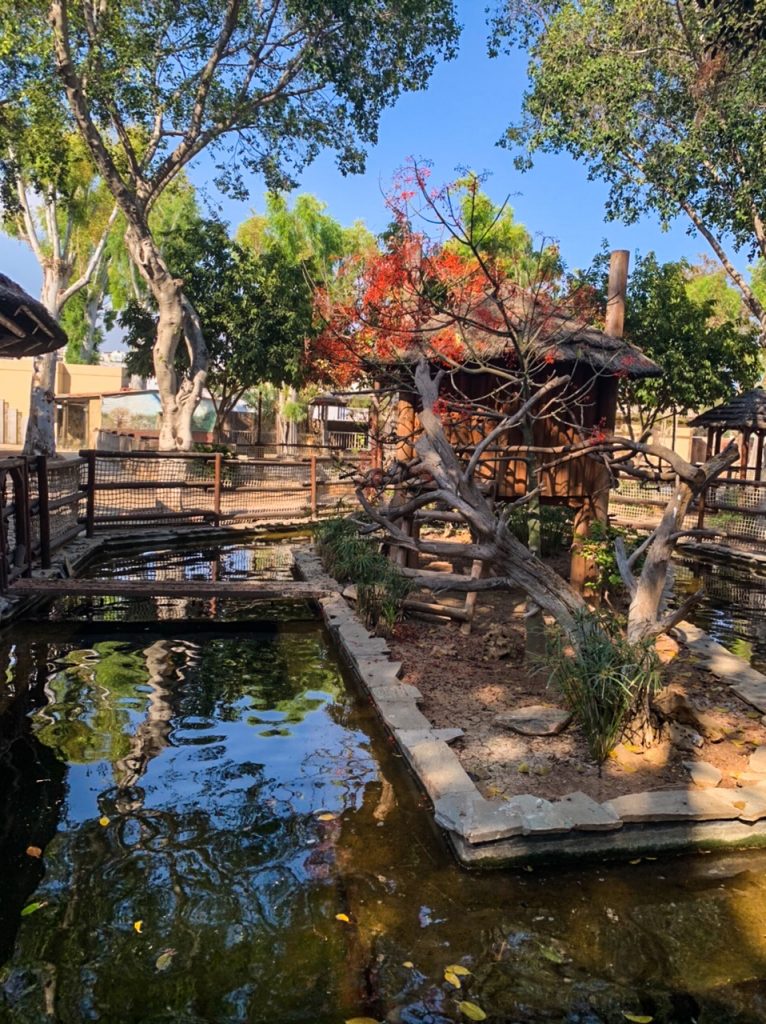

Nightlife in Limassol
I’ll already mention that I’m not really familiar with the nightlife here in Limassol since we have two little girls and hardly go out in the evenings haha, but I’ll list the entertainment places that exist in Limassol, some of which I’ve been to and some of which I haven’t.
- Columbia Beach – a beach restaurant that can be reached from morning until night. On weekends it has a DJ from the afternoon on, and has a party atmosphere.
- Du Soleil Marina Bar – an excellent bar in the marina area. One of the most famous and full bars here in Limassol.
- Breeze Club
- Rumors Bar – a recently renovated bar in the Yaramsoya area.
- Guaba Beach Bar Club
- Nammos restaurant – similar style to Columbia Beach.
- Bar Da Vinci – a bar in the old city.
In general, in the area of the old city and the marina there are many bars and there is a really fun atmosphere in the evening and at night.
I think it would be most convenient for you to go to Bar Da Vinci and then from there explore the old city area to see what bars and restaurants you find.
If you arrive by car, there are small parking lots on the road that cost 3 euros and there are also parking lots in the Molos area.
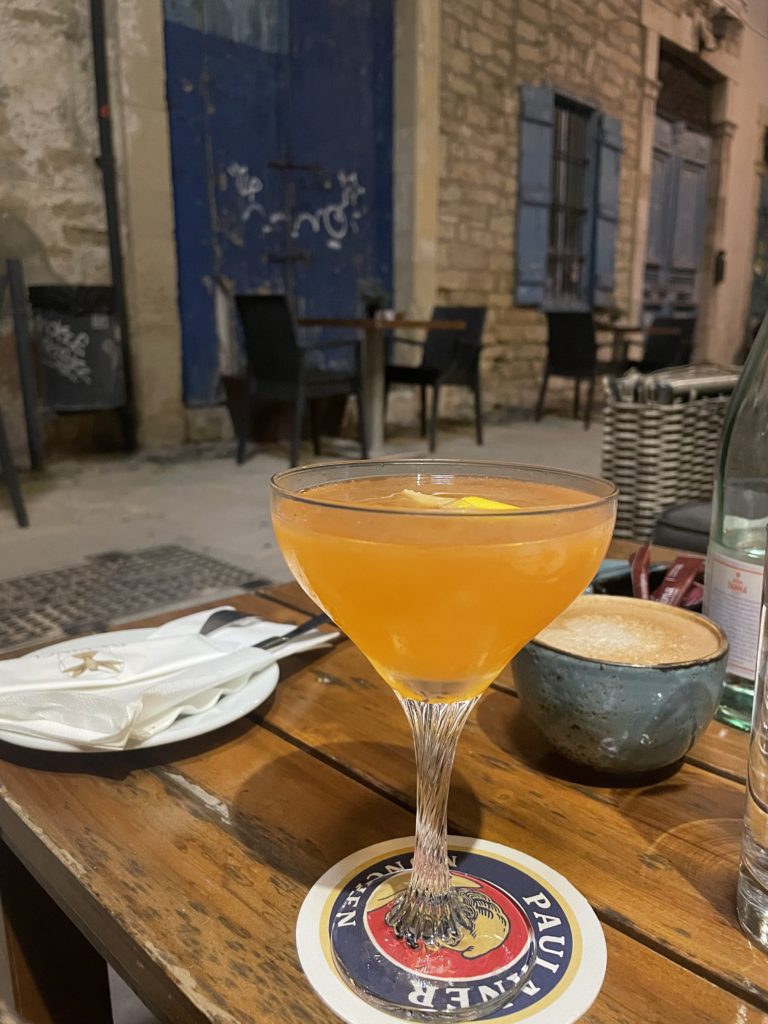
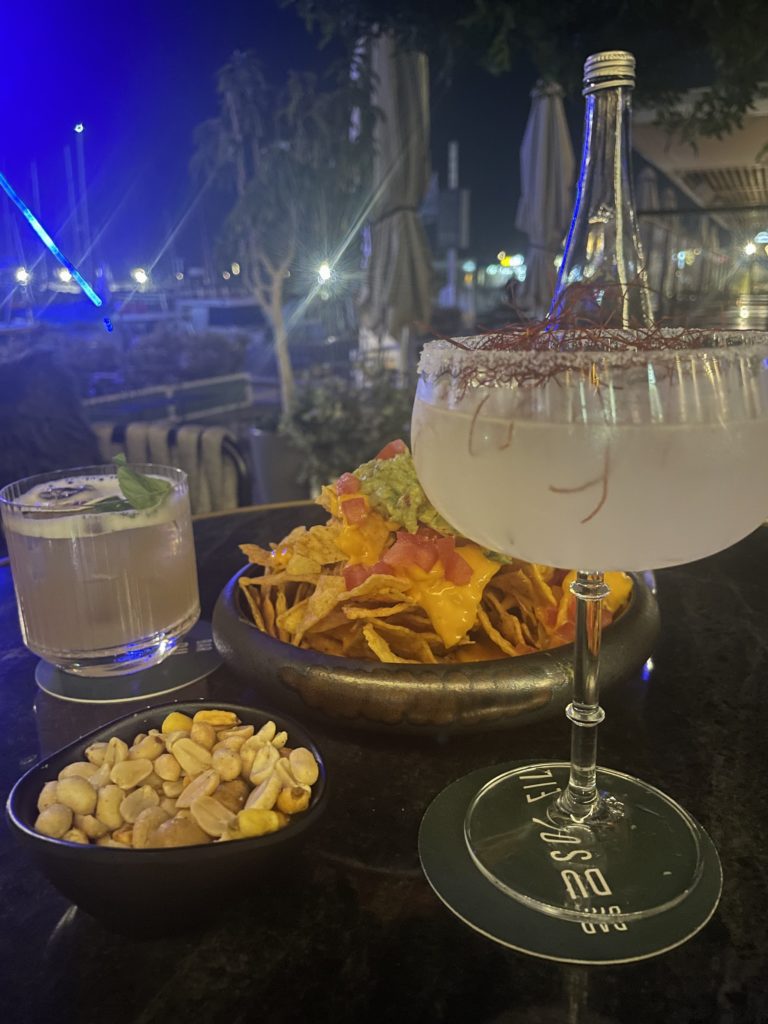
Beaches in Limassol
As I mentioned above, the area of Lady’s Mile beaches is the most special in Limassol and is great for both adults and children.
Other beaches that are recommended if you want to go with children are:
Dasoudi Beach – an organized beach with two restaurants, a playground, video games and a bar.
A beach in the area of the Four Seasons Hotel that has sand games for children is Vouppa Beach.
Panagies Beach – a beach in the area of luxury hotels at the other end of the city.
For those who want to go a little further out, there is Governor’s Beach, which is close to the villages I mentioned above. There is also a restaurant there.
On most beaches you can also find water sports that include SUP, tubes, pedal boats, jet skis, paragliding, and more.
Tours and activities in Limassol
I haven’t had the opportunity to do the following activities yet, but I saw that there were good reviews for them and they seemed like great things to do for those who come here on vacation:
A jeep trip that leaves from Limassol to the Akames Reserve in Paphos
Land cruise from the marina in Limassol
Full-day jeep and boat combination tour from Limassol
A private tour of the old city of Limassol
Tips before flying to Limassol
SIM abroad
I personally recommend using an eSIM, which is an electronic SIM, and highly recommend Airalo. I was very satisfied with their user experience (simple tutorial videos for operating the SIM card) and everything worked without any special problems. I wrote more about them in an extended post on the subject of a SIM card abroad as well as about other options such as buying a local SIM card.
Blog followers have a 15% discount code for Airalo to purchase an eSIM – to redeem the discount, click on this link. The discount code is already included in the link. You’ll see it at
How do you get to Limassol?
There is no airport in Limassol. It is located between Paphos and Larnaca (a 50-minute drive from each), so you can land in either one of those cities and take a taxi, bus or rent a car and get to Limassol.
Where to stay in Limassol? Recommended hotels in Limassol
I wrote a detailed post with all my recommendations for hotels and resorts in Limassol.
Car rental in Limassol
There is no convenient public transportation in Limassol and in Cyprus in general. For those who only come for a backpacking vacation, the buses and taxis will provide a good enough solution, but if you also want to travel, I personally recommend renting a car. It is true that you drive on the opposite side here, but as someone who lives here, I can say that you get used to it quickly. You can search for a car in the Israeli search engine Papam Papam. Personally, I really like to search through them because they save me time (instead of going to several websites) and they also have the option of filtering out non-recommended rental companies. I wrote an extended post on the whole subject of car rentals abroad and I recommend reading it especially if this is your first car rental.
Guided Tour or Personalized Itinerary in Cyprus – Highly Recommended!
If you’re planning a trip to Cyprus, I highly recommend Roni Schwartz! He lives in Cyprus and takes care of everything – private tours with a certified guide (available in English/Russian), extremely professional and friendly, who will take you on a perfect day trip for 8-9 hours. Roni plans a personalized itinerary tailored exactly to your preferences, including a pre-trip consultation to make sure you’ll visit all the places you want. This is also suitable for large groups.
Contact Roni for a guided tour in Cyprus
Want to travel independently?
No problem! Roni also creates custom itineraries (minimum 3 days), so you can experience Cyprus at your own pace and exactly the way you like.
Contact Roni to plan a self-guided trip in Cyprus
Special offer! If you book one of Roni’s services and mention that you came through me, a special surprise awaits you.
In conclusion, Limassol is a great city for a vacation and it is also conveniently located between Larnaca and Paphos, so you can combine it with other destinations, especially if you rent a car. It has many restaurants, cafes and bars, fair beaches, and excellent hotels.
Hope my post helped you. If so, I would very much like you to respond here in the comments, and if you have any more questions, you are also welcome to ask them in the comments or write to me on the blog’s social networks: Facebook and Instagram.
Looking for more information about Limassol? I have more posts about Limassol and posts about Cyprus on my blog.
Pin below to save on Pinterest
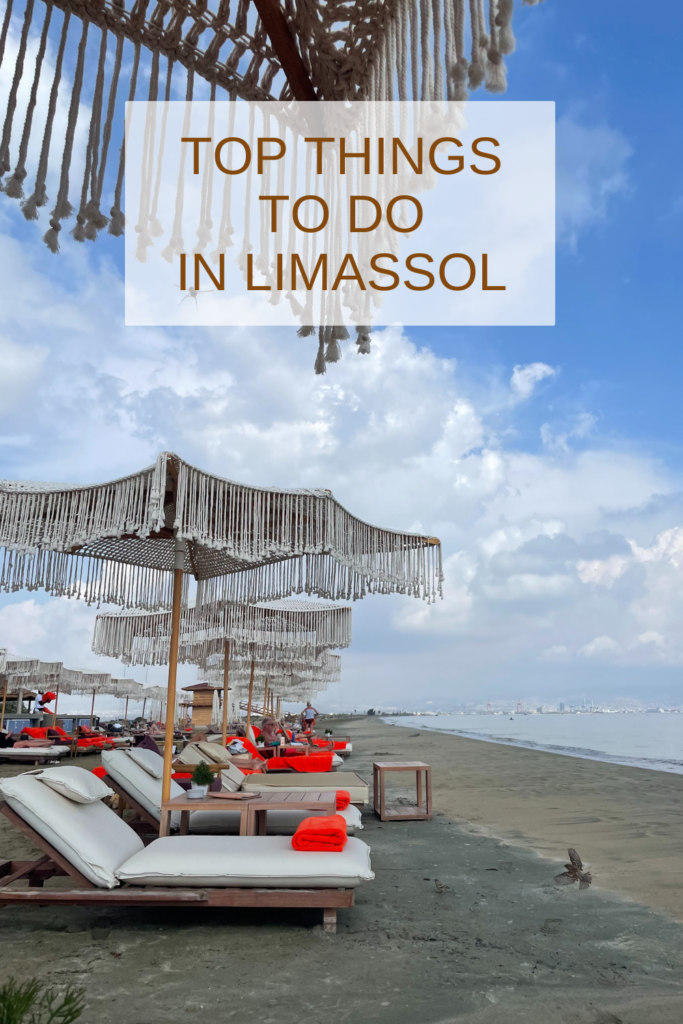
One of the things we love most about Cyprus is the ability to visit magical villages within a short driving distance. Since we moved to Cyprus (in May 2021) we have stayed in three different villages – the picturesque village of Calabasos, a village in the Troodos Mountains, and now in the village of Pano Lefkara.
Every time we visit, we discover how humble and charming the people in these villages are and how special and colorful the architecture is. The village of Pano Lefkara is one of the most touristic villages in Cyprus, but still retains its charm (especially during off-season) and we really enjoyed our vacation there
Details about the village of Pano Lefkara
It is one of the most famous and most visited villages in Cyprus and it is located in the province of Larnaca. It was known for its stunning architecture and for the tradition of producing lace and silver products, all handmade. Lefkara is the name of an area in Cyprus and it has three villages all next to each other. The largest village among them is Pano Lefkara, which is where we stayed. Pano means above because it is the upper village and there is Kato (below) to Pakra, which is the lower village. You can reach Kato by foot. The village has many cafes, restaurants and shops with local produce.
Where to sleep in the village of Lefkara
A charming boutique hotel with a perfect view
In April 2022, we stayed at the Archontiko Kiverniti hotel for two nights with Maya, who was three-and-a-half years old and Sophie who was six months old. The location of the hotel is pastoral with a magical view of the mountains. It is a family boutique hotel with a homely and pleasant atmosphere. There is a restaurant that serves food all day (the accommodation was based on breakfast, which was good). The hotel has a pool (we didn’t get to try it because it was too cold in April). The distance to the center of the village is a 10-minute walk (maybe even less) and it is a path in nature that is really fun to walk with children.
To book the hotel Archontiko Kiverniti and other opinions
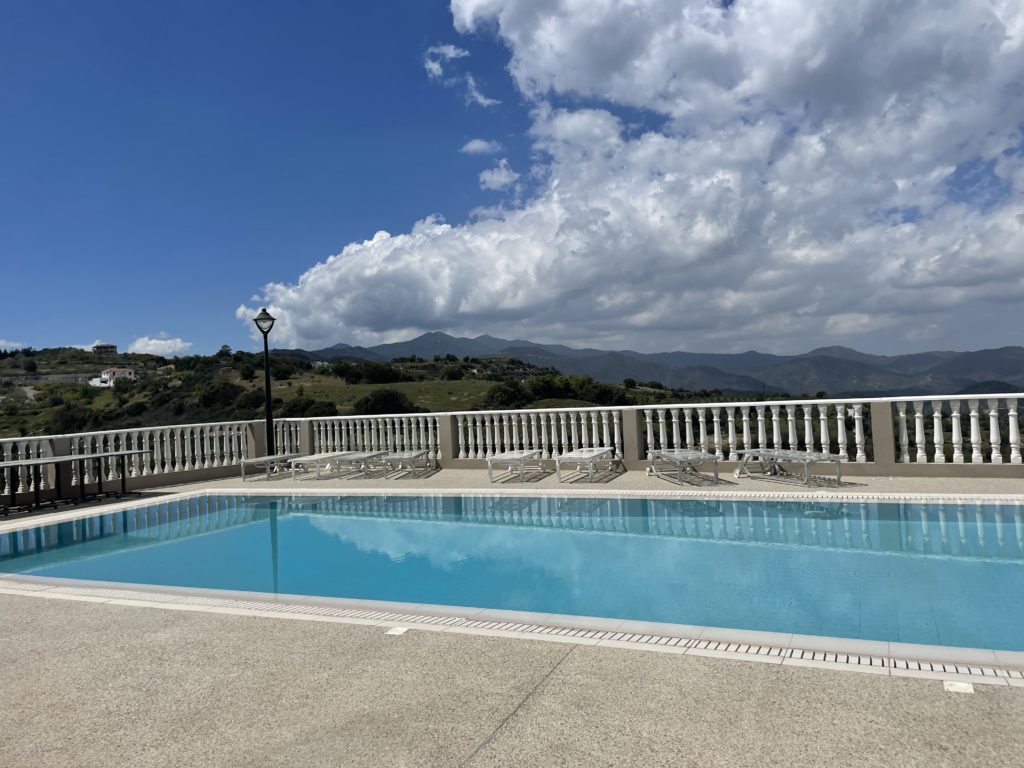

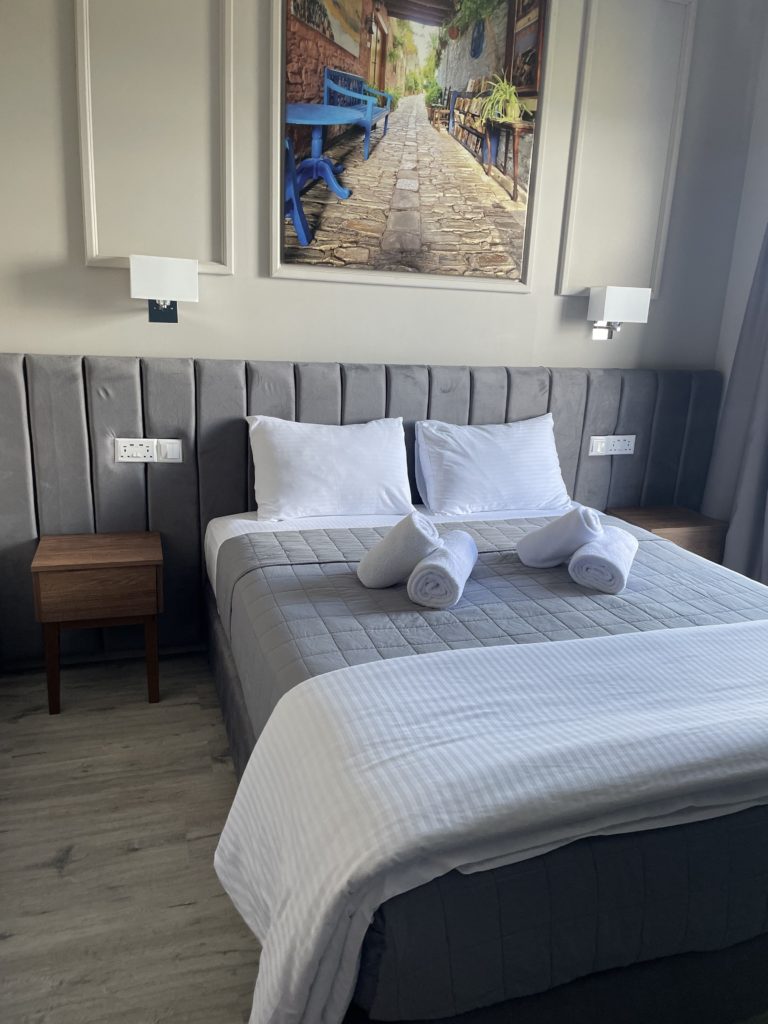
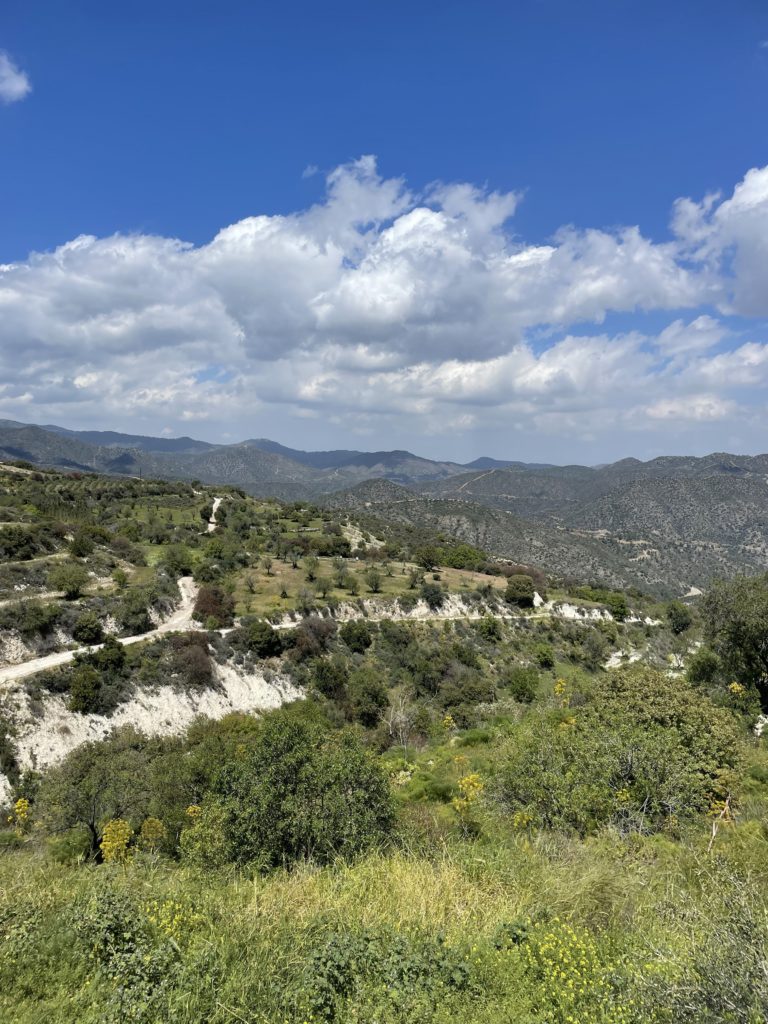
B&B in the heart of Lefkara village
We booked an apartment, or in Israel’s terms, a Zimmer 🙂 in a charming apartment complex in the center of the village of Iosiphis Stonebuilt House. The complex has apartments with one or two bedrooms. We booked a two bedroom apartment because it is convenient for us and Maya to each have our own room. The price was cheap, 68 euros. And when we arrived it turned out that the whole complex was full for that weekend and it wasn’t even the peak of the season yet (so I recommend booking places in advance as early as possible). The apartment had a fully equipped kitchen (with a coffee machine and capsules and a pop-up toaster).
The apartment had an air conditioner in every room and in the living room as well as a new heating system (which unfortunately did not work when we arrived because it was new and they had not had time to install it yet). I recommend in the winter to find out in advance if the heating is working because the air conditioner on heat is very drying.
Beyond the apartment itself, the complex has a private parking lot and its highlight is the stunning yard. We sat there drinking coffee and in the morning we preferred to prepare breakfast in the apartment and sit in the yard than go to a cafe.
To book the B&B and other opinions
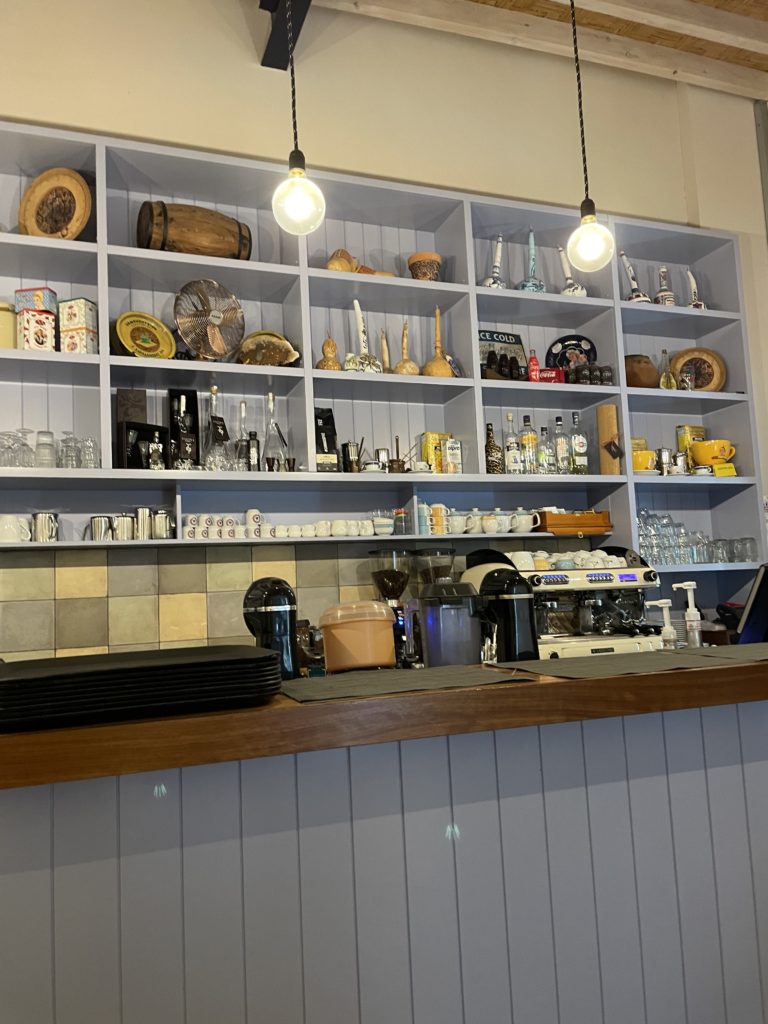
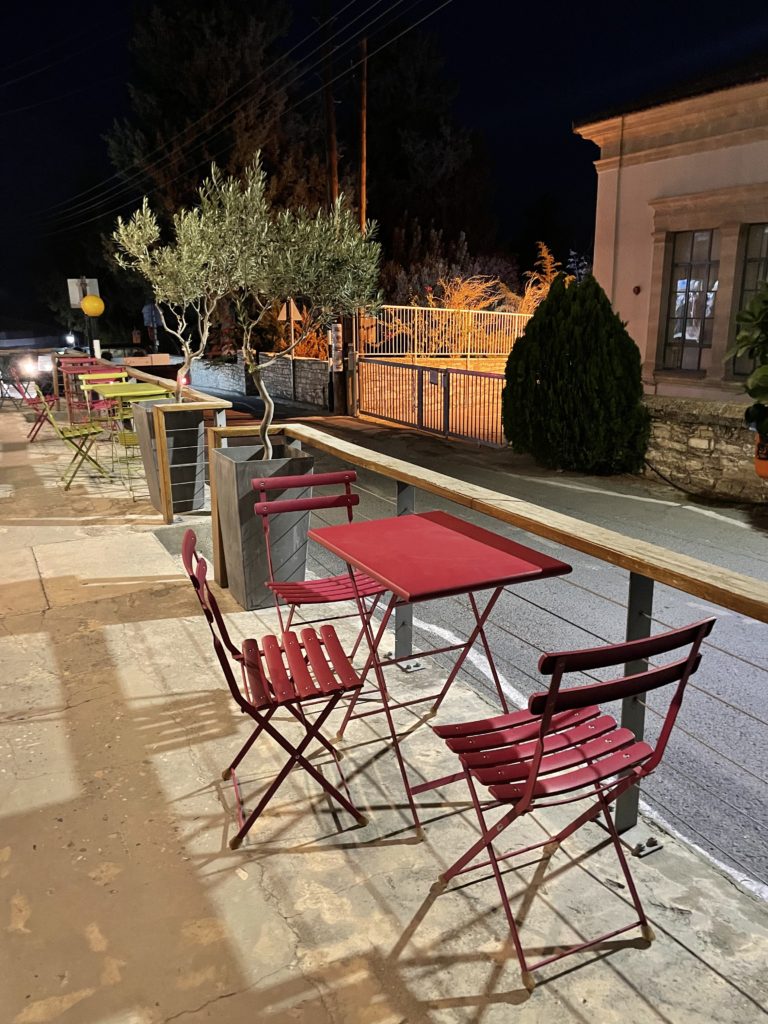
Where to eat in the village: recommended restaurants and cafes in Pano Lefkara
Lefkara Biscuit Cafe
We were really excited about this place because it has desserts that are baked on the premises and are really delicious. We tried the apple pie that had just been pulled out of the oven (there was also a chocolate pie) and we had rice pudding that Mayush flew over, as well as coffee.
The seating is outside on the sidewalk and the atmosphere is really nice. I highly recommend trying their cakes. Arrival instructions
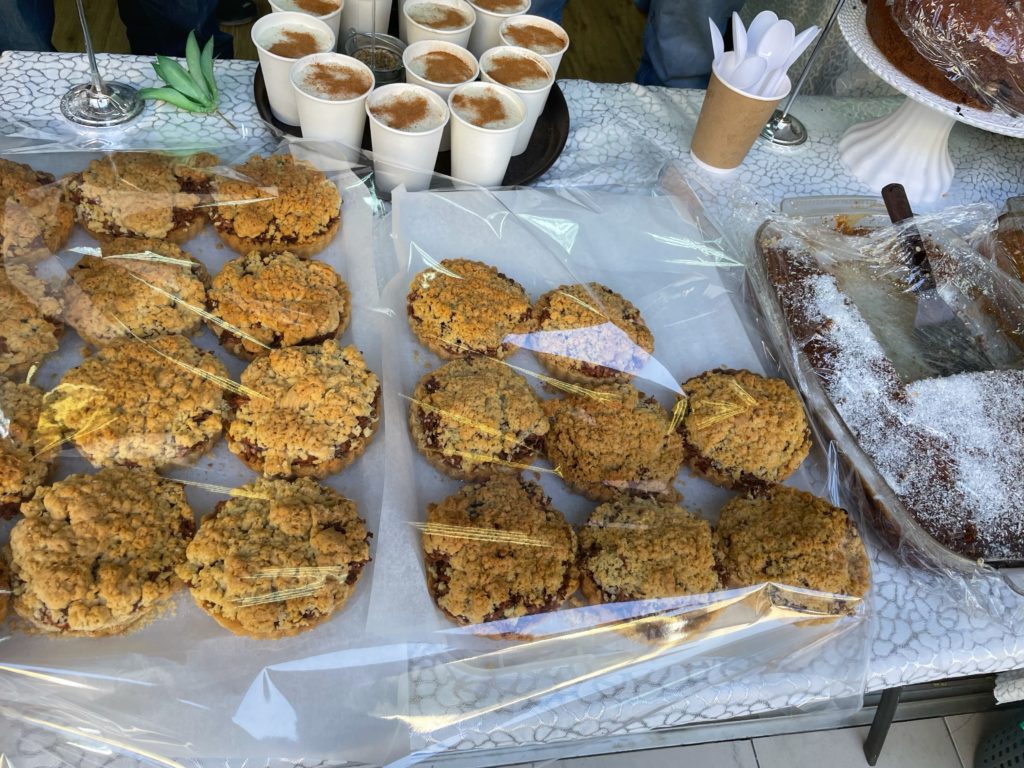
Cafe House 1923
House 1923, a very cute cafe with outdoor and indoor seating. I went there with Mayush on a date and we really enjoyed ourselves. I ordered a cappuccino and Maya a hot chocolate (I made sure it was lukewarm and not too hot for her) and we ordered an apple pie, which was very good. The employees were really nice and, in short, it was a great place to sit for coffee.


Pavilion Restaurant
I think this is a good restaurant for those who come with children because the service is fast and the prices are good. Basically we wanted to go to another tavern we were in a few years ago which was really good, but it was closed so we went to Pavilion. We ordered a Greek salad, chicken breast and beef meatballs there. The dishes were good, just nothing special. Arrival instructions.

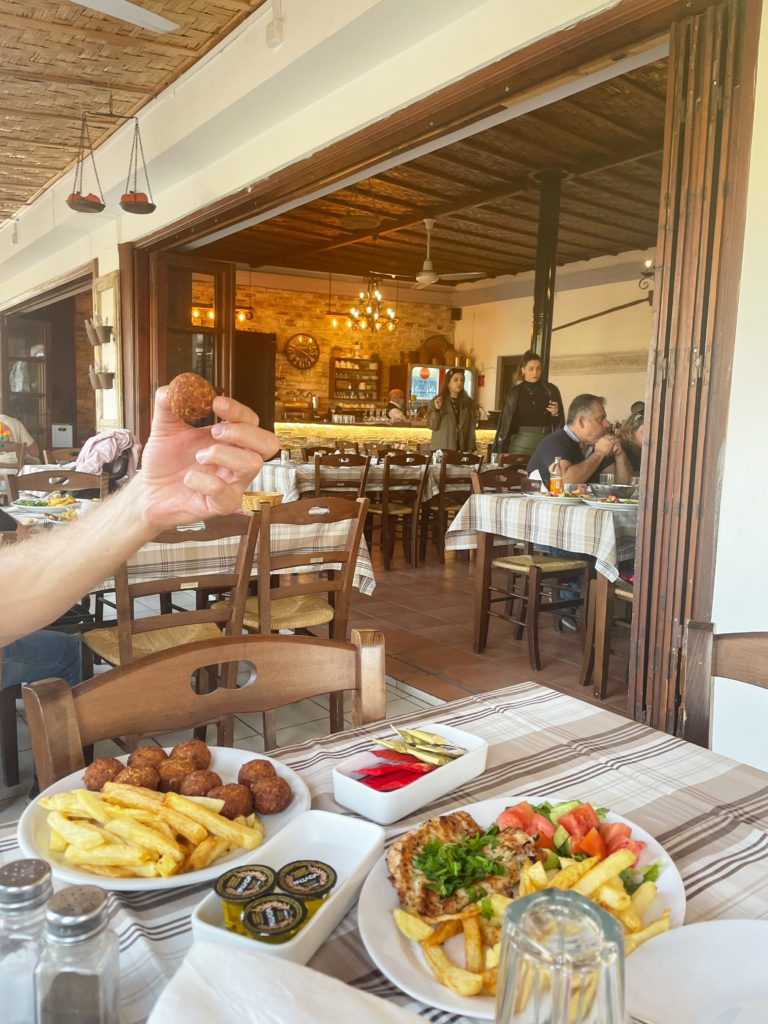
There are a lot of cafes in the village that looked really good and we didn’t get to try them, so my recommendation is to walk around the and just try the places you see because most of them get great reviews.
What to do in the village of Pano Lefkara and the surrounding area
Wander in the village
Well, you obviously have to wander around the village, and if you like photography, be prepared to take a lot of pictures because it’s really beautiful there. The village is not big but the architecture in it is so lovely and it has many shops and cute corners as well as many cafes with local produce. In short, you can walk around there for hours because every time you sit down for a coffee or go into a store or take pictures. In one of the alleys in front of the Adamos restaurant we also found a stand that offered fresh pomegranate juice which was really successful, so if you see the stand is open, it is worth trying this juice.
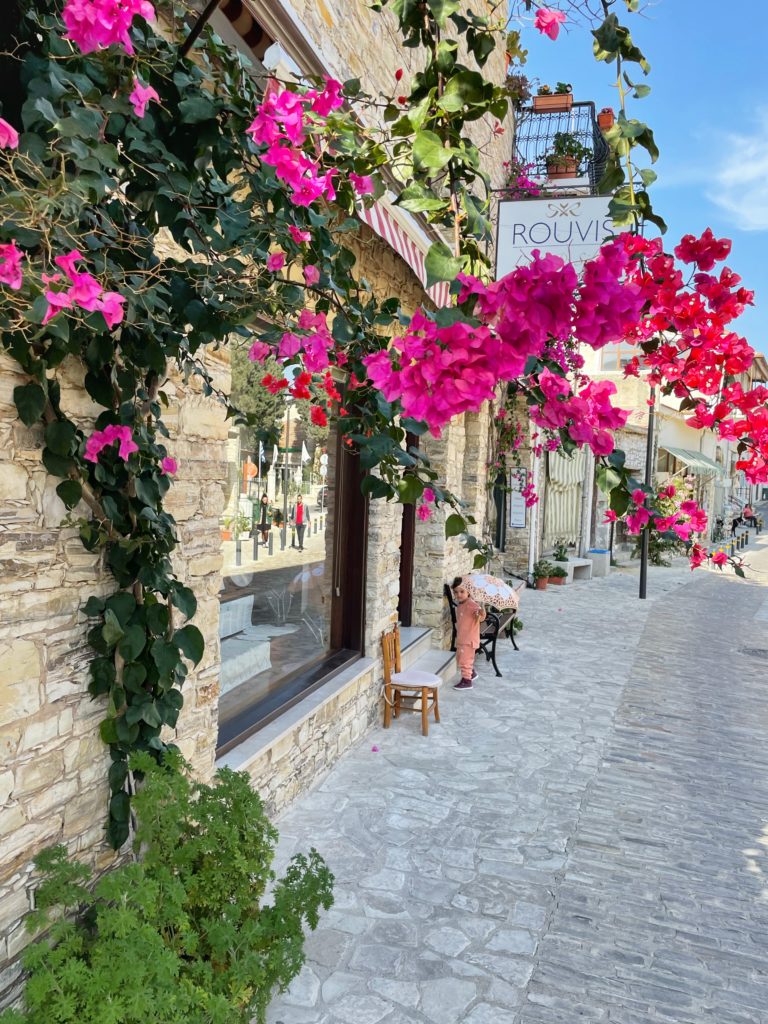
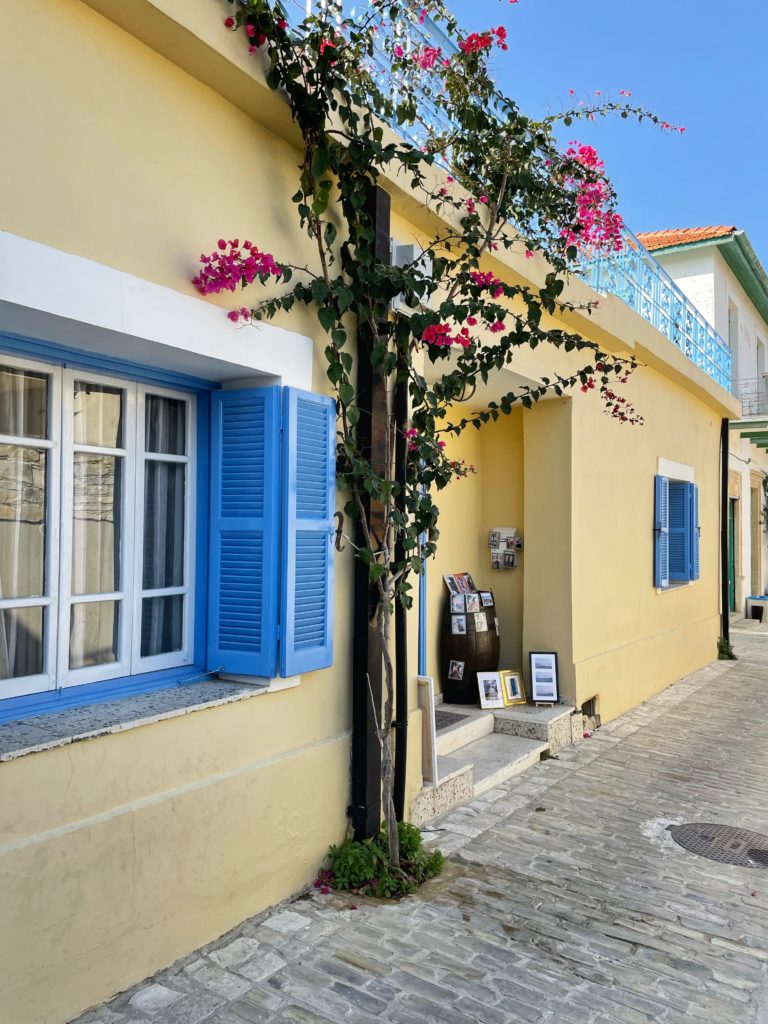
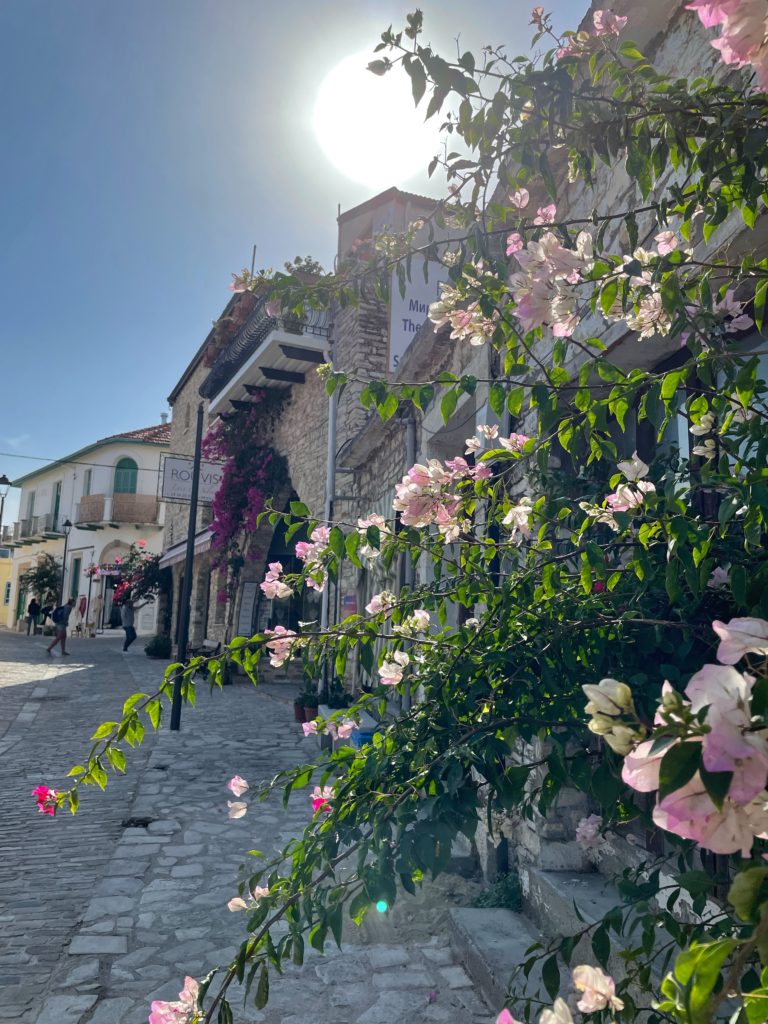
Lefkara dam
The dam is a 15-minute drive from the village and is really beautiful. There are places where you can stop with your car and even go down by foot. Entry into the water is prohibited and fishing is only permitted to those who have a fishing license. It’s really nice to drive around and stop at different viewpoints. Arrival instructions.
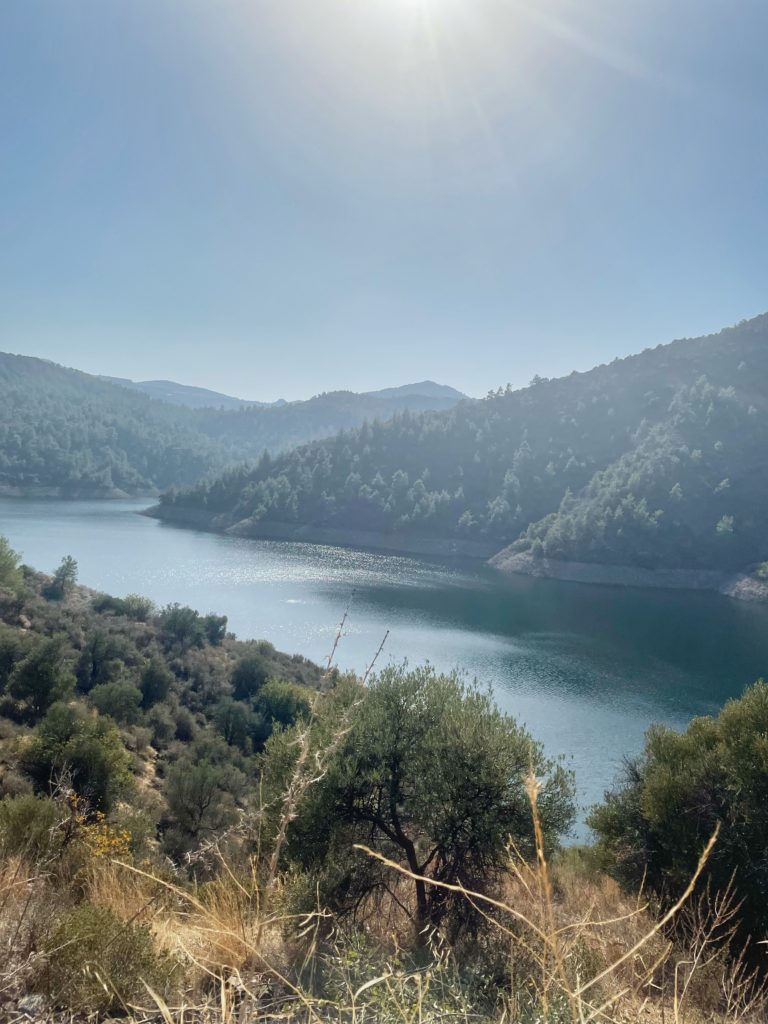

Terra Oliva Organic Olive Farm
We came to this farm by chance just thanks to a sign we saw on the road and the truth is that it was one of the highlights of the vacation. We were so enthusiastic about the place that we will surely return to it again. A combination of a crazy landscape, local produce on the purity of the olives that was delicious and lovely people.
When we got there Mayush fell asleep in the car so Roman and I could sit quietly outside and enjoy the view and try the products they sell at the farm. The owner brought us different olives to taste, three types of olive oil, olive tapenades and bread. Of course also coffee.
When Mayush woke up we went into the store and tasted many types of jams, spreads (both sweet and salty) and even alcohol and everything from the olive tree. Everything was so delicious that we found ourselves buying half the store. lol Not really because they offer a lot of products, but we bought 112 euros worth of things (2 types of olive oil, 2 olive tapenades, 2 jams, 2 spreads, whole olives, cut olives, and more). Of course, Mayush also enjoyed walking around the farm area and seeing an 800-year-old olive tree.
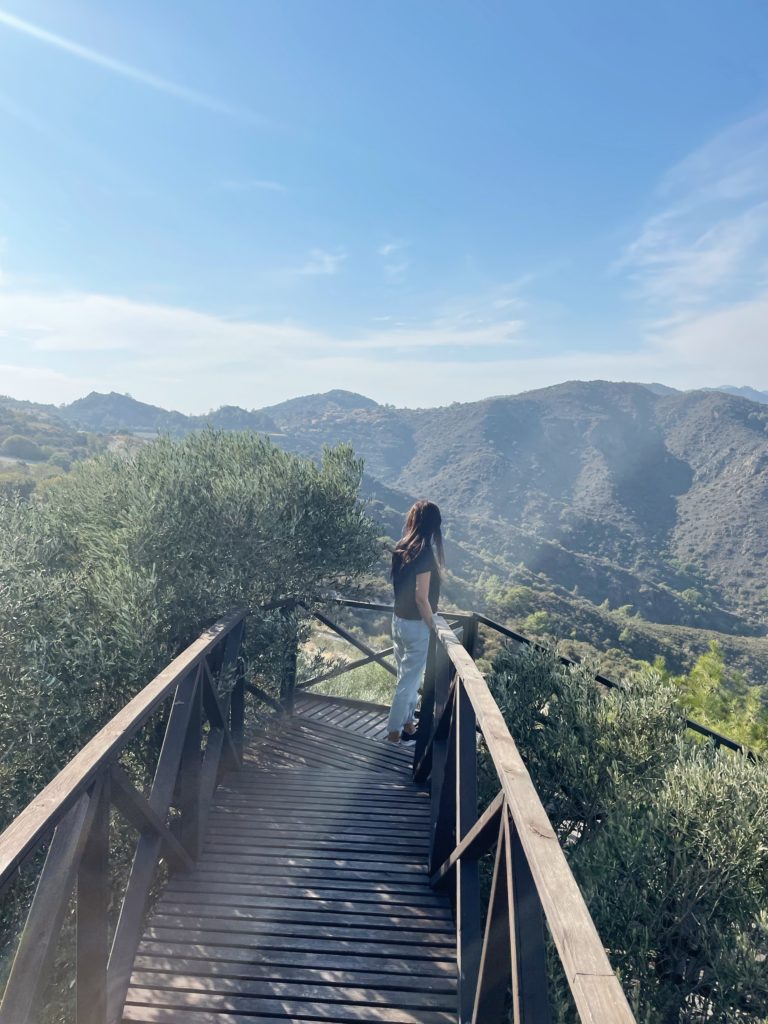
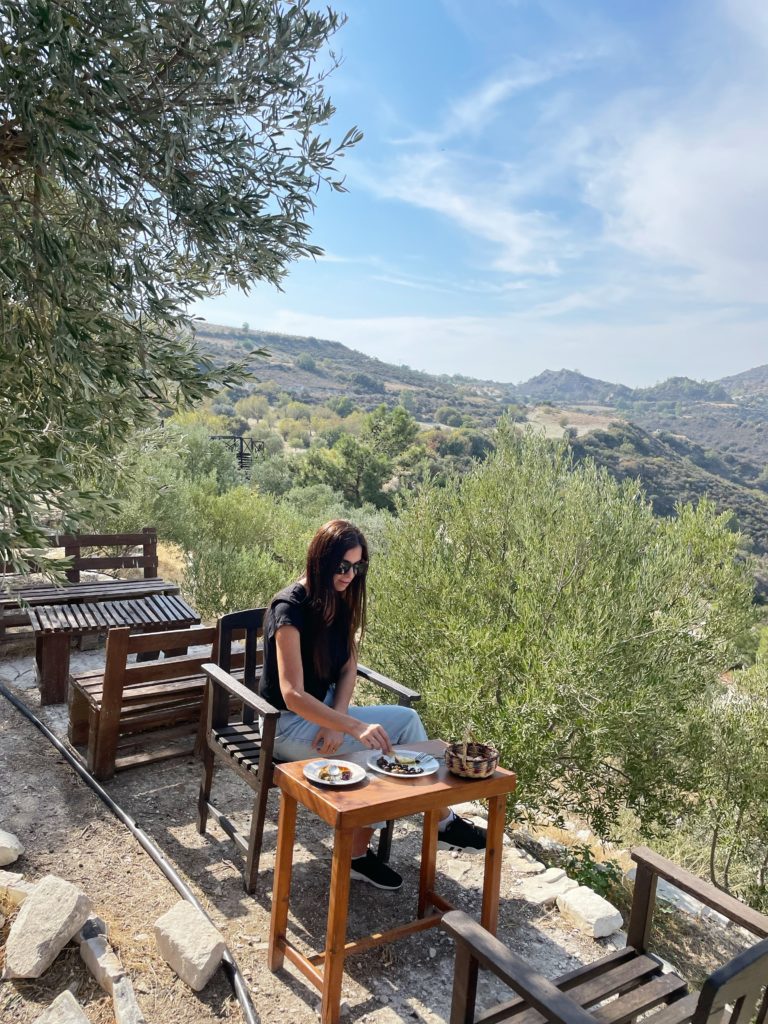

In conclusion, the vacation in Lefkara was even more successful than expected. We were in this village 4 years ago and had forgotten how beautiful it is. The dam and the olive farms were an excellent addition to the vacation. We found out that there is a village nearby with a recommended breakfast (but you have to book a few days in advance) and a special monastery.
Guided Tour or Personalized Itinerary in Cyprus – Highly Recommended!
If you’re planning a trip to Cyprus, I highly recommend Roni Schwartz! He lives in Cyprus and takes care of everything – private tours with a certified guide (available in English/Russian), extremely professional and friendly, who will take you on a perfect day trip for 8-9 hours. Roni plans a personalized itinerary tailored exactly to your preferences, including a pre-trip consultation to make sure you’ll visit all the places you want. This is also suitable for large groups.
Contact Roni for a guided tour in Cyprus
Want to travel independently?
No problem! Roni also creates custom itineraries (minimum 3 days), so you can experience Cyprus at your own pace and exactly the way you like.
Contact Roni to plan a self-guided trip in Cyprus
Special offer! If you book one of Roni’s services and mention that you came through me, a special surprise awaits you.
Hope my post helped you. If so, I would very much like you to respond here in the comments, and if you have any more questions, then you are also welcome to ask them in the comments or write to me on the blog’s social networks: Facebook and Instagram. Looking for more information about Cyprus? I have more posts about Cyprus on my blog.
Pin below to save on Pinterest
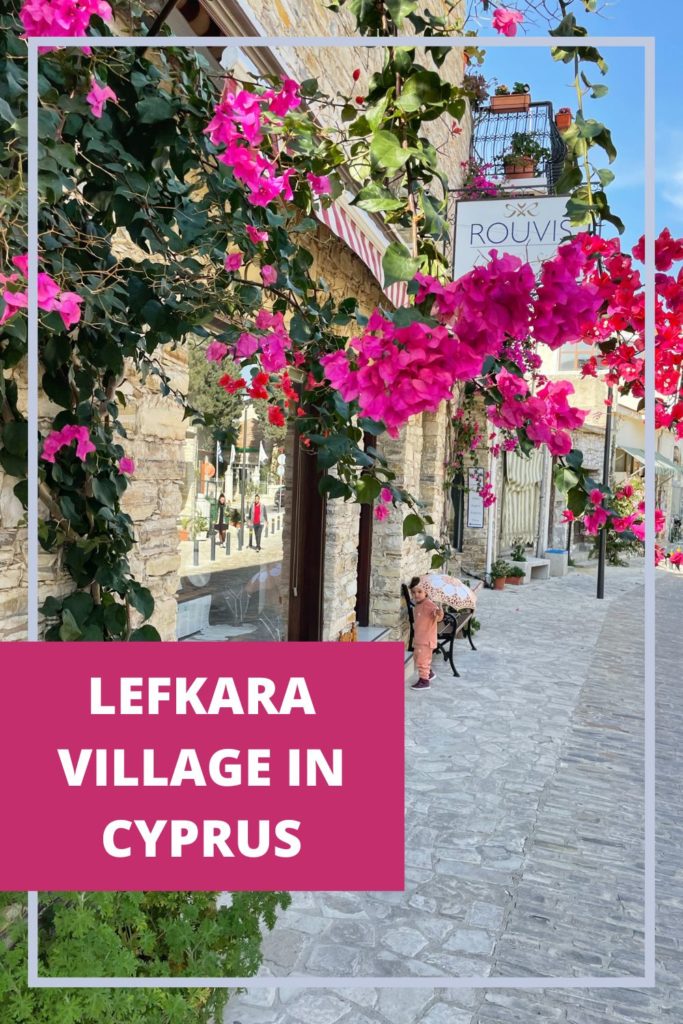
We have been living in Limassol , Cyprus since May 2021 and have therefore gotten to try a lot of restaurants from different cuisines. In this list you can find recommendations for local, Asian, or Israeli restaurants, as well as budget-friendly restaurants for every pocket and those that are a little more expensive.
I’ve been planning to write this post for a long while and in the meantime more restaurants have been added to me every week. In short, now I have a long list of recommended restaurants in Limassol and I am sure that if you go to any one of them you will agree with me. So let’s start…
Local restaurants
Kissos Tavern
We discovered the Kissos Tavern by chance not long ago and have already been there three times. I’ll start with the fact that it has the most fun decor ever. A colorful Greek design with special flooring and a really pleasant atmosphere that makes you feel like you are in a small Greek village and not next to a main road in a touristy area. In addition to the stunning design, the service is really good and so is the food. We ordered a fish platter, which was excellent. Lots of dishes of seafood of all kinds and tapenades and salads. We also ordered white wine and a chocolate soufflé that was decadent and delicious. This place, in my opinion, is a must when visiting Limassol.
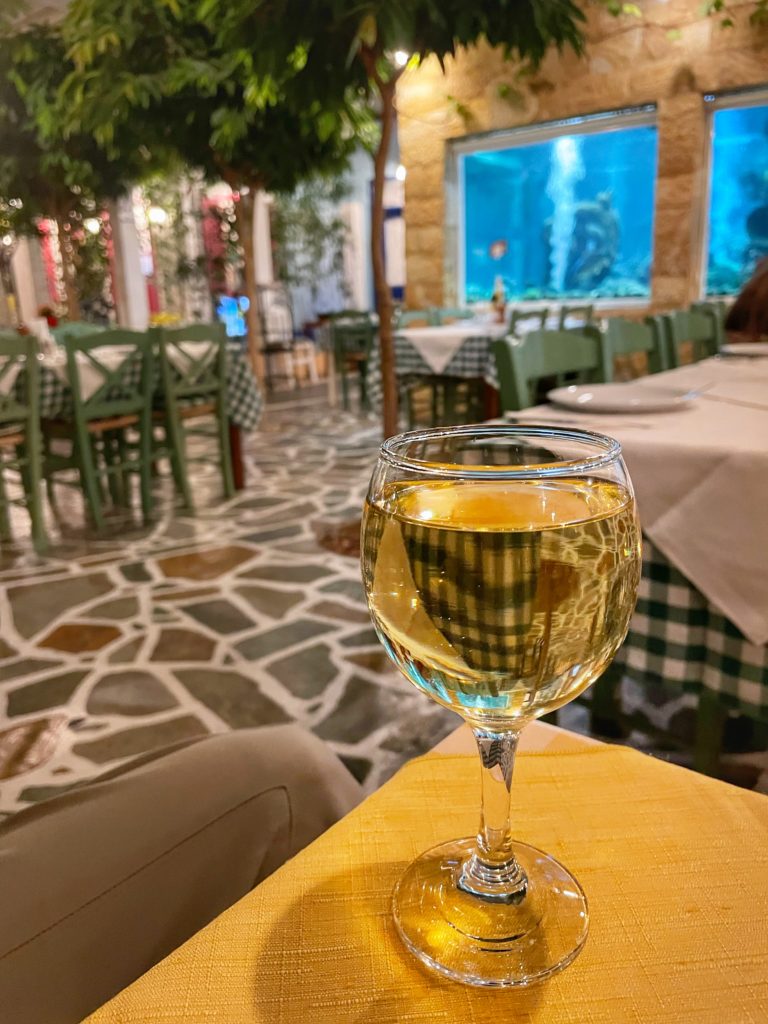
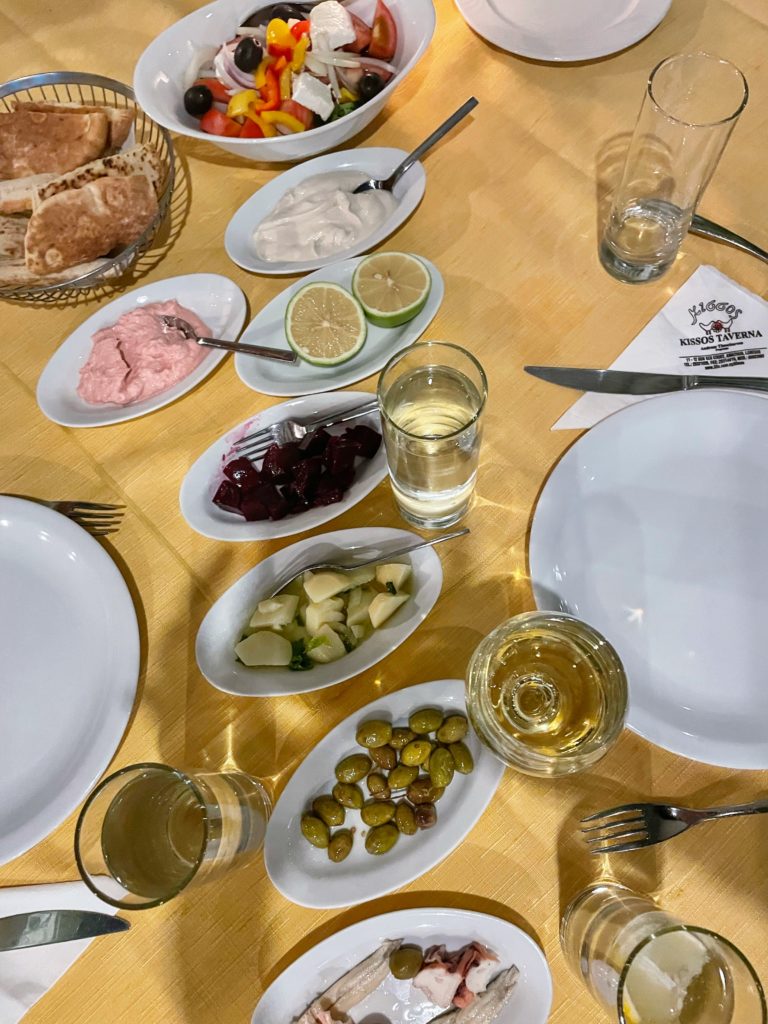
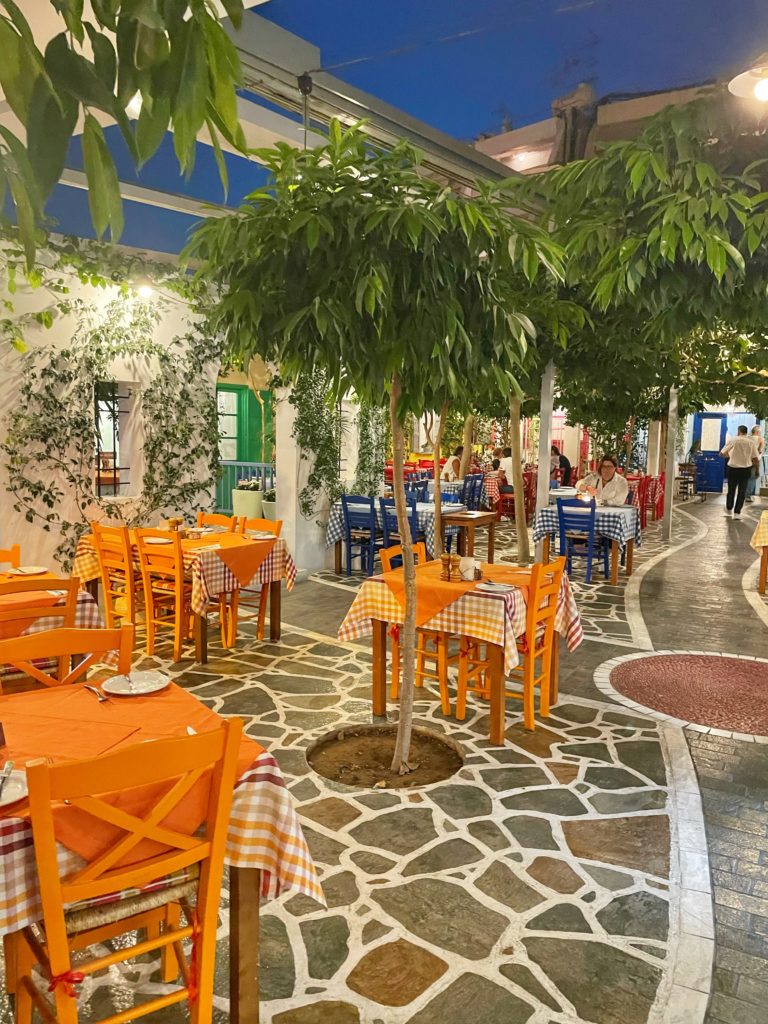
Kapilio Tavern
A homey local taverna that we recently discovered and really liked. This is a small restaurant located in the suburbs of Agios Tychon. The restaurant is open every day but it is recommended that you call before arriving.
We ordered a grilled fish dish that was one of the tastiest I’ve ever eaten and for a really low price of 14 euros including a starter of Greek salad, hummus spread, tahini, tzatziki and olives.
Roman also ordered lamb chops and liked them very much. For those looking for very tasty food, simply made from fresh ingredients, this is the restaurant to go. Arrival instructions.
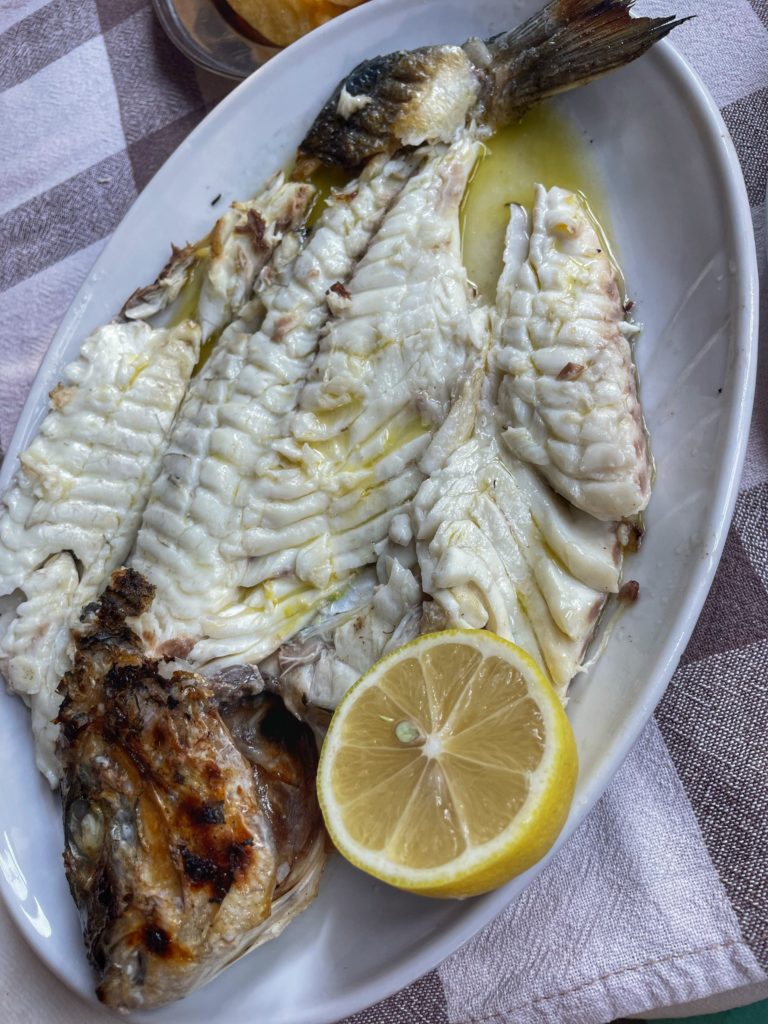
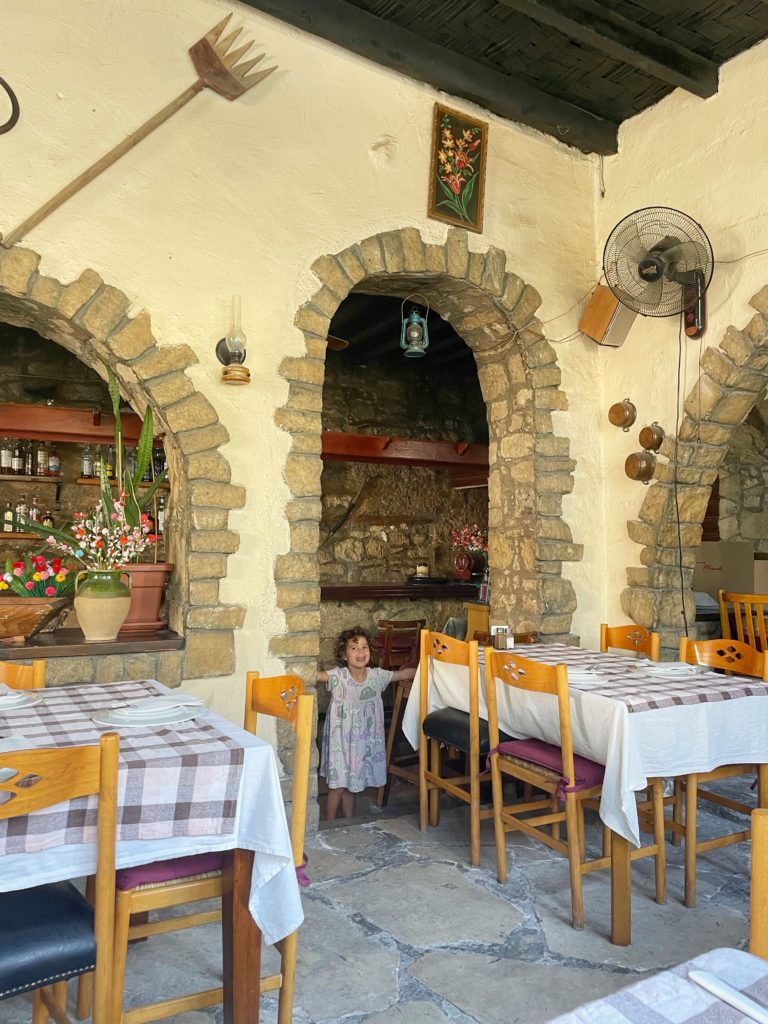
Thymari Restaurant
A chain of Greek restaurants with grilled skewers, special pita skewers, salads and more. A great option for someone who wants delicious and fast food, and you can find many of their branches in Limassol. Directions to the branch where we eat.
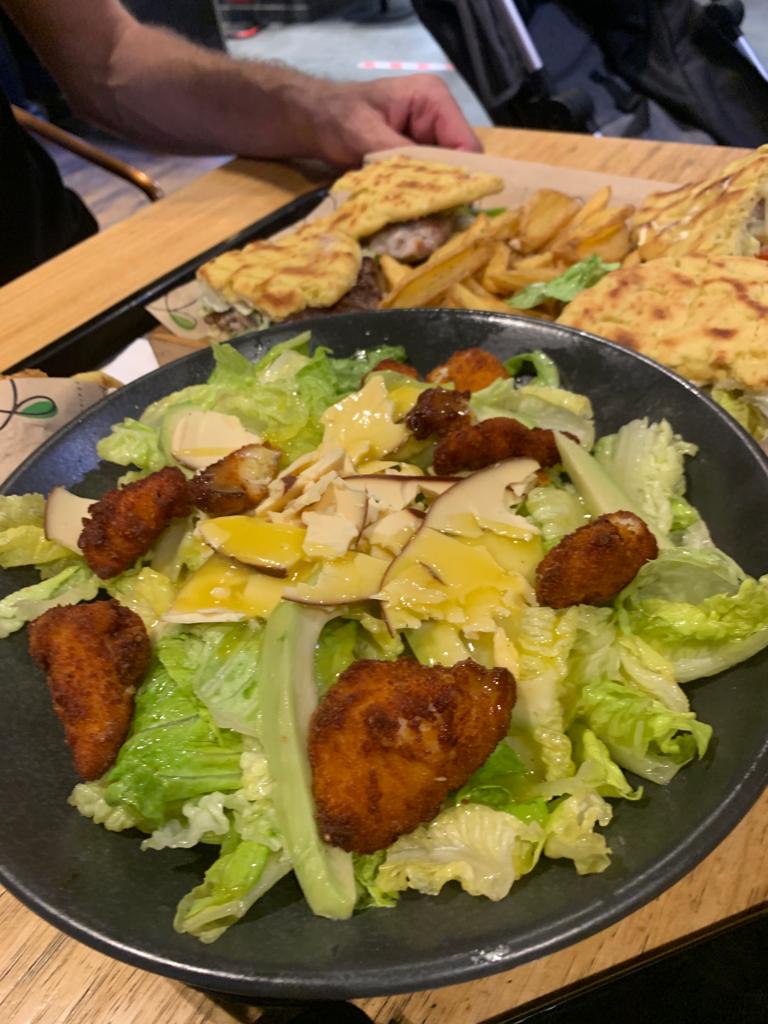
Home Cypriot restaurant Η Φωλιά του Κούκου
A restaurant in the old city area that has only three homemade Cypriot dishes every day: two vegetarian ones and one meat option. Simple, homemade and authentic food. The workers there are lovely and the food is delicious and healthy. You can also order a Greek salad and drinks. And they also have a good semolina cake dessert. Directions.
High-end Greek restaurant Dionysus Mansion
We have been to the Dionysus restaurant several times and every time I am excited about their courtyard, the food and the service. The restaurant is in a commercial area, but as soon as you enter the courtyard you feel peace and quiet. We ate an excellent fish dish and a dish of ravioli with truffles (served as a starter, but you can ask that they increase its size to a main dish, at an additional cost of course). Roman also ordered bone marrow and he really liked the dish (I’m less of a fan), and the lamb chops he ordered were also excellent. In short, a Greek restaurant that is worth a visit.
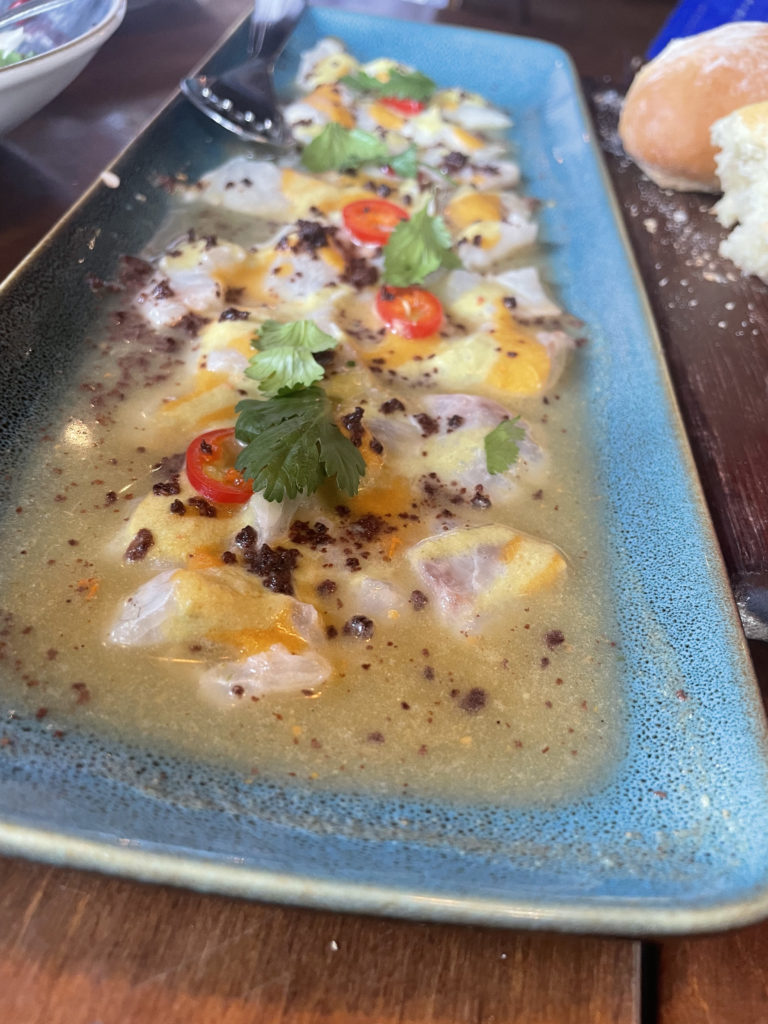
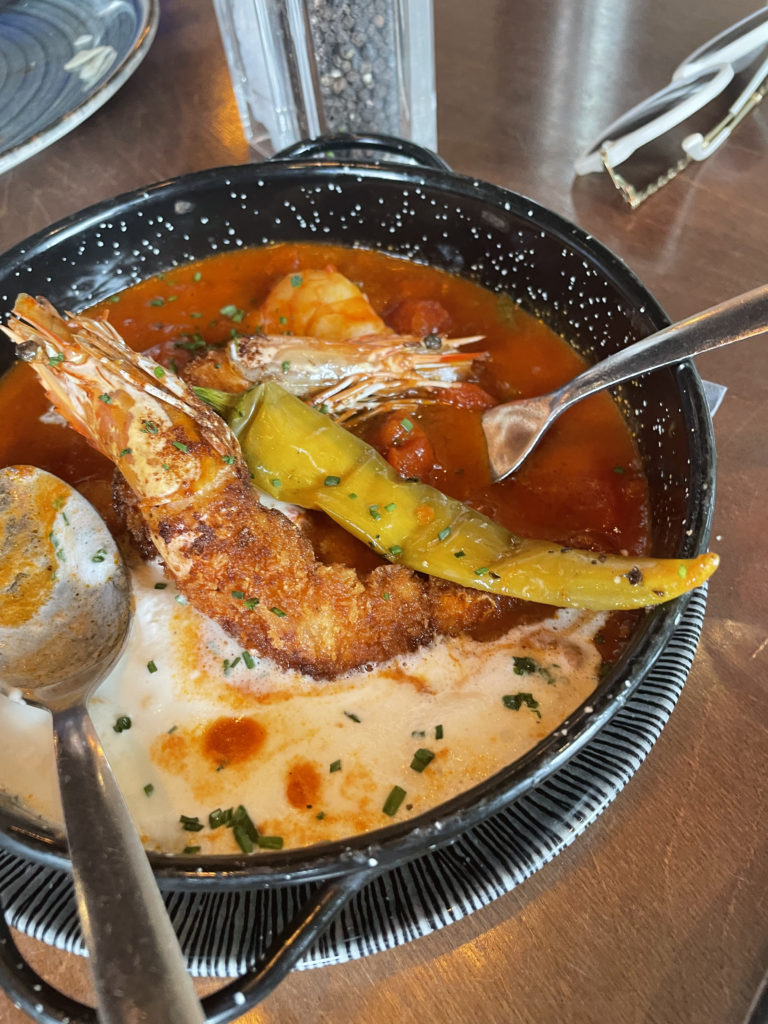
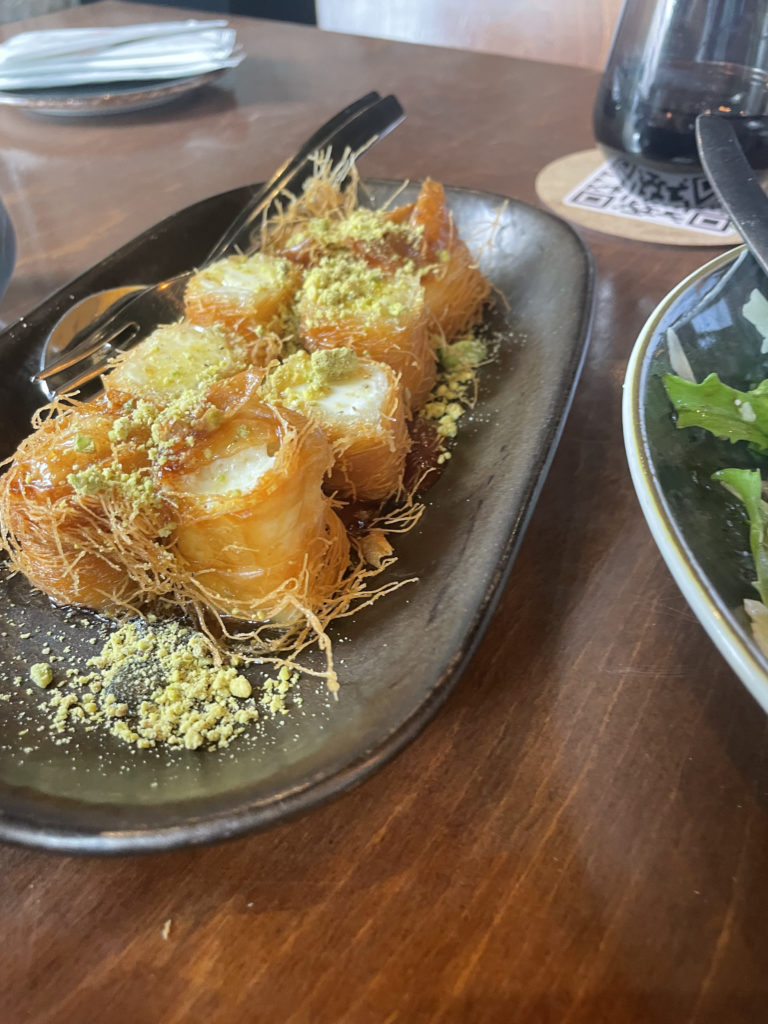
Israeli restaurants
It is true that you already have Israeli meals all the time (for those who live in Israel), but these restaurants serve excellent food and there is a great atmosphere, which is why I put them on the list.
Karmela Restaurant
Karmela restaurant belongs to the charming Moran, who is a well-known figure in the world of restaurants here in Limassol. She has lived on the island for twelve years and opened the Carmela restaurant a year ago, in 2023. Only recently did I have the opportunity to go there with Roman and the truth is that we really enjoyed ourselves and raved about the food. We chose to taste the broccoli salad (it became one of my favorite salads), spicy shakshuka (it was so tasty and the truth is that I really missed real shakshuka), Jerusalem mix on a bed of hummus (they are delicious) and lamb arais (I don’t like arais but Roman really liked it). And the knapa dessert was extremely successful. The location of the restaurant is excellent, in the center of the old city. In short, a highly-recommended restaurant. Link to the restaurant website.
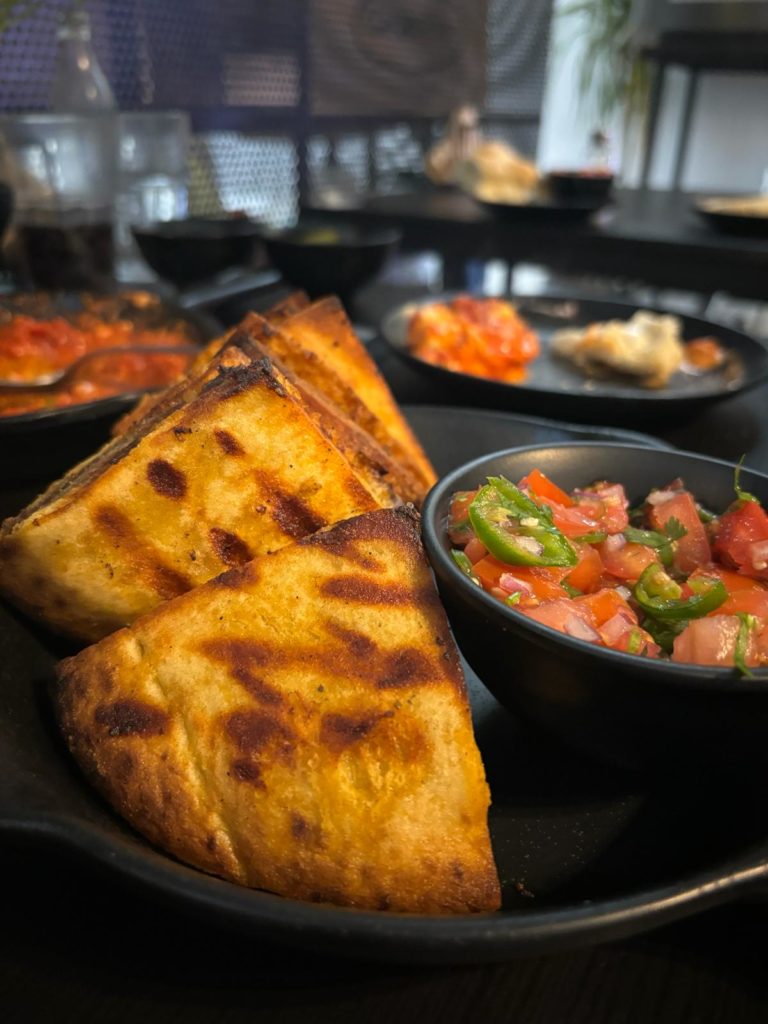
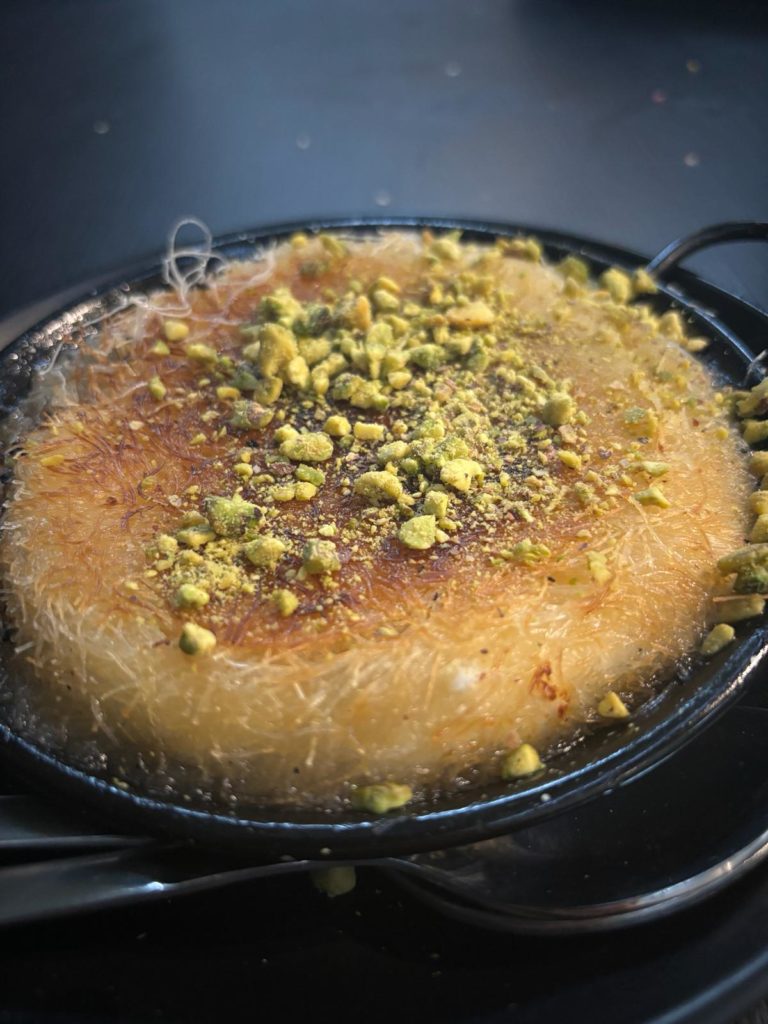
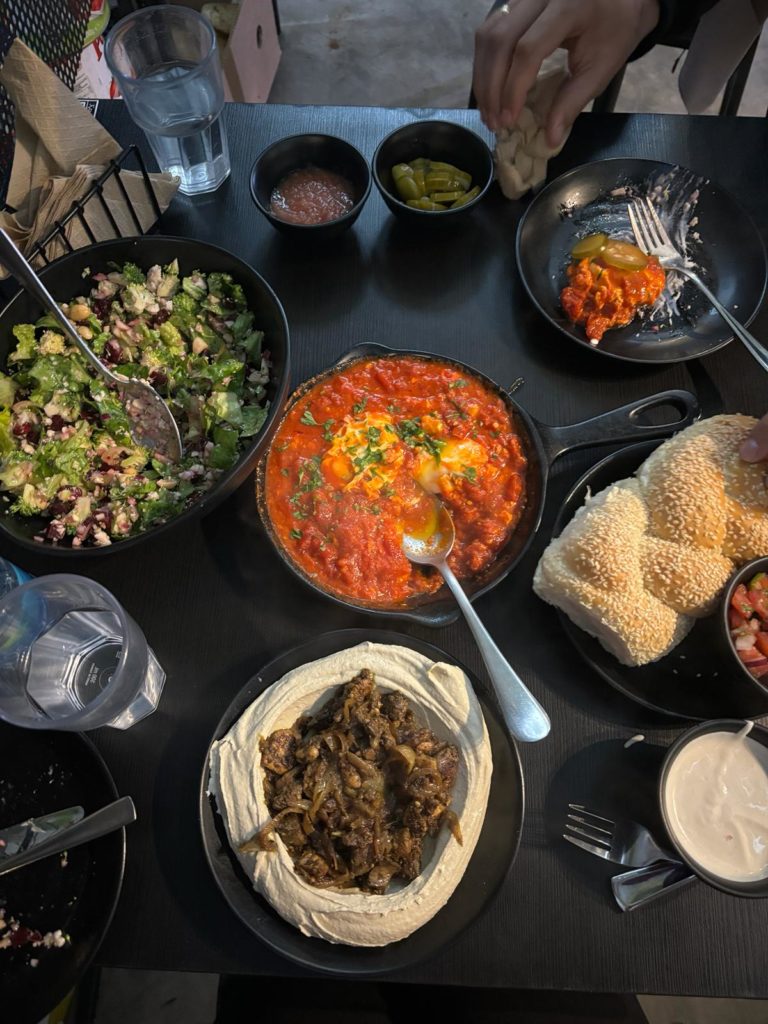
Pitot restaurant
Pitot is a restaurant with a fun and light Israeli atmosphere. Really tasty and satisfying dishes and what I really liked about was the sitting outside with Israeli music and the fact that there are self-serve dips and pickles. We ate a cauliflower and lentil salad that could satisfy two people, a Jerusalem mixed dish on hummus and the special of the day, Schnitzel in challah with Matbouha and salad. All the dishes were really tasty and satisfying. I felt like we ate a lot and still didn’t even finish half of the dishes. For dessert we ate amazing knapa and malabi. I was upset that I was already full from the food because they were so delicious that I wanted to eat more of them.
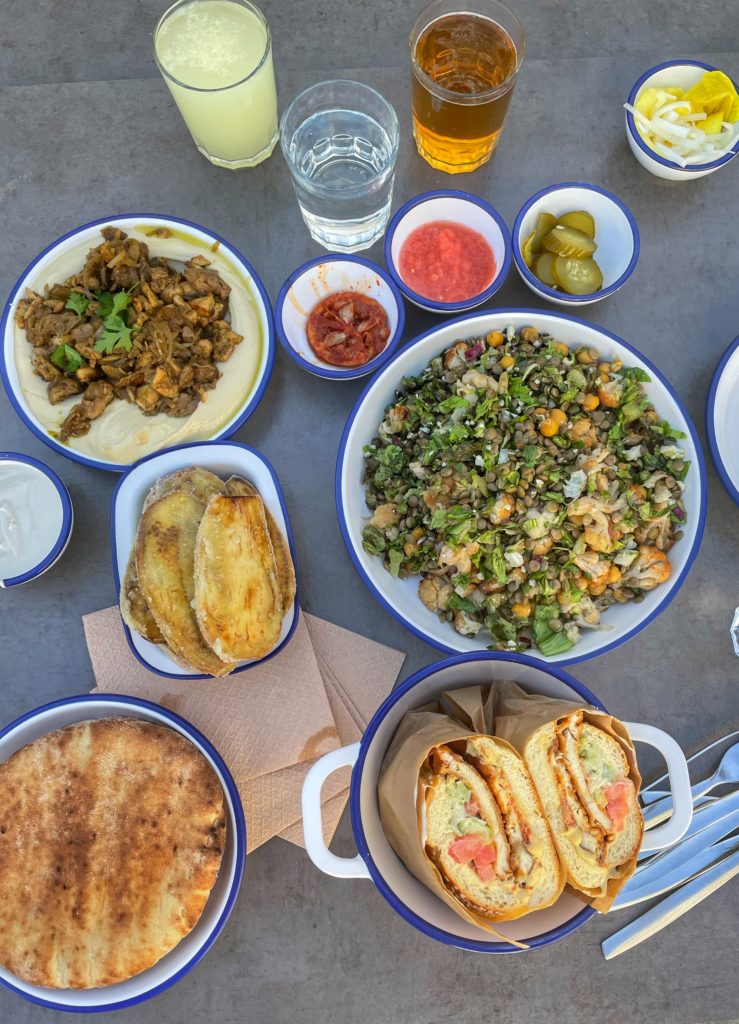

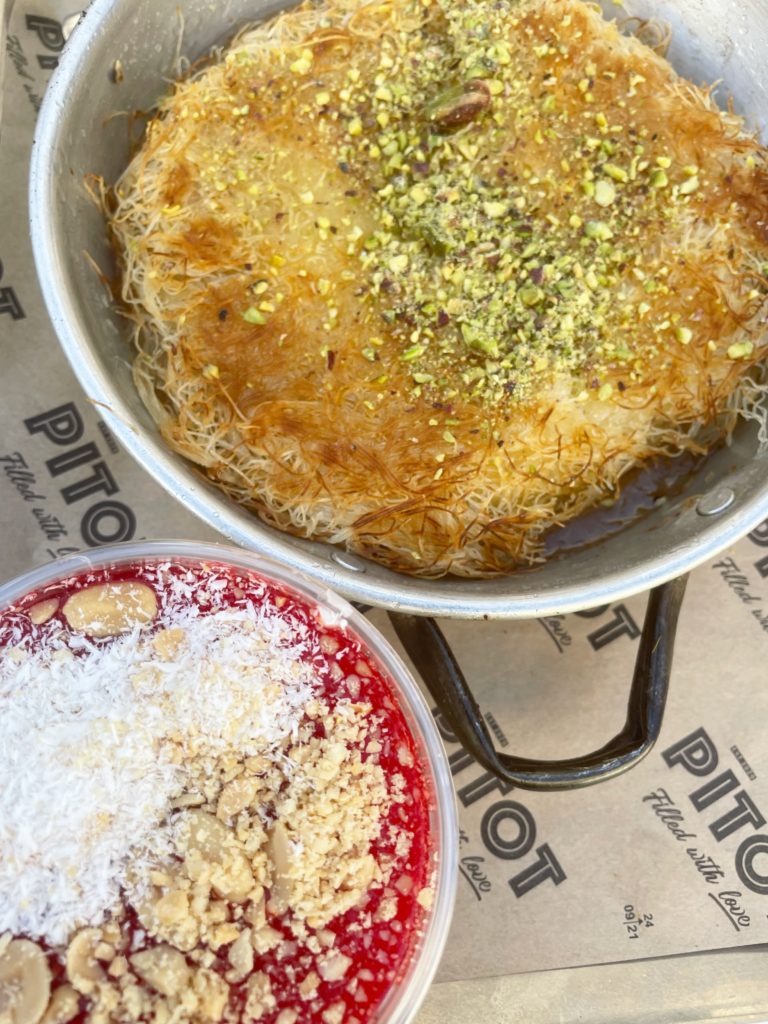
Kosher meat throughout Cyprus
If you keep kosher and want to order meat to the apartment you are staying in or an apartment hotel to cook yourself, then I would like to recommend Simply Kosher. They provide kosher meat with free delivery throughout Cyprus + a gift with every purchase + a special benefit for blog followers of 5% with coupon code TRVBOX. The kashrut is part of Beit Yosef slaughtering Chabad (the strictest kashrut). The delivery is the same day or max the next day.
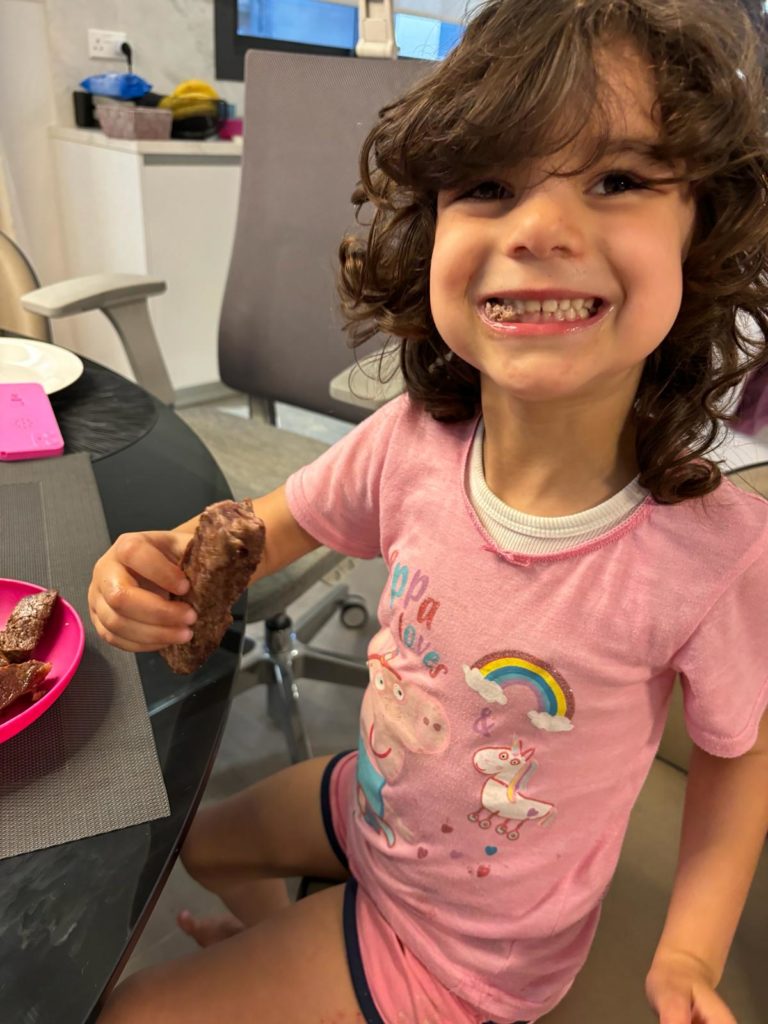
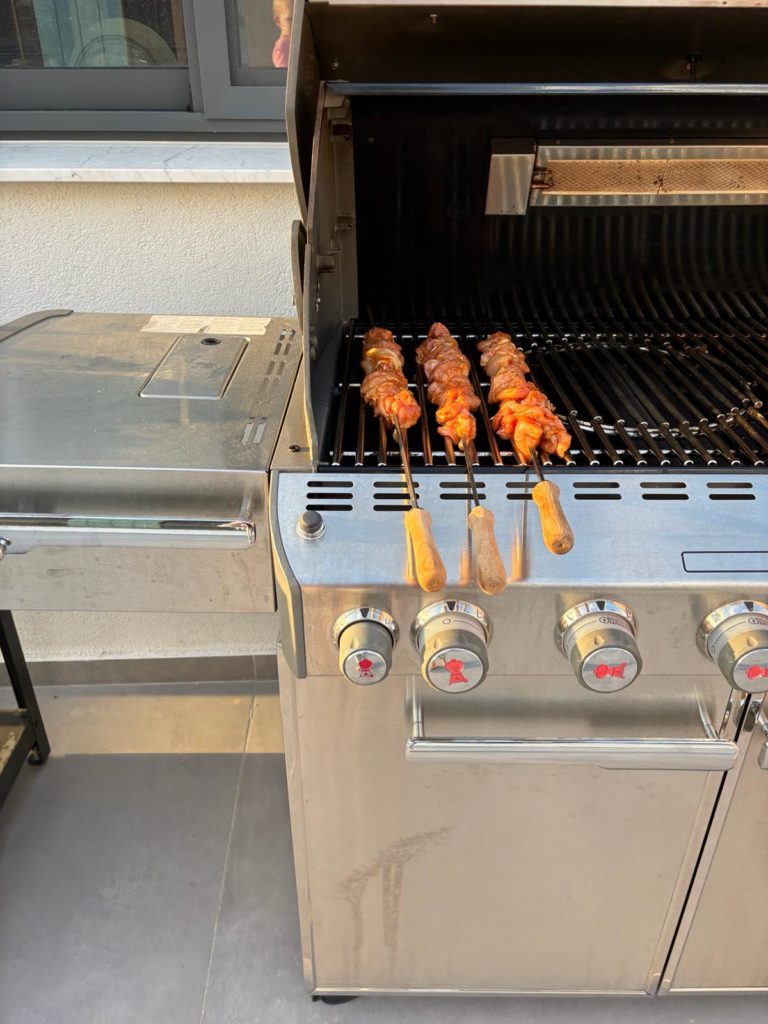
Asian restaurants
We really love Asian food and have found some great authentic restaurants here.
Hanoi Vietnamese restaurant
The Hanoi restaurant is one of the best and most authentic Vietnamese restaurants I’ve tried. The flavors are exactly the same as the ones we had in Vietnam and they are constantly adding great new dishes. In my opinion, the most recommended ones are: the bun cha dish, composed of pork, rice noodles, green leaves and a perfect sauce with meatballs. Pho soup pho ba, the flag dish soup of Vietnam, with chunks of meat and strong flavors of the local spices. Steamed dumplings with shrimp and steamed spring rolls with shrimp. And there are many more excellent dishes like the noodles with the meat and the Tom Yum soup. In short, go there and I’m sure you’ll be delighted. Arrival instructions.
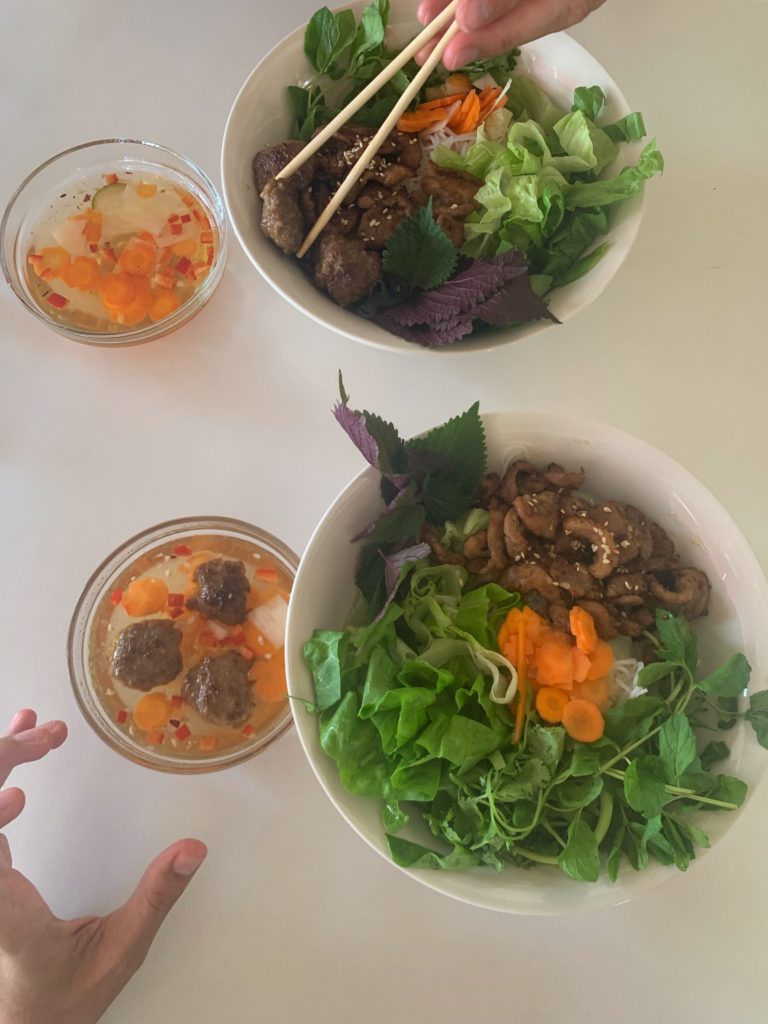
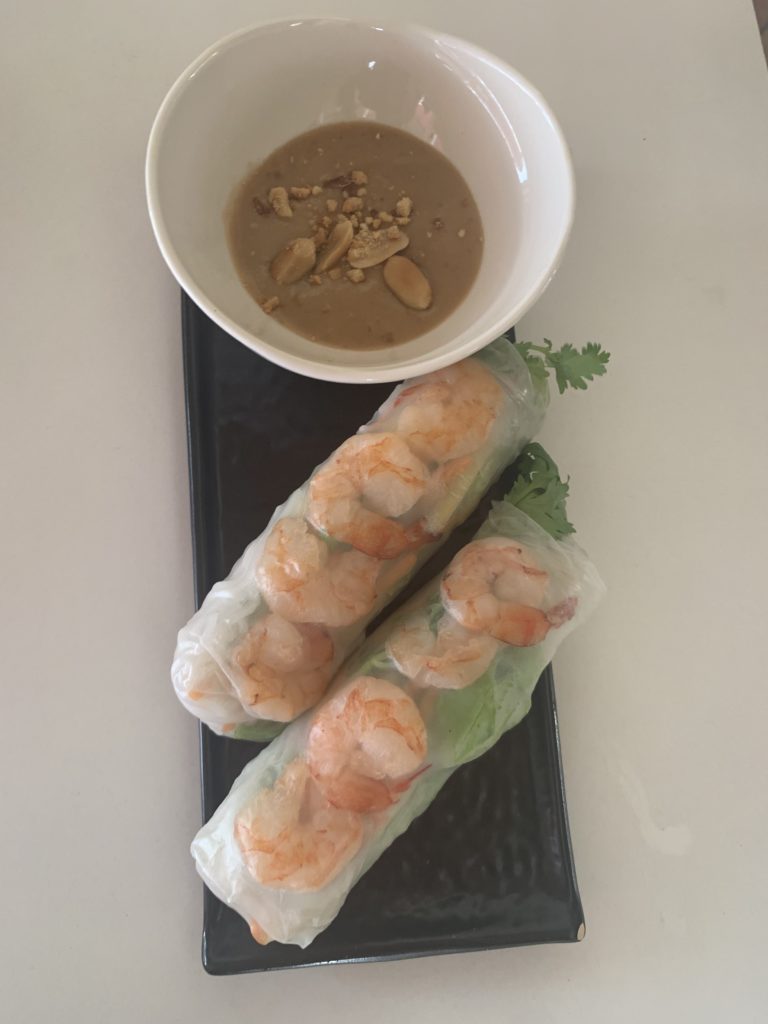
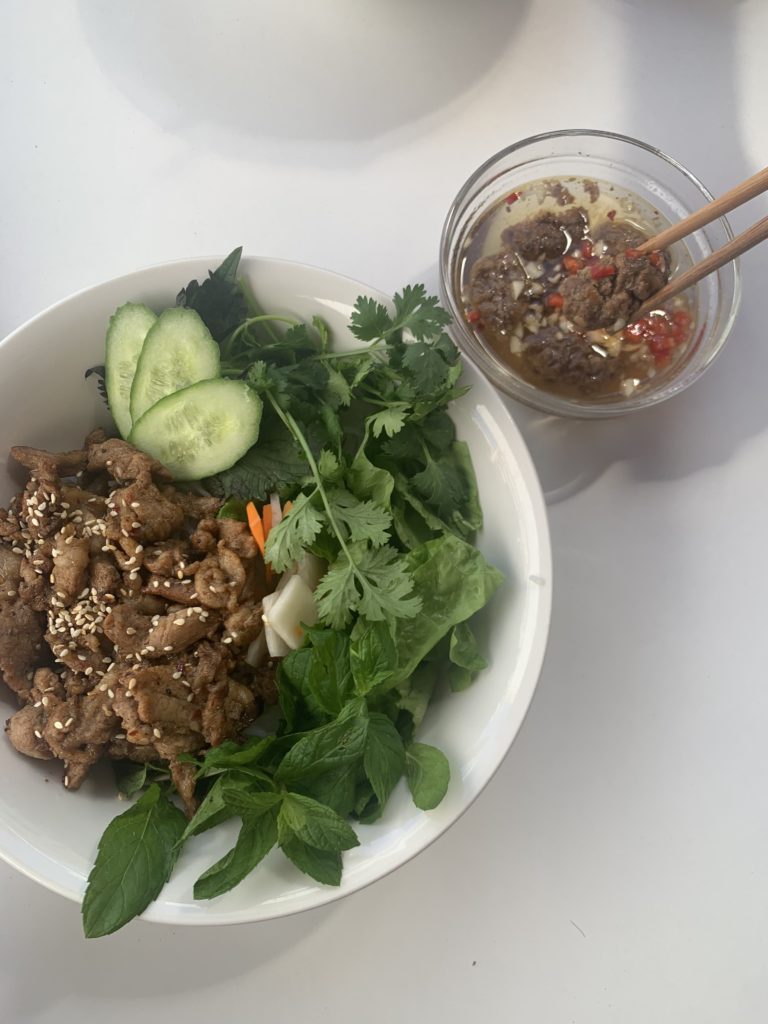
Golden Monkey Restaurant
The Golden Monkey is a Thai restaurant located in the St. Raphael Resort. This is a restaurant that we received many recommendations for and we only got to go there recently. A combination of luxurious design, excellent service and excellent food. Those who love Thai food will love this restaurant.
We ordered two starters, a soup and two mains and it was too much but everything was really tasty, so not bad :). I recommend trying their green curry with the beef – this is the dish I liked the most and also the appetizer of the steamed dumplings.
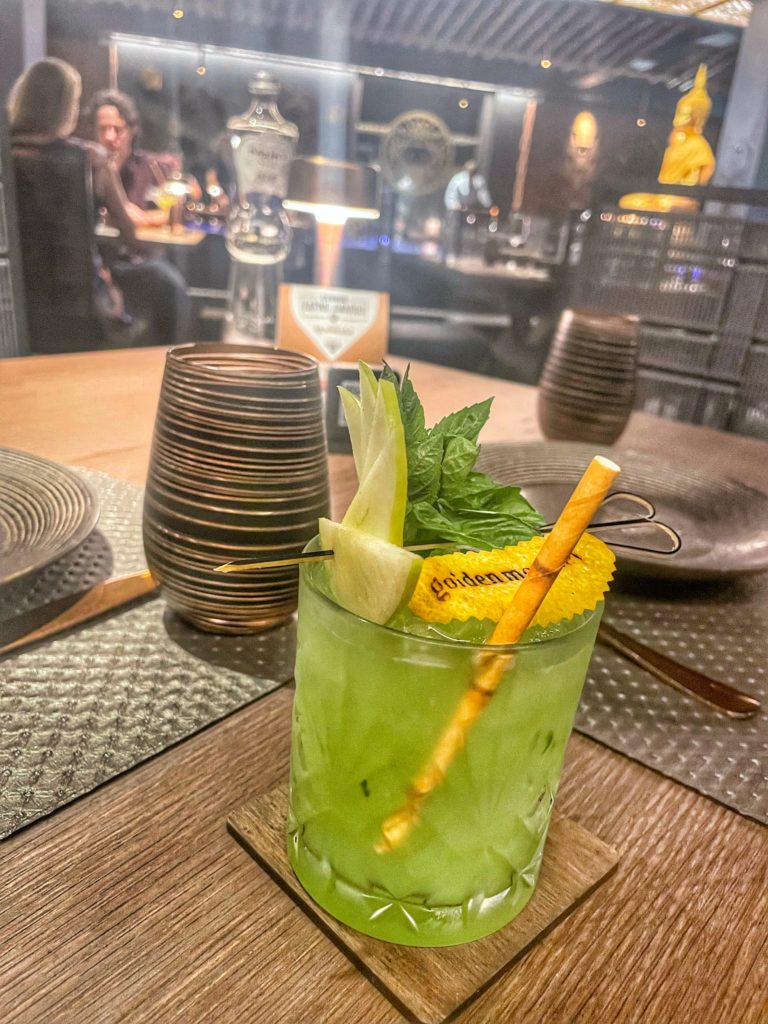
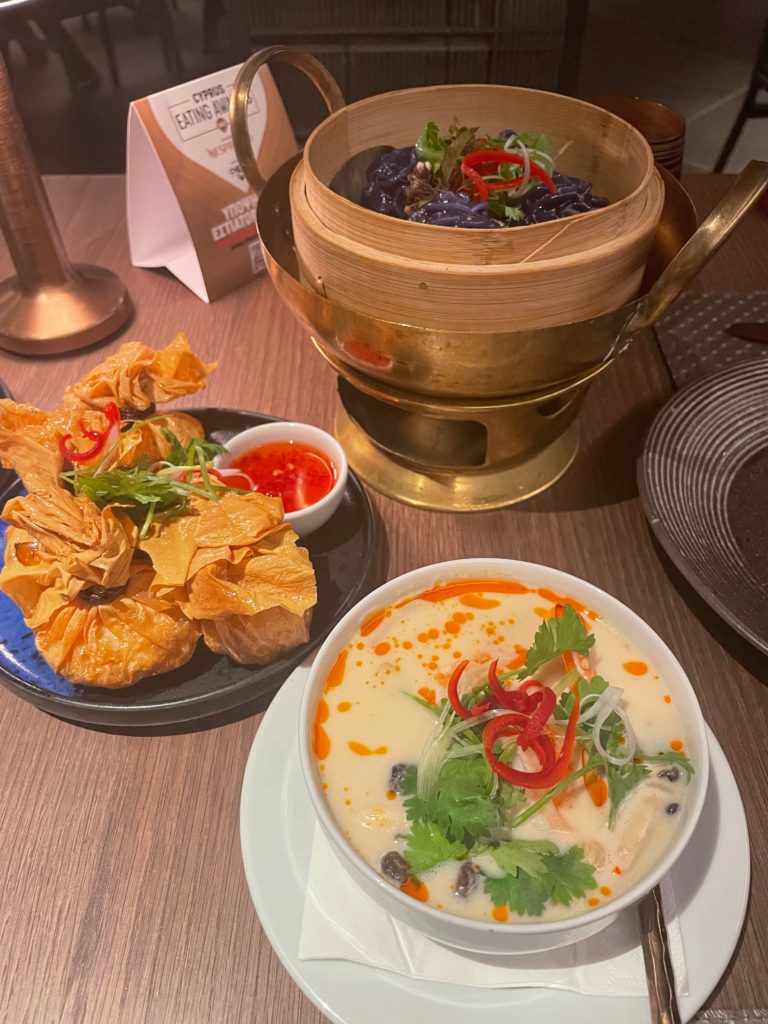
Gurkha’s Kitchen Indian and Nepalese cuisine
The truth is that I haven’t had the chance to go to Nepal, only India, but there is such a delicious Nepalese momo soup that I just got addicted to it. The noodle, paneer and curry dishes are also good, but the momo soup wins in my opinion. Arrival instructions.
Raj Tandoori Indian restaurant
Excellent restaurant for Indian food at great prices. We often order takeaway because there is a 20% discount and we order a quantity for the whole weekend. Yes, we are also addicted to Indian food. The dishes we like to order there the most are: palak paneer, a spinach stew with Indian cheese, malai kofta, balls of Indian cheese in a thick sauce, butter paneer, a stew with creamy tomato sauce and Indian cheese, dal daal, a lentil stew. We always order the dishes with jeera rice (rice with cumin seeds) and Indian garlic pita naan with garlic. Arrival instructions.
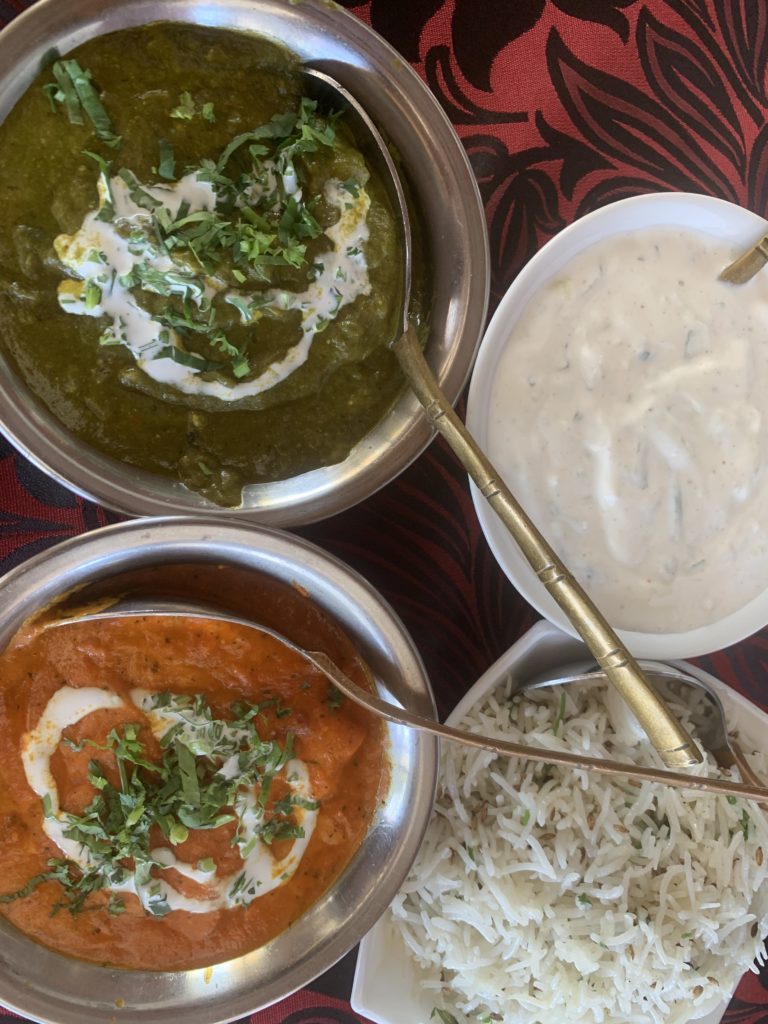
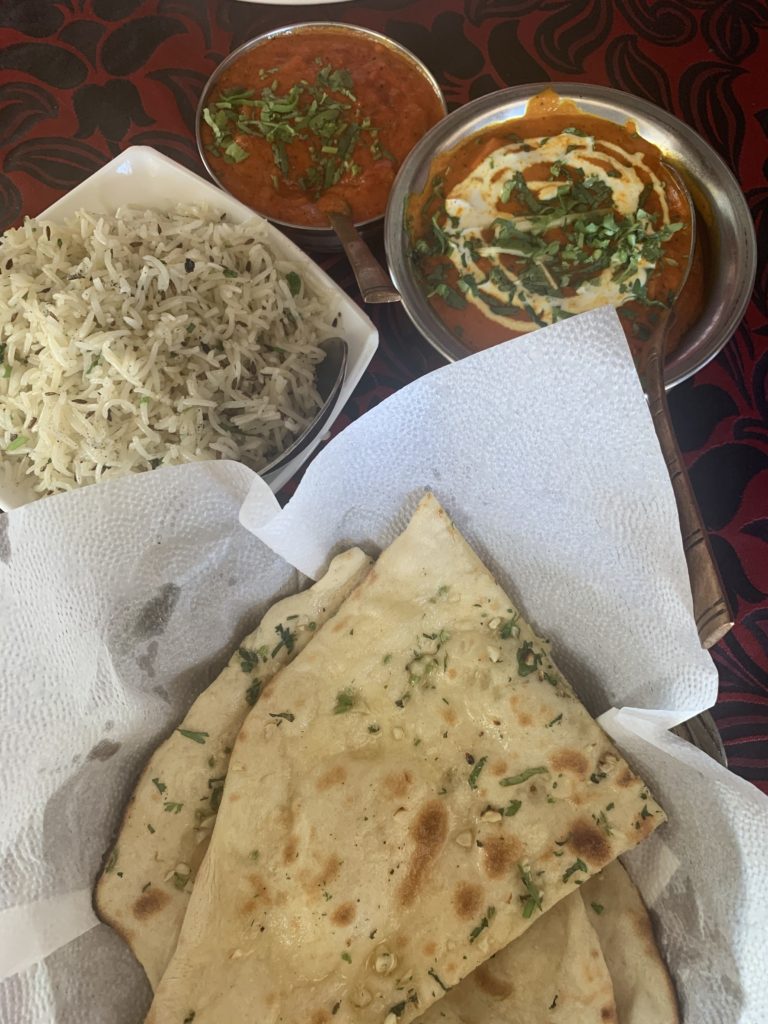
Kalimera Indian restaurant
In this Indian restaurant you will find dishes from South India ,and my favorite dish there is the masala dosa Indian crepe filled with potato and with coconut chutney sauce. Yum yum. Arrival instructions.
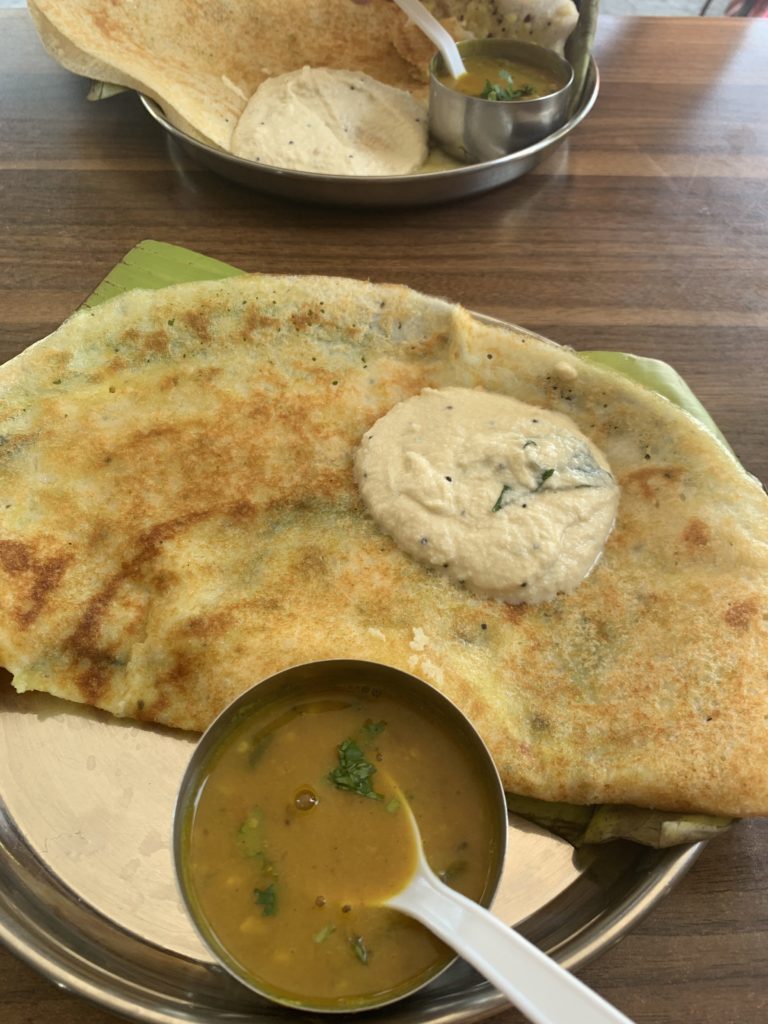
Mediterranean restaurants
Sands Beach Club-Resto
The Sands Beach restaurant is the place for food and drinks with a stunning view of the beach and the sea. A vacation-type atmosphere and really good food. Sometimes we go there just for wine and sometimes for food, too. The shrimp dish is amazing as well as the bass. If you are looking for a restaurant that will give you the feeling of a summer vacation, this is definitely the place.
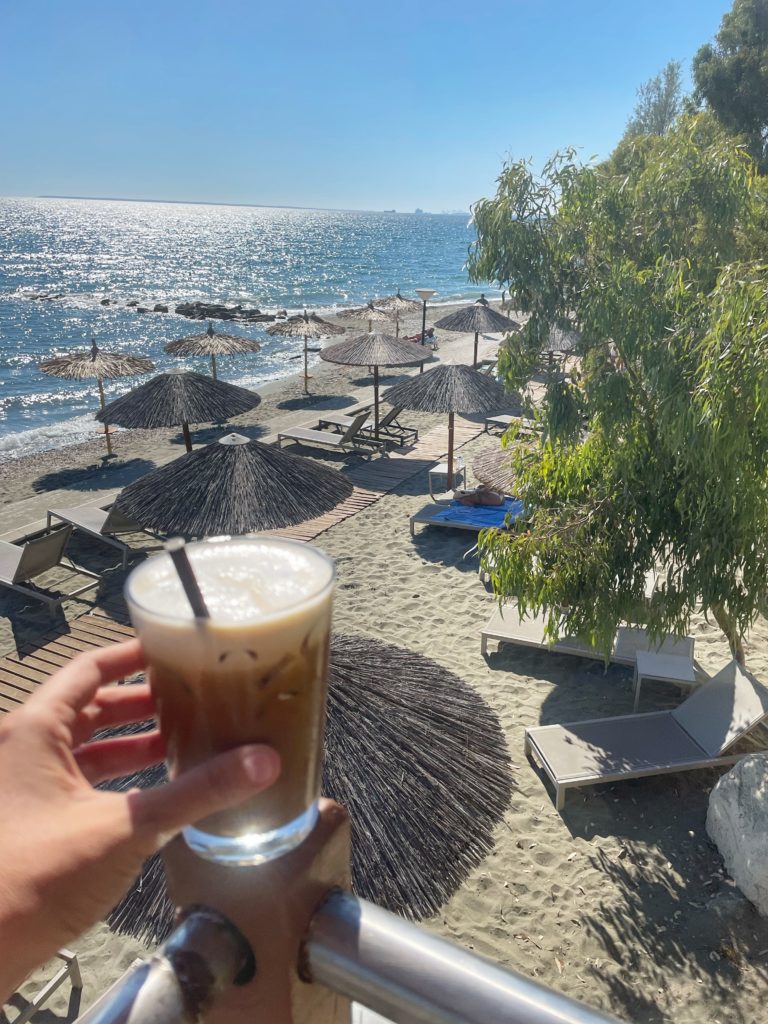
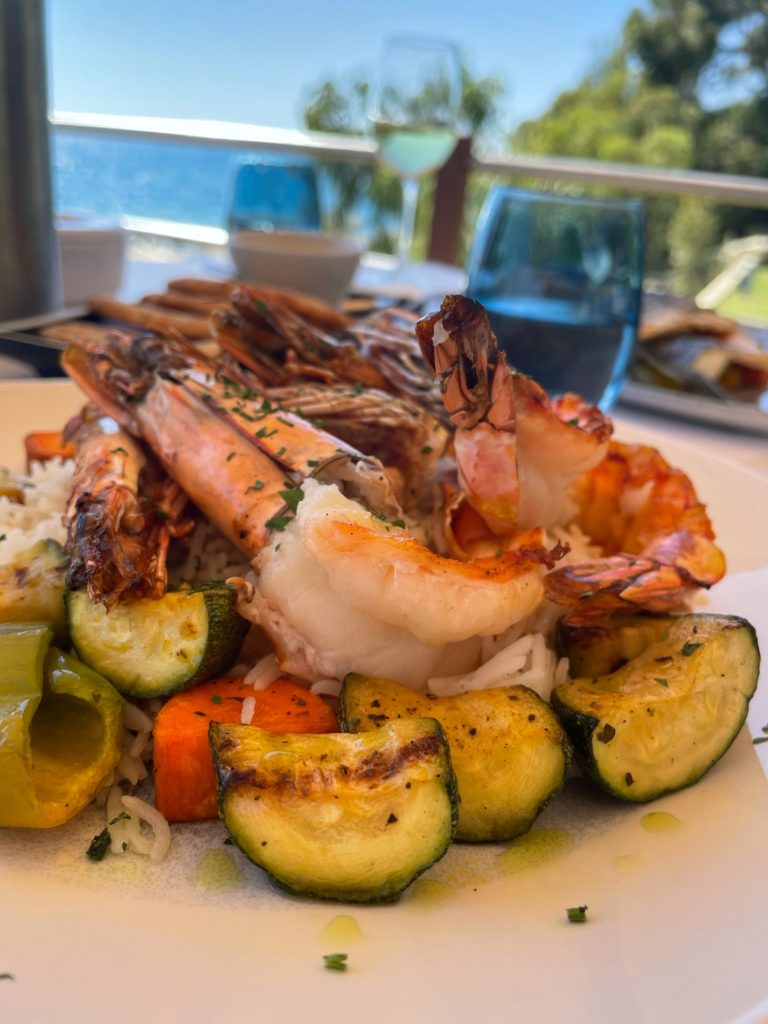
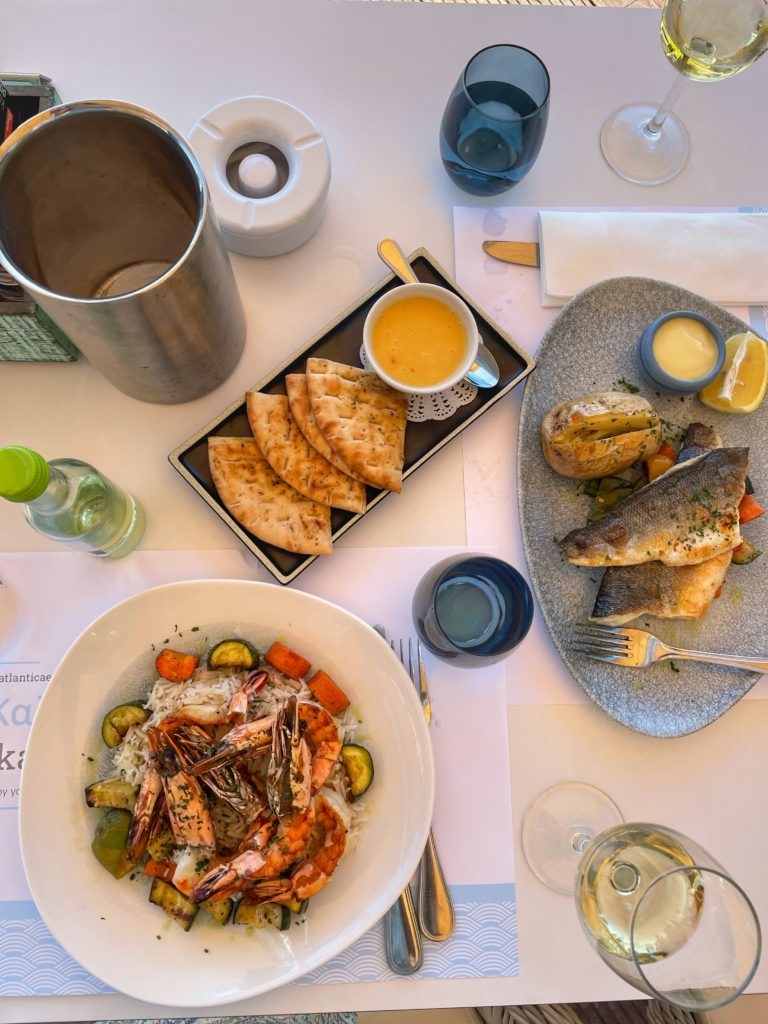
Columbia Beach restaurant
The Columbia Beach restaurant is one of the most famous restaurants in Limassol. A restaurant that is excellent thanks to its breakfast, lunch, dinner and entertainment. It has everything from everything. Seating on the grass near the beach, seating inside, fun atmosphere with a view of the sea and delicious food. There are also cocktails, soft drinks, hot drinks and on weekends there is also a DJ. For breakfast, I really like their tapioca dish, and the avocado and burrata cheese sandwich. At lunch or dinner their sushi and burger trio.
It is recommended to reserve seats in advance
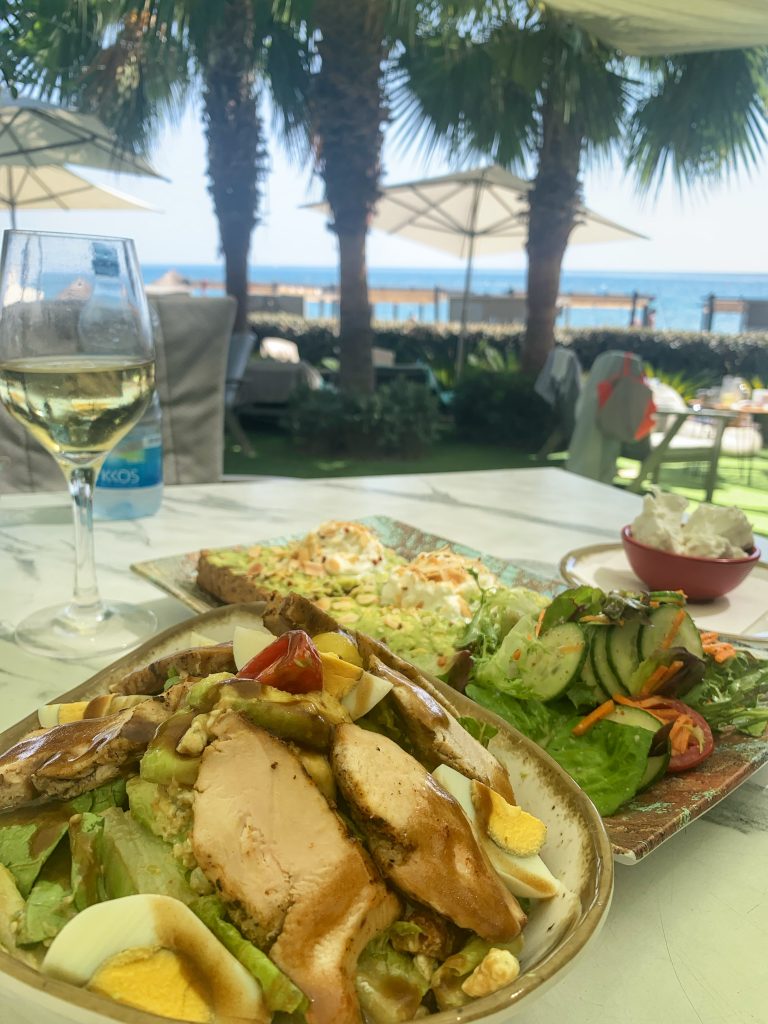
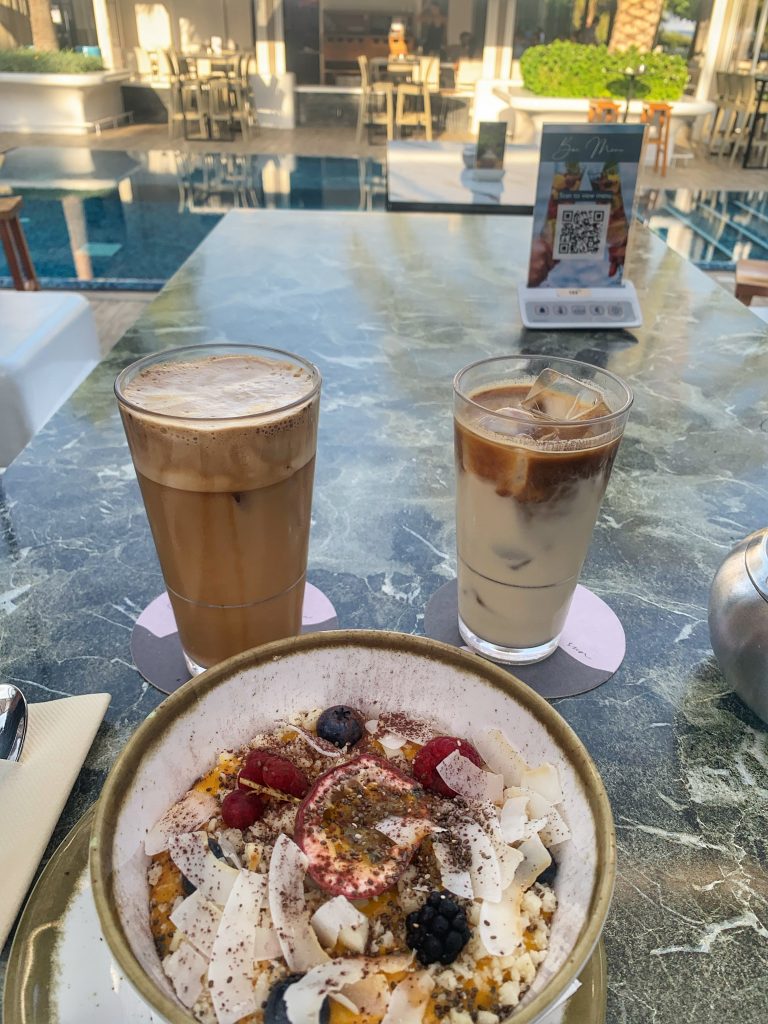
Malindi bar restaurant
The Malindi restaurant is on the beach and has excellent food. The service is a bit lacking but beyond that the restaurant is excellent and we always enjoy the food. We generally have a perfect seafood pasta and also mussels in a winning sauce. There are also excellent brunches: we have had focaccia with poached eggs and avocado and sirniki (Russian cheese pancake) and we liked both dishes very much. They have a large selection of dishes for breakfast and lunch and dinner.
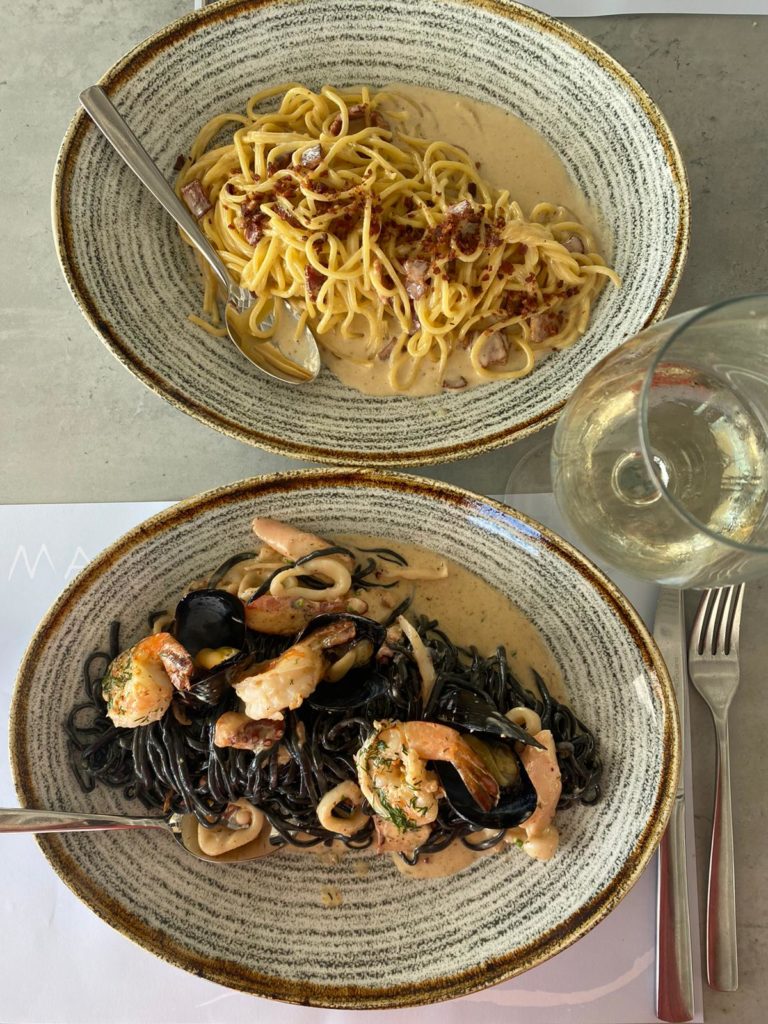
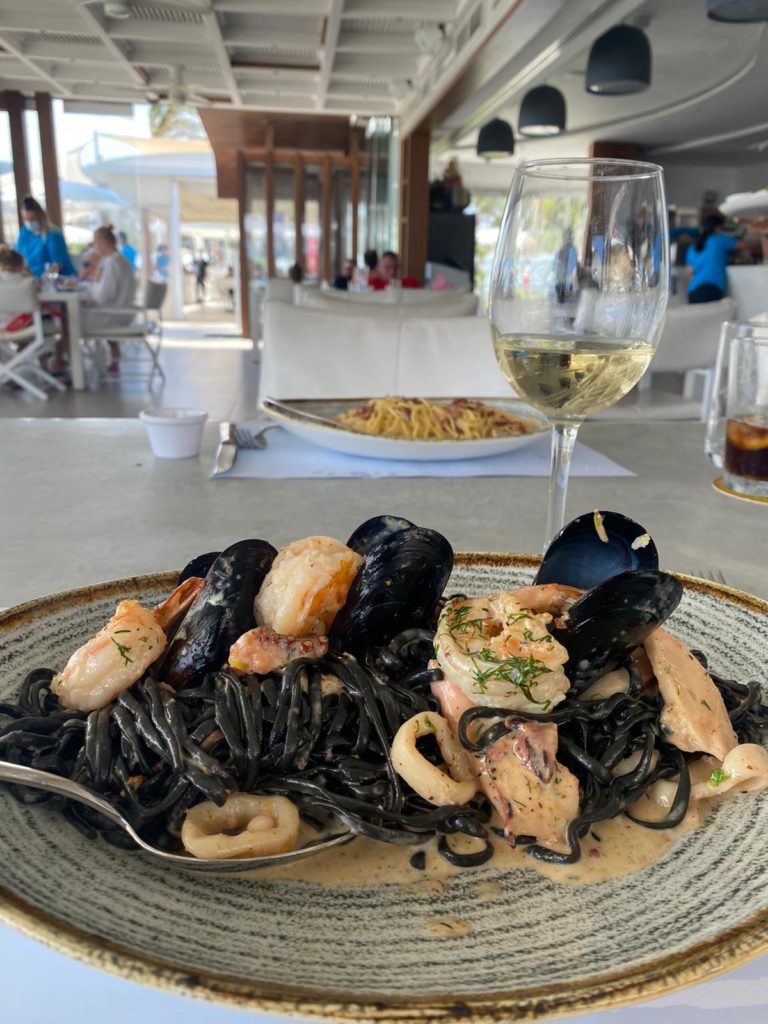
Bar restaurants
Restaurant Bar Da Vinci
The Da Vinci restaurant-bar is in the old city in a magical location. You will find seating outside, inside, and up on the balcony. In addition, there are karaoke rooms (which I didn’t get to try :)). There is also the option of ordering hookah for those who like it. The food is really delicious and the cocktails are great (I really liked the spicy Russian cocktail). For food, we ordered bao buns with pork, chicken skewers in espresso and mashed truffles. Everything was great.

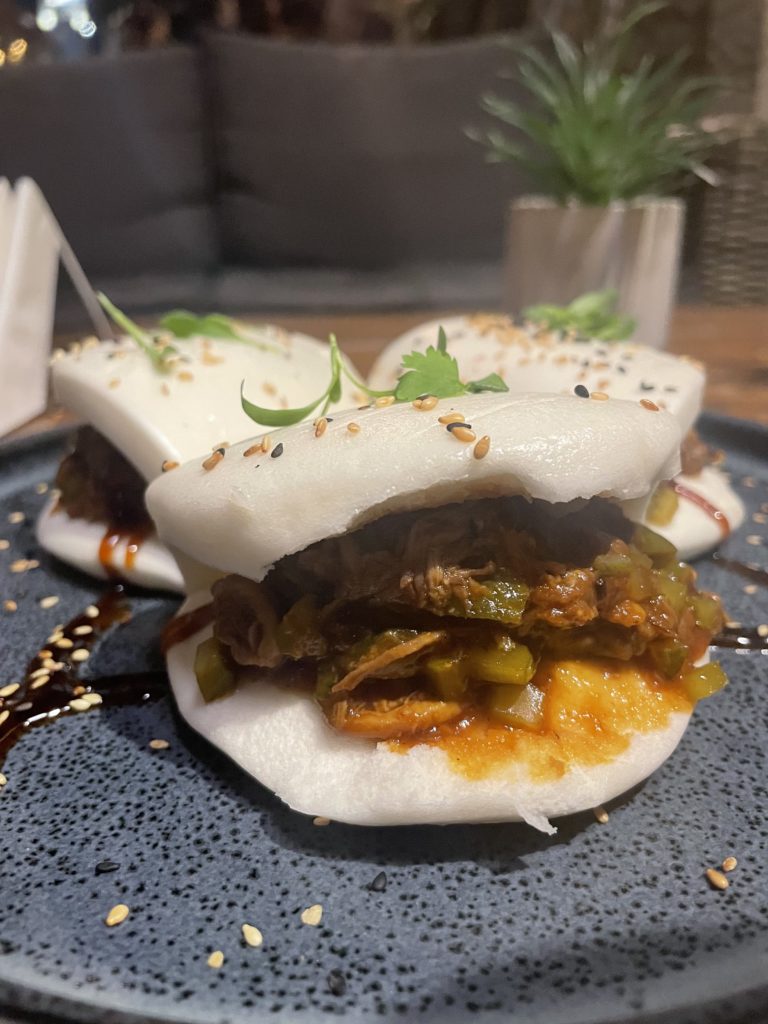
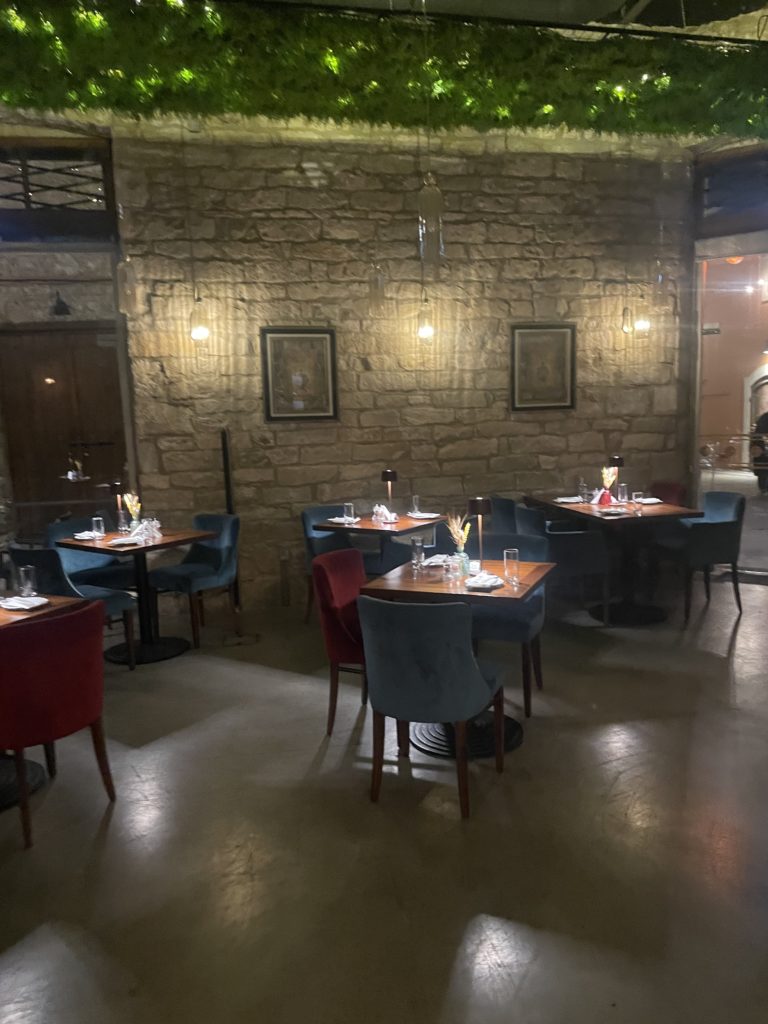
Bar du Soleil
Bar du Soleil is a bar located in the marina area. It is one of the best bars in the city, with fun music and a good atmosphere right in the port. I included it in the post because it is also suitable as a place for a dinner with alcohol or just to spend the evening.
It is recommended to make a reservation because it is always full.
The spicy margarita is really good and so are the nachos.
Chesters Bar Restaurant
If you are looking for a meat restaurant with a fun atmosphere then Chesters Bar Restaurant will suit you perfectly. They have excellent steaks and really tasty lamb chops and the truth is that their dreamy avocado quinoa salad is also great. Maya really likes their spaghetti Bolognese. The restaurant is part of a complex of other restaurants, so if you want to sit there and order sushi, for example, then you can ask for the menu of the Zen restaurant (a highly recommended Japanese restaurant) and there is also an Indian restaurant in the complex. In short, this is a complex of restaurants where you can find food for the whole family and it is located in the area of the 5-star resorts in Limassol.
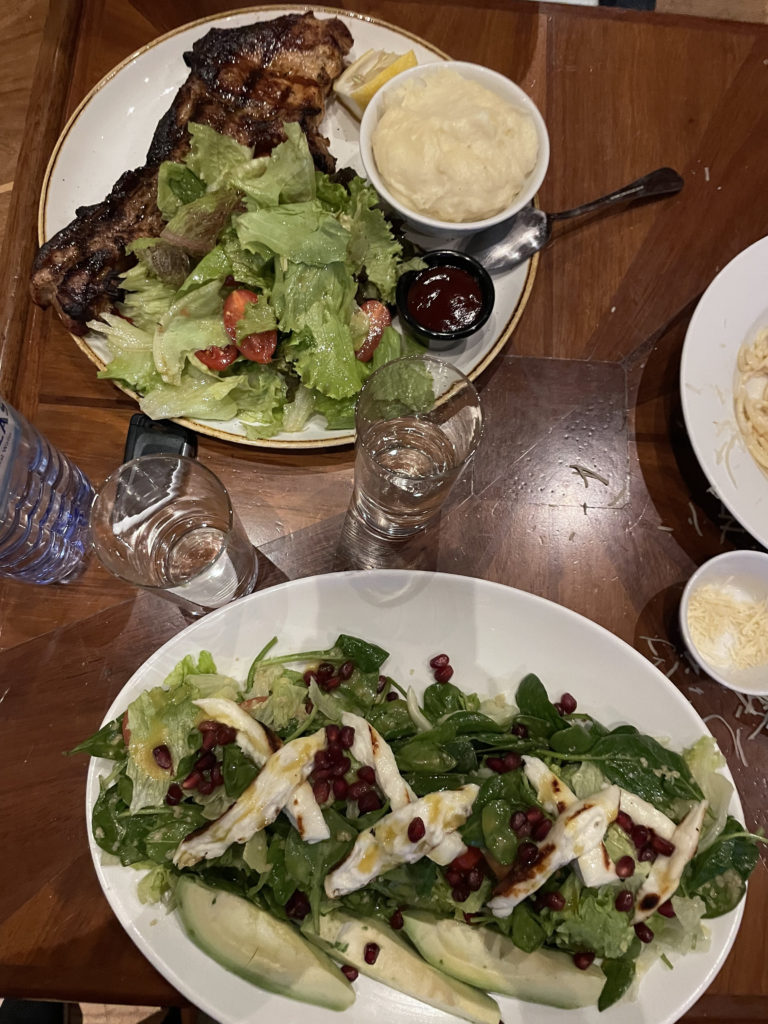
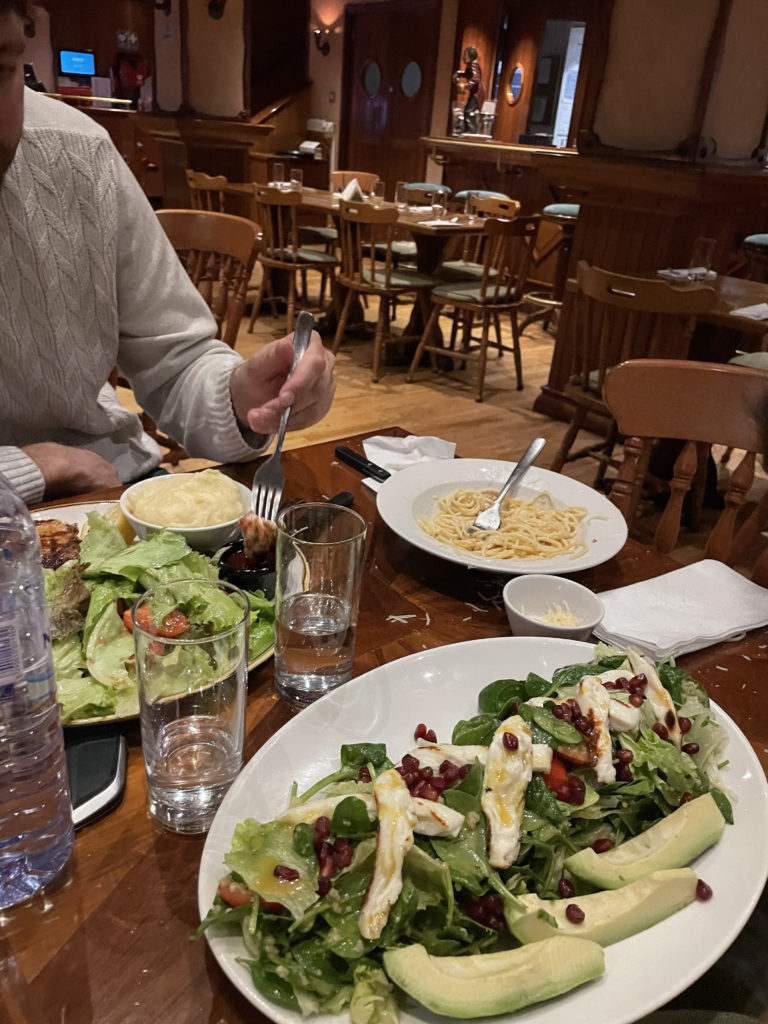
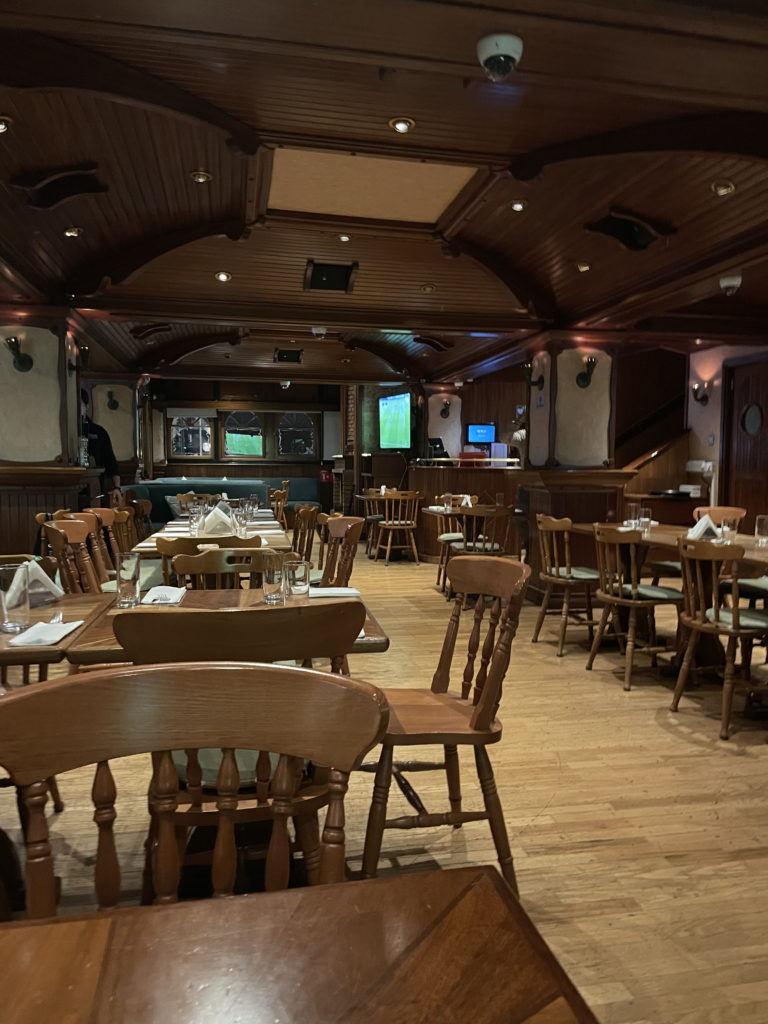
Draught Microbrewery Bar Restaurant
The Draught Microbrewery restaurant is located in the old city in a lively area. There are great burgers there! Great service and really tasty children’s dishes. Maya and Sophie flew over the spaghetti bolognese. The hamburger is served with potato wedges with a delicious seasoning. They also have delicious cocktails and a selection of beers.
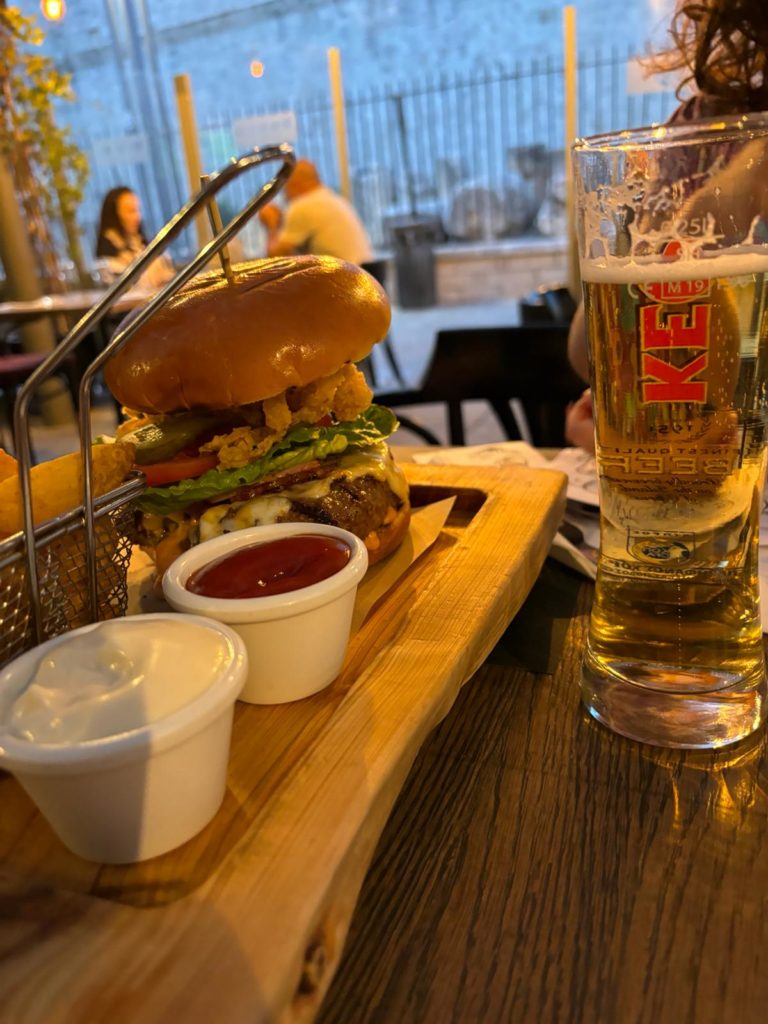
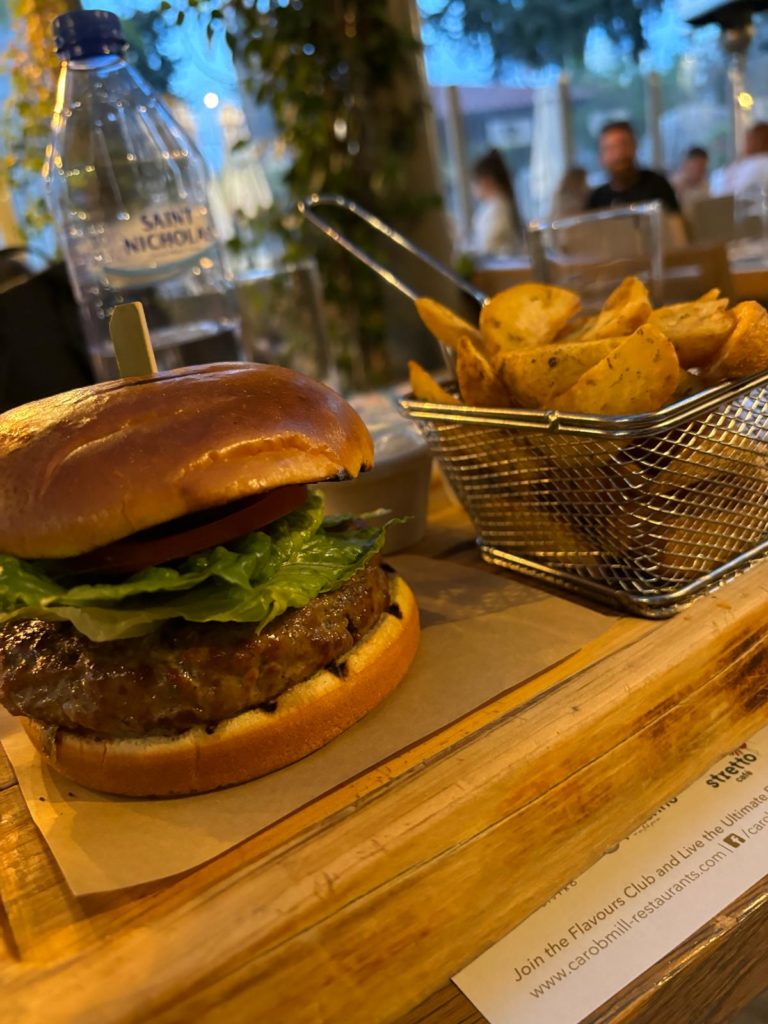
Catrinas Bar Restaurant
A new spot in Limassol that opened in November. I saw an advertisement for it on Instagram and immediately knew it would be the perfect place for a date with Roman.
The place’s design is unique and beautiful in my opinion, with a great atmosphere.
The cocktails were excellent: I love spicy and sour flavors, so I ordered the Mexico Mule, and Roman enjoys refreshing sour tastes, so he went for the Senor cocktail.
We ordered a fish ceviche, which was different from the usual ceviche because of the Mexican-style sauce. For the main course, we shared the beef fajitas, which were really tasty and filling.
There are seating areas both inside and outside, and at night, the vibe turns into a dance bar with a DJ. Directions.
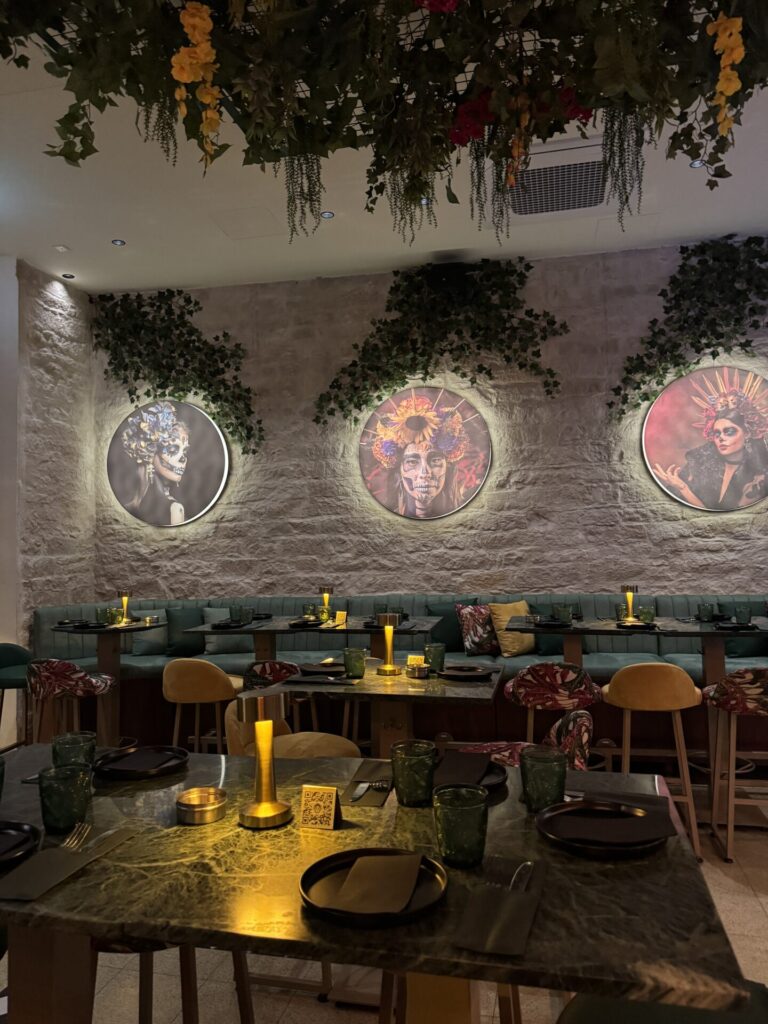
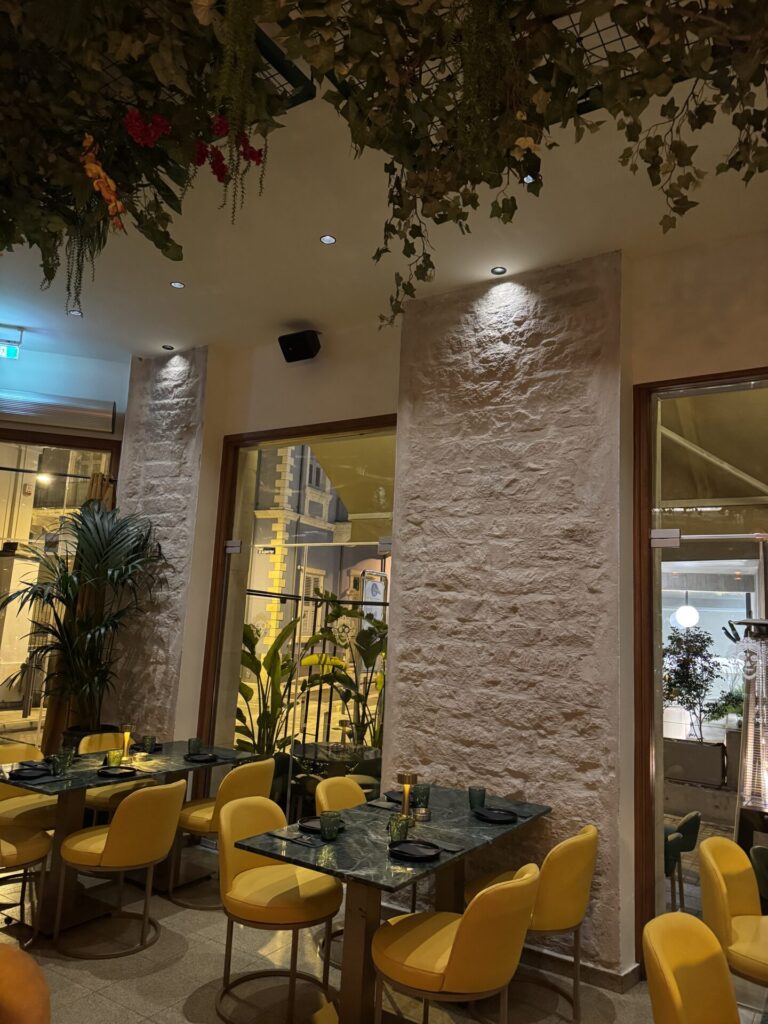
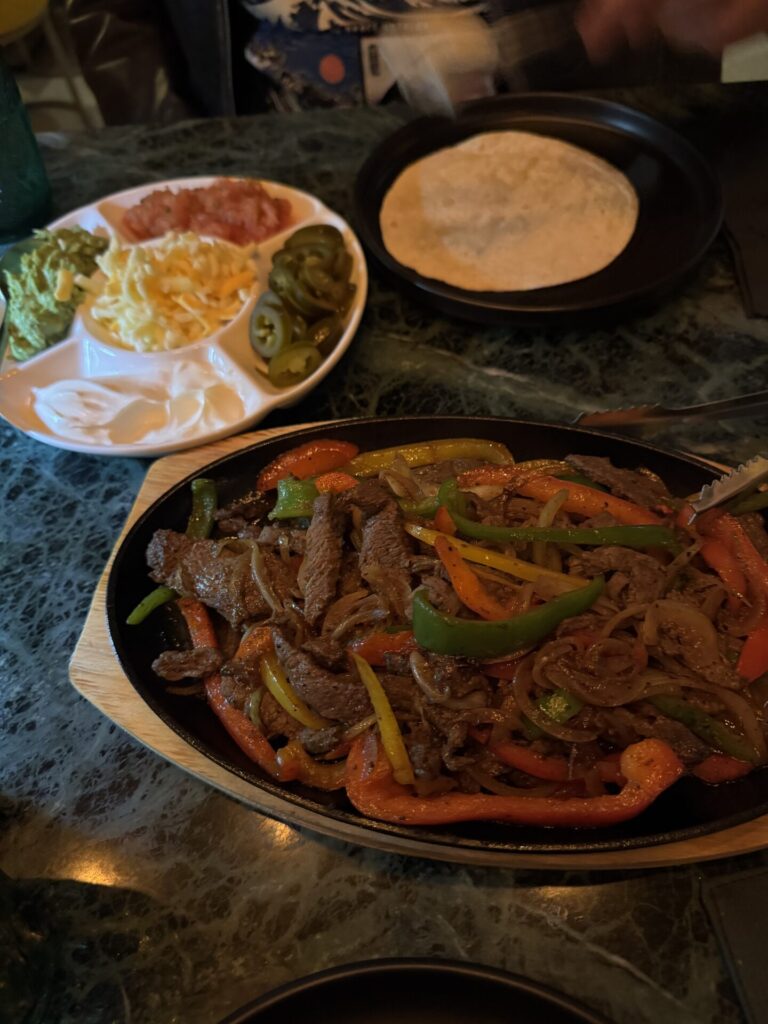
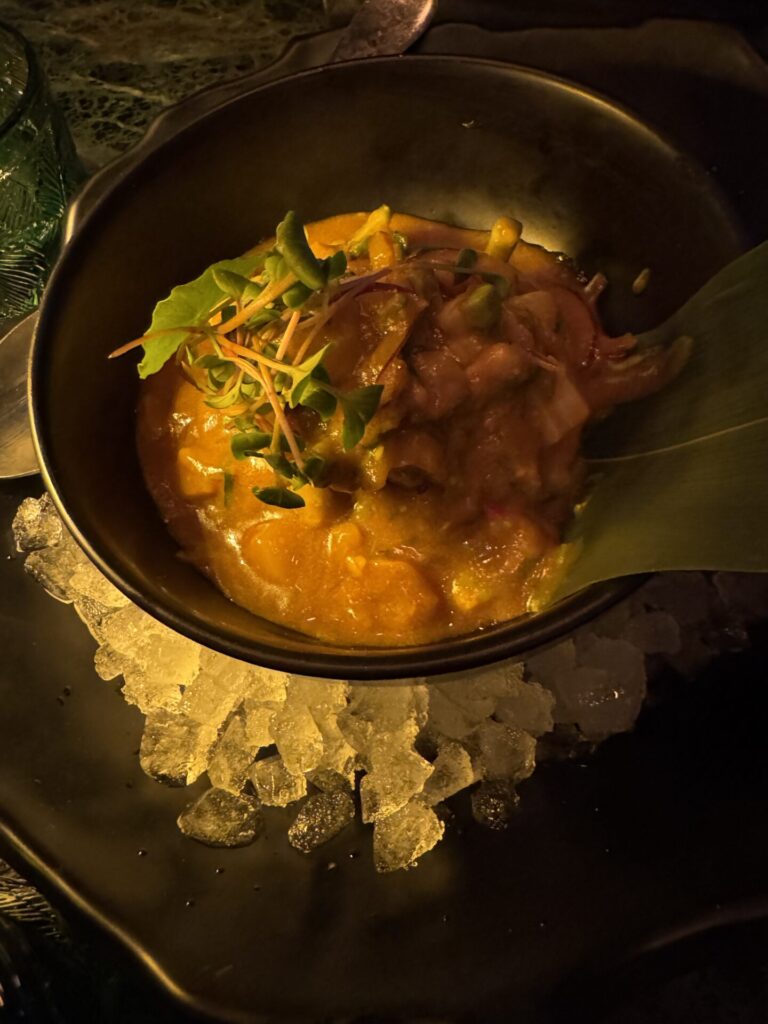
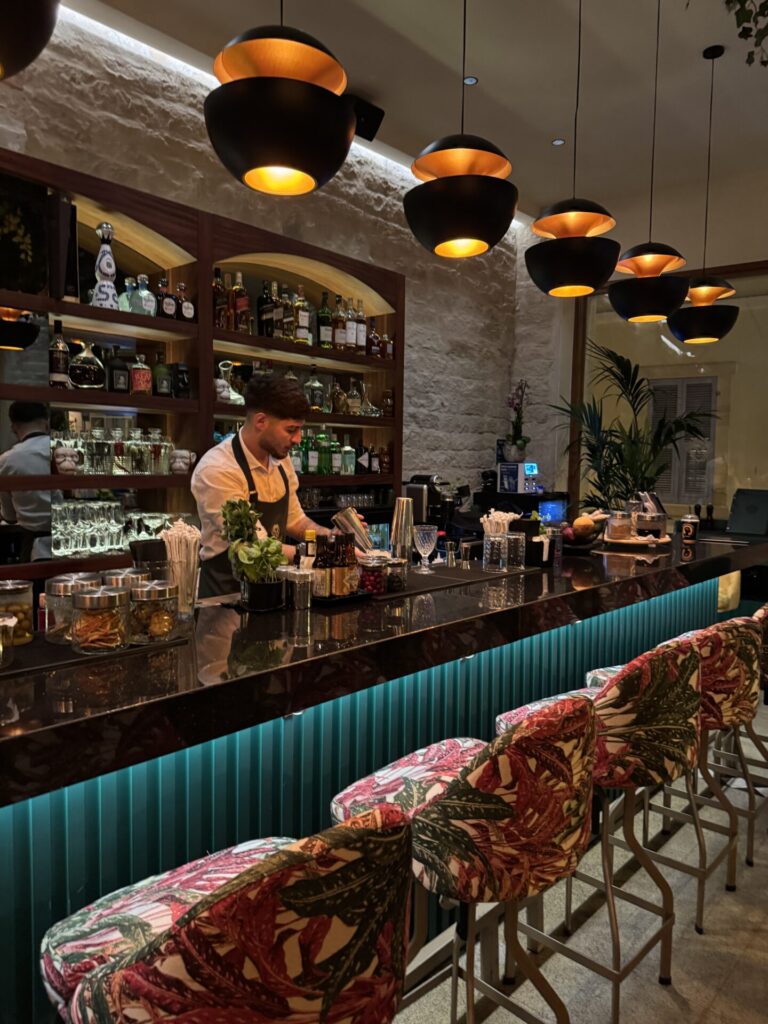
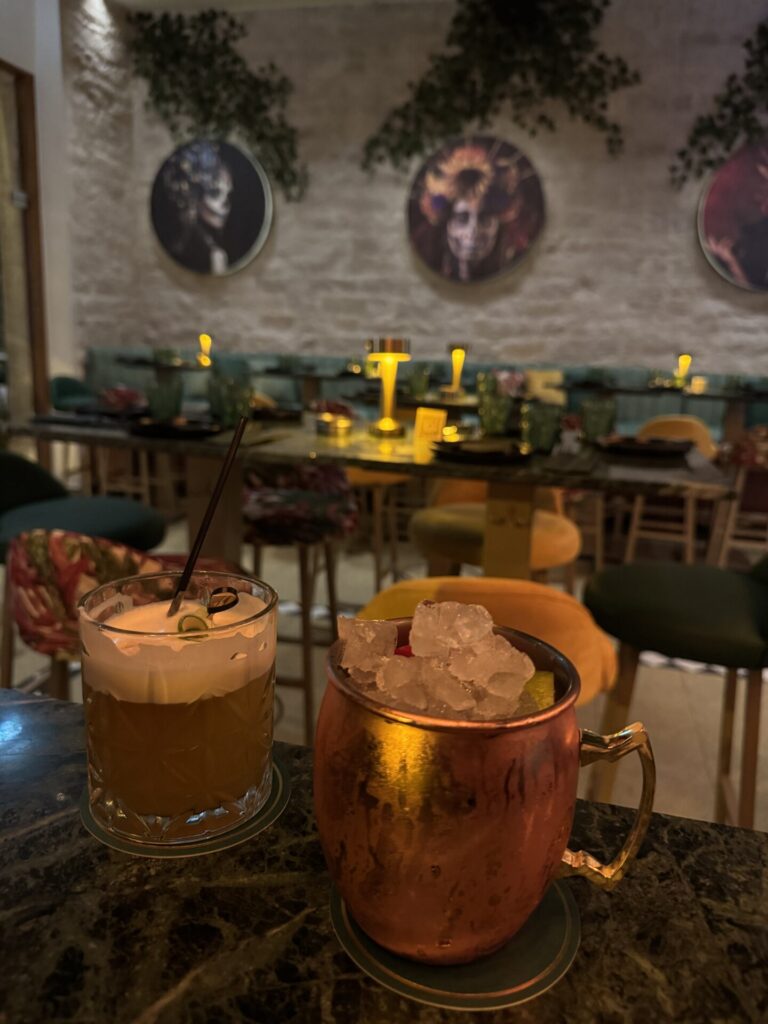
Gourmet restaurants
TIO Restaurant
TIO Restaurant is a modern Mexican Mediterranean restaurant. A new chef restaurant that opened in November 2023 and is located in the old city.
We discovered the restaurant by chance while wandering around the old city and its straightforward design intrigued us. And it turned out that it was an excellent decision to enter the restaurant. This is a chef’s restaurant with a limited menu (I like this the most because this way you can order most of the dishes from the menu).
For starters we ordered a sea bass dish, an octopus dish with avocado, a shrimp salad with mango and quinoa, and smoked corn. All the starters were amazing and special. For the main dish we ordered spareribs. I don’t like fatty meat so the dish was more for Roman. But there were some parts without fat that were excellent. I personally liked the starters the most. In addition, the cocktails were really good and the service at a high level. In short, if you are looking for a restaurant for a fun date, this is the place for you.
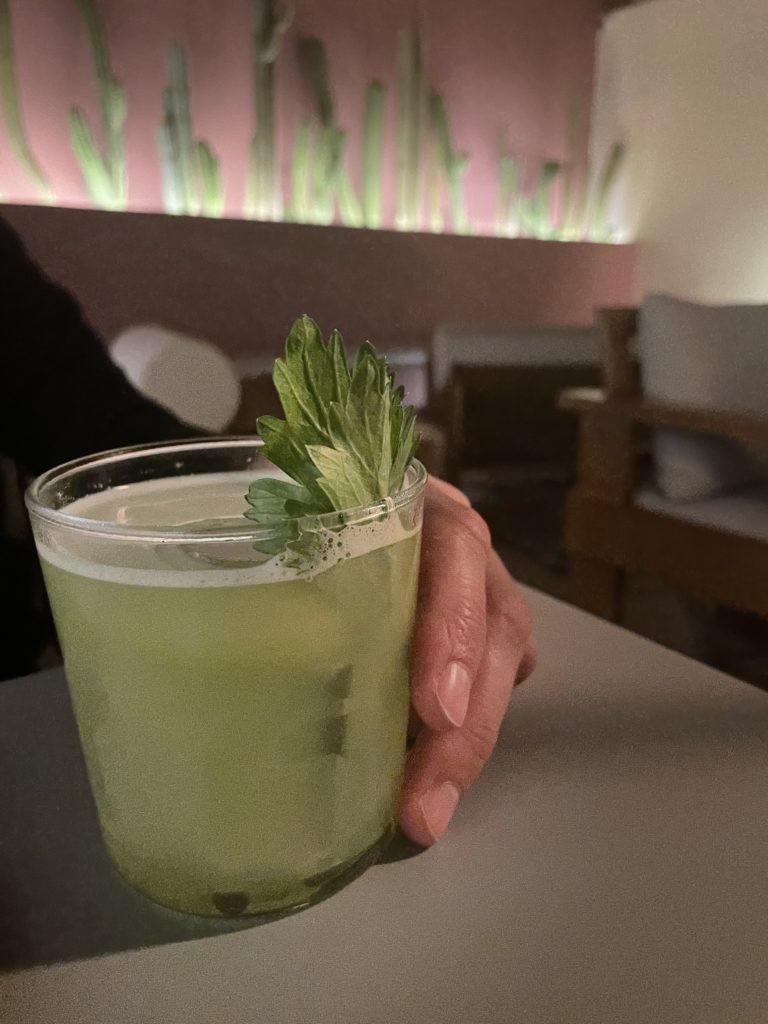
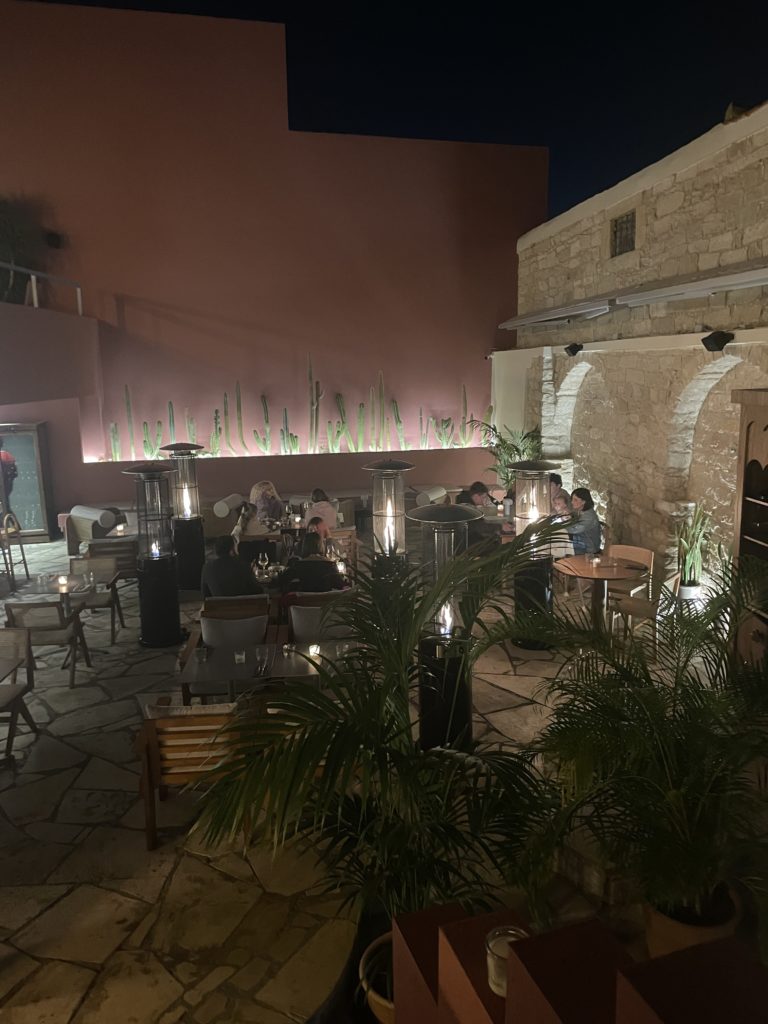
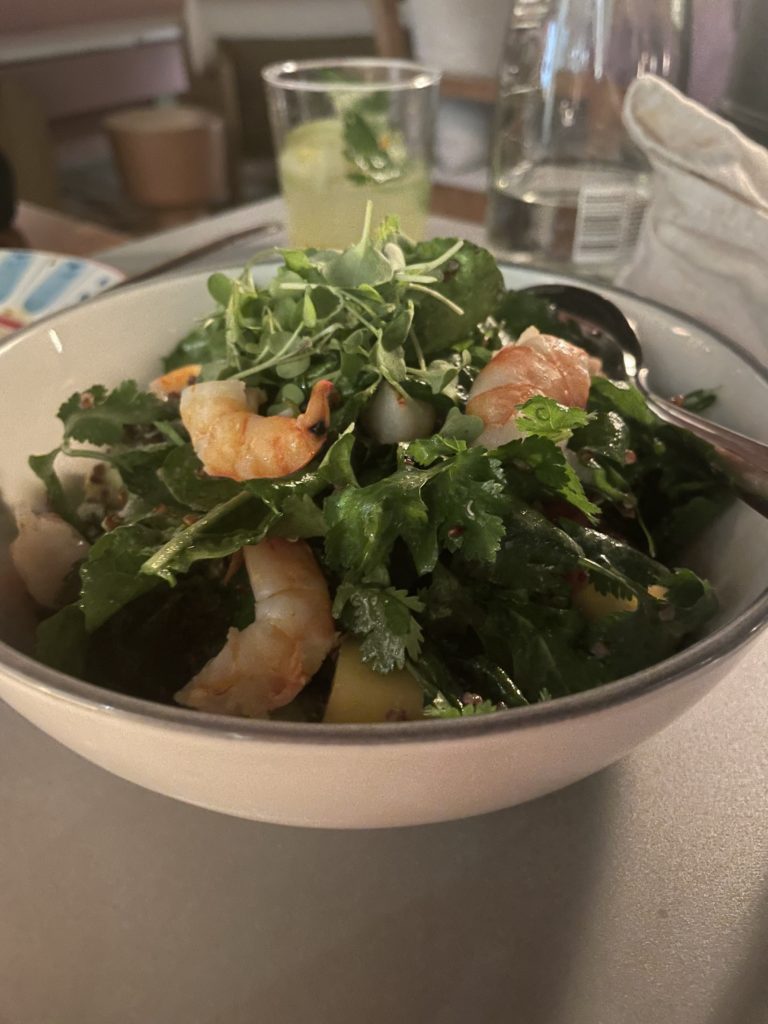
The Garden restaurant
The Garden restaurant is very close to our house and we just fell in love with it. The decor is luxurious, with excellent service and of course the food goes accordingly. I really like the sushi and the tom yum gong soup is one of the best we’ve had. The risotto dish is excellent and so is the Carpaccio. The restaurant serves food from different cuisines, so you can find Russian food, Thai food, Japanese food, and Mediterranean food; in short, everyone can find an excellent dish there. In addition they have a very large menu of wines as well as tea and a wide variety of desserts. If you are looking for a gourmet restaurant with value for money, I think this one will suit you perfectly.
Portuguese coffee restaurant
Sunday in Lisboa is a concept store that opened at the end of December 2023 and inside there is a Portuguese coffee restaurant. We were really excited about the place because of the service, the design, the food and the wine. They have a varied menu of salads, sandwiches, pastas and cheese platters and sausages. We ordered the Lisboa sandwich there, which I thought was a bit greasy, but my friend liked it very much. Jamon sausage sandwich that Roman loved, goat cheese salad that we all loved and truffle ravioli pasta that was simply excellent. We ordered the first wine from the white wine list which is tart and light and we all raved about it. In addition, they serve there one of my favourite desserts, Pastel de Nata, a type of creme borla in a pastry. If you haven’t tried this dessert yet, you must. In short, we really liked the place.
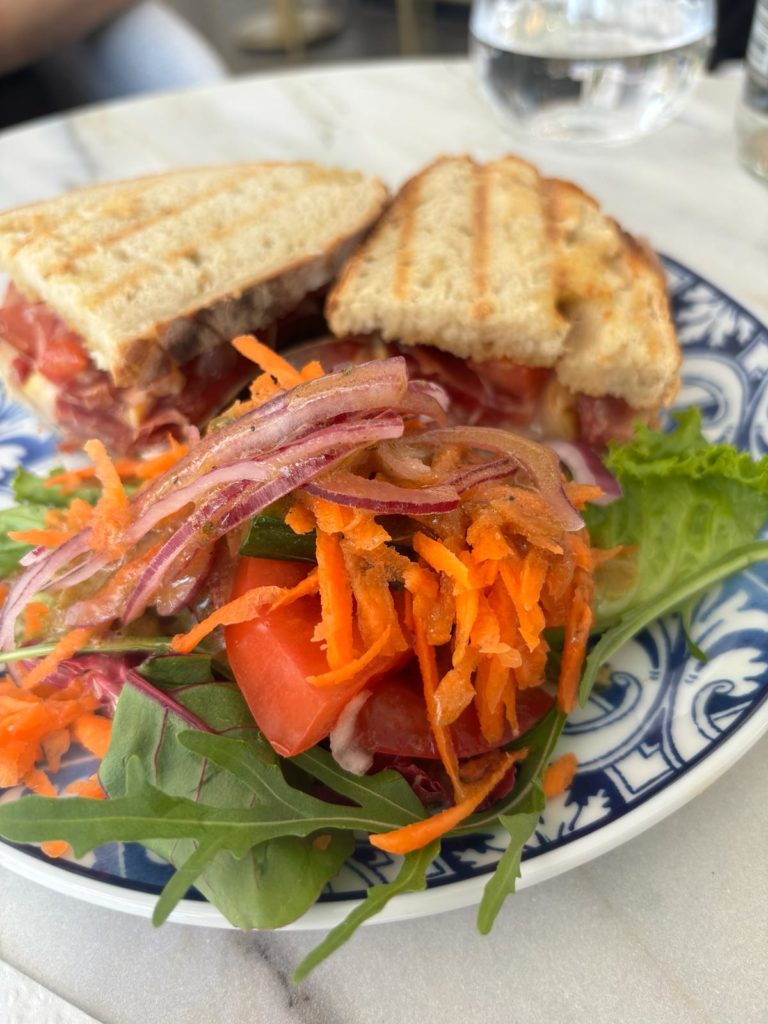
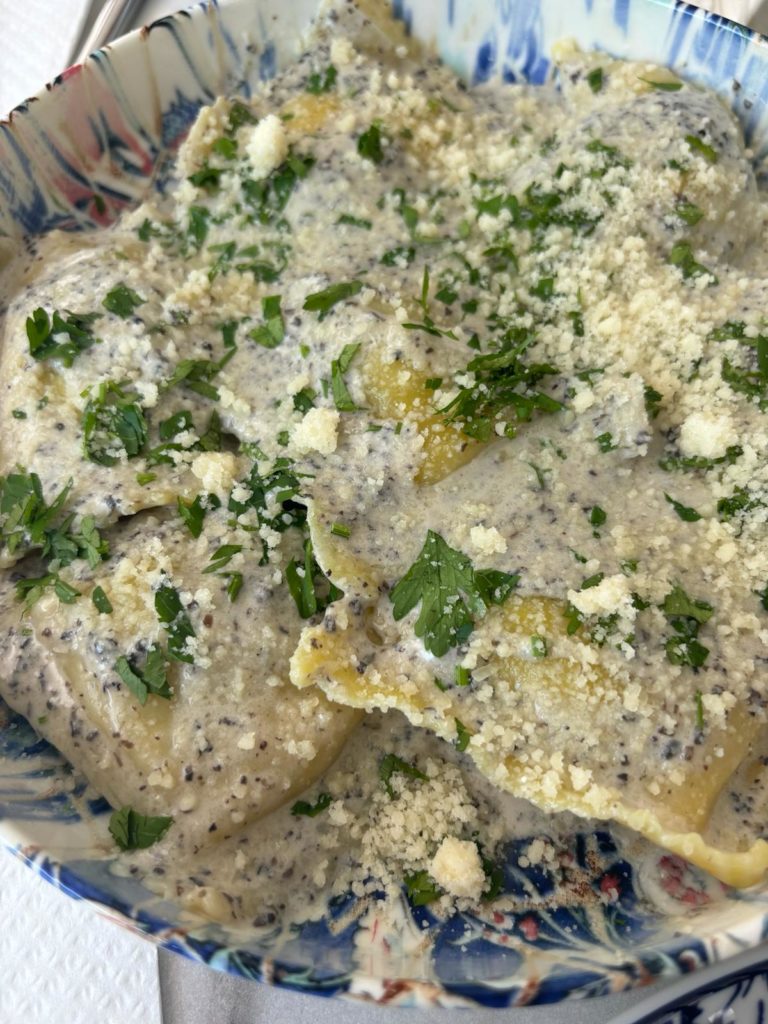
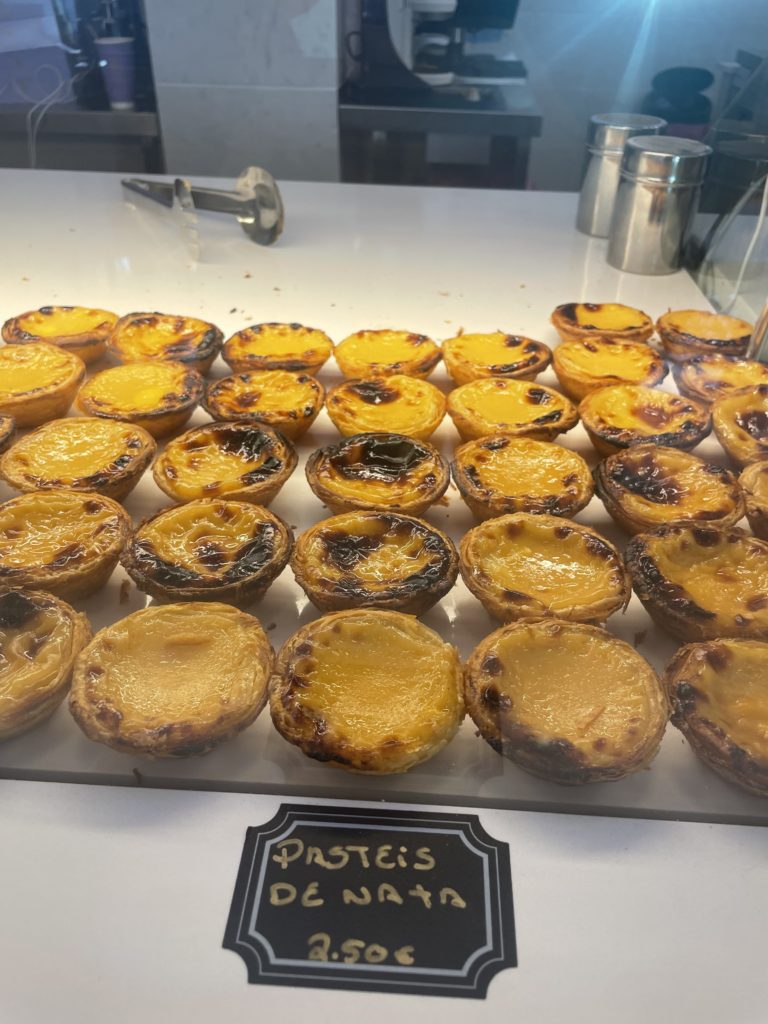
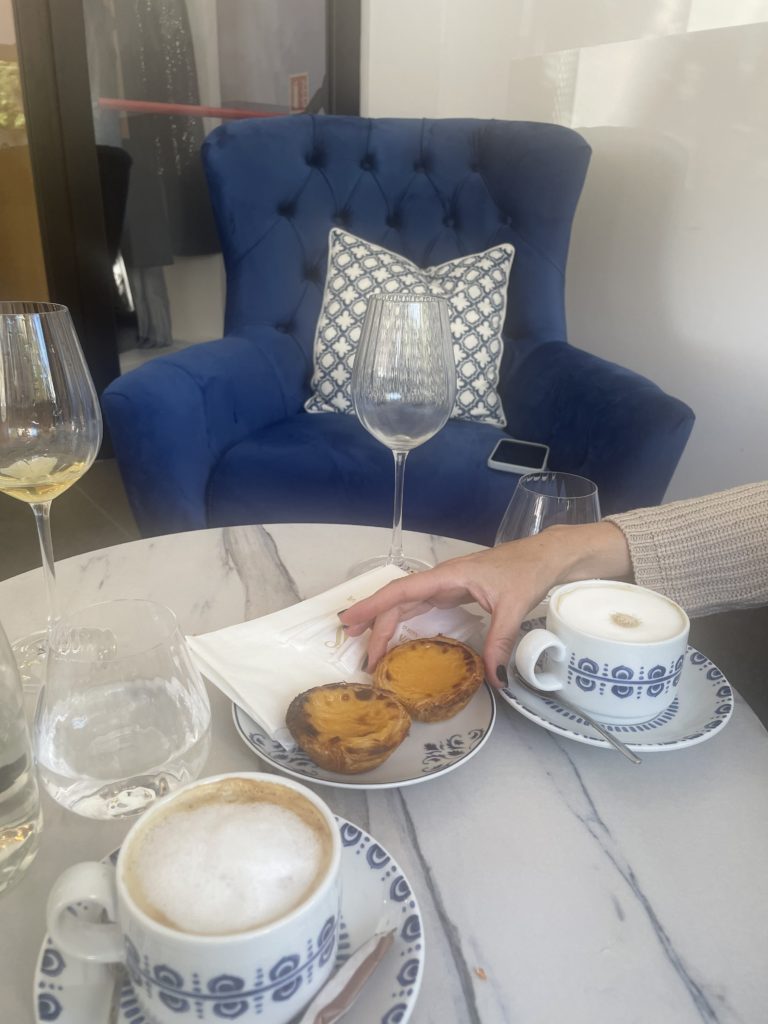
Guided Tour or Personalized Itinerary in Cyprus – Highly Recommended!
If you’re planning a trip to Cyprus, I highly recommend Roni Schwartz! He lives in Cyprus and takes care of everything – private tours with a certified guide (available in English/Russian), extremely professional and friendly, who will take you on a perfect day trip for 8-9 hours. Roni plans a personalized itinerary tailored exactly to your preferences, including a pre-trip consultation to make sure you’ll visit all the places you want. This is also suitable for large groups.
Contact Roni for a guided tour in Cyprus
Want to travel independently?
No problem! Roni also creates custom itineraries (minimum 3 days), so you can experience Cyprus at your own pace and exactly the way you like.
Contact Roni to plan a self-guided trip in Cyprus
Special offer! If you book one of Roni’s services and mention that you came through me, a special surprise awaits you.
In conclusion, you can find many good restaurants in Limassol, but it requires research beforehand. I hope my post can help you find delicious and special restaurants in Limassol. Of course, there are many more places that I haven’t tried yet, but don’t worry, I’ll update the post every time and add more recommended restaurants.
I hope my post helped you. If so, I would very much like you to respond here in the comments, and if you have any more questions, then you are also welcome to ask them in the comments or on the blog’s social networks: Facebook and Instagram. Looking for more information about Limassol ? I have in the blog more posts about Limassol and posts about Cyprus.
Pin below to save on Pinterest
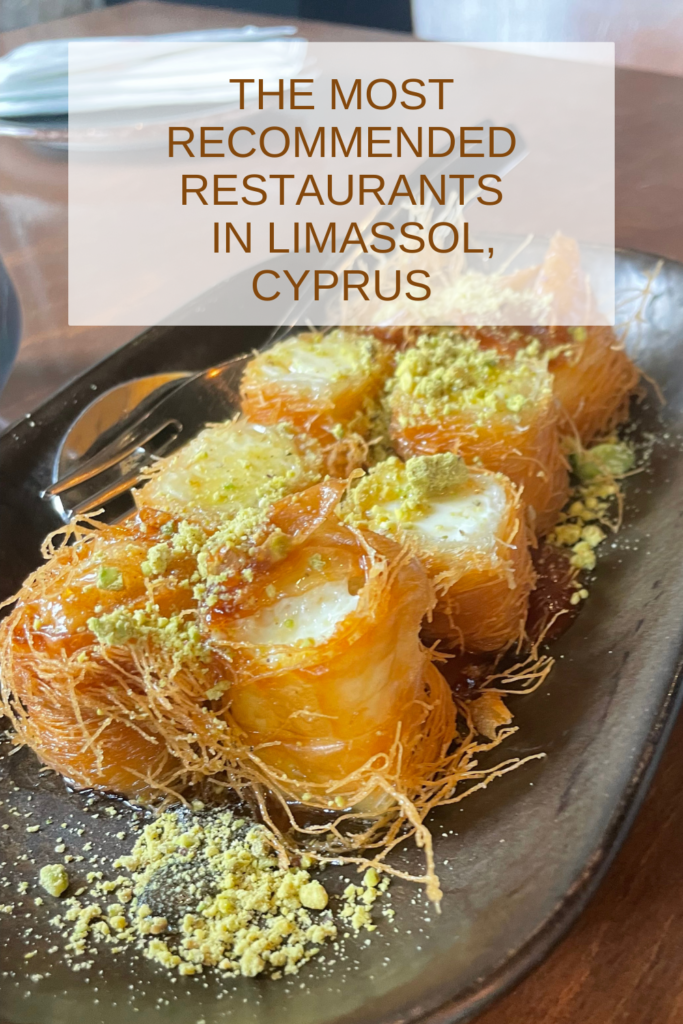
Maya and I went to a cool attraction in Protaras on a cruise with mermaids. The cruise was almost 3-hours-long (it was written that it would be 2 hours but it was longer 🙂 ).
The start of the cruise
The cruise left the port in Protaras. The exact location was sent to us a few days before it.
We arrived a few minutes before the start of the cruise and were greeted by Tinkerbell.
Maya and I walked around the deck a bit and waited for the activity to start.
The activity started during story time, when we were told about the mermaids and the treasure.
The operators let the children look for clues and read them. The activity was about half an hour, until we arrived at the Blue Lagoon.
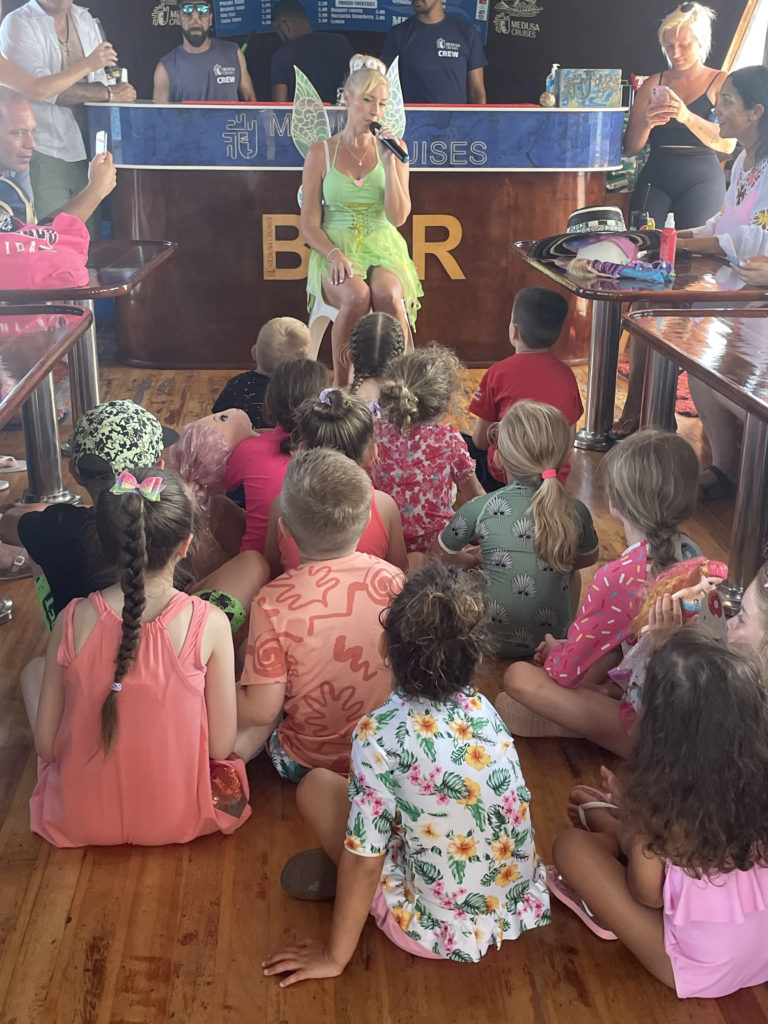
Meeting the mermaids in the Blue Lagoon of Ayia Napa
When we got to the Blue Lagoon we looked for the mermaids. In the end we saw them on the rocks and they swam towards us.
We went down and swam with them in the water (I brought buoys to Maya but they also brought them in the boat). The water was really clear and we got to talk to the mermaids.
When we got back up, it was possible to get a face-paint at a cost of 5 euros and we could also sit on the deck with the mermaids and talk to them. I recommend getting on the boat before everyone else does to get the face painting pretty quickly (afterwards there’s a pretty long line) and then there’s time to go talk and take pictures with the mermaids (Maya was alone with them for about ten minutes because everyone was waiting in line for the face painting).
The meeting with the mermaids was around 40 minutes.

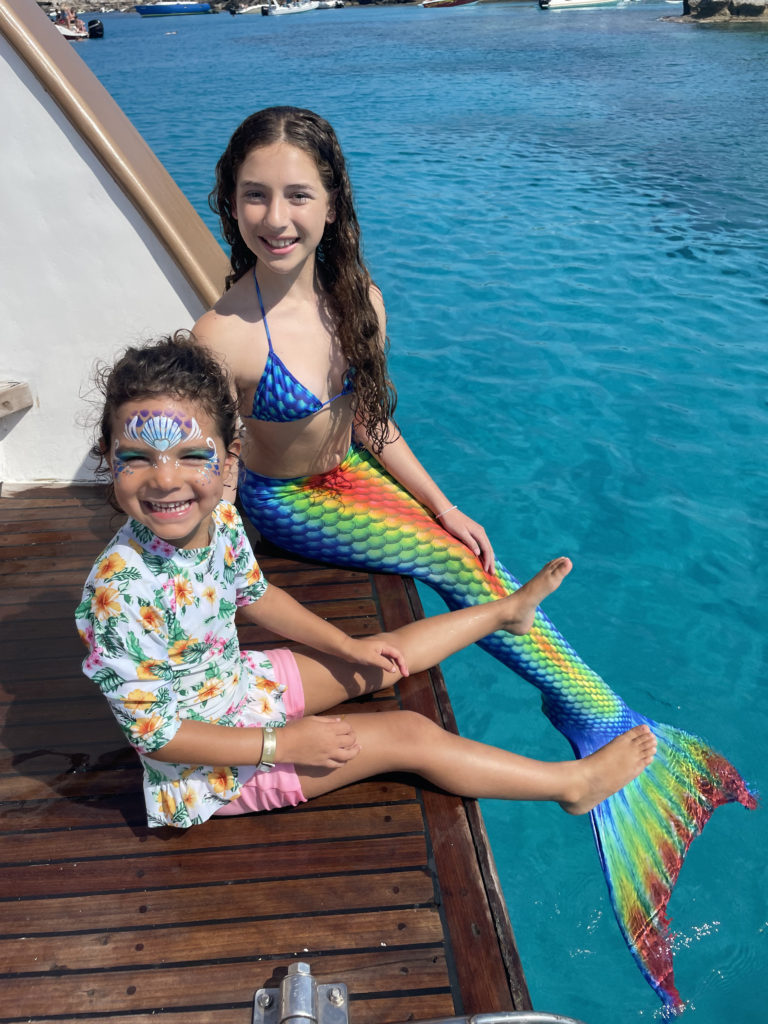
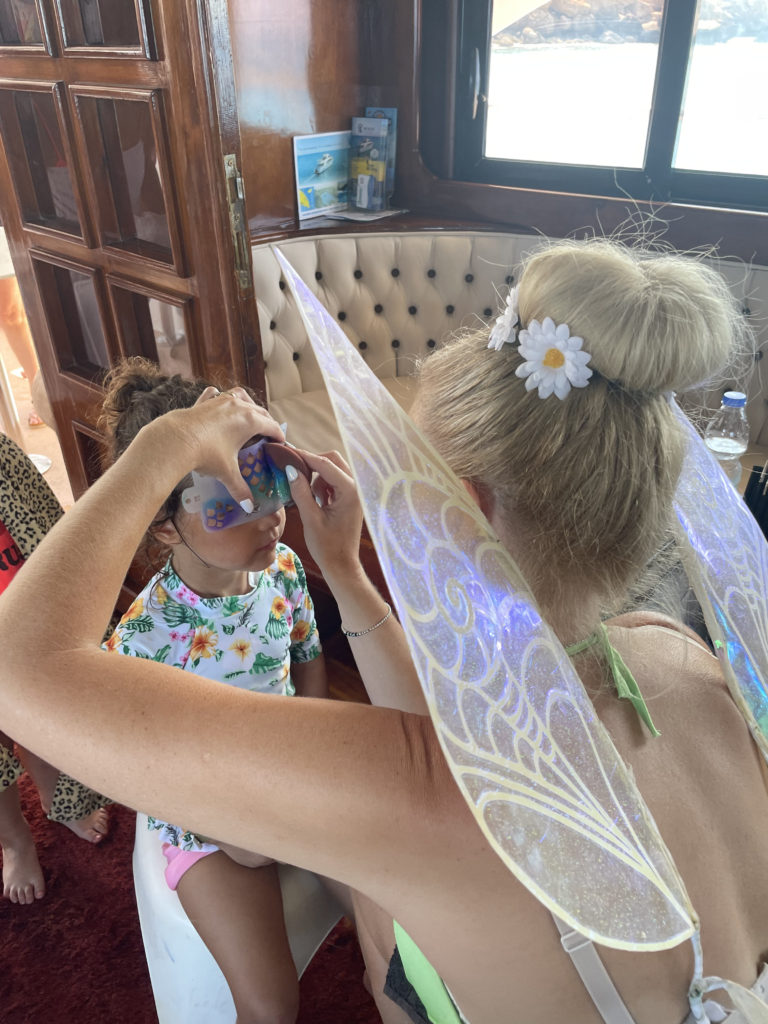
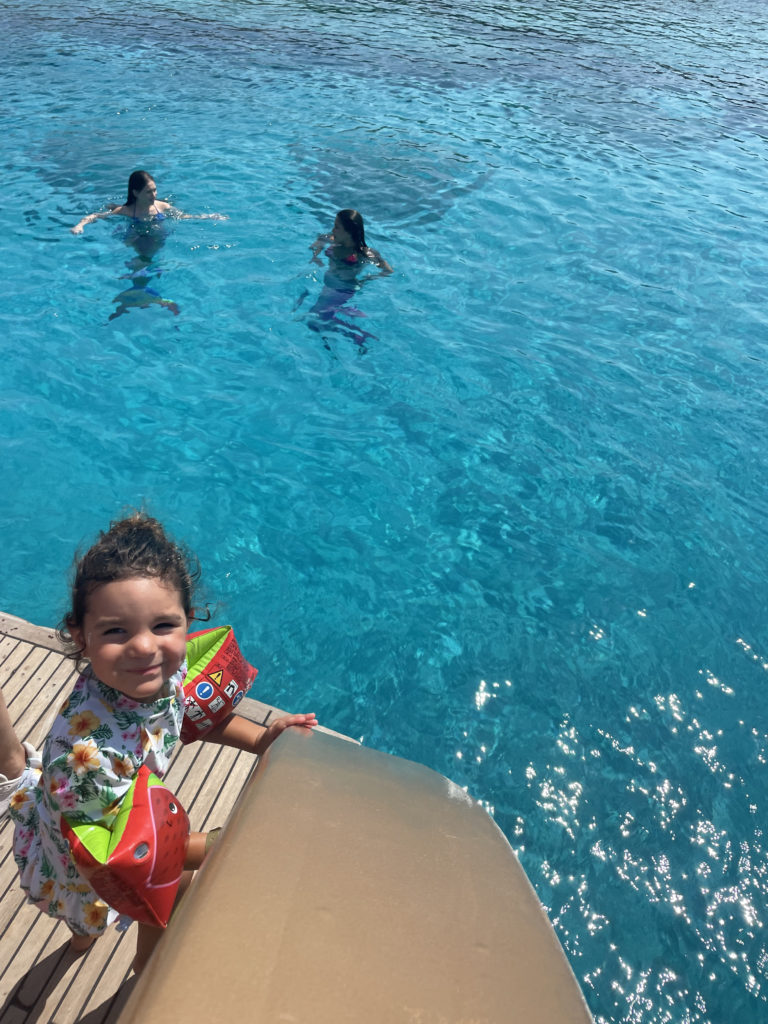
Additional sailing activities
We said goodbye to the mermaids and then continued with a short tour of the lagoon, afterwards there was a mini disco. The mini disco was upstairs on the yacht and the truth was that it was really funny because some of the fathers also participated (after their children forced them).
- The cost of the cruise, times and more
- The activity is in English
- I think it is suitable for ages 4-9
- The cruise leaves every Saturday at two o’clock in Protaras in the summer
- It is possible to buy drinks on the boat and there is a light refreshment of pastries after the swim
- You should bring a towel, sunscreen and swimwear
- You can book the cruise online – link to book the cruise
Hope my post helped you. If so, I would very much like you to respond here in the
comments, and if you have any more questions, you are also welcome to ask them in the
comments or write to me on the blog’s social networks: Facebook and Instagram. Looking
for more information about Cyprus? I have more posts about Cyprus on my blog.
Pin below to save on Pinterest

Kalavasos is a stunning picturesque village in Cyprus that Roman and I fell in love with the second we arrived. It’s a small location, with special houses, a view of the mountains, 3 taverns, guest houses and a charming hotel.
We stayed there one night and later came back a few more times to hang out with the family because it’s a really special place.
Where is Kalavasos located and how do you get to it?
The village is in the Larnaca district, about 40 km from the city. It was built on the west bank of the Vasilikos River, at an average height of 80 m. We arrived there coming from Limassol by a short 25-minute drive from the city center. Because we live here, we already have a car and if you want to be able to get there, I personally recommend renting a vehicle for a day or two and combining the visit to this village with other ones. Another option is to pay a taxi driver to take a half-day or day trip with you. There is no public transportation there.
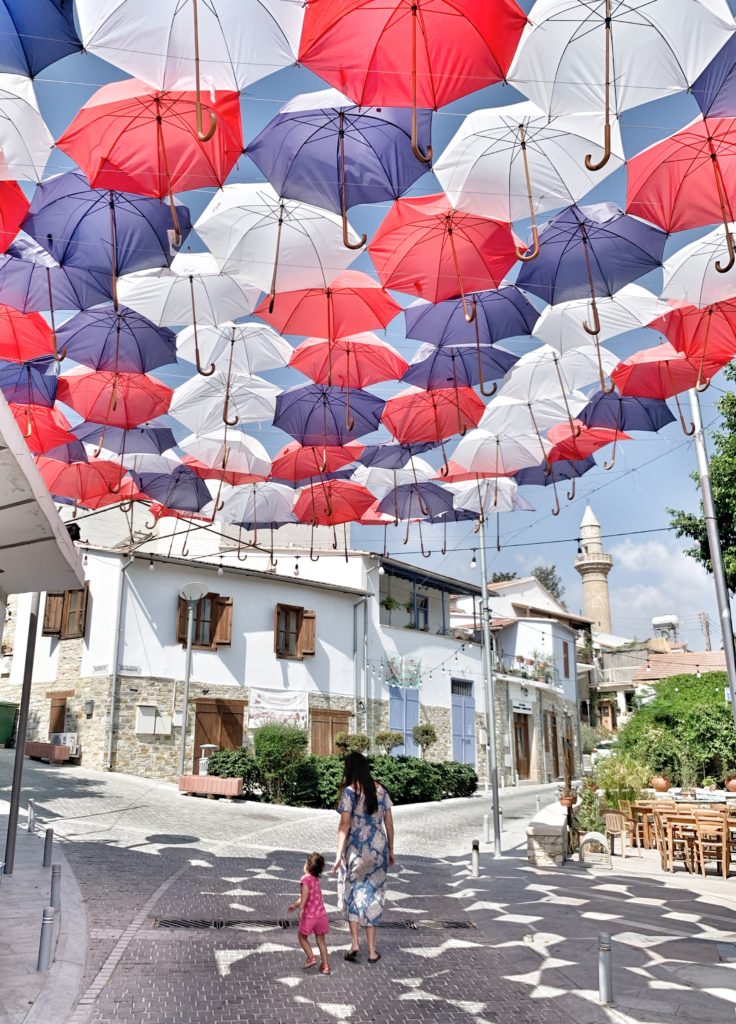

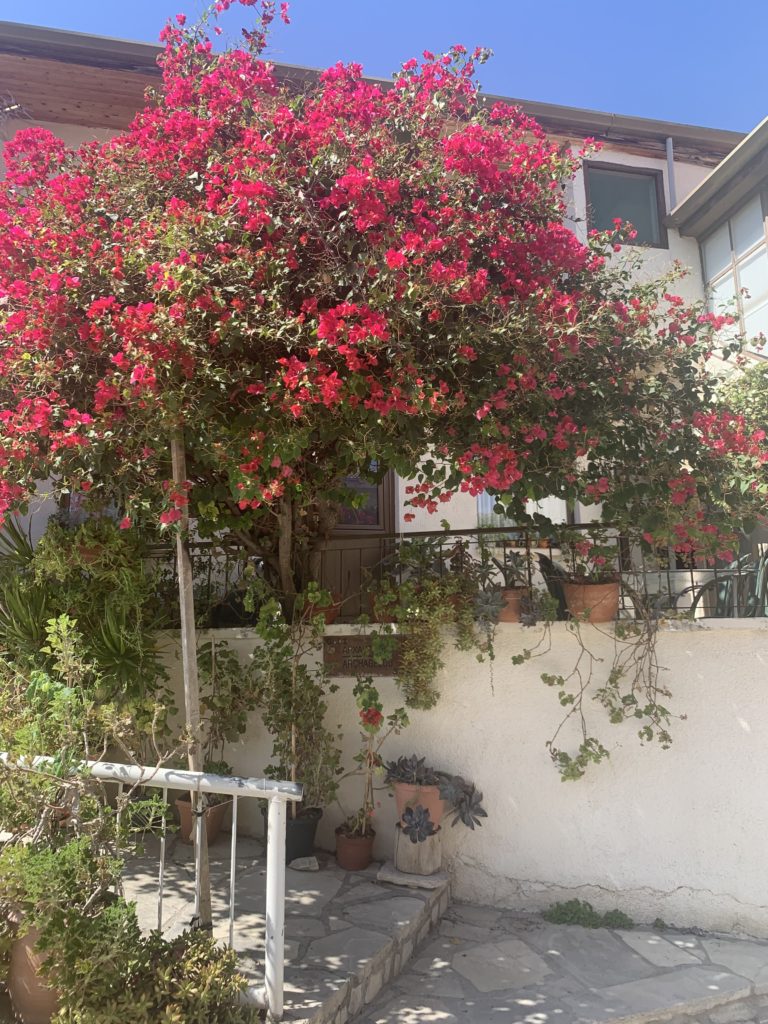
Accommodation in Kalavasos
We stayed in the stunning Kalavasos View Traditional Apartments with sitting areas facing the view. Comfortable bed and magical rustic design. In the yard (or rather a balcony) there are lemon and tangerine trees and the host is really nice.
There are several apartments in the complex that are suitable for couples and families. Each apartment has a fully equipped kitchen, shower room and bedroom. There is also a sofa bed if needed.
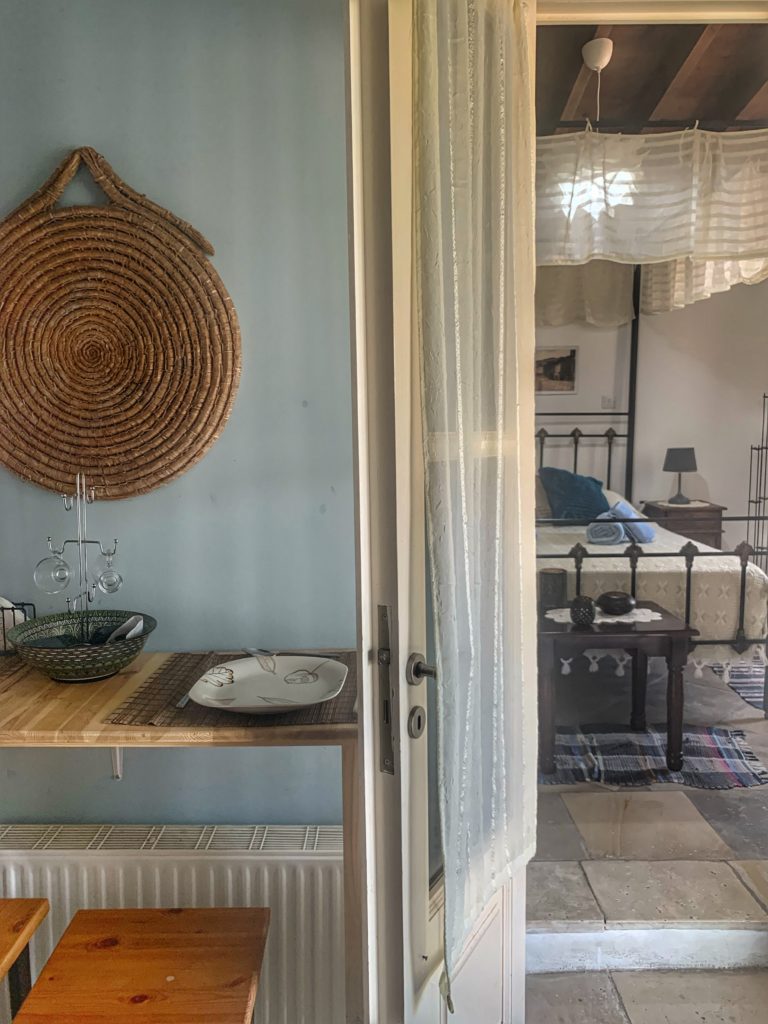
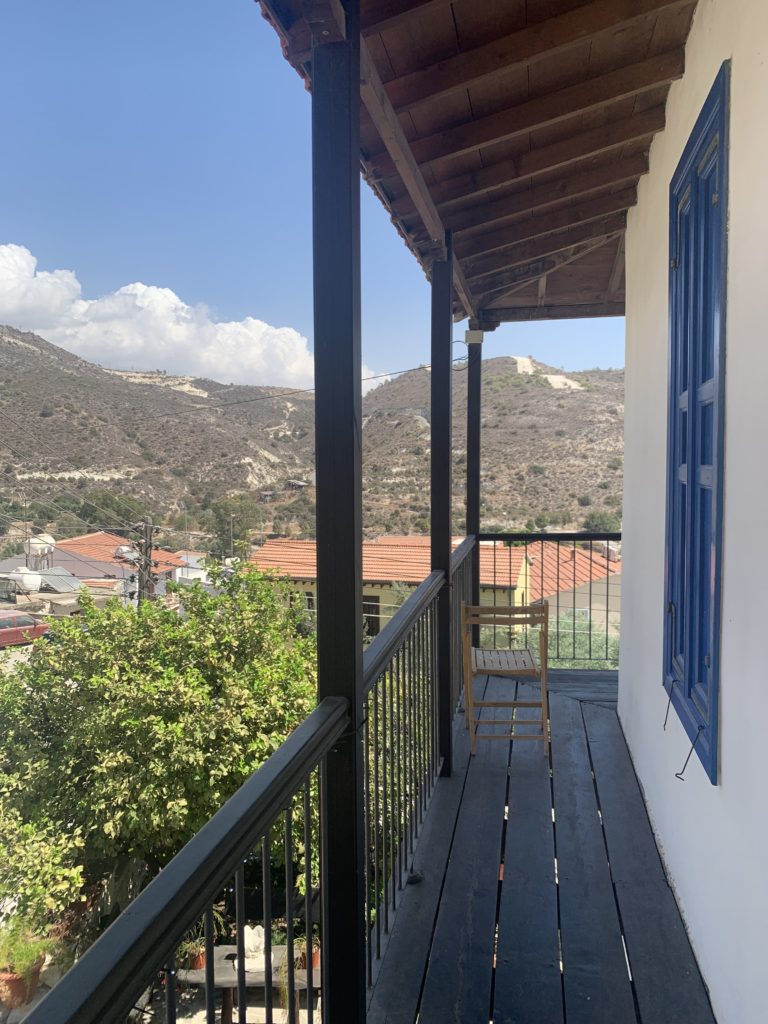
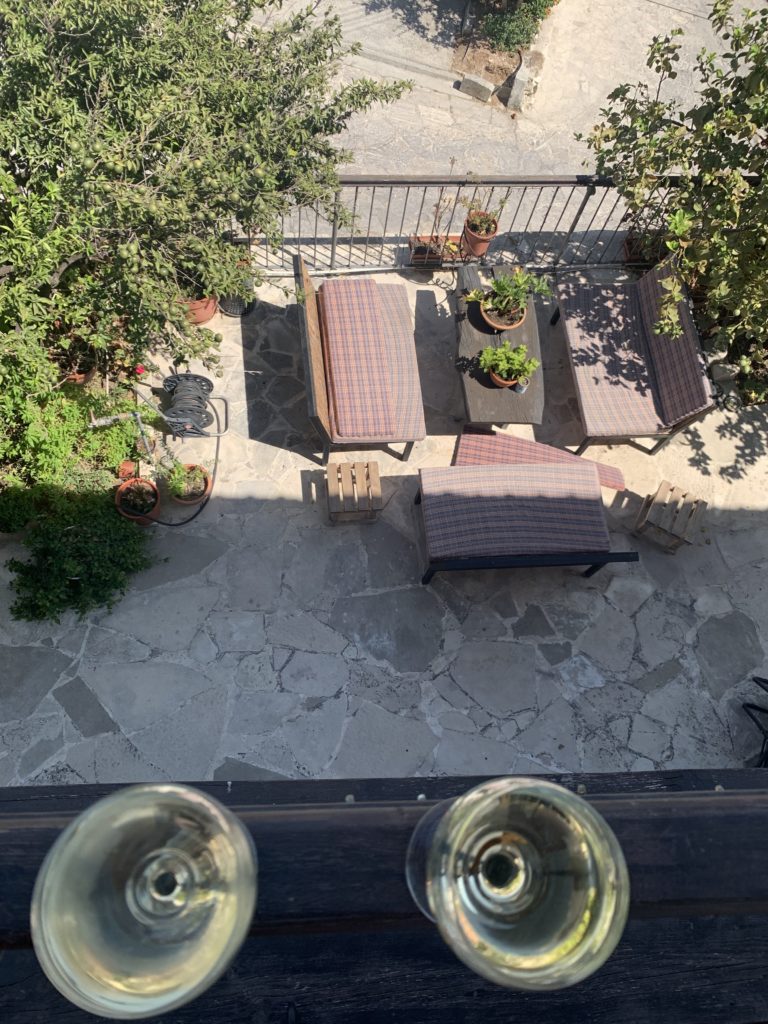
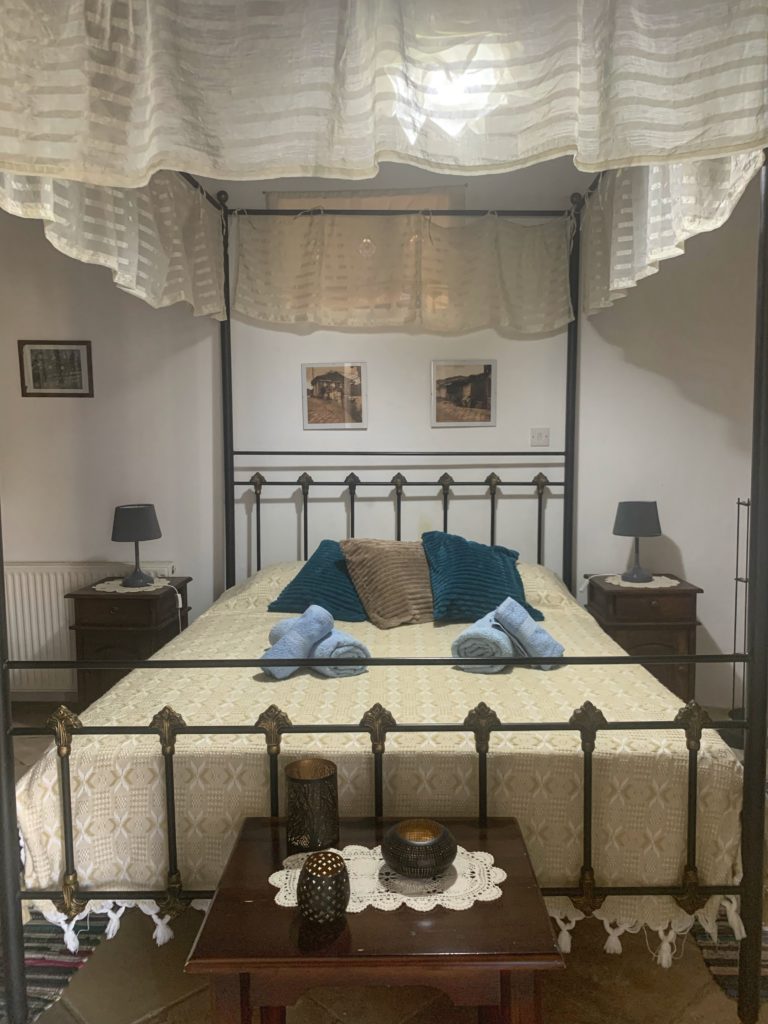
Recommended restaurants in Kalavasos – where to eat
Breakfast at the hotel near the apartment
We had breakfast at The Library Hotel Wellness Retreat. A basic buffet breakfast costs 8 euros, but the courtyard of the hotel is simply wonderful and the meal also includes a hot and light drink so I really recommend going there even just for an afternoon coffee. The workers there were super nice and the atmosphere there was great. There is also a restaurant there if you’re in the mood for a Mediterranean meal that we didn’t get to try but according to the reviews it should be good. In general there are very good reviews about the hotel itself and the service there. The hotel is a minute’s walk from the apartment.
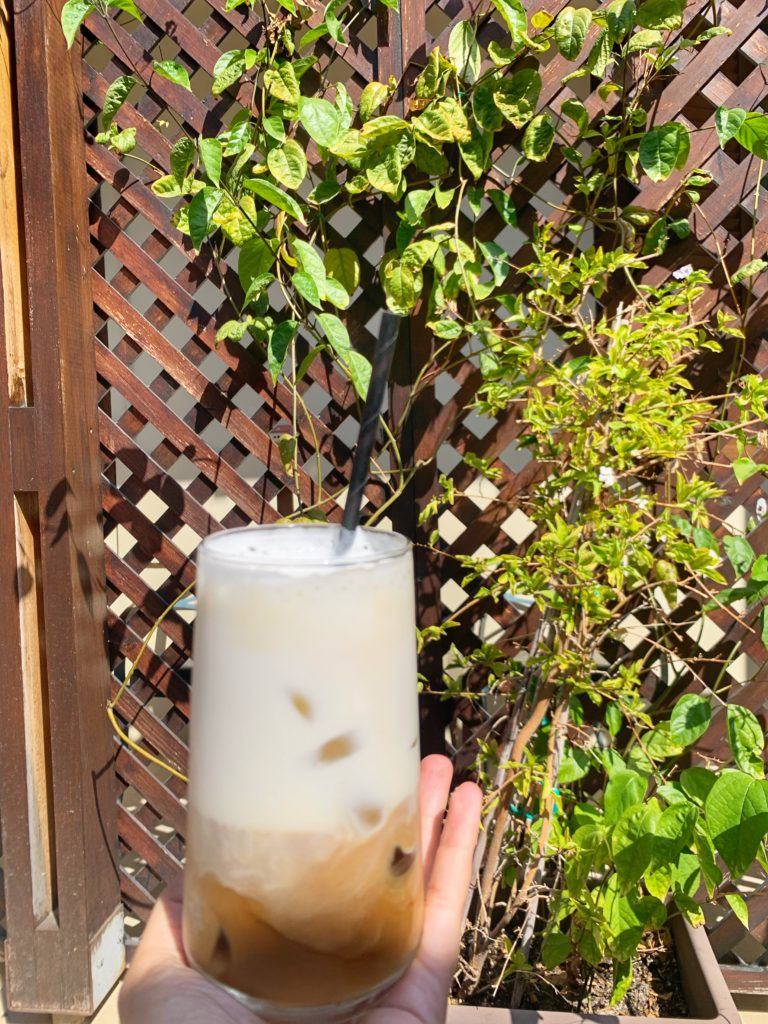
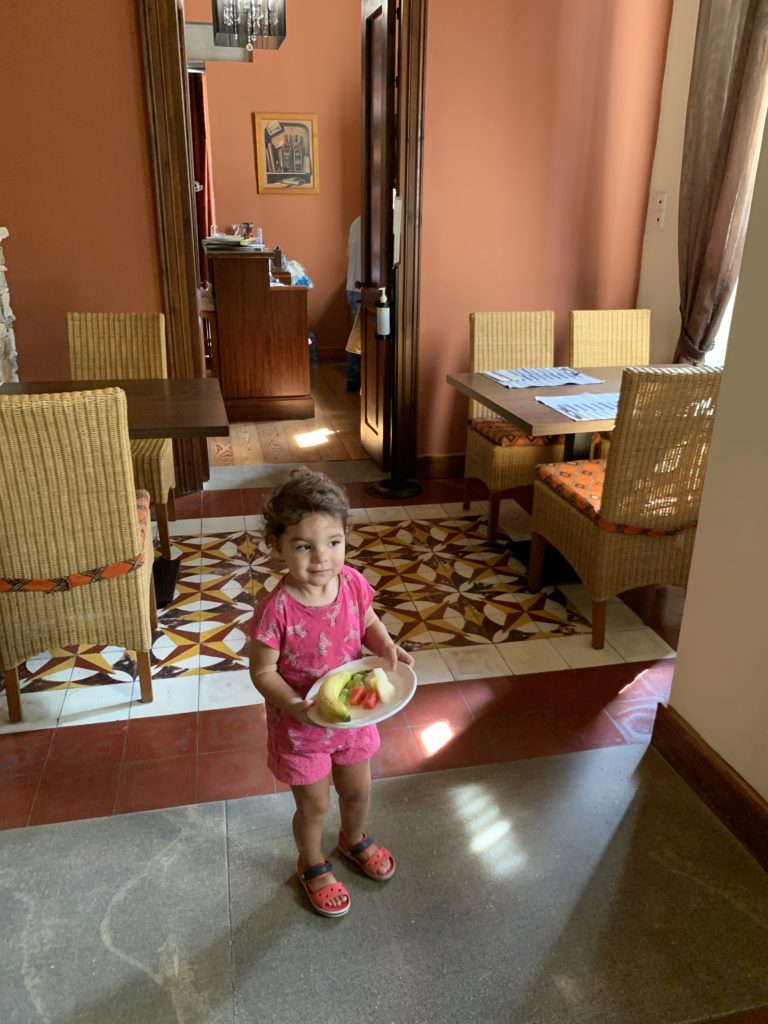
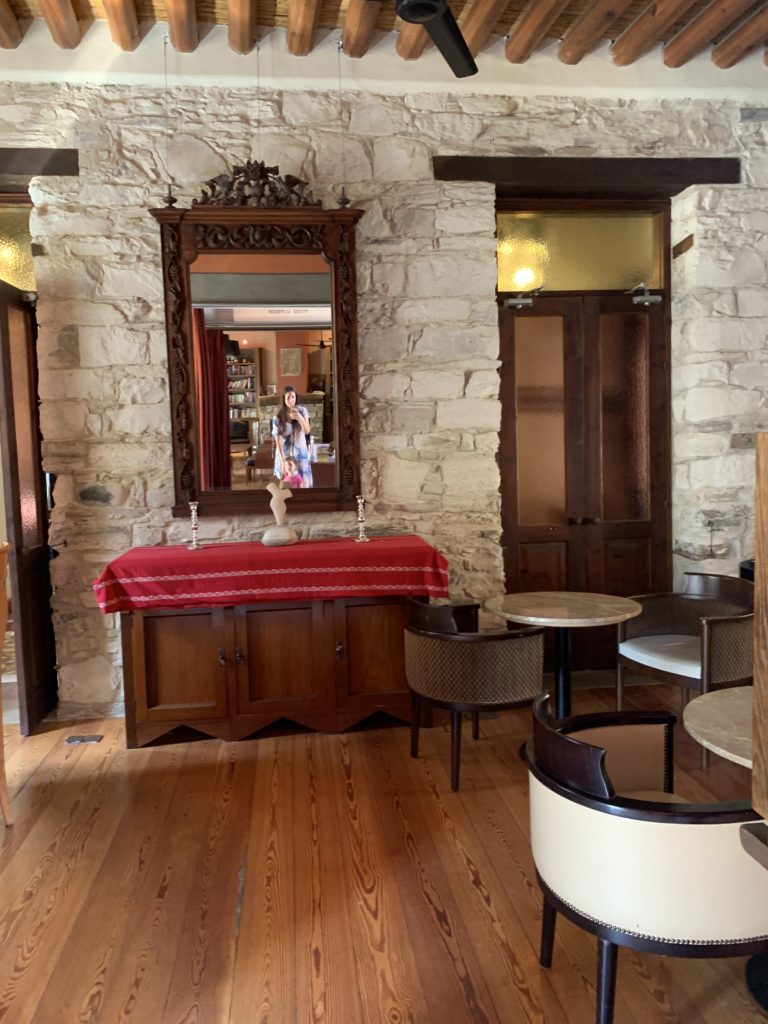
Dinner at the tavern
There are three taverns in the village and we decided to eat at the George restaurant taverna. We saw good recommendations about the place and we were not disappointed.
Sitting outside in the square with trees and in front of the beautiful umbrellas hanging outside, we ordered a Cypriot Maza dinner that included a lot of delicious dishes: Greek salad, Mazats, sausage with halloumi, zucchini stew in egg, lamb chops, sausages, ravioli, meatballs and more at a cost of 33 euros per couple (we did not pay for Mayush).
Another thing I really liked about the village is that at 6 in the evening the road to the center of the village closes and there is a tavern that takes all its tables out to the road, creating a very rural and peaceful atmosphere.
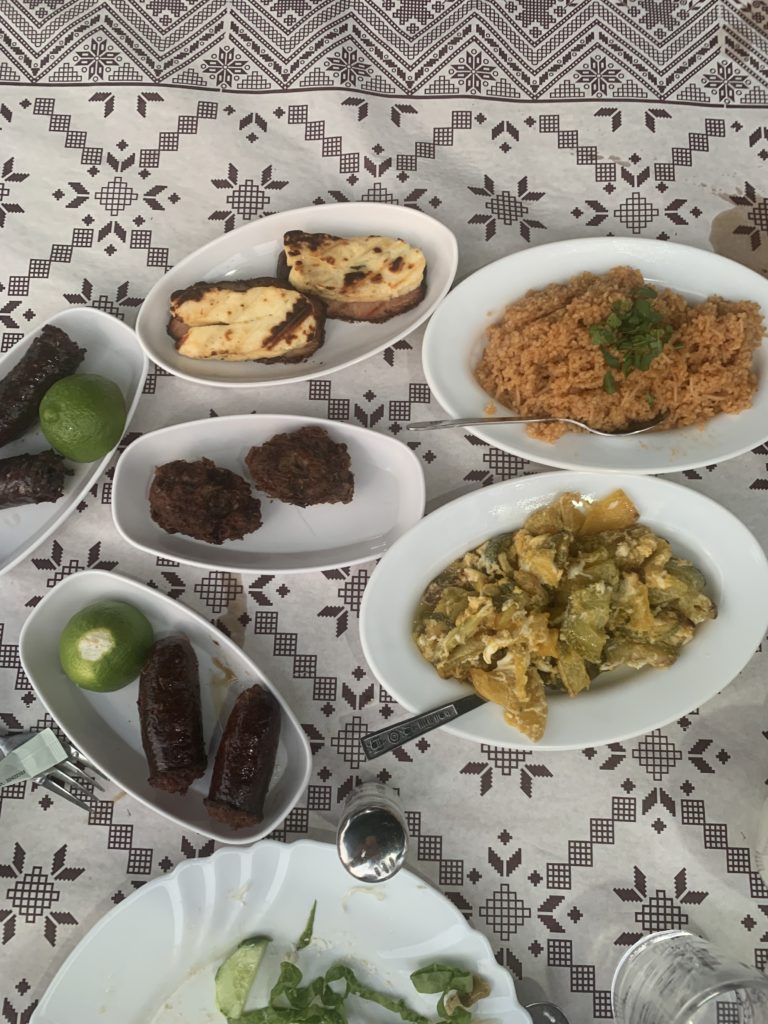
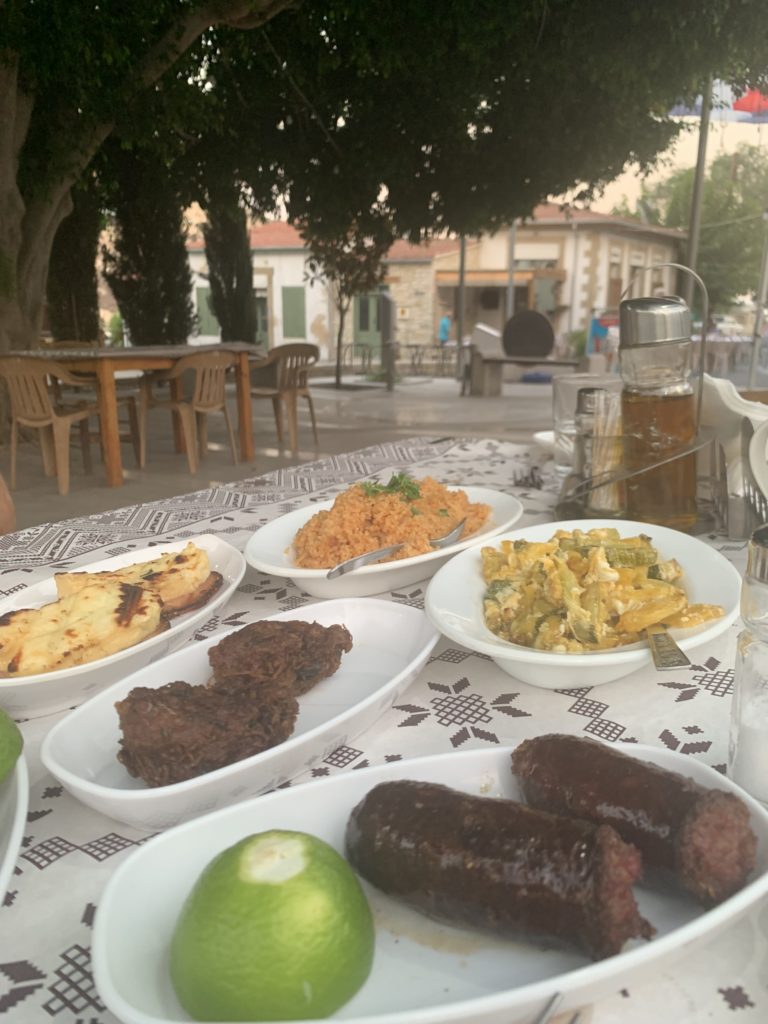
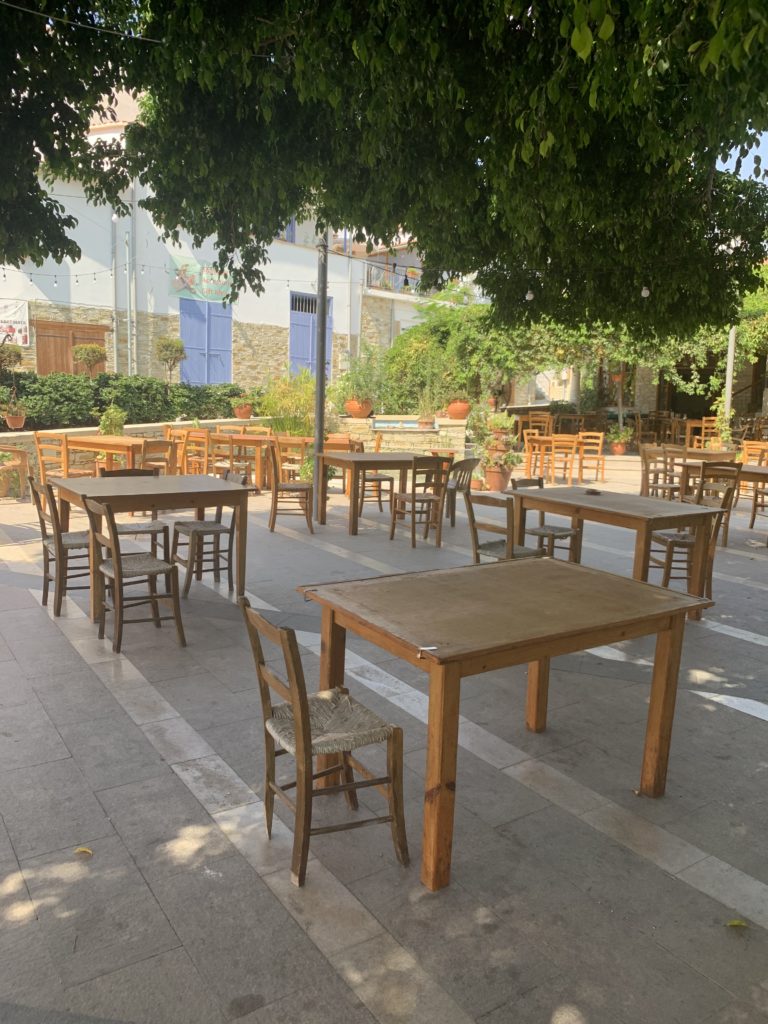
Things to do in the village
The village itself is very small, so it’s nice to walk around it on foot (on Saturday morning two handicraft stalls were also opened there) and upon entering with the car you can stop at a beautiful observation point.
It is close to Governor Beach, which is a great beach with additional taverns in the area.
And there is a really beautiful dam 10 minutes away, at the Kalavasos Reservoir. In general, it’s really worth taking a trip there with the car around the reserve and the dam.
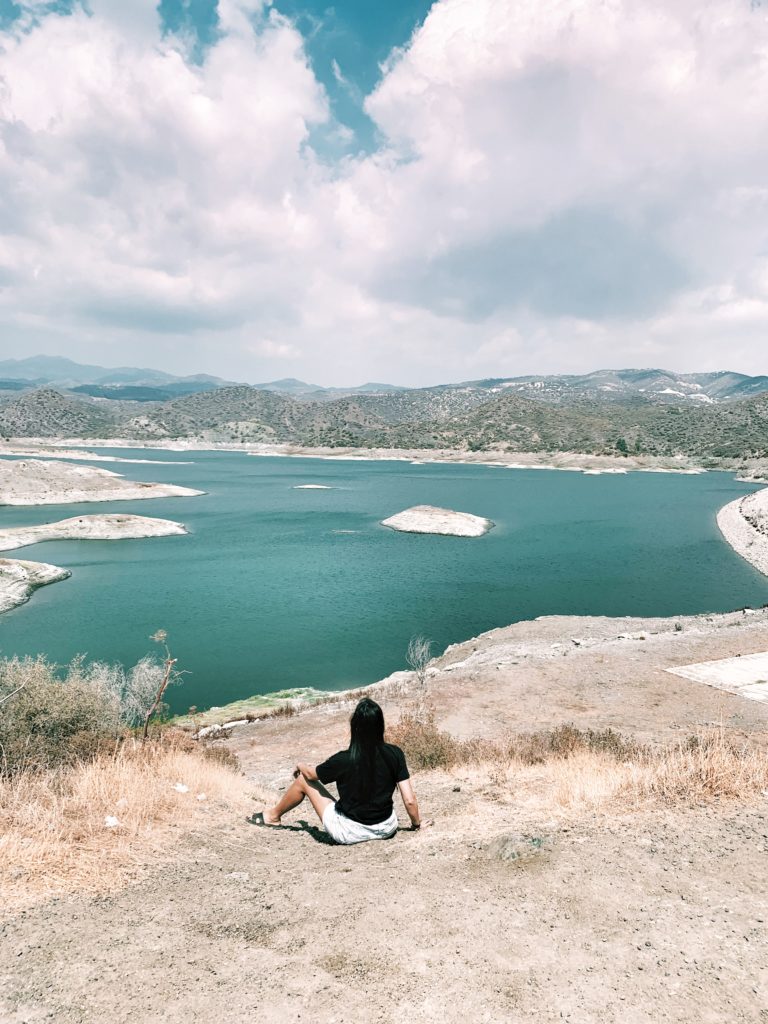
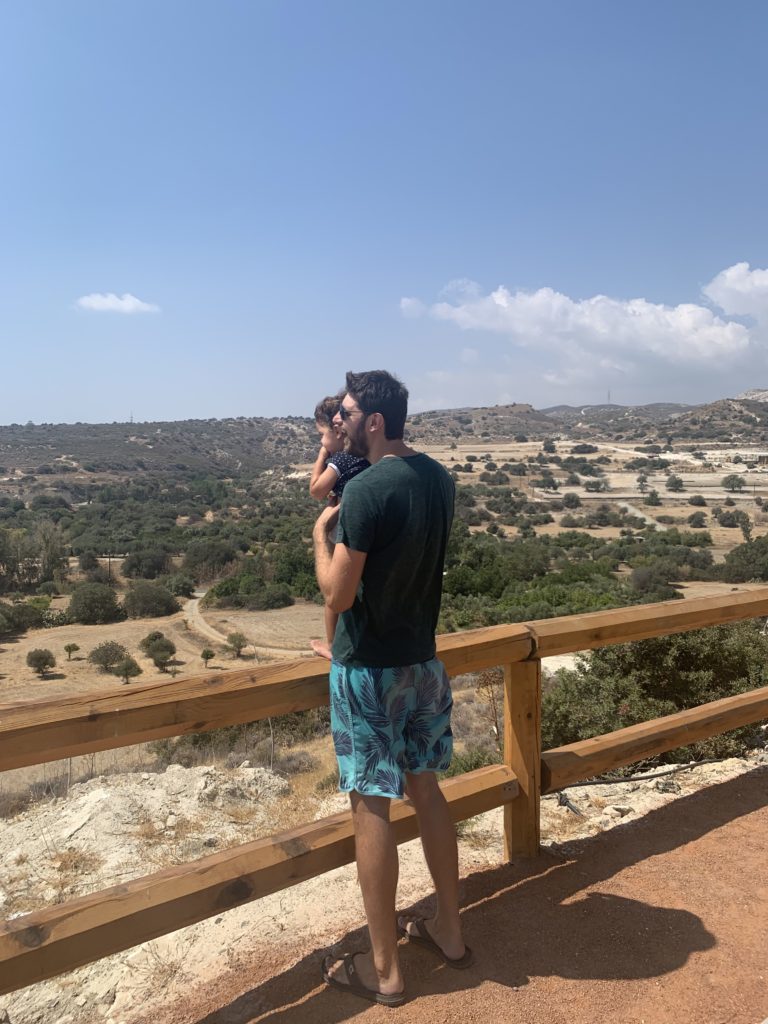
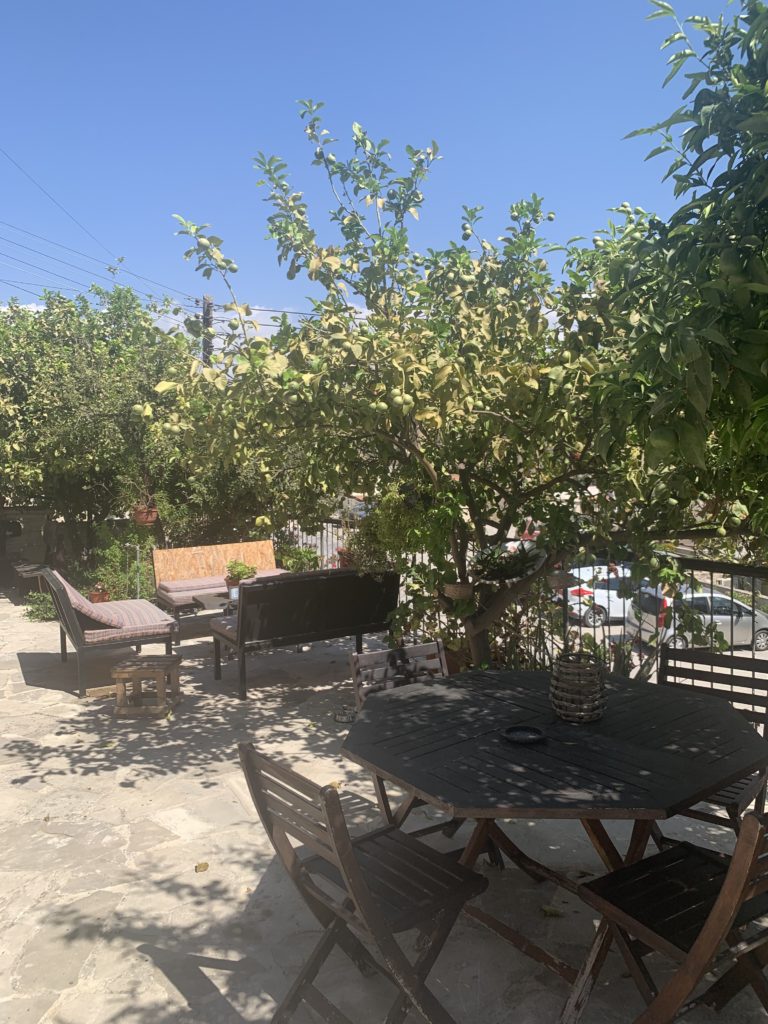
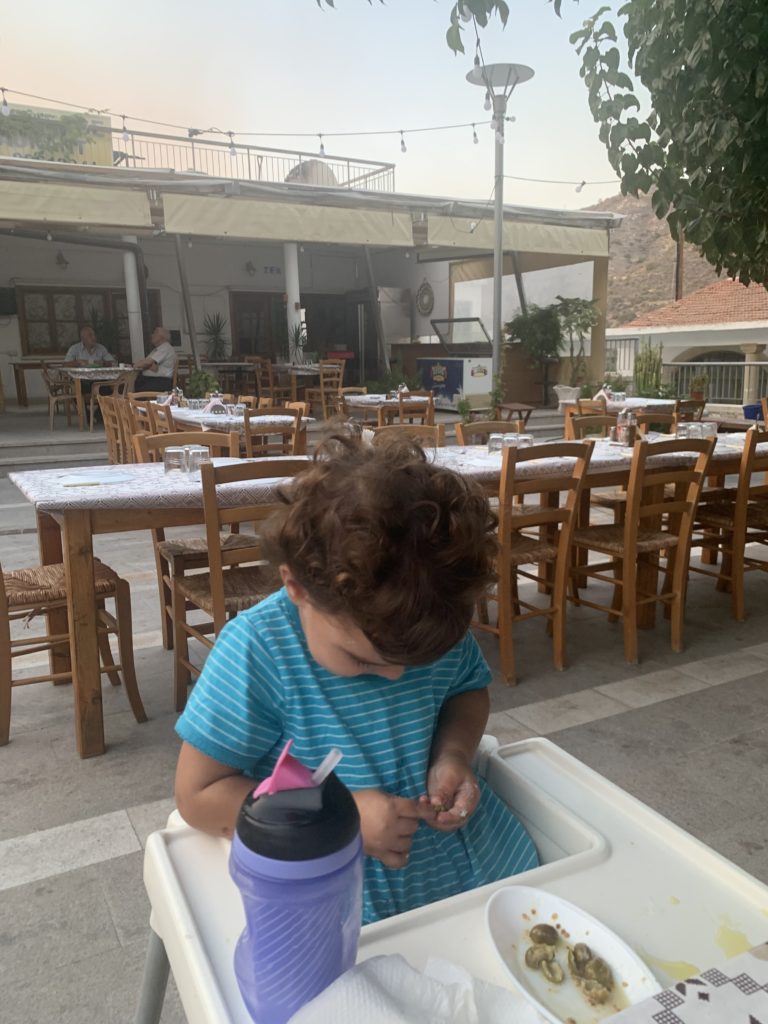
In conclusion, for those looking for a quiet and picturesque vacation or a magical day trip, this village is highly recommended.
Guided Tour or Personalized Itinerary in Cyprus – Highly Recommended!
If you’re planning a trip to Cyprus, I highly recommend Roni Schwartz! He lives in Cyprus and takes care of everything – private tours with a certified guide (available in English/Russian), extremely professional and friendly, who will take you on a perfect day trip for 8-9 hours. Roni plans a personalized itinerary tailored exactly to your preferences, including a pre-trip consultation to make sure you’ll visit all the places you want. This is also suitable for large groups.
Contact Roni for a guided tour in Cyprus
Want to travel independently?
No problem! Roni also creates custom itineraries (minimum 3 days), so you can experience Cyprus at your own pace and exactly the way you like.
Contact Roni to plan a self-guided trip in Cyprus
Special offer! If you book one of Roni’s services and mention that you came through me, a special surprise awaits you.
Hope my post helped you. If so, I would very much like you to respond here in the comments, and if you have any more questions, you are also welcome to ask them in the comments or write to me on the blog’s social networks: Facebook and Instagram. Looking for more information about Cyprus? I have more posts about Cyprus on my blog.
Pin below to save on Pinterest
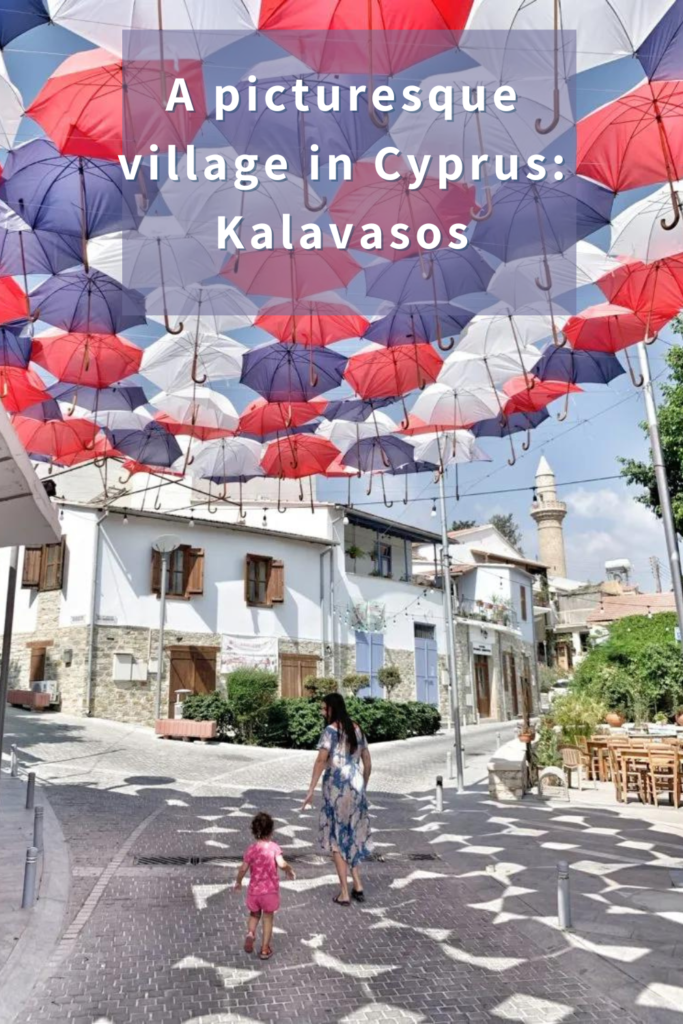
Cyprus is a really fun destination for a summer vacation, but it is also an excellent place to try for a winter one. Although it is considered part of Europe, it has Middle Eastern weather, which means that most of the year the weather is pleasant to very hot, similar to Israel.
This means that even in the winter months you can enjoy the hotels (at low prices) and enjoy pleasant weather for trips. In addition, there is snow in the mountains in the cold months, usually between January and March. For those looking for village tours, Cypriot food, great hotels and even snow, Cyprus is the perfect destination.
In December, Christmas is celebrated, and during this time, there are special events in Cyprus along with a festive atmosphere. You can find all the details in the post about Christmas in Cyprus.
So, I decided to write a detailed post with all the things you can do in Cyprus in winter and give you some tips before you try to embark on a trip to Cyprus.
Tips before flying to Cyprus
SIM abroad
I personally recommend using an ESIM, which is an electronic SIM, and recommend Airalo. I was very satisfied with their user experience (simple tutorial videos for operating the SIM card) and everything worked without any special problems. I wrote more about them in an extended post on the subject of taking a SIM card abroad and also about other options such as buying a local SIM card.
Blog followers have a 15% discount code for the Airalo company to purchase an ESIM – to redeem the discount, click on this link. The discount code is already included in the link. See it at checkout.
The biggest drawback at the moment is that some devices do not support an electronic SIM. How can you know if your device supports the electronic card? Very simple: go to this link and you can see. Link to which devices support ESIM.
Car rental in Cyprus
There is no convenient public transport in Cyprus. For those who only come for a backpacking vacation, buses and taxis will provide a good enough answer, but if you also want to travel, I personally recommend renting a car. It is true that lanes go in the opposite direction, but as someone who lives here, I can say that you get used to it quickly. Car rental prices in Cyprus are quite cheap compared to other places in Europe, especially if you come in winter. You can search for a car in the Israeli search engine Papam Papam. Personally, I really like to search through them because they save me time (instead of going to several websites) and they also have the option of filtering out non-recommended rental companies.
Attractions in Cyprus
There are two websites through which you can find various attractions in Cyprus such as wine tours, jeep tours and more. I recommend searching on the following sites: Get your guide and Viator.
Snow and skiing in Cyprus
Of course, if you are already coming to Cyprus in winter (especially in January, February and March) then it is worth checking if there is snow in the mountains and going there. You can see live if there is snow and get information about the roads on the website of Cyprus Ski.
Here is a link to the Ski Live website camera. Link with information about the roads and skiing routes.
How do you get to the snow?
Before you go to the snow it is very important to check the condition of the roads. If it’s windy, you will be informed that you can only get there with 4×4 vehicles or with chains for the wheels of the car. If it’s not windy then the roads are open to all vehicles.
Directions via Google Maps to the North Face trail on Mount Olympus.
Note that there are several surf tracks along the road. I gave you a link to the route we went to where there was a cable car and a restaurant.
We went to see the snow parting from Limassol and it was about an hour drive by private car.
I personally recommend renting a car and driving independently, and you can even sleep in the area (there are several hotels there). A hotel that I have heard many recommendations about is Casale Panayiotis. We haven’t had the chance to sleep there but it gets good reviews.
If you need to buy car chains then you can find them in stores like Super Home but the rental company can also provide them for you for a nominal fee (it’s also a good idea to ask them for a demonstration of how to assemble them).
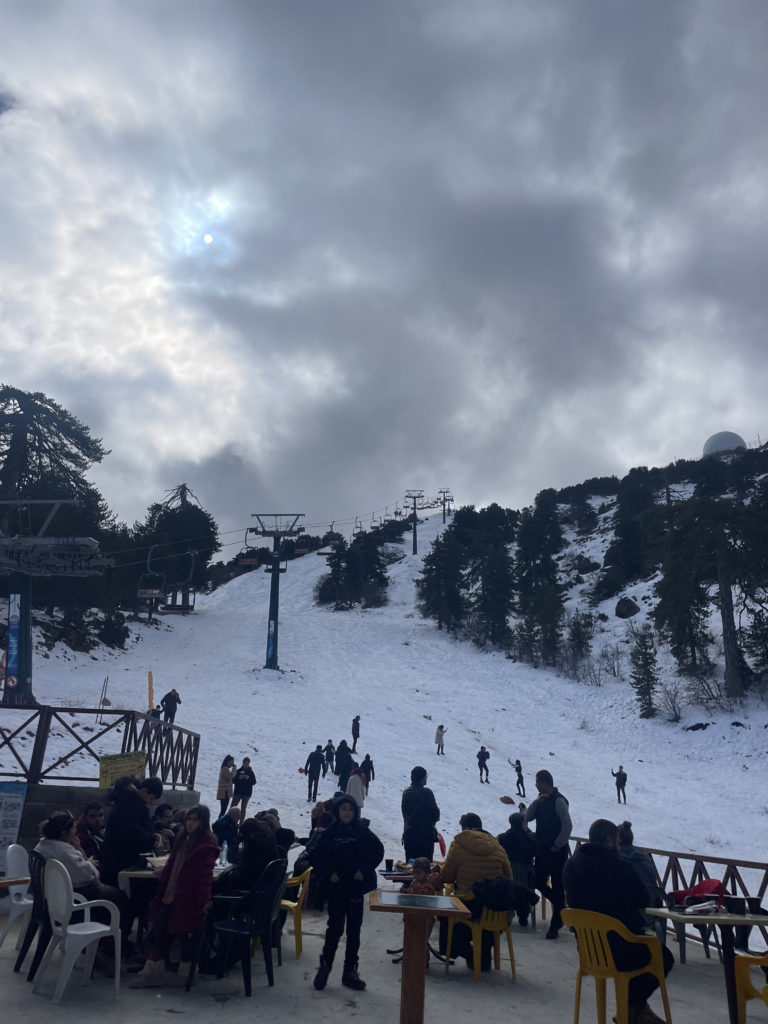
Ski site costs in Cyprus
This is a relatively cheap experience since there is no entrance fee to the ski resort and the cable car is also low-cost. The main expenses are renting or buying skiing equipment (and if you come only to sled, then generally the costs are low).
When you approach the ski resort there are stands on the road that sell sleds (we bought a simple, plastic sled for 30 euros, there were also 25-euro options). It is also possible to buy snow boots and gloves there. You can also rent equipment and clothing at the ski resort.
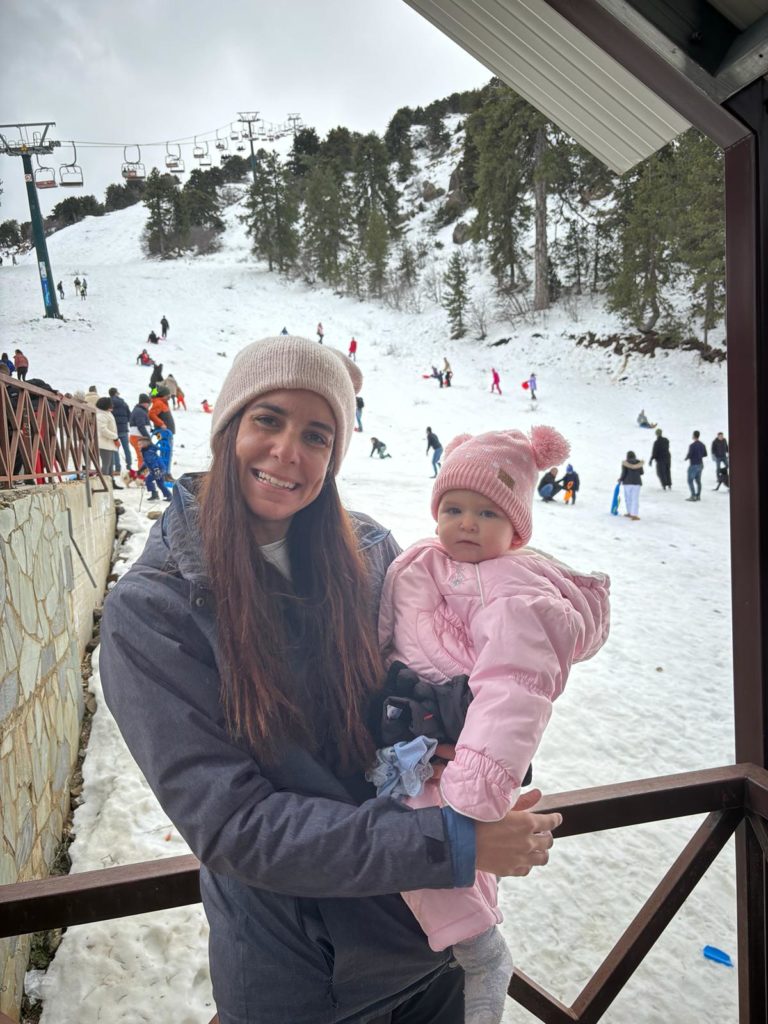
I recommend calling them before arrival to find out prices and details – link to the ski website.
There is a cable car at the ski site and the cost is about 7 euros both ways and there is no charge for a child. There is no entrance fee to the ski resort itself.
We bought a sled and used it in the snow near the cable car and Maya and Roman also went up in the cable car.
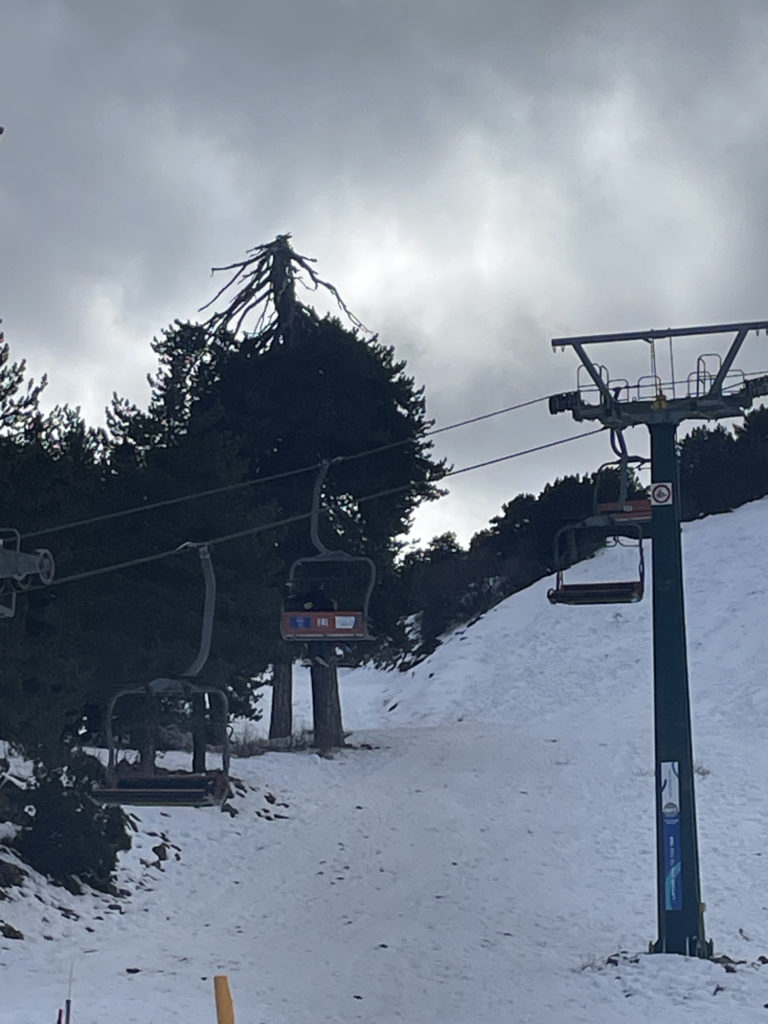
The ski resort also has a restaurant where you can buy hot drinks and food like pizza, soup, buns with sausage and more at cheap prices.
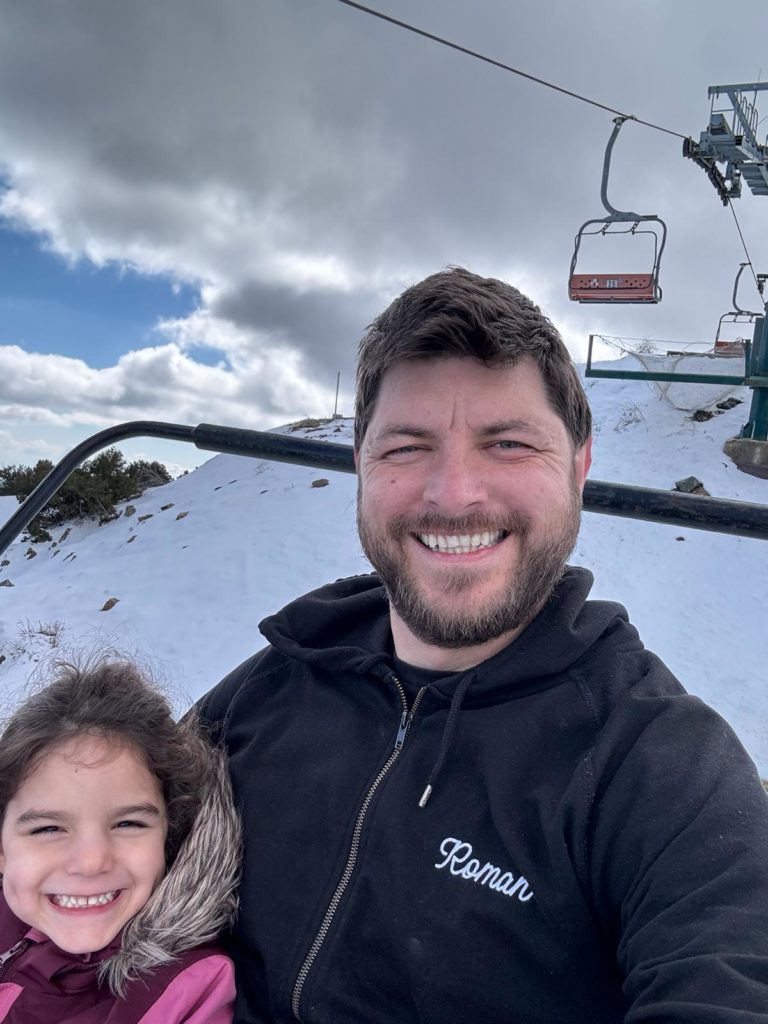

If you are going there by car from Limassol, then I recommend stopping halfway at the John restaurant, a place with an amazing view and good local food. And there is also a cafe next door. Arrival instructions.
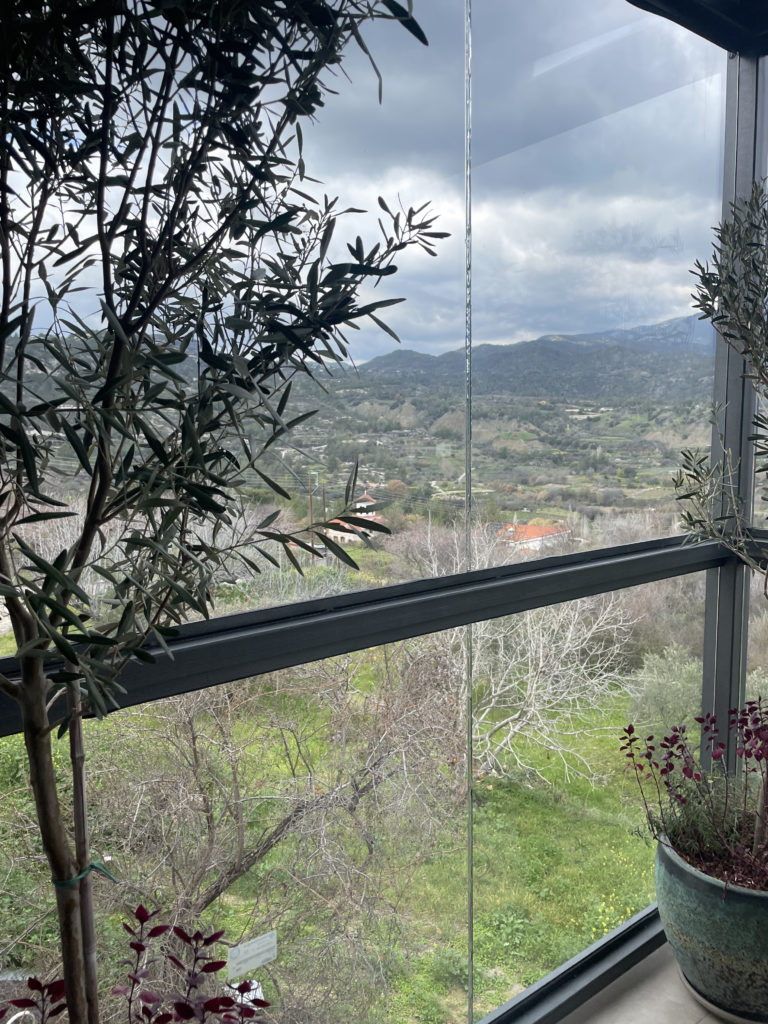
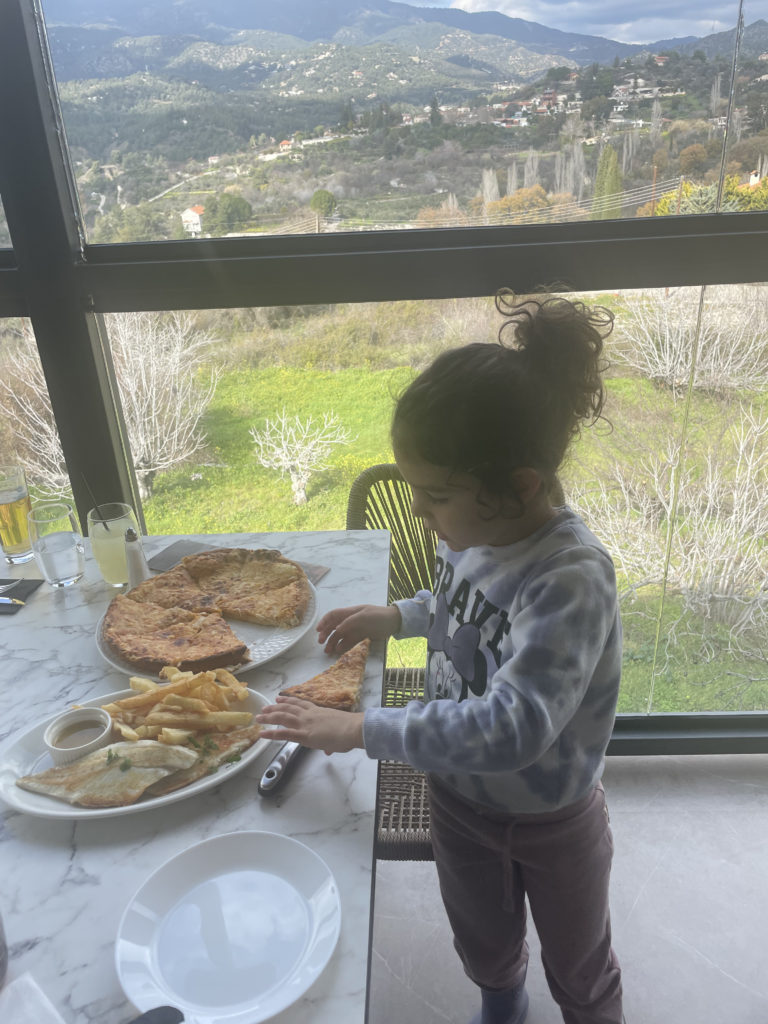
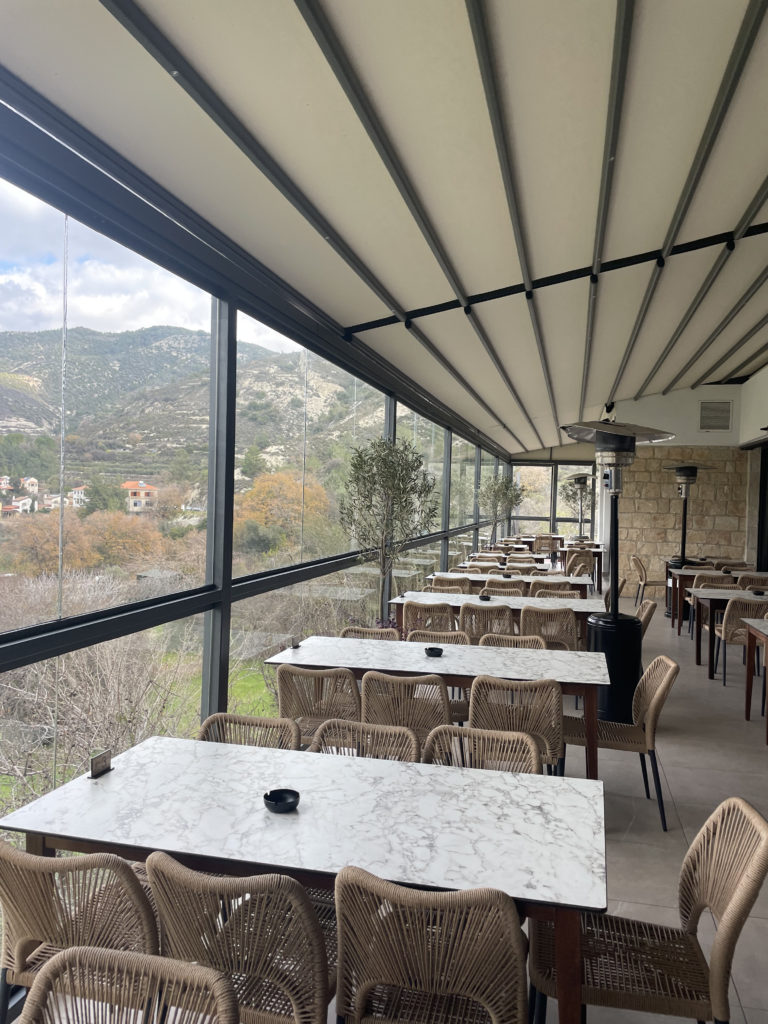
Village tours in Cyprus
The pleasant weather in winter is actually a big advantage for anyone who wants to travel in the villages of Cyprus. Even the most touristic villages are significantly less crowded in winter, so you can take a leisurely stroll through each one.
Cyprus has a lot of magical villages and I wrote about them a lot in different posts: village trips from Limassol and a trip to the villages in the Troodos Mountains.
Villages we really like are:
Kalavasos – a small and magical village a short drive from Limassol.
Lefkara village – one of the most popular villages in Cyprus that specializes in lace and gold and silver products and has a special olive farm and a stunning dam next to it.
Omodos – another well-known village in the Troodos Mountains, the village has wine production and a monastery.
Kakopetria – a village with various taverns, a playground for children and a short hike with a waterfall.
I haven’t had the chance to do guided tours here, but if you prefer tours to villages rather than traveling independently, then here are some that I found that receive good reviews:
Booking a tour to the Troodos Mountains and villages from Paphos
Booking an authentic tour to historical sites from Paphos
Booking a wine food tour and a visit to the Troodos Mountains
Booking a jeep trip from Larnaca to the Troodos Mountains
Book a wine tasting at a winery in Paphos
Feel free to write to me in the comments about additional recommendations.


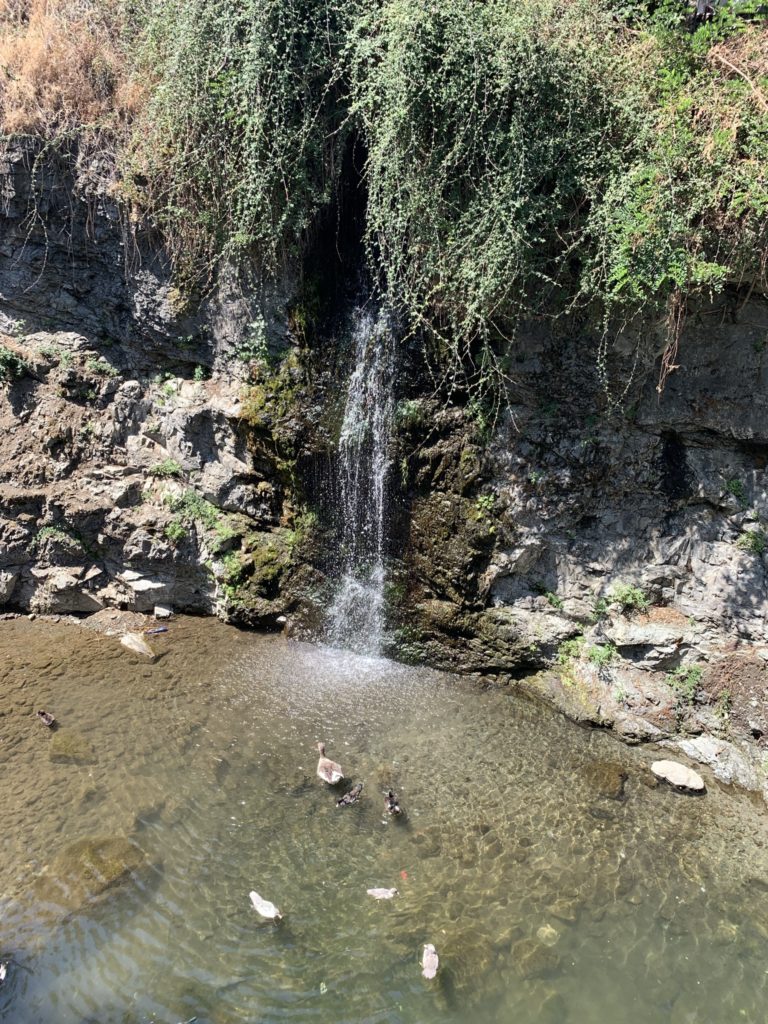
Places to travel in Cyprus in winter
Waterfalls in Cyprus
There are several waterfalls in the Troodos Mountains area:
Caledonian Waterfall
Millomeris Waterfall
Chantara Waterfall
And between Limassol and Paphos there is the Prastio Waterfall.
Because there is not much rain here, most of the time there is no water in the waterfalls. It is recommended to go mainly during rainy periods in Cyprus.

Venetian bridges Bridge Tzelefos in Paphos Forest
Beautiful bridges located about 440 m in the forest of Paphos. They are on the way to the Troodos Mountains, so it is worth visiting them on the same day you go to the Troodos Mountains. The bridges are about an hour’s drive from Paphos and Limassol or an hour-and-a-half drive from Larnaca. The Gefiri Tou Tzefolu Bridge is the largest stone bridge built in Cyprus.
You can travel between the bridges by car or on foot. At the first bridge there is an option to go up the mountain to an observation point (about a 10-15 minute hike on foot). When we were there, there were many photographers who came to photograph the bridges, because they are really special.
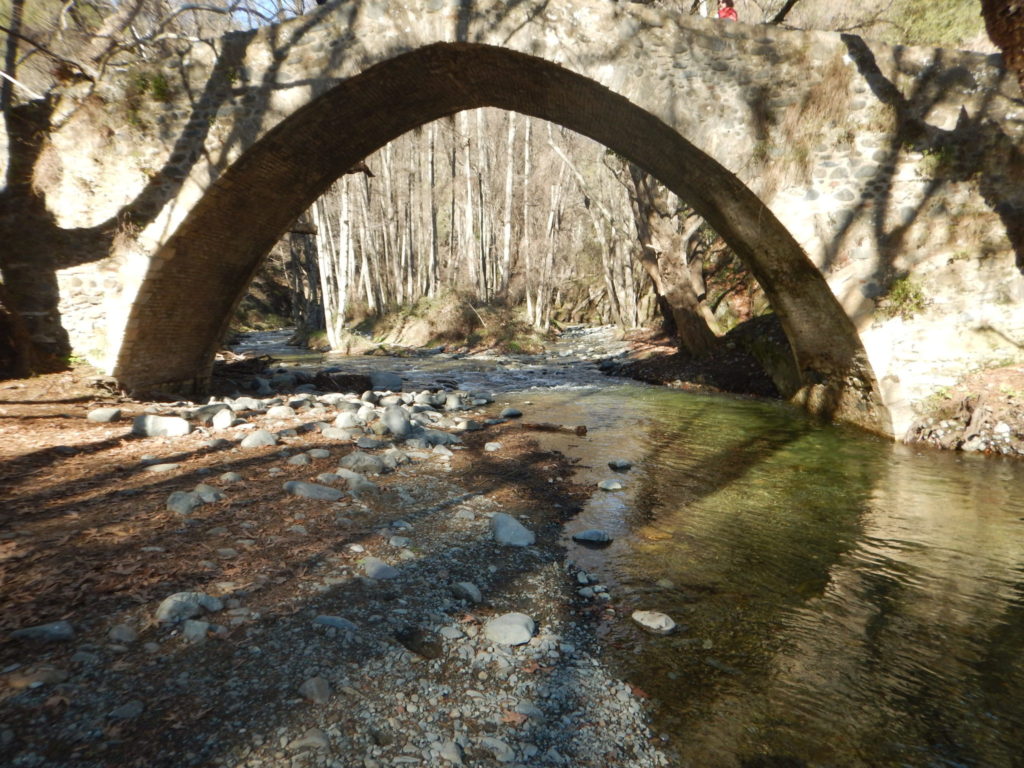
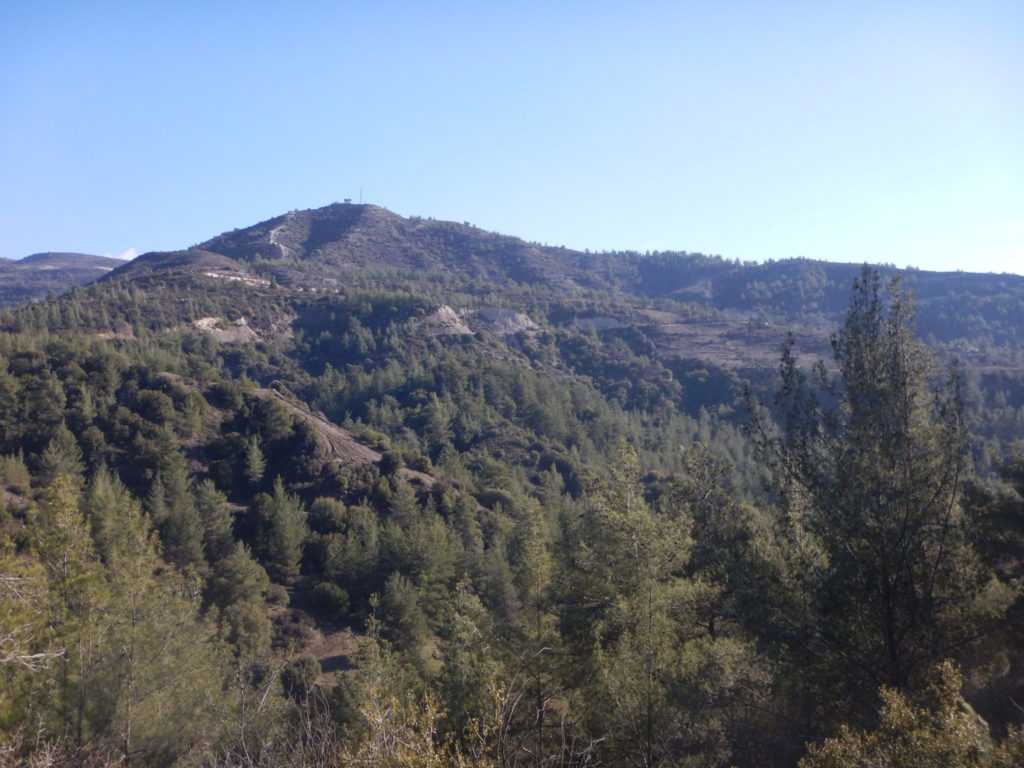
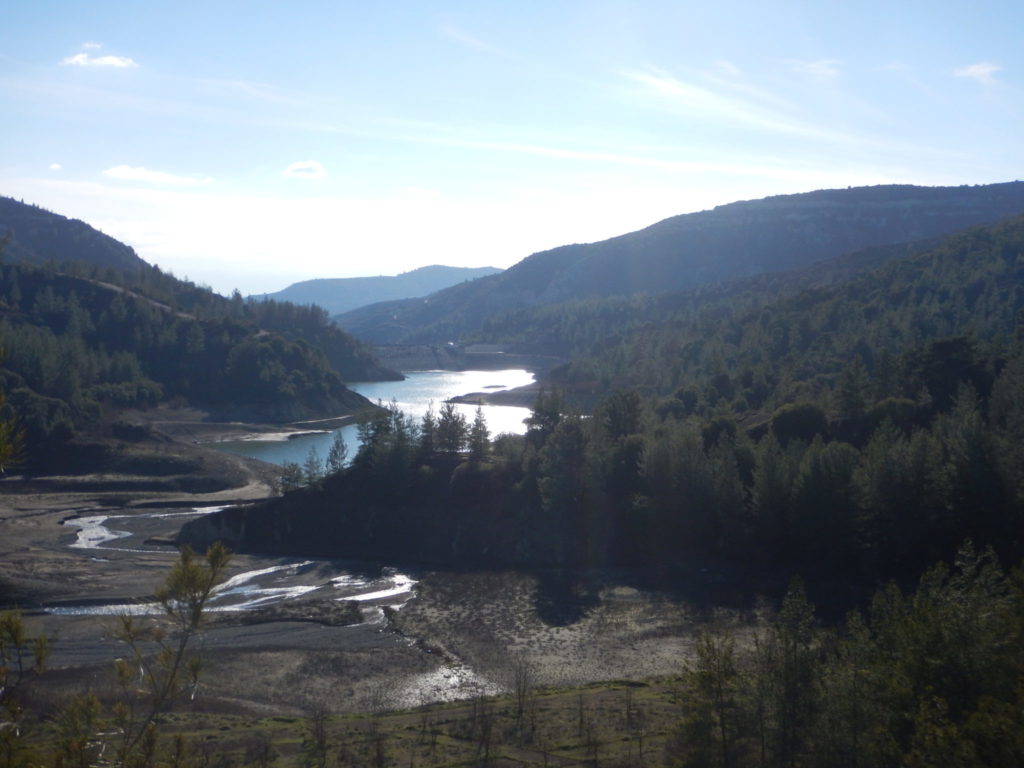
Nature reserves in Cyprus
The winter months are an excellent time to travel in nature reserves in Cyprus because in the summer it can get too hot to hike. We hiked in February in the following two nature reserves and in Akamas we also did a 5-hour walking route.
Akamas Nature Reserve (Akamas Peninsula)
Is about an hour’s drive from Paphos. In the western part of Greek Cyprus, one of the most spectacular sites on the island of Cyprus, which is a highly recommended destination for travelers looking for a nature trip in Cyprus. The reserve is stunning and has many hiking trails as well as a blue lagoon with the clearest water there is.
There are tracks of different degrees of difficulty. The route of the Aphrodite trail is considered the most difficult, because it climbs a mountain to an observation point. There are also flat routes such as a route to the blue lagoon.
Another cool option in this reserve is to rent a buggy and travel with it in the reserve. So even if you are less into walking, you will have something to do there. Entry to the walking trails is free. There is a map at the beginning of the route that shows the distance and the options for the route. The route itself is marked all the way.
The Aphrodite route takes between 4-6 hours and you can extend it depending on the route you choose (directions). Suitable for those looking for tracks in Cyprus. If you are hungry at the end of the route or the trip in Agi, you can eat at a restaurant in the reserve that has a wide variety of food and good prices.
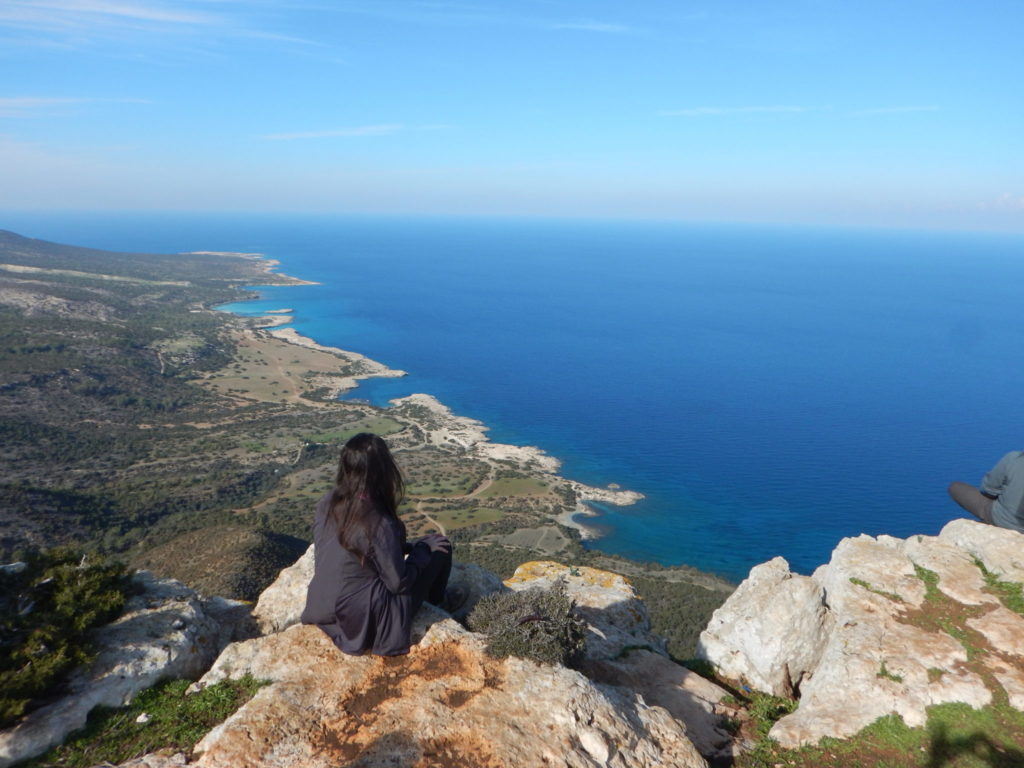
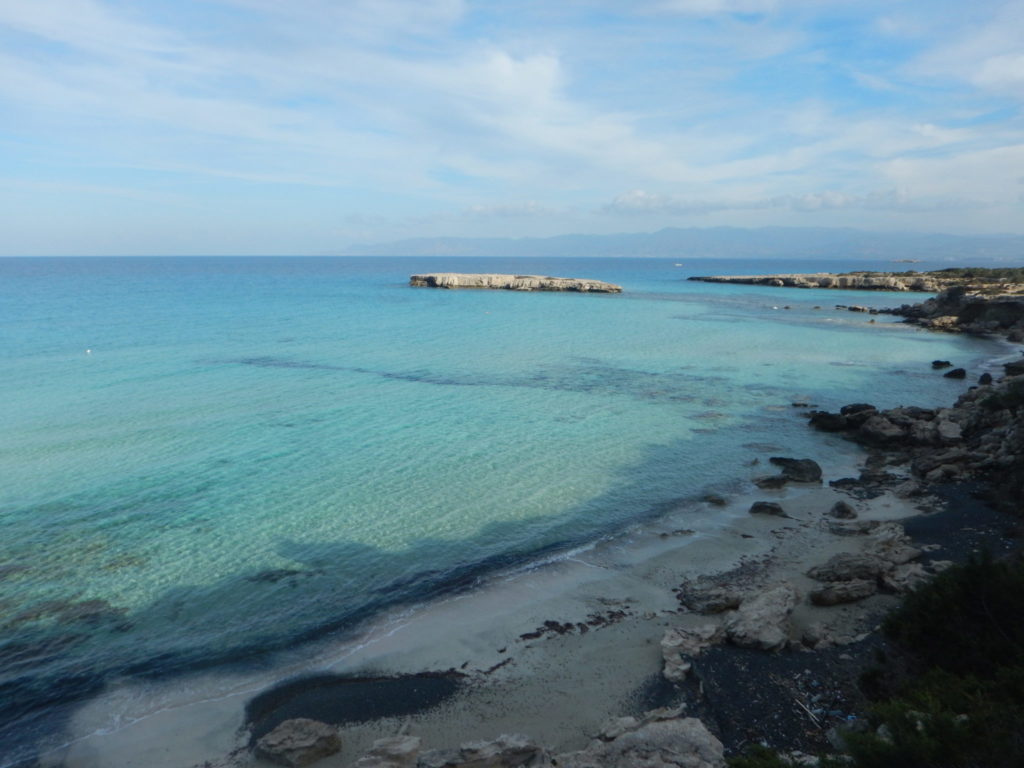
Cape Greco Nature Reserve
A lovely reserve located in Ayia Napa (about half an hour’s drive from Larnaca). There are hiking trails of varying degrees of difficulty, there is a beautiful natural bridge, and there are places to have a picnic. Definitely worth spending a day or half a day there.
Book a guided tour in Cape Greco from Larnaca.
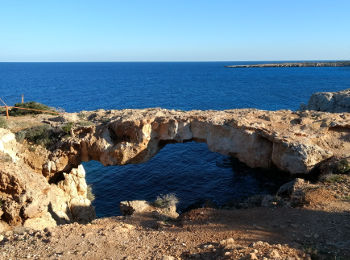
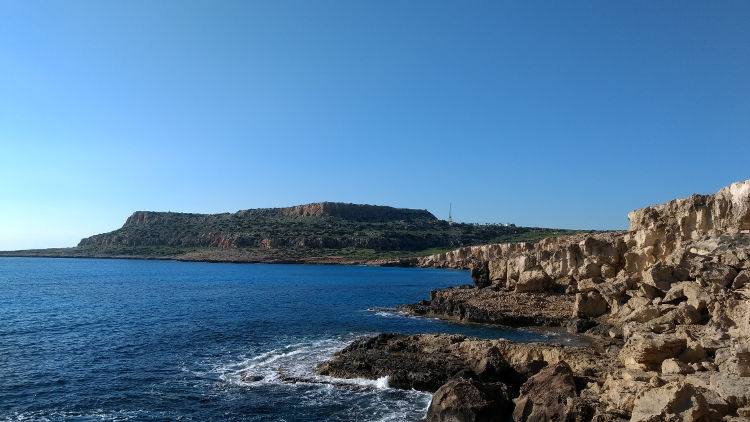
Events and festivals in Cyprus in winter
December
Christmas celebrations throughout the island.
Although there isn’t an atmosphere like the one in the big European cities, there are still many decorations and lights and even parades and special activities for the children. Larnaca has a Christmas market every year at the beginning of December and there are several villages that do events especially for the Christmas .
January
Until the beginning of January you can still find decorations around the city for Christmas. They usually start taking them down in the first week.
The Epiphany Day – 6th January – this is the day when you will see families going to church with bottles to collect holy water blessed by their local priest.
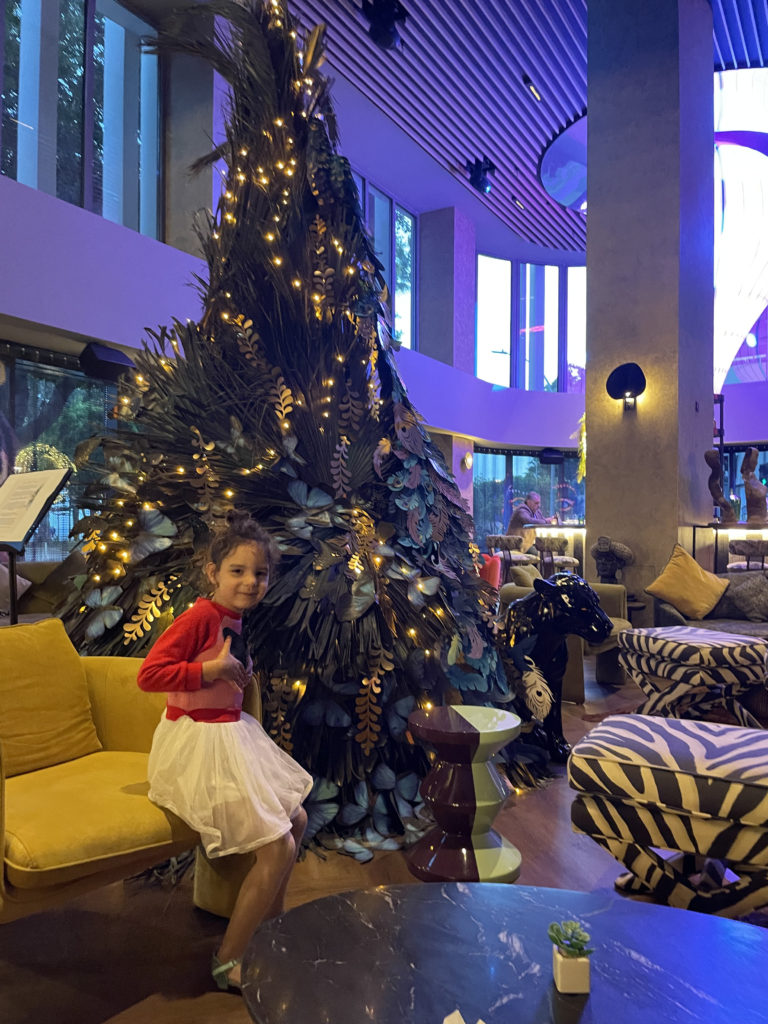
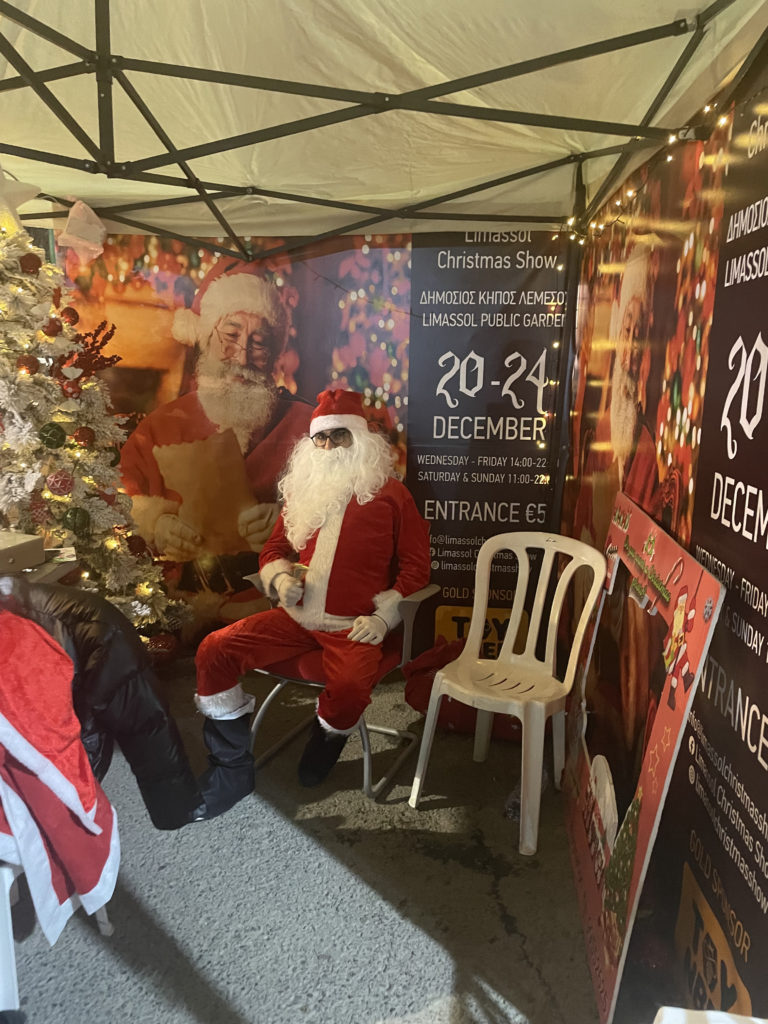
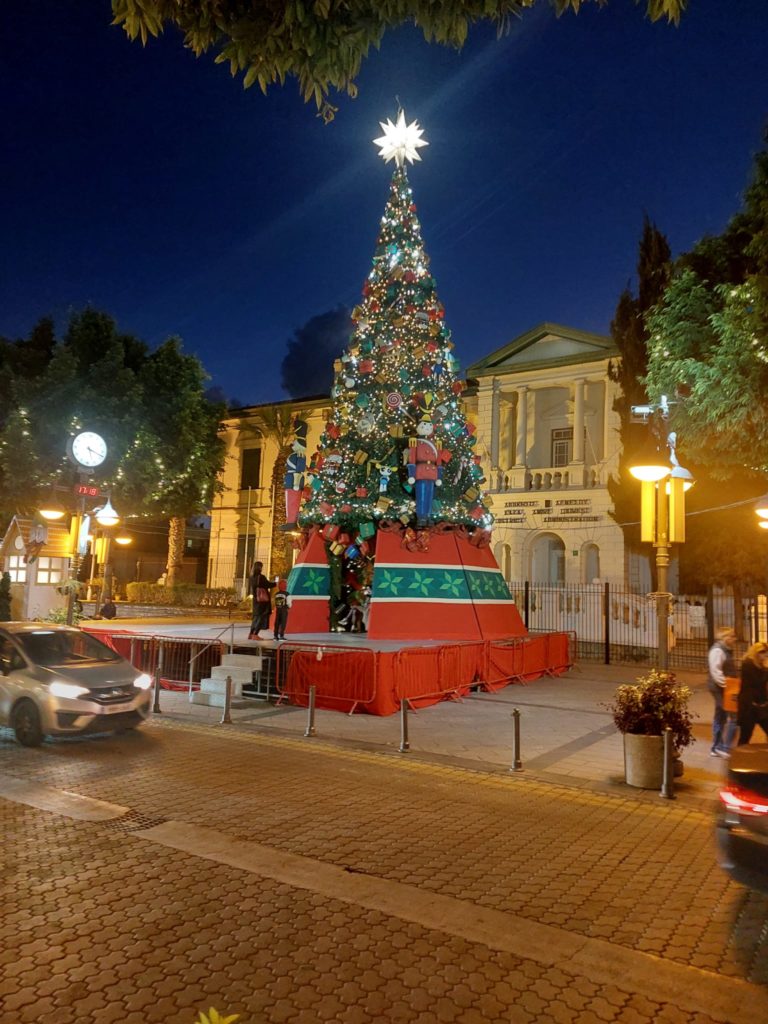
February
Mid-February – Chrysorrogiatissa Monastery Fair Paphos.
Mid-February – mandarin festival (yes, there are many fruit festivals here) in the village of Arakapas.
Towards the end of February – Derynia Village kite flying competition.
March
Carnival celebrations throughout Cyprus (costume celebration).
The carnival usually starts in the first week of March and lasts about ten days. In Limassol there are two parades. One is in the Promenade area of Limassol, starting roughly from the zoo area, and the second, larger parade that mostly takes place on the main street in Limassol Arch Makarios.
End of March – mandarin festival in the village of Dierona.
More information about the festivals.
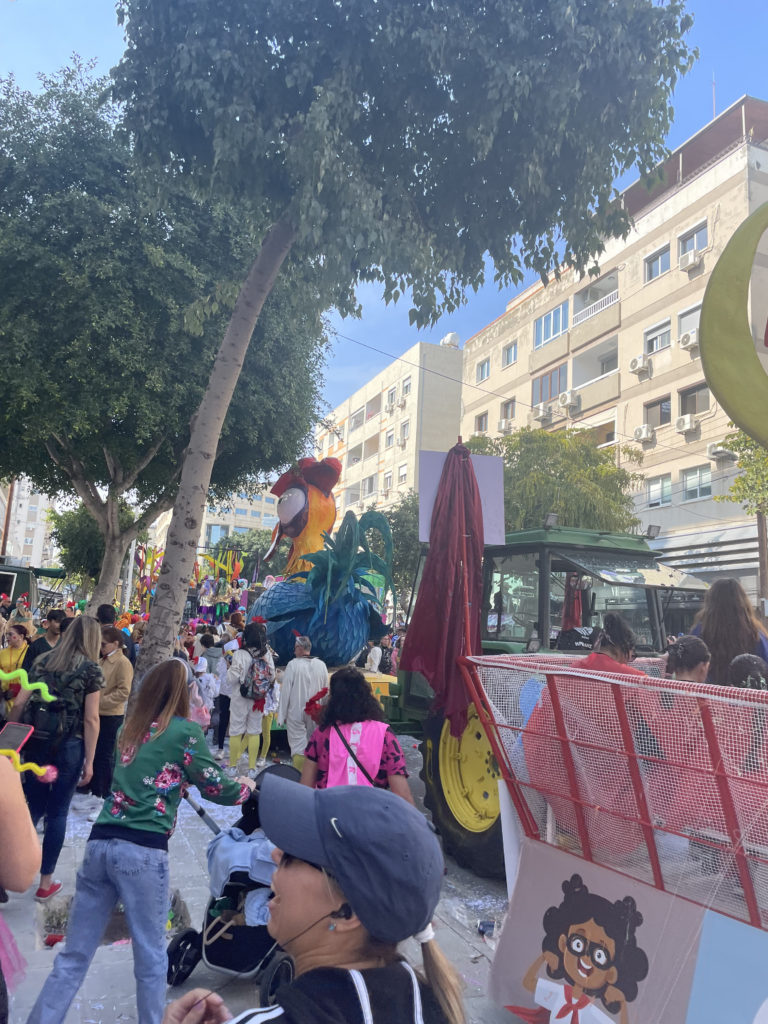
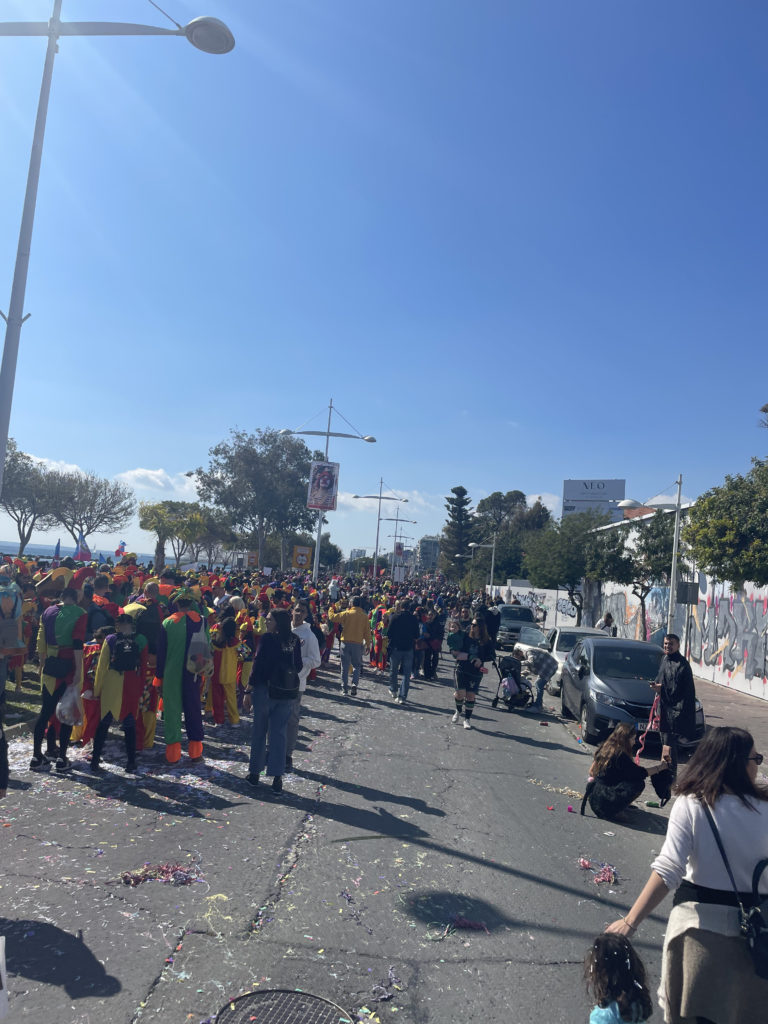
Cyprus in winter with children
Outdoor playgrounds for children
One of the most convenient things to do with children in the winter is to go to outdoor playgrounds. In Cyprus there are not too many playgrounds like that, but you can find in every city at least one indoor playground that is really nice.
Our favorite games.
In Limassol –
Agora Arcade, which is also inside an indoor market. From a playhouse suitable for babies from about 9 months, to children up to 5-years-old. There are slides into a ball pool, a small horse carousel, and a maze for children. There is a seating area for parents and you can bring food from the indoor food market. The food market has several food stalls, and computer games for the older children.
The Hunnies & Bunnies playhouse is close to the mall and is suitable for babies up to the age of 4-5. It’s a playhouse with seating for parents and a small cafe with wooden games and role-playing games, as well as a small outdoor playground.
In Larnaca –
The Fun Factory playground is a large playground with a seating area and a restaurant, and many games for children. Suitable mainly for toddlers up to about 8 years old.
Paphos –
The Cosmic Arcade is next to the mall. A huge playground that is suitable for both babies and older children because there are also colliding cars and bowling.


Museums for children
Museum of Illusions in Limassol Paradox museum. A cute museum that is suitable for spending an hour to an hour-and-a-half with the children.
Link to book tickets to Paradox museum


Rope parks
If the weather is nice then a rope park can be a great attraction for children even in winter.
There is a rope park in the Troodos Mountains called Sparti.
There is also a rope park at the City of Dreams hotel in Limassol that you can enter for a fee even if you are not a hotel guest.
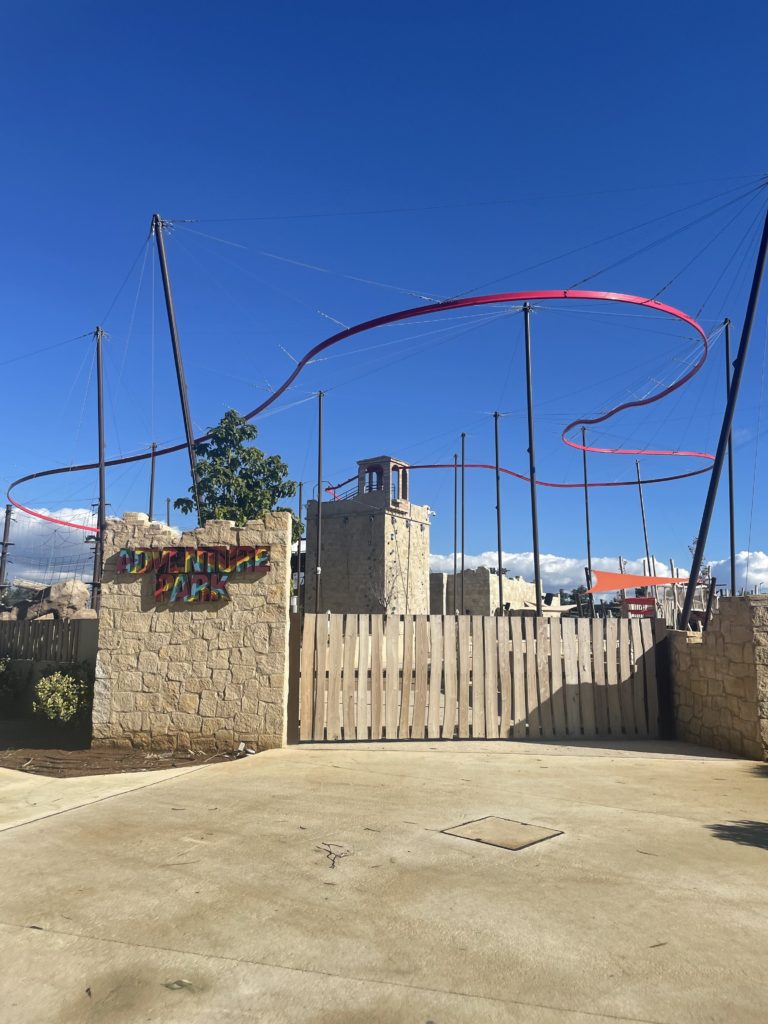
Where to sleep in Cyprus in winter. Recommended hotels for winter
In my opinion, one of the most fun things in Cyprus is that there are many great hotels and most of them also have heated pools. So, even if you are flying with children or if you are a couple, you can enjoy the pool at the hotel (by the way, I happened to see people entering the outdoor pool and the sea even in the middle of February).
I have made lists of recommended hotels in Paphos and Limassol and most of them have heated pools.
A post about recommended hotels in Paphos.
A post about recommended hotels in Limassol.
If you are looking for a special hotel that will suit a couple in the winter, I think the Minthis Hotel in Paphos is a perfect place for couples in the winter because it has a spa with a heated pool for adults only, with an amazing view of the mountains.
A hotel recommended for children in winter is Olympic Lagoon Paphos because it also has a heated pool and activities for children, such as a mini disco and baby, children and youth clubs.
I, however, do not recommend staying in resort towns like Ayia Napa and Protaras. These are great towns for a vacation in the summer, but in the winter everything there is deserted. My recommendation is to stay in cities like Larnaca, Paphos and Limassol (these three cities are on the sea) or stay in the Troodos Mountains for a more wintery experience.
The biggest advantage for me in hotels in Cyprus in winter is that they cost much less; it can even be half the price of summer because it is considered off season. We always take advantage of this to go to 5-star hotels here at a cost of 200 euros, compared to in the summer, when the cost can reach 500 euros per night and even more (depending on the hotel).

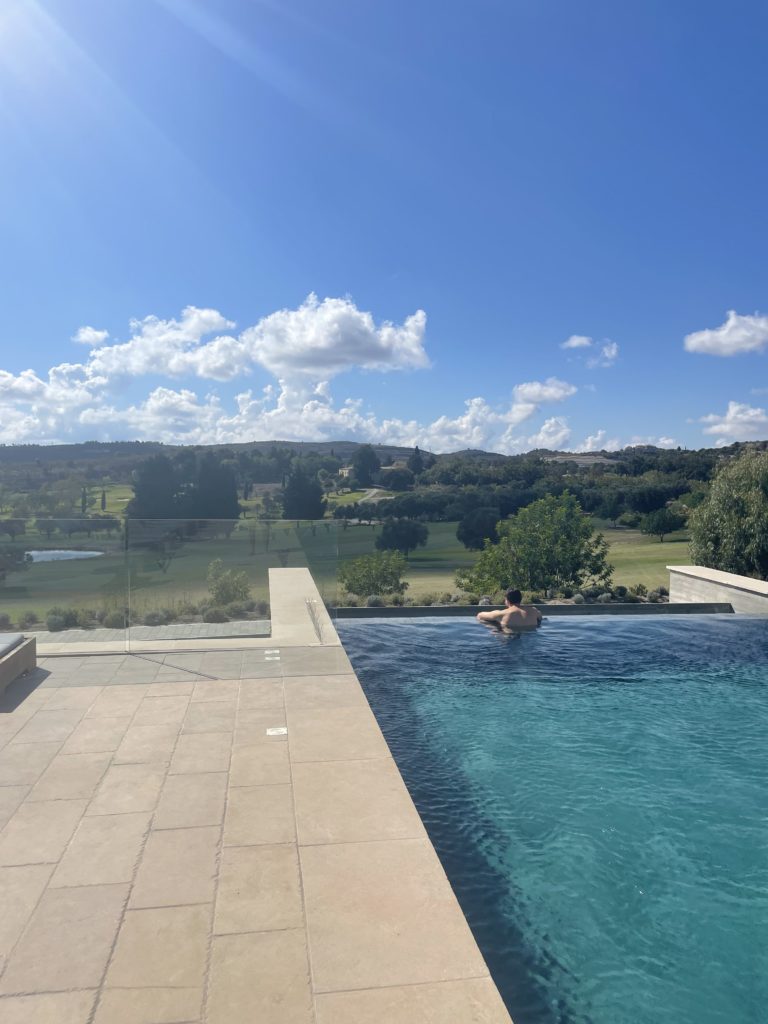
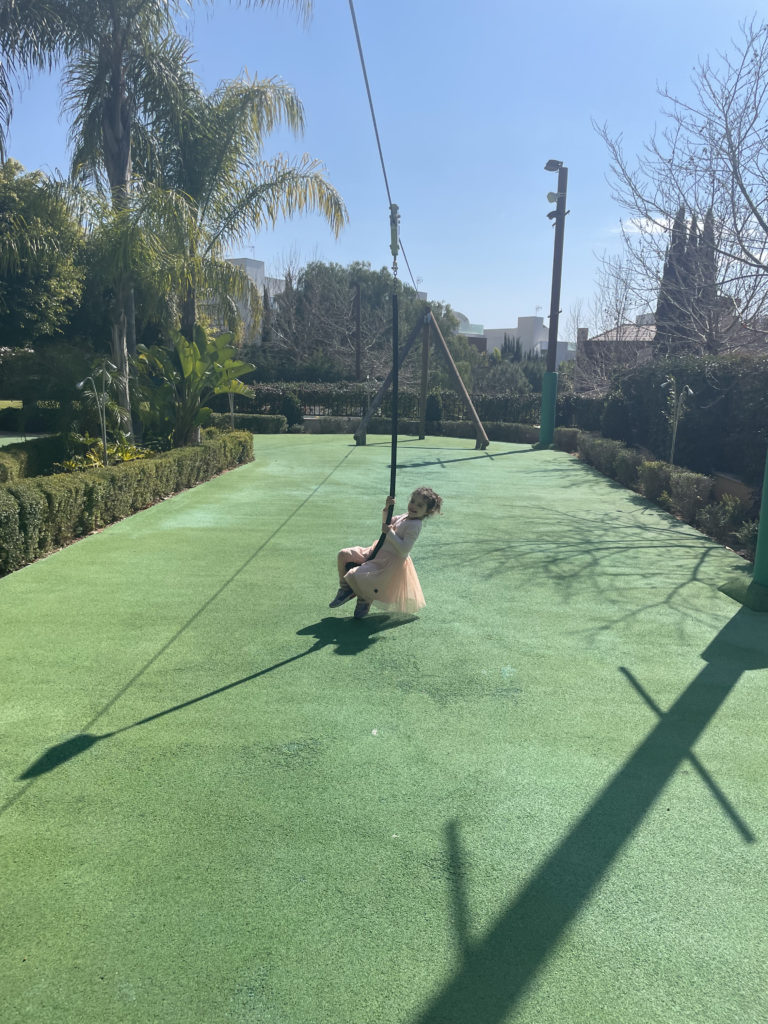
Guided Tour or Personalized Itinerary in Cyprus – Highly Recommended!
If you’re planning a trip to Cyprus, I highly recommend Roni Schwartz! He lives in Cyprus and takes care of everything – private tours with a certified guide (available in English/Russian), extremely professional and friendly, who will take you on a perfect day trip for 8-9 hours. Roni plans a personalized itinerary tailored exactly to your preferences, including a pre-trip consultation to make sure you’ll visit all the places you want. This is also suitable for large groups.
Contact Roni for a guided tour in Cyprus
Want to travel independently?
No problem! Roni also creates custom itineraries (minimum 3 days), so you can experience Cyprus at your own pace and exactly the way you like.
Contact Roni to plan a self-guided trip in Cyprus
Special offer! If you book one of Roni’s services and mention that you came through me, a special surprise awaits you.
In conclusion, Cyprus is a fun destination for winter as it is a combination of a vacation in pleasant weather with touches of a real winter in the snow. In winter you can stay in the best hotels at attractive prices, you can enjoy the Christmas atmosphere and enjoy various festivals and special trips to magical villages and the Troodos Mountains.
Hope my post helped you. If so, I would very much like you to respond here in the comments, and if you have any more questions, then you are also welcome to ask them in the comments or write to me on the blog’s social networks: Facebook and Instagram.
Looking for more information about Cyprus? I have more posts about Cyprus on my blog.
Pin below to save on Pinterest
